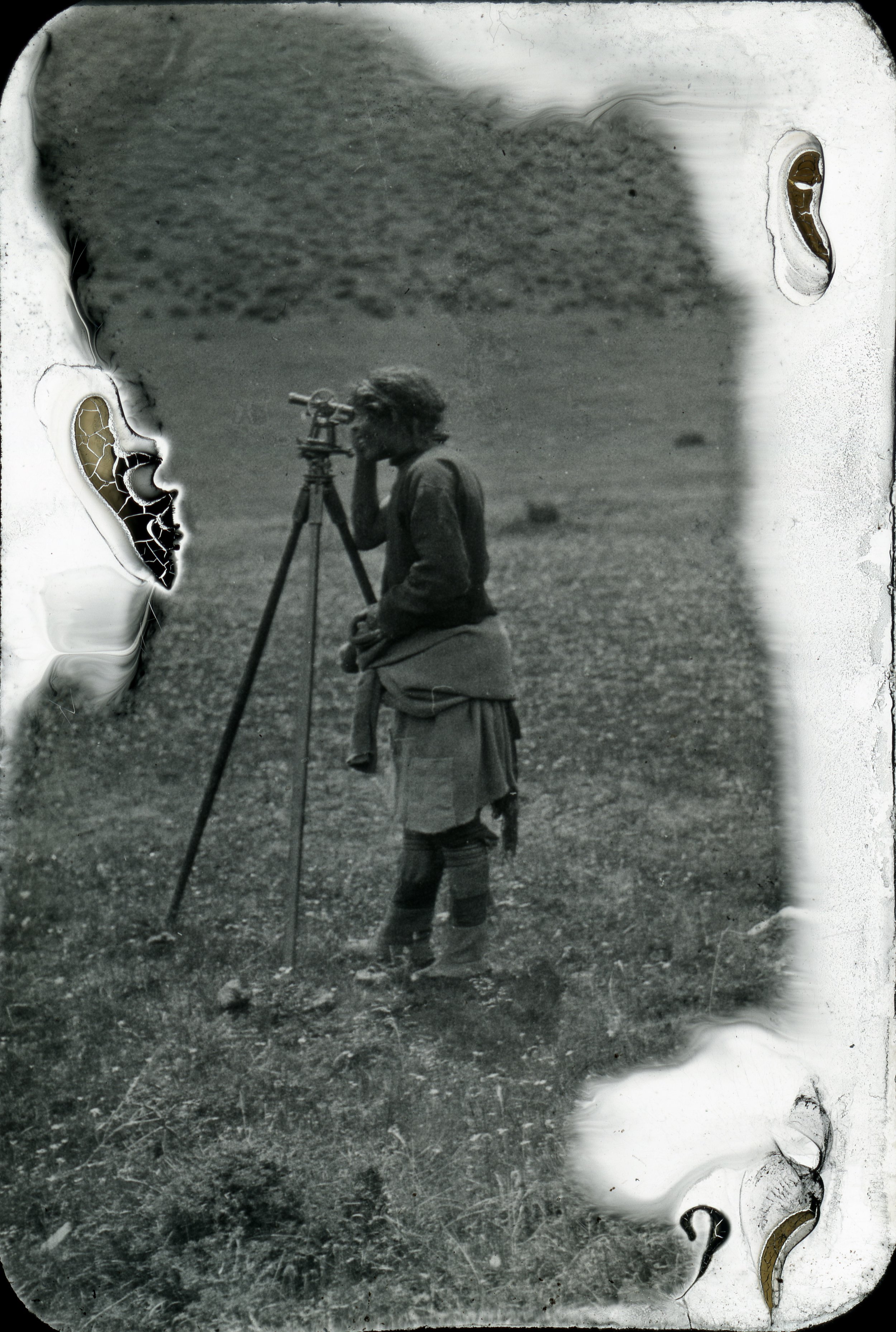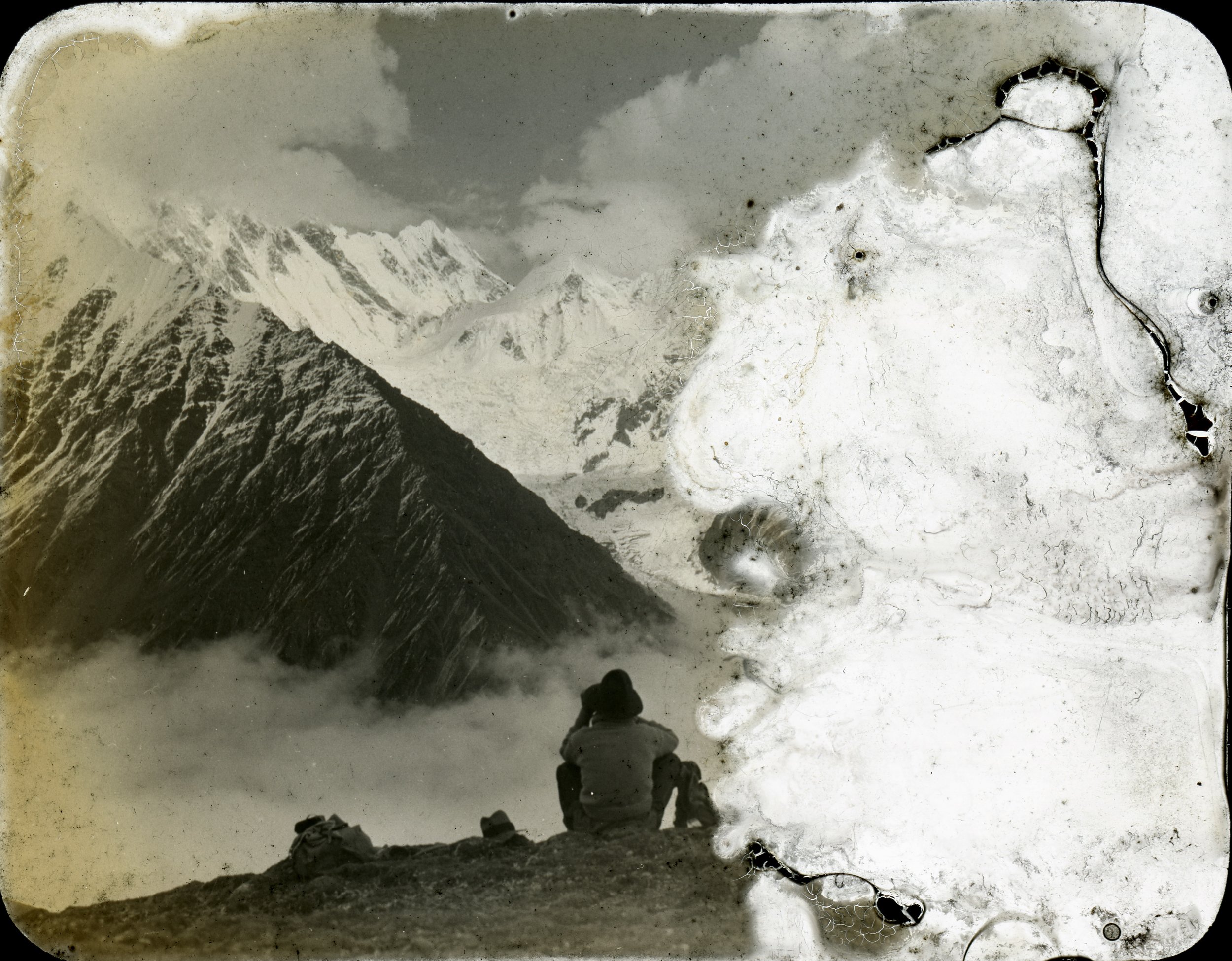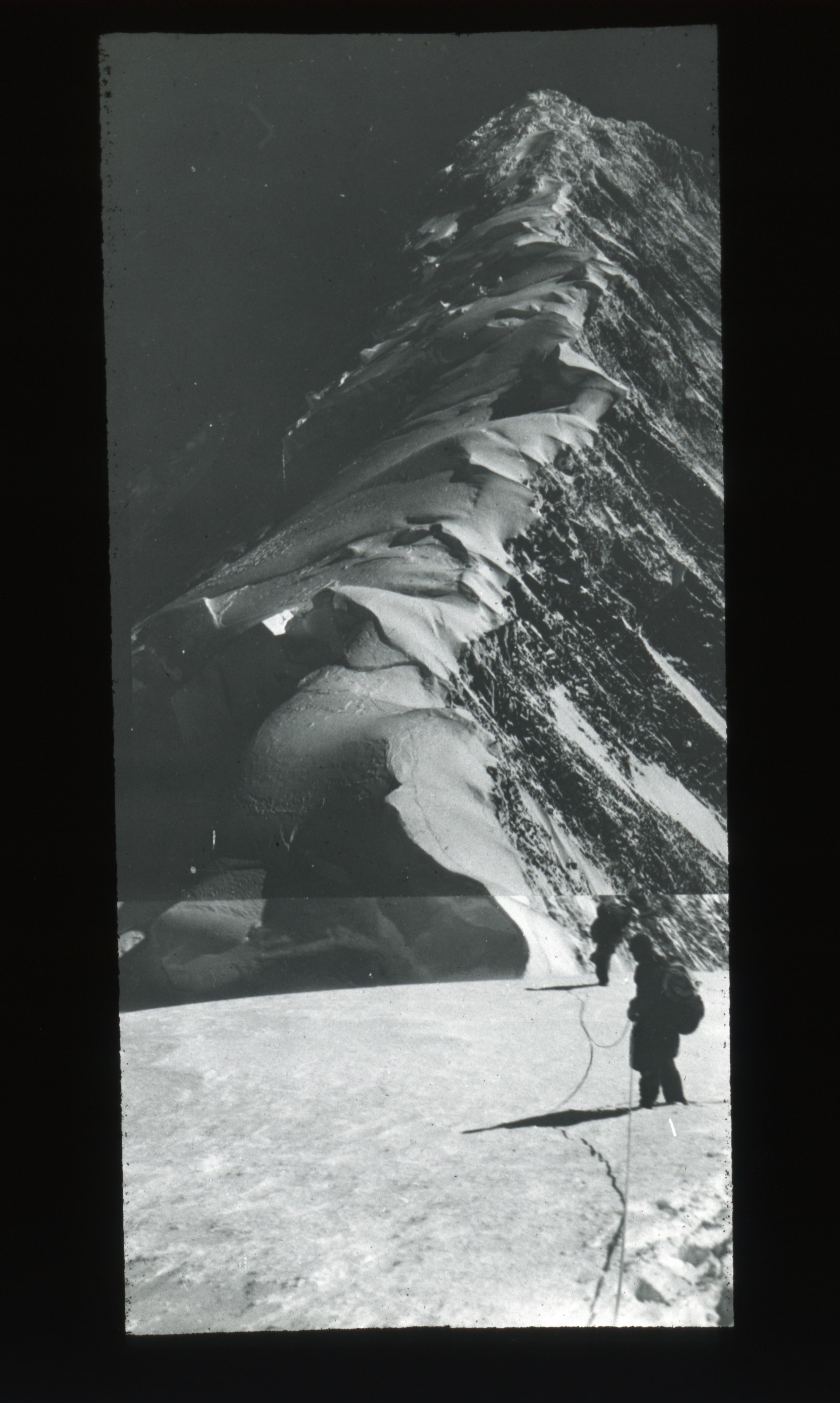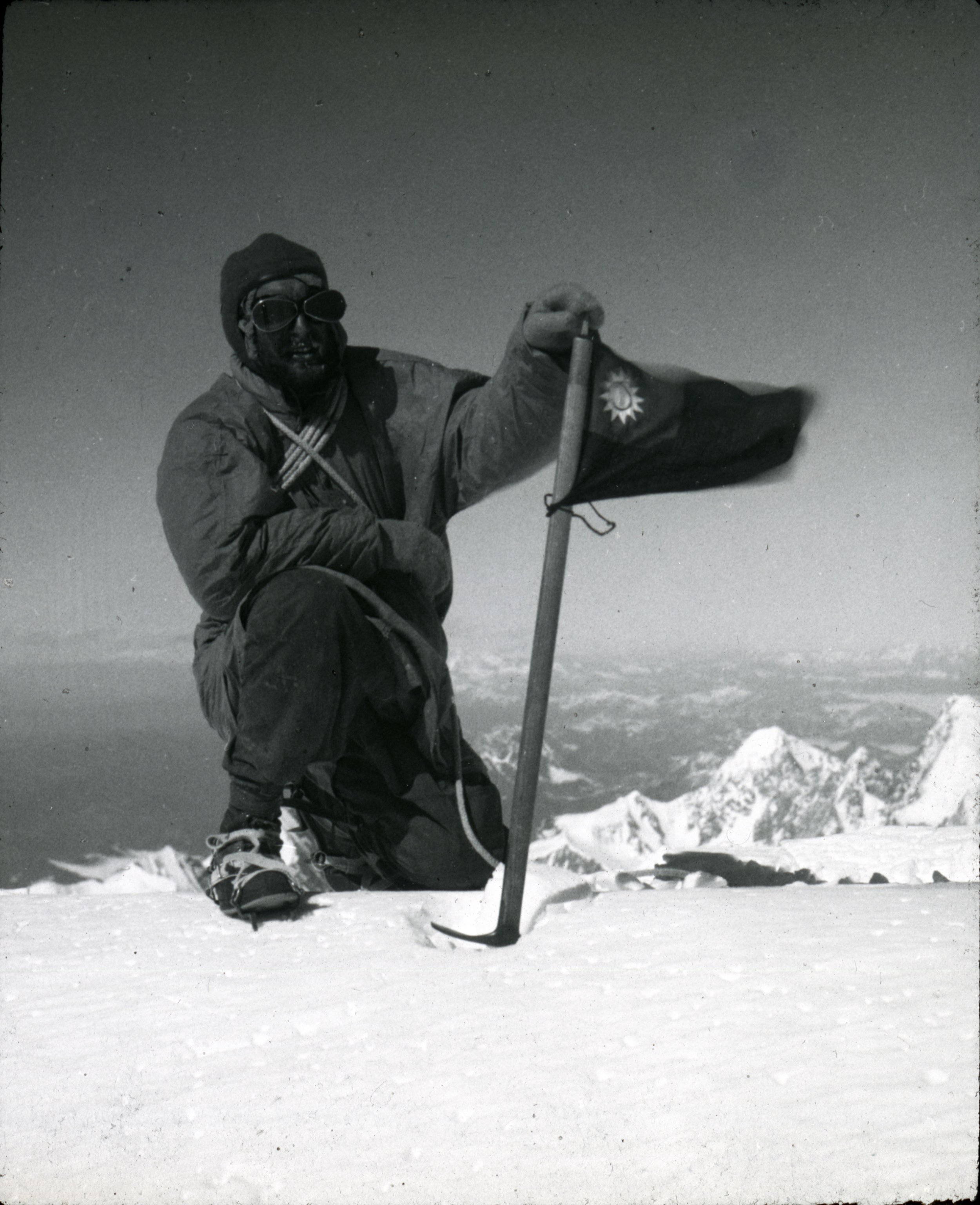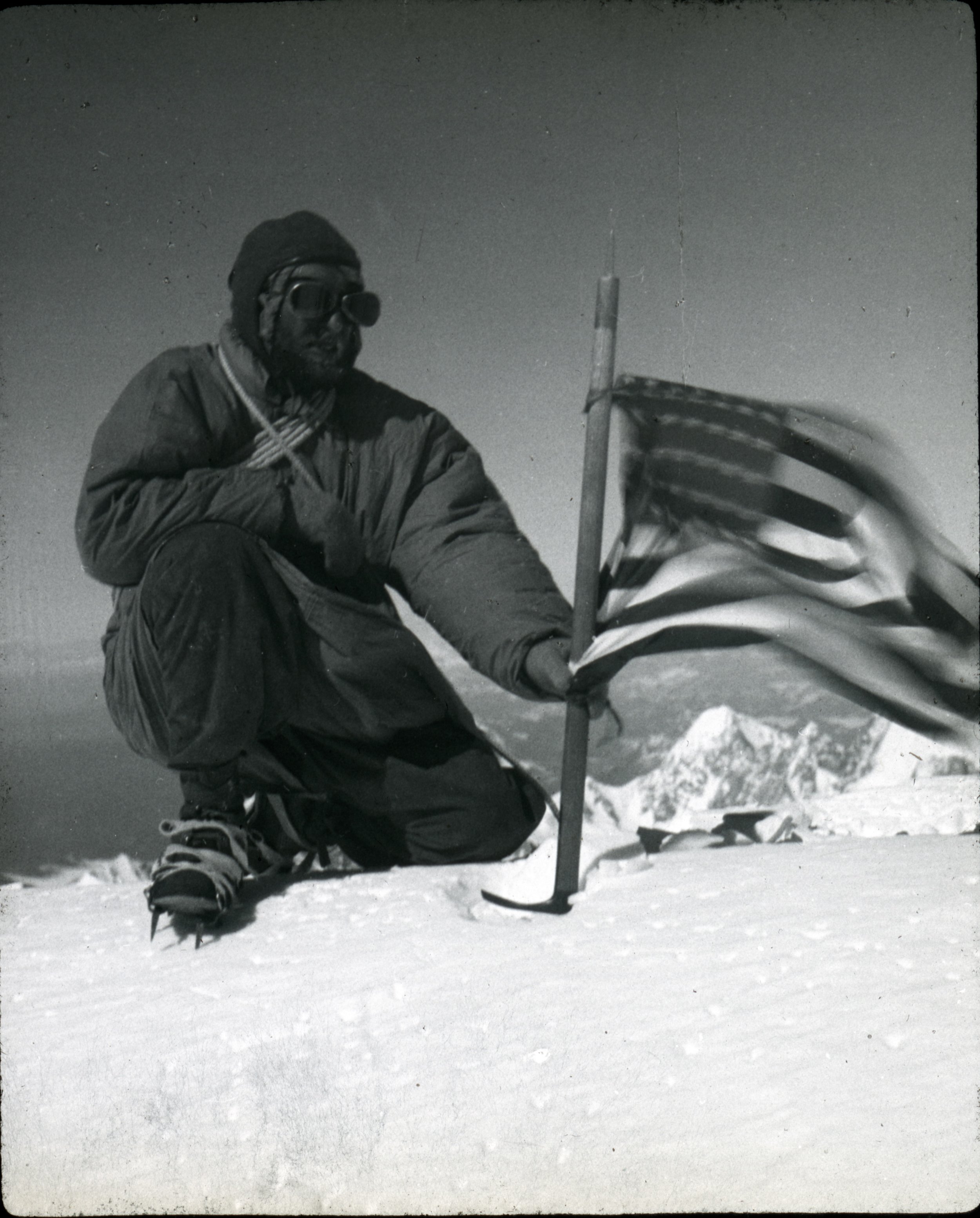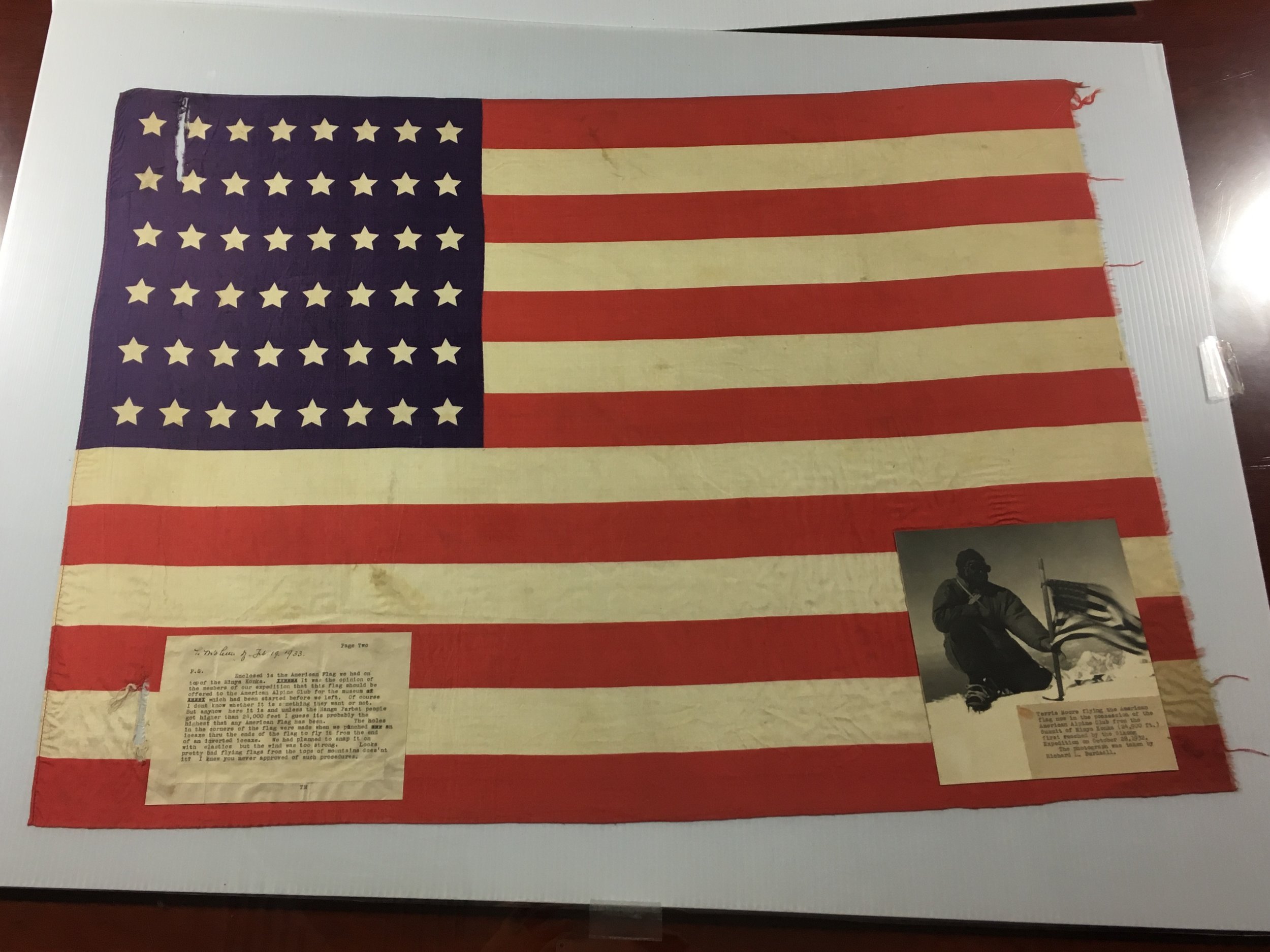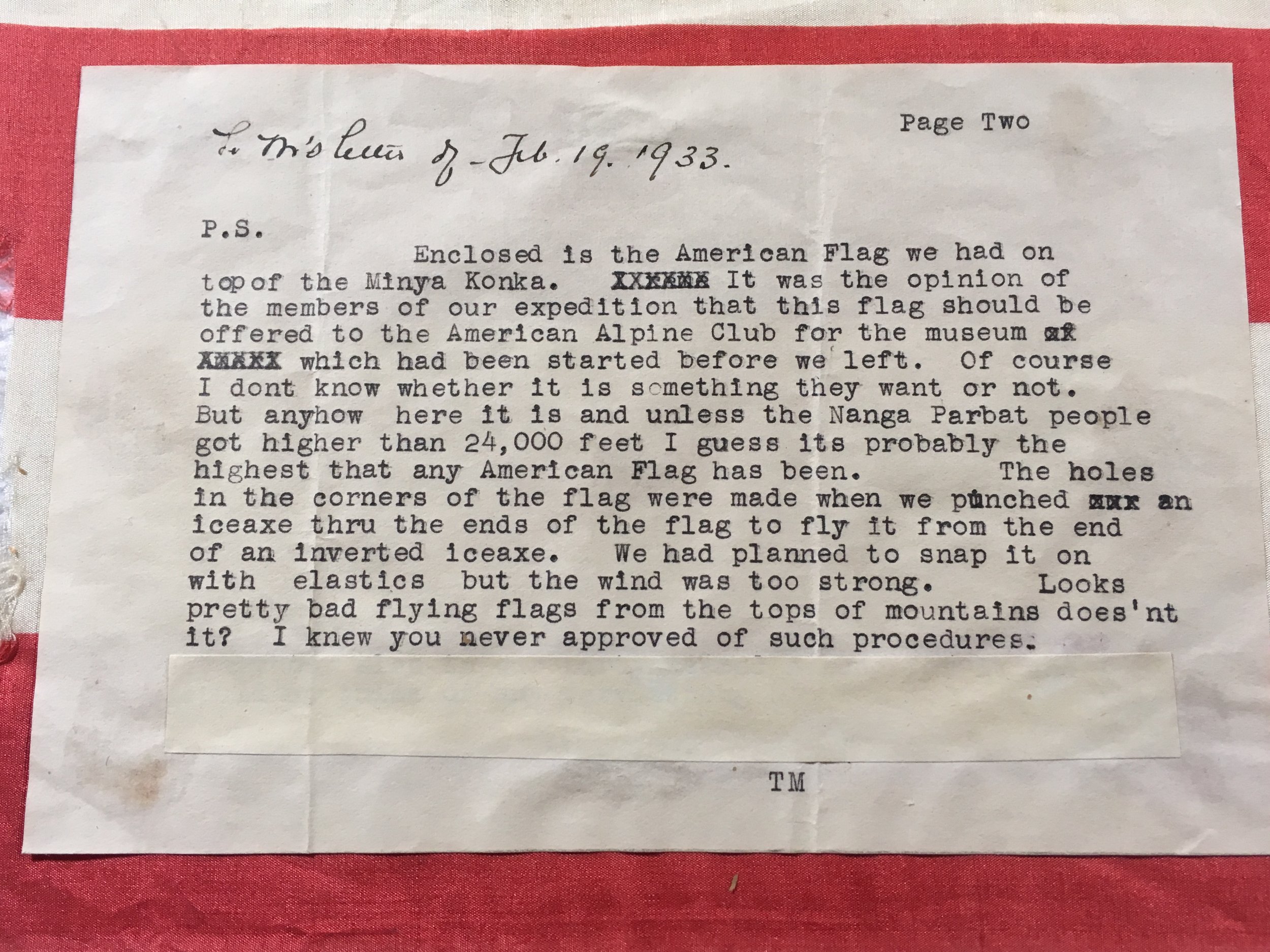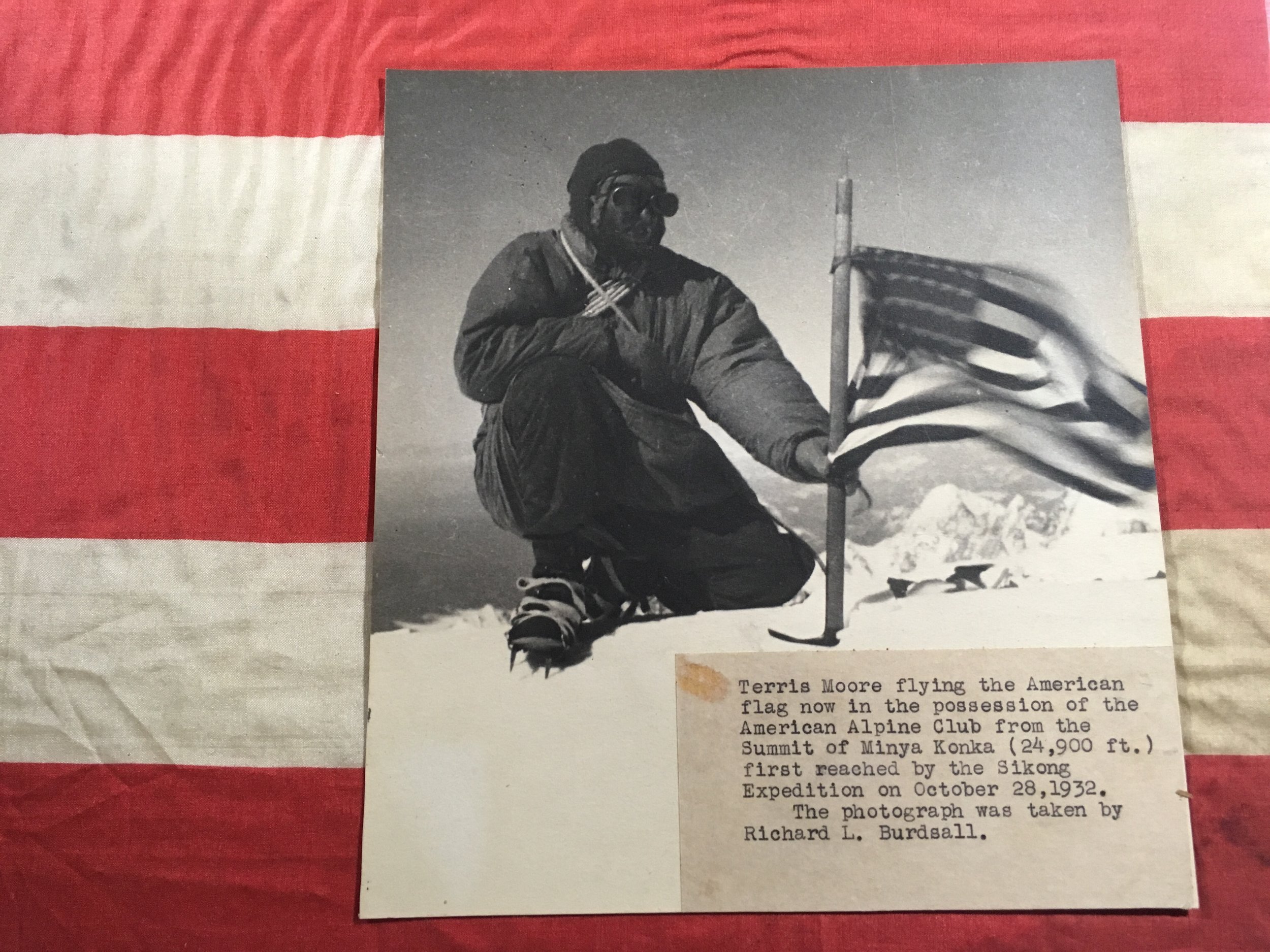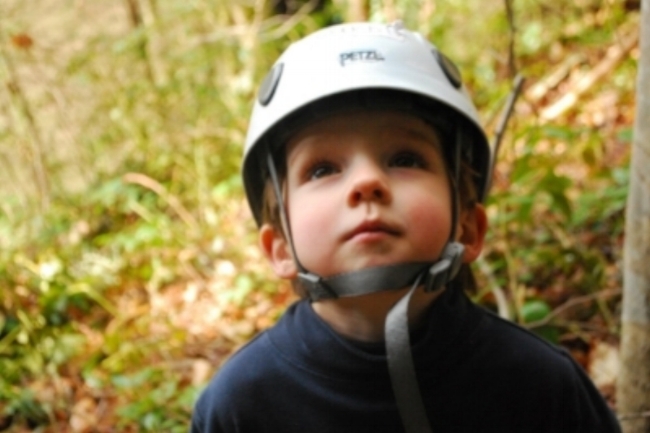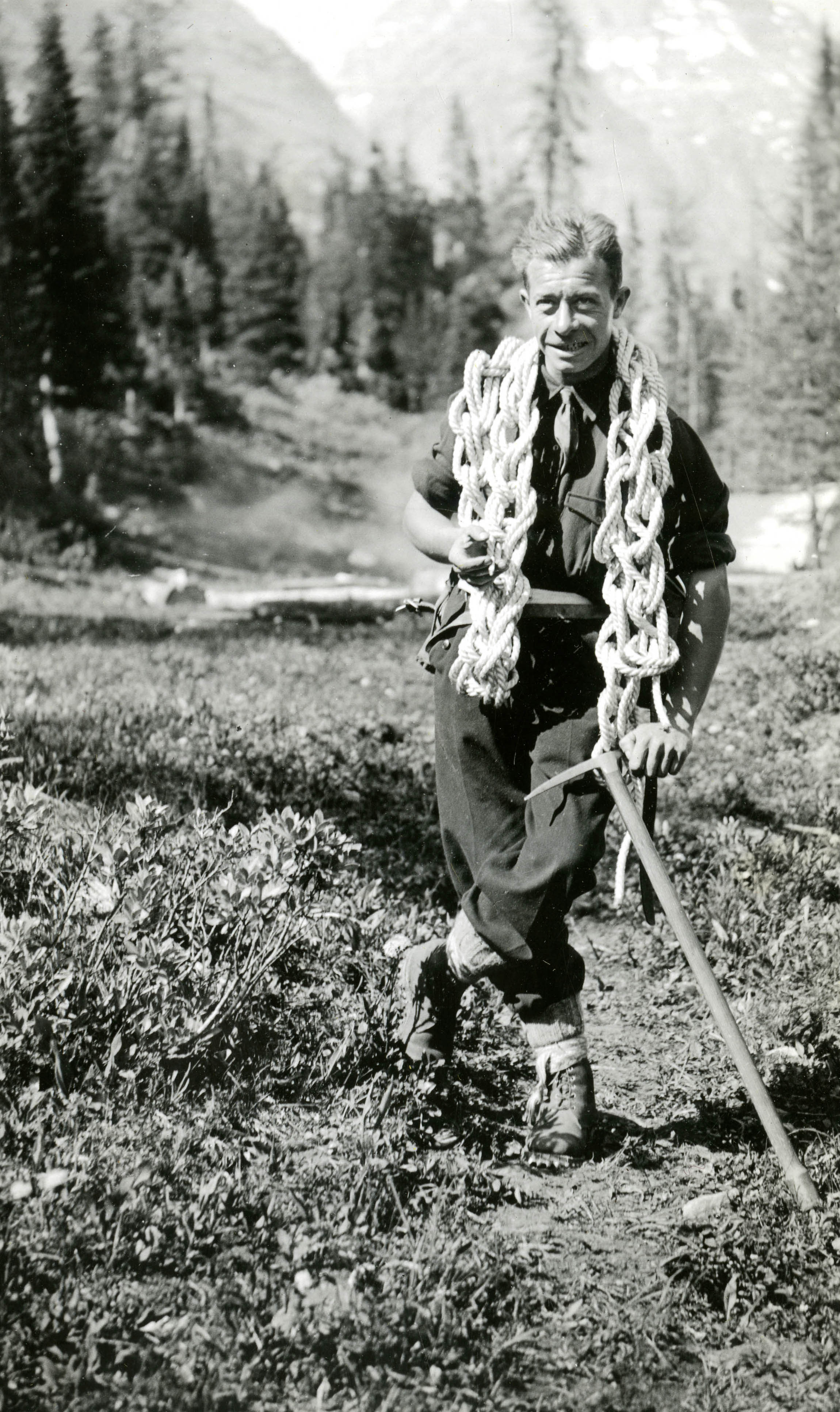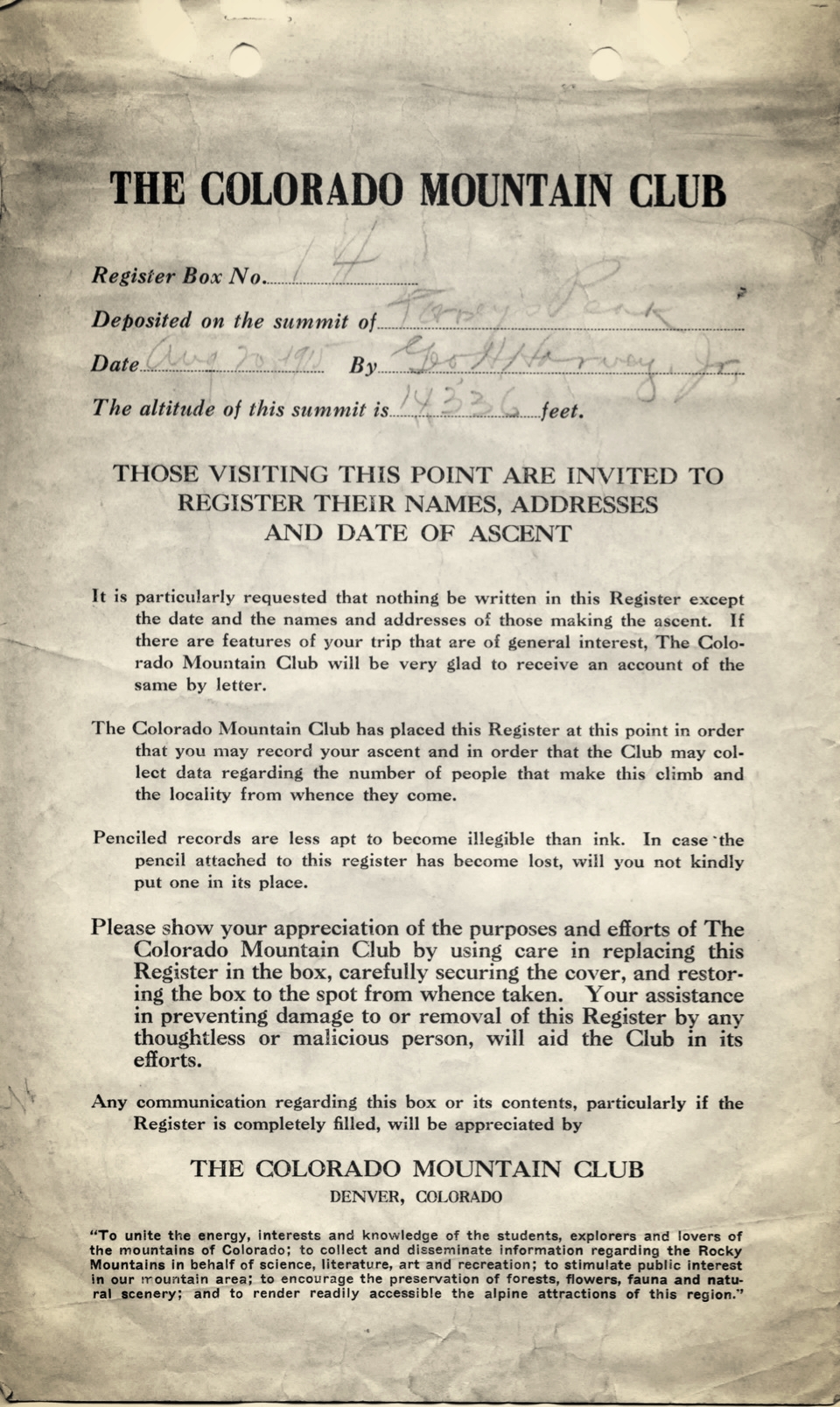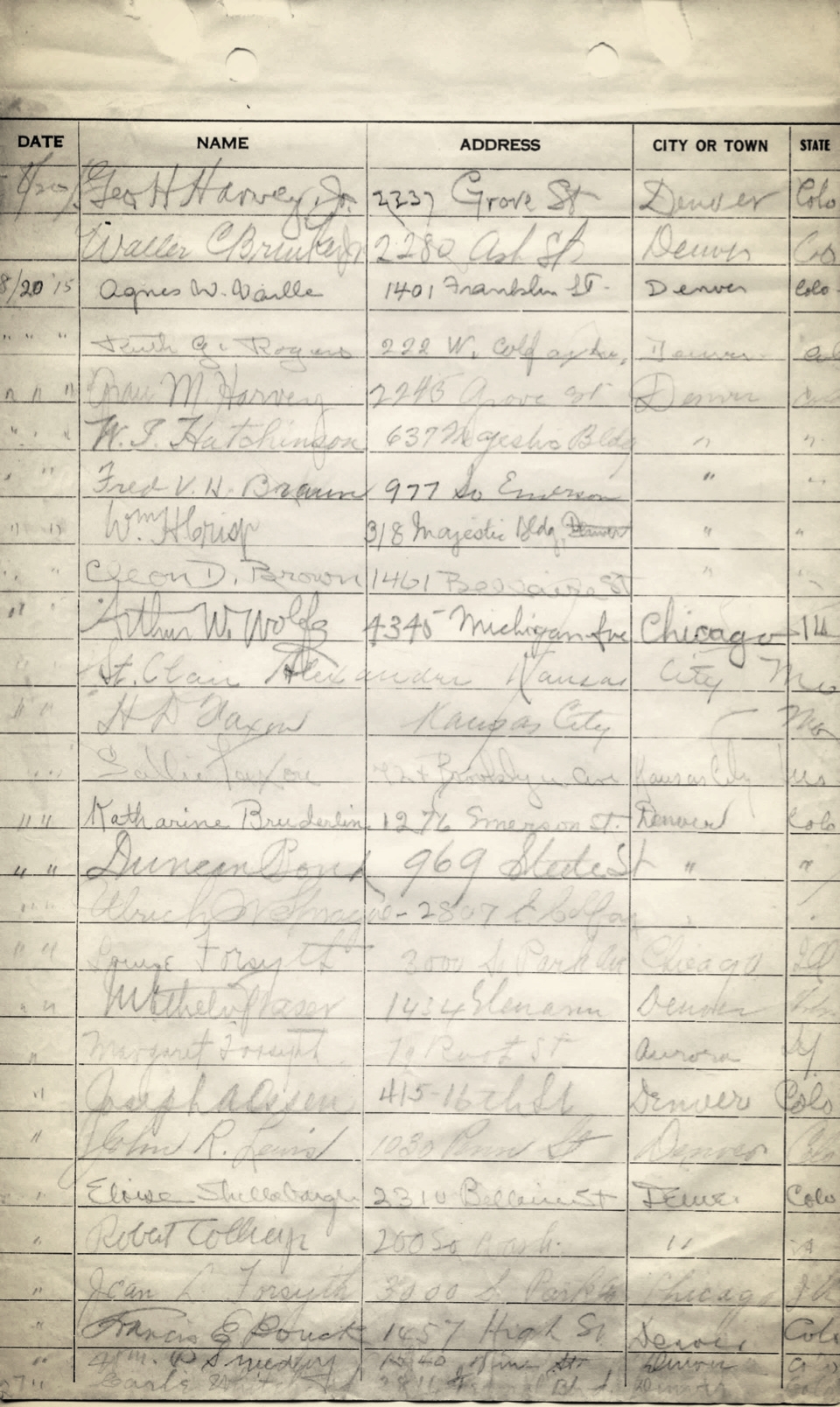Our Education Director Ron recently told us about two AAC members doing long-awaited work for our community: they’re streamlining both the process of hiring a guide and the process of guiding with their free new app, 57hours. If you're making a gym-to-crag transition, experiencing outdoor climbing through a professional facilitator, or hiring guides or instructors regularly, think of this as your go-to resource. AAC members, get 10% off all guiding services through 57hours with the link in your profile!
Gongga Shan (Minya Konka) 1932
by Eric Rueth
The Sikong Expedition in 1932 has to be one of the more unique mountaineering tales to have ever occurred. I and maybe others would argue that if there ever was a mountaineering expedition that should be turned into 1990’s style action-adventure movie starring Brendan Fraiser, this one would be it. There are too many interesting details to this expedition to fully capture in a blog post like this, so instead I’m going to give you a bare bones description and show you some of Terris Moore’s slides in an attempt to get you to read the American Alpine Club Journal articles about the expedition (linked below), and/or to read the entire book of the expedition (prologue through the epilogue), Men Against the Clouds. The pieces written by the expedition members themselves are really the only pieces of writing that do this expedition justice.
The Sikong Expedition consisted of four Americans, Jack Young, Terris Moore, Arthur Emmons, and Richard Burdsall. These were the four remaining members of a larger Explorers Club expedition that was meant to take place but dissolved due to various delays and complications created by global events. One of the global events was the Japanese invasion of Shanghai which led Young, Moore, Emmons, and Burdsall to briefly become a part of the American Company of the Shanghai Volunteer Corps.
After the dissolution Lamb Expedition to Northern Tibet, the first step of the newly formed Sikong Expedition was a twenty day journey up the Yangste River that featured rough waters, beautiful gorges and potential for pot shots from bandits on the river banks.
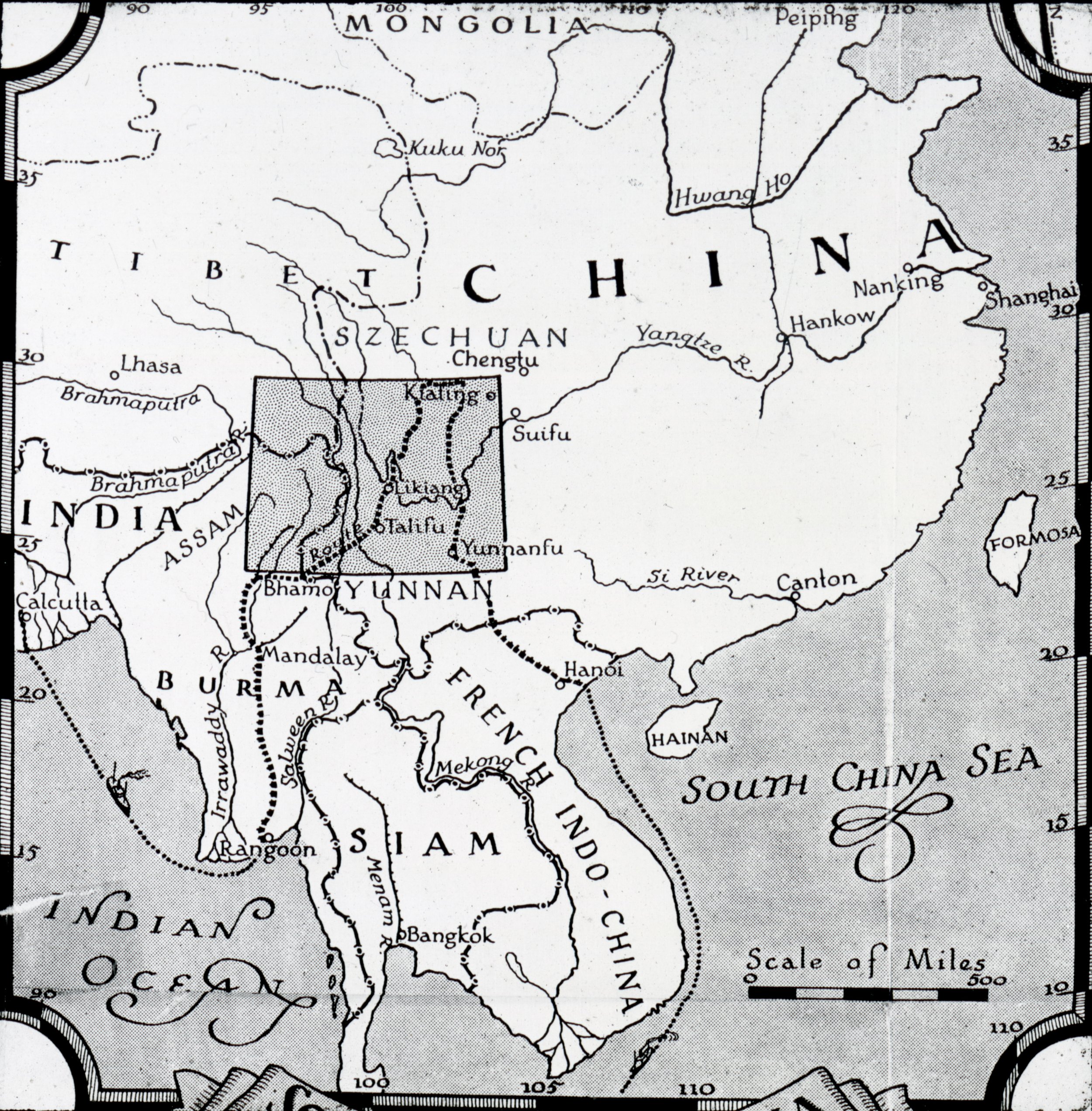
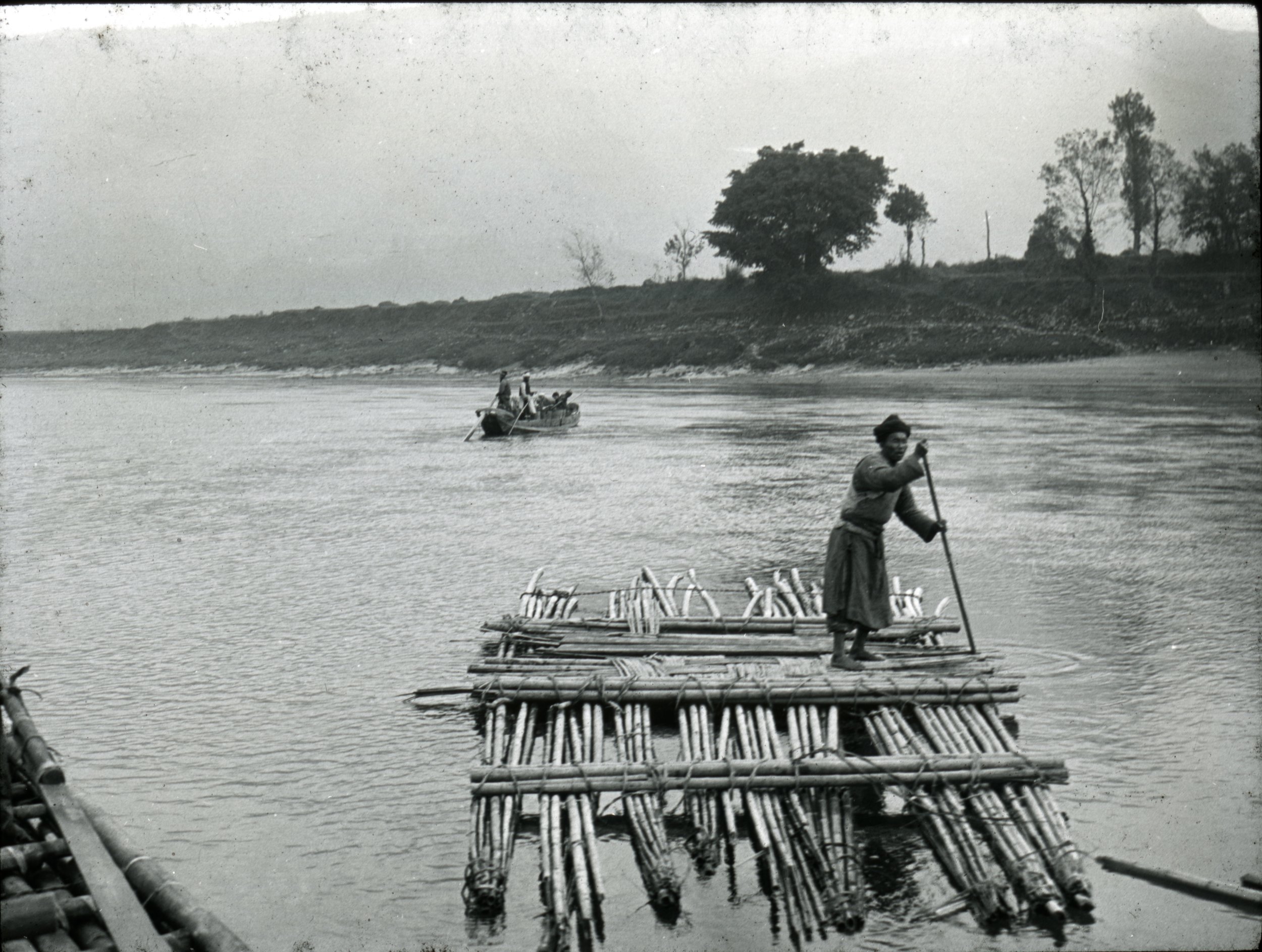
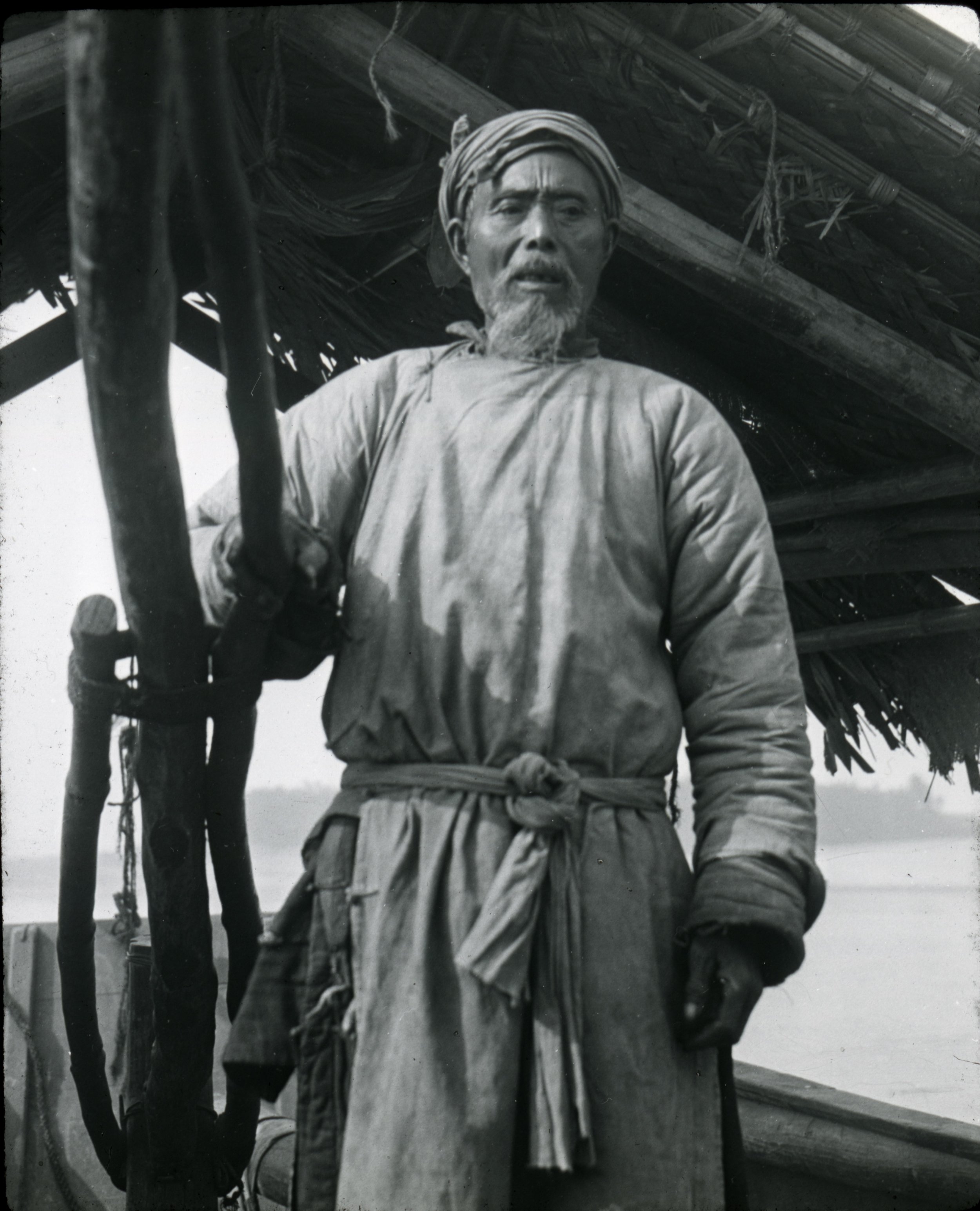
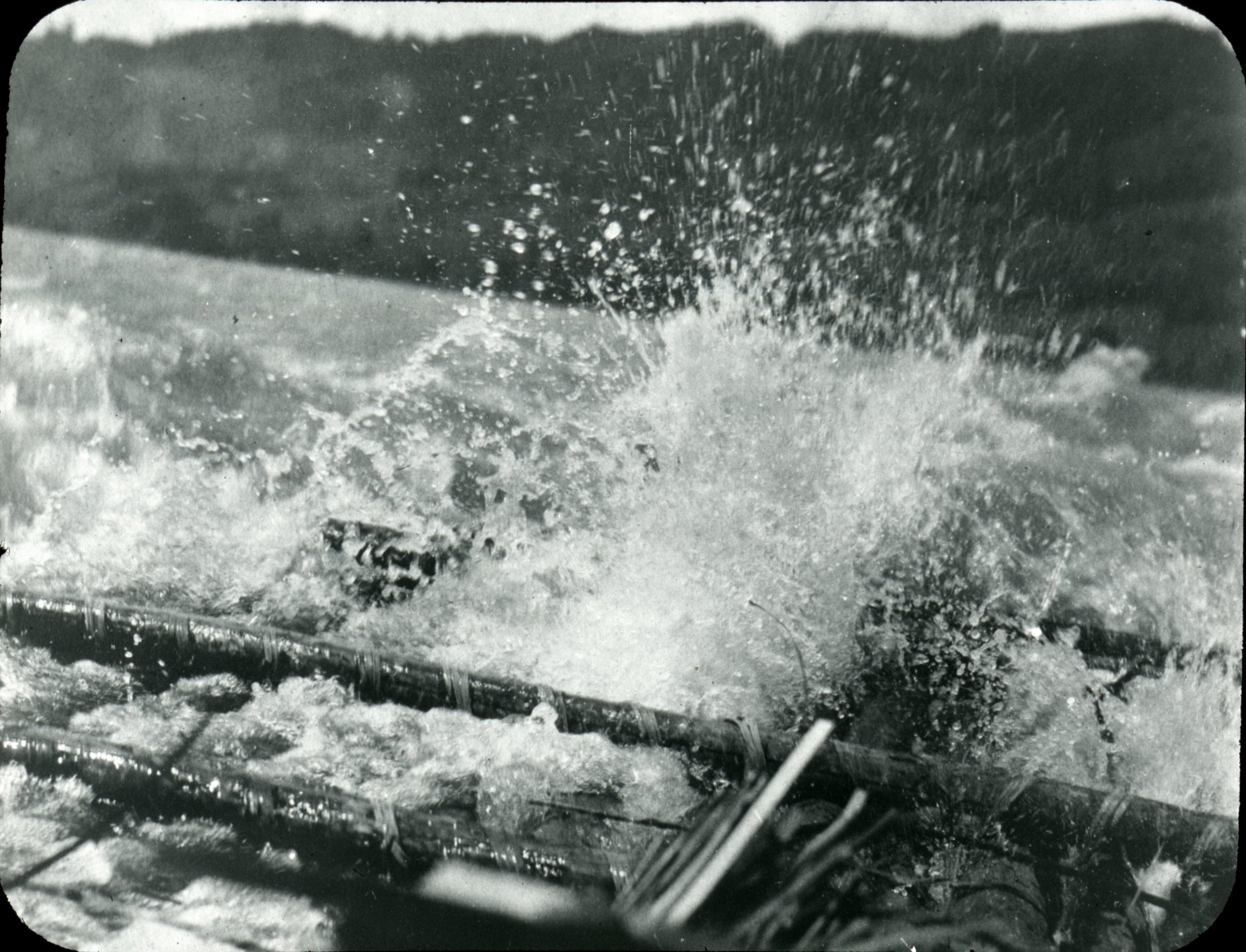
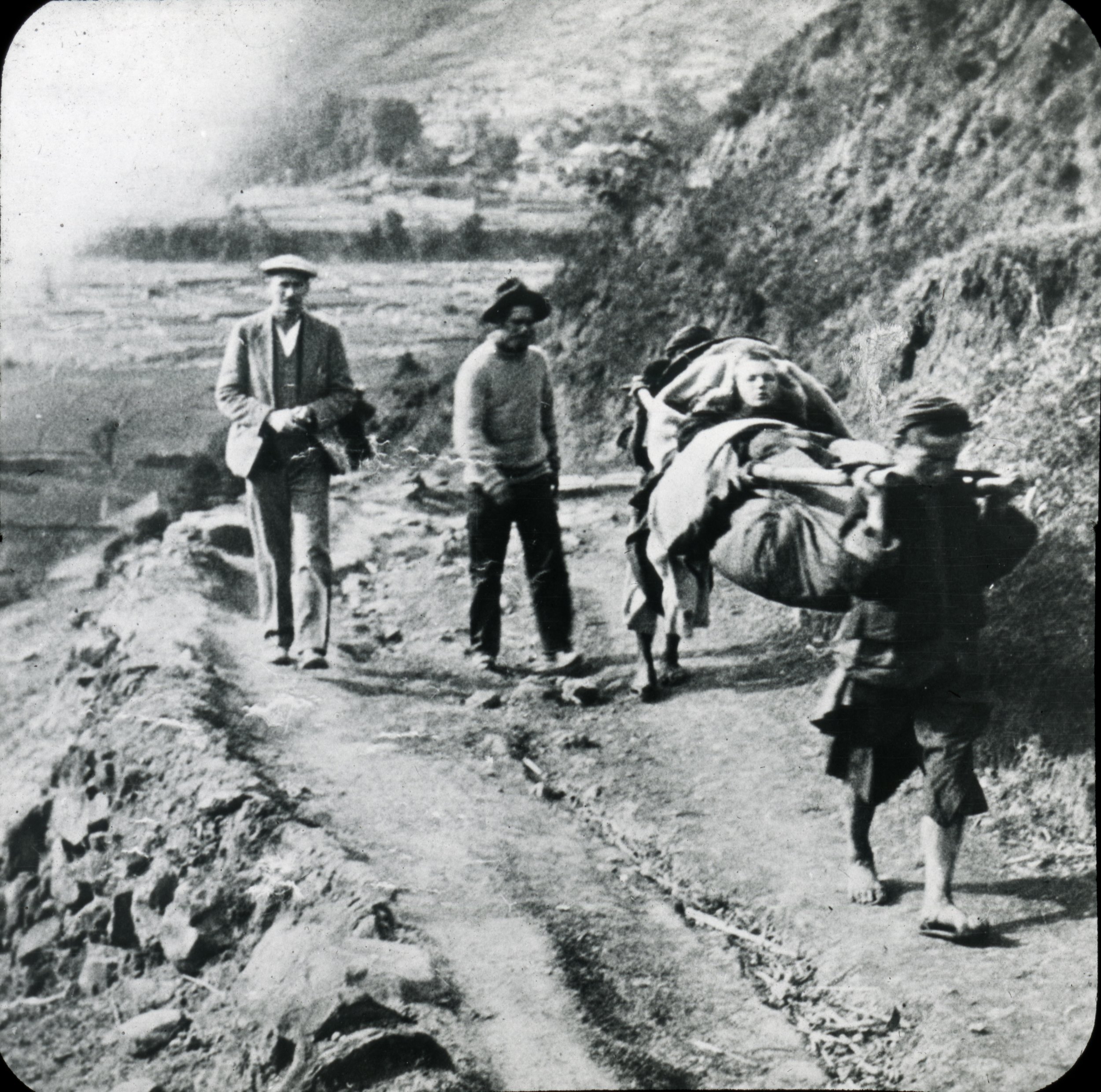
The Sikong-Szechuan region was still relatively unknown to the west and the purpose of the original expedition was to explore survey the region and gather samples of flora and fauna along with an attempt on Gongga Shan. The explorer’s spirit lived on in the Sikong Expedition. Thirty pages of appendices and one AAJ Article document their efforts. Below are two slides that not only shows the expedition doing some survey work but also shows how photographs and slides can degrade over time! If your interested in degrading photographs check out this previous library blog post.
Part of the reason for surveying the region and the mountain specifically was that at the time calculations of its height ranged anywhere from 16,500’ to 30,000’. The Sikong Expedition measured Gongga Shan’s height to be 24,891’ which is only 100’ off of the mountain’s current measured height of 24,790’.
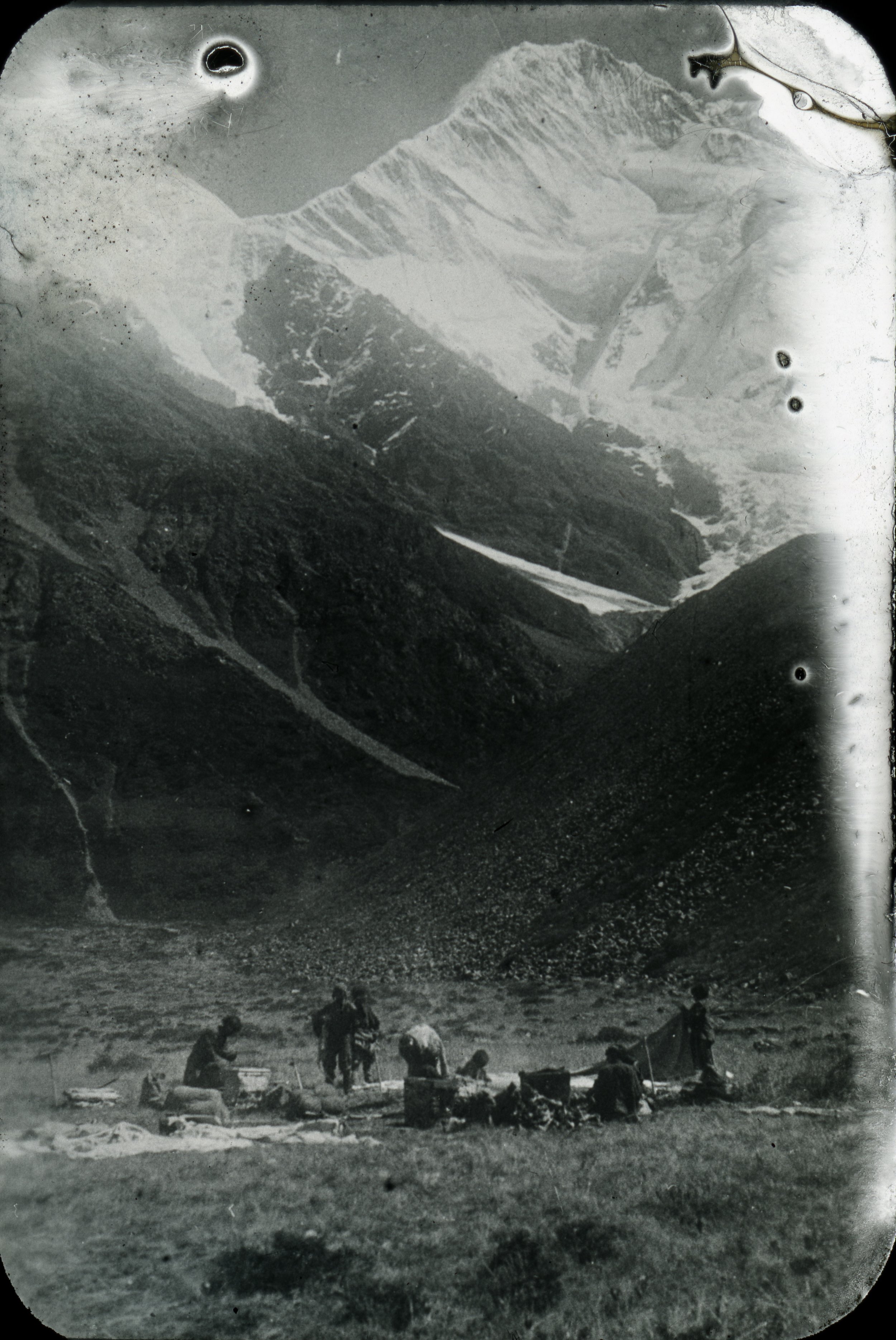
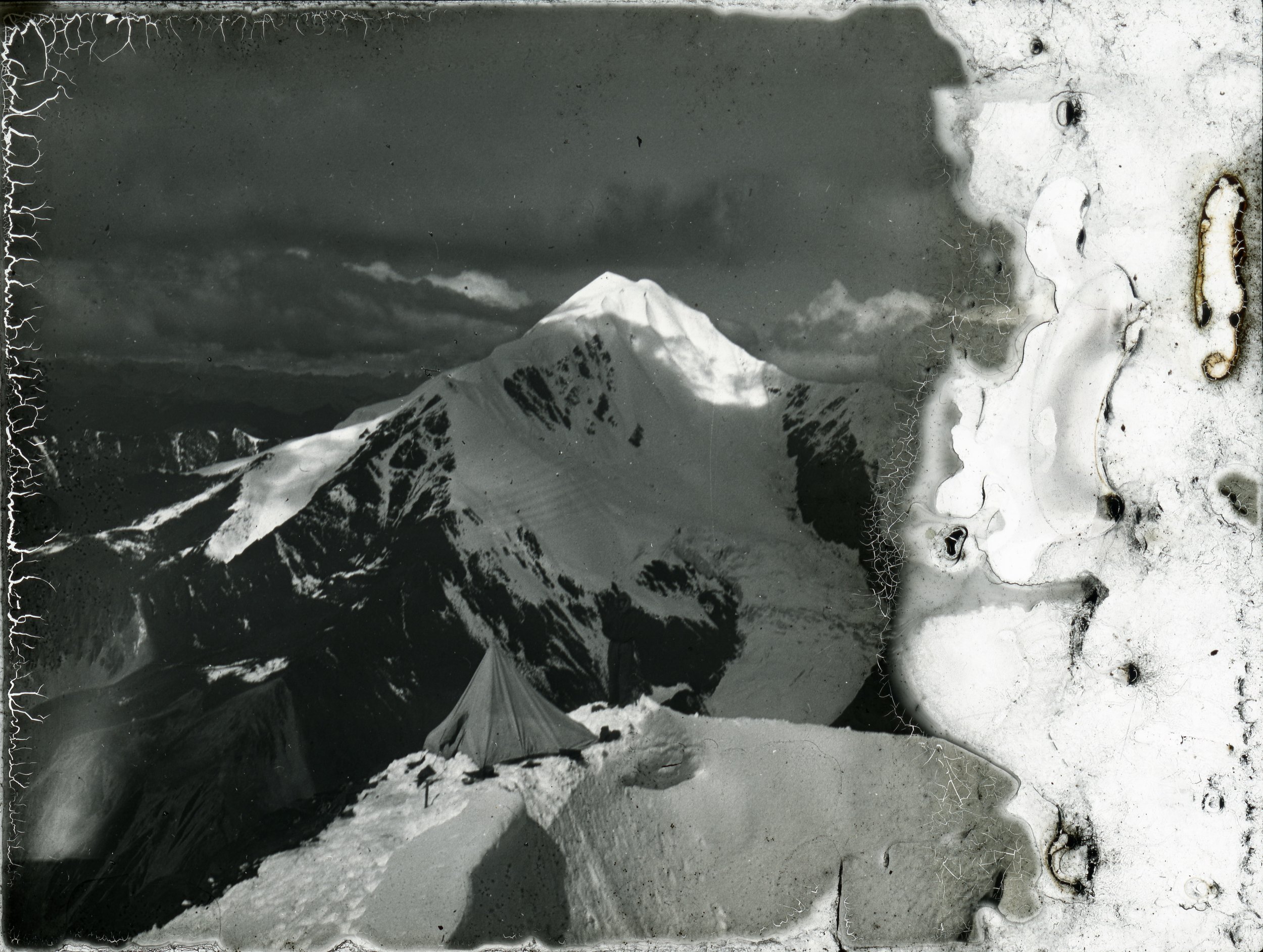
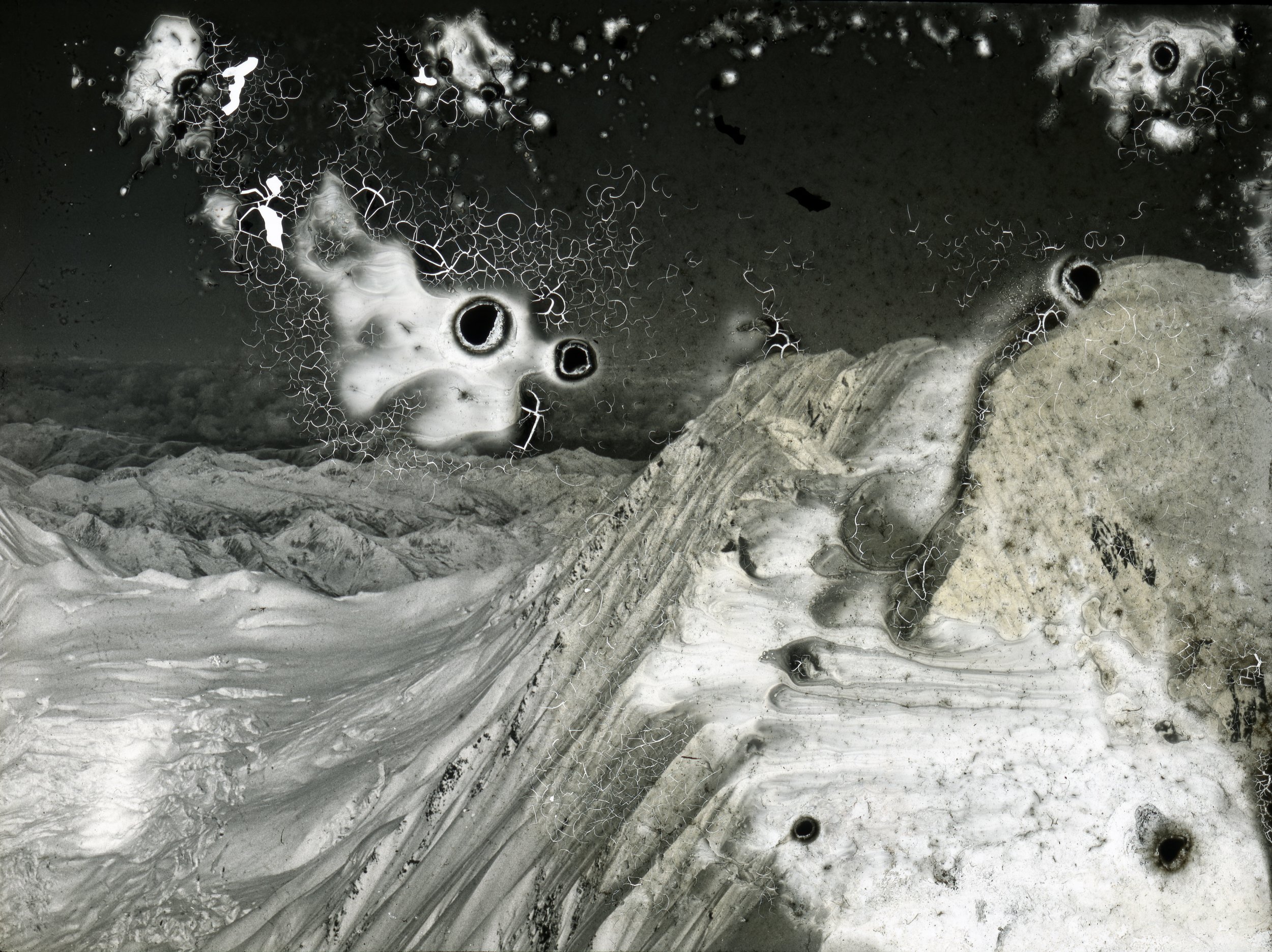
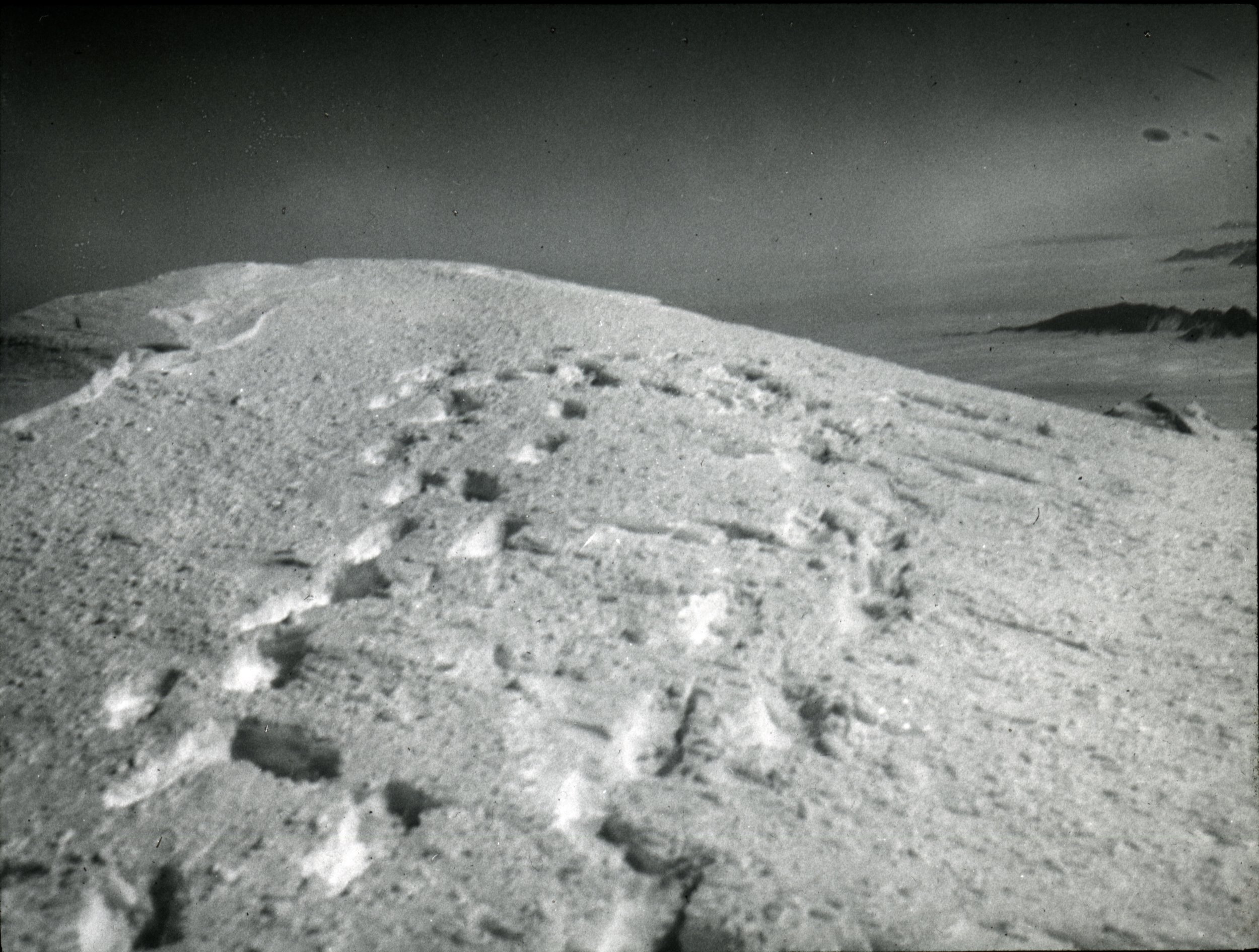
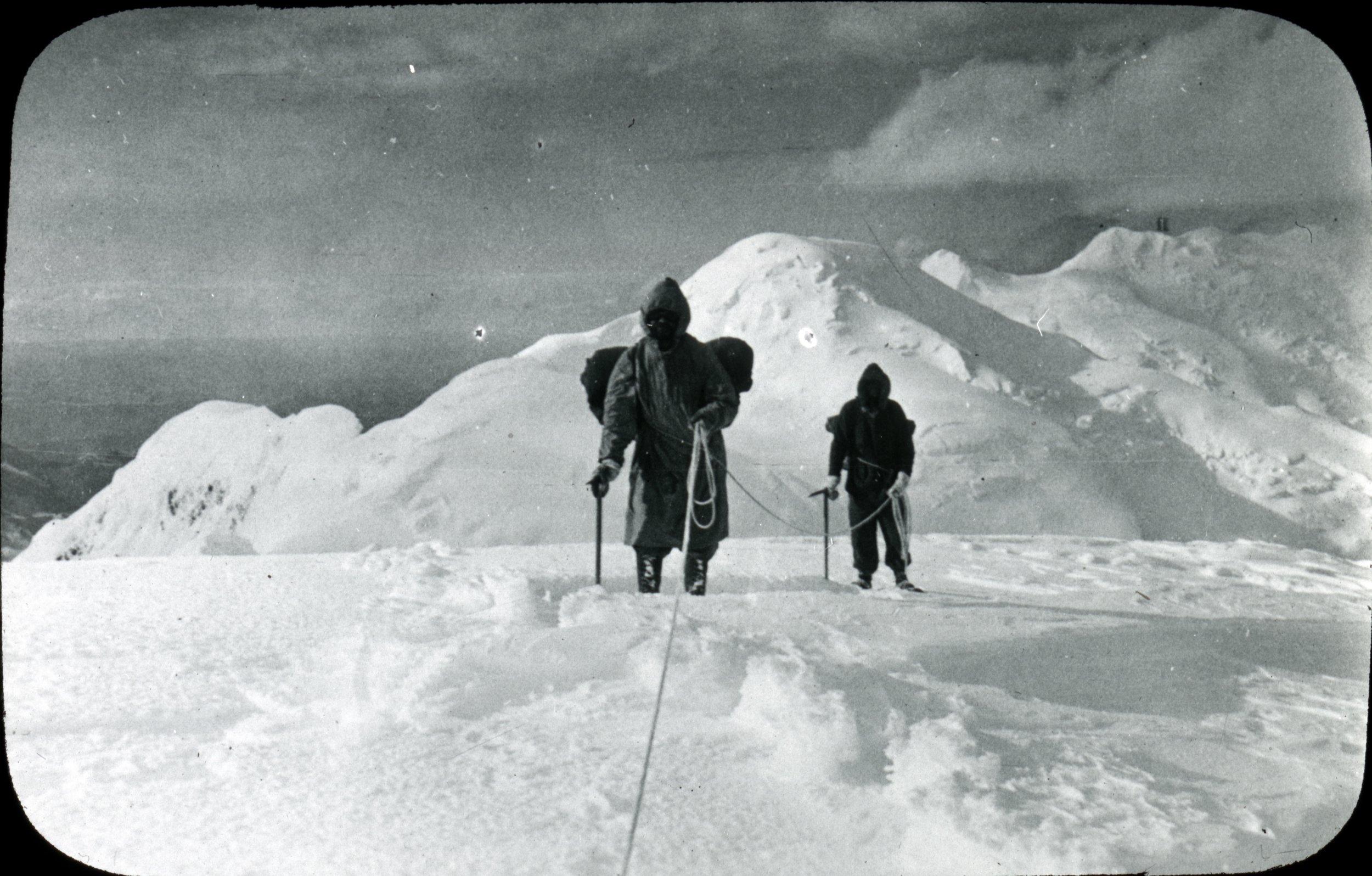
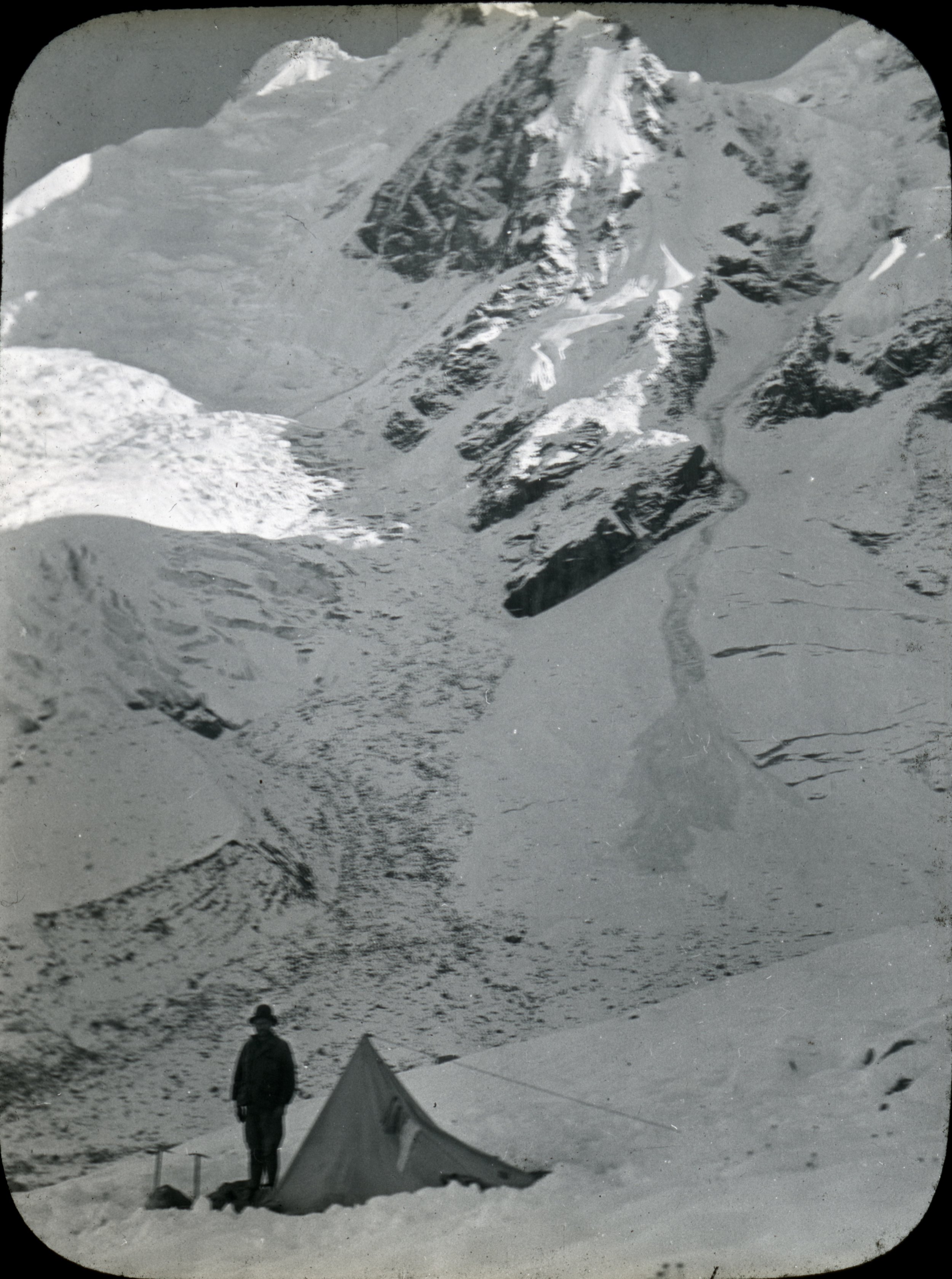
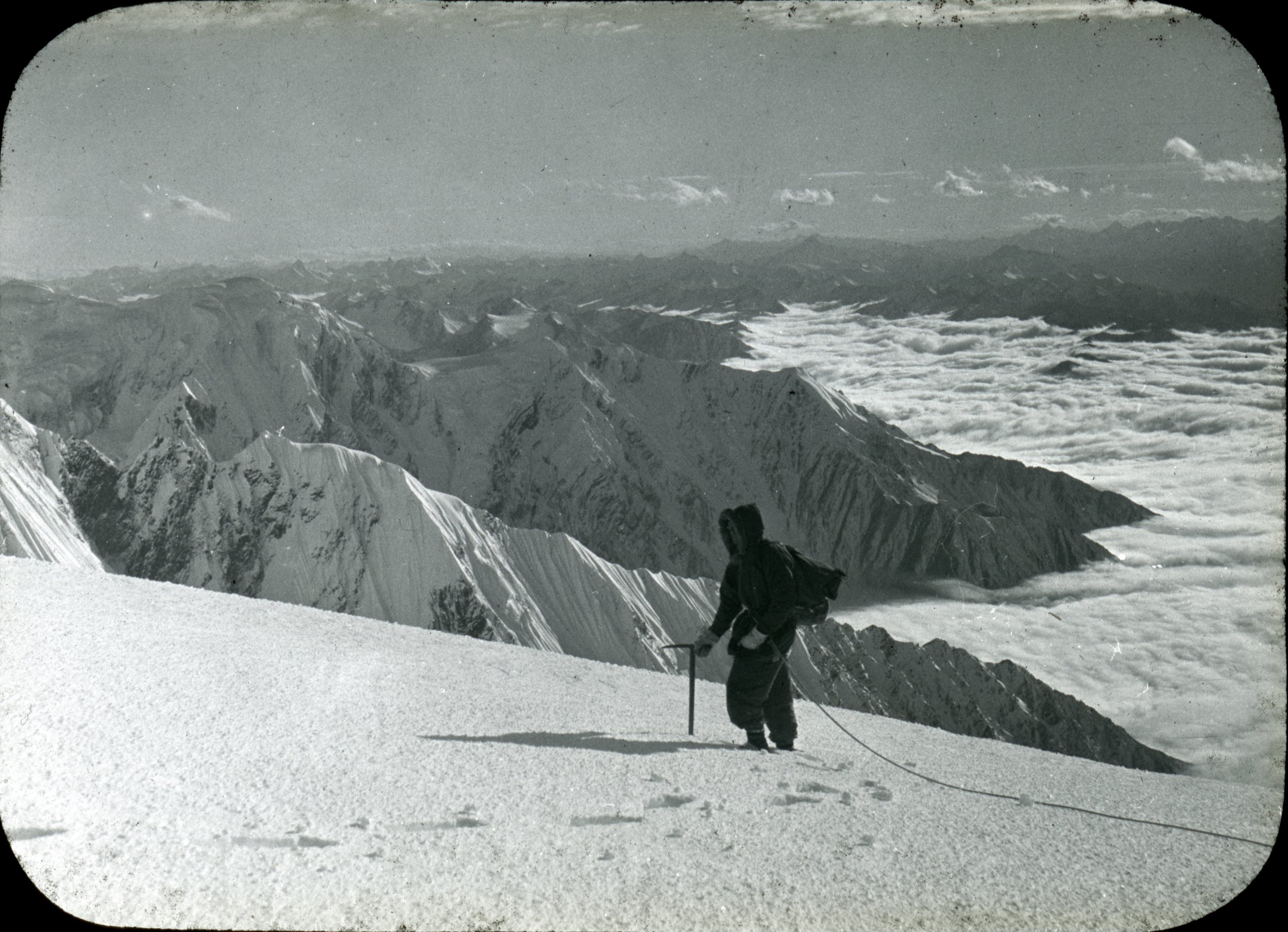
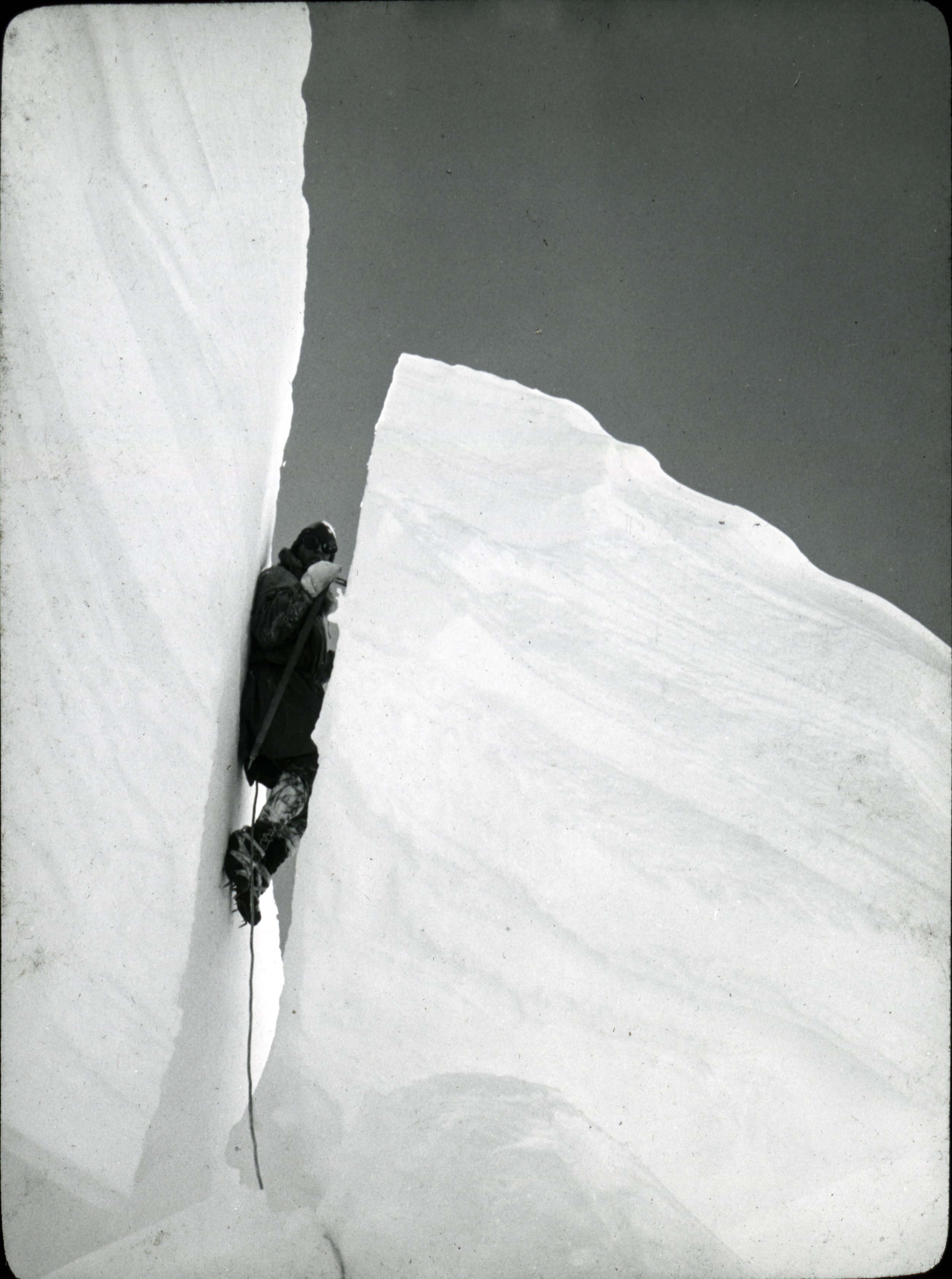
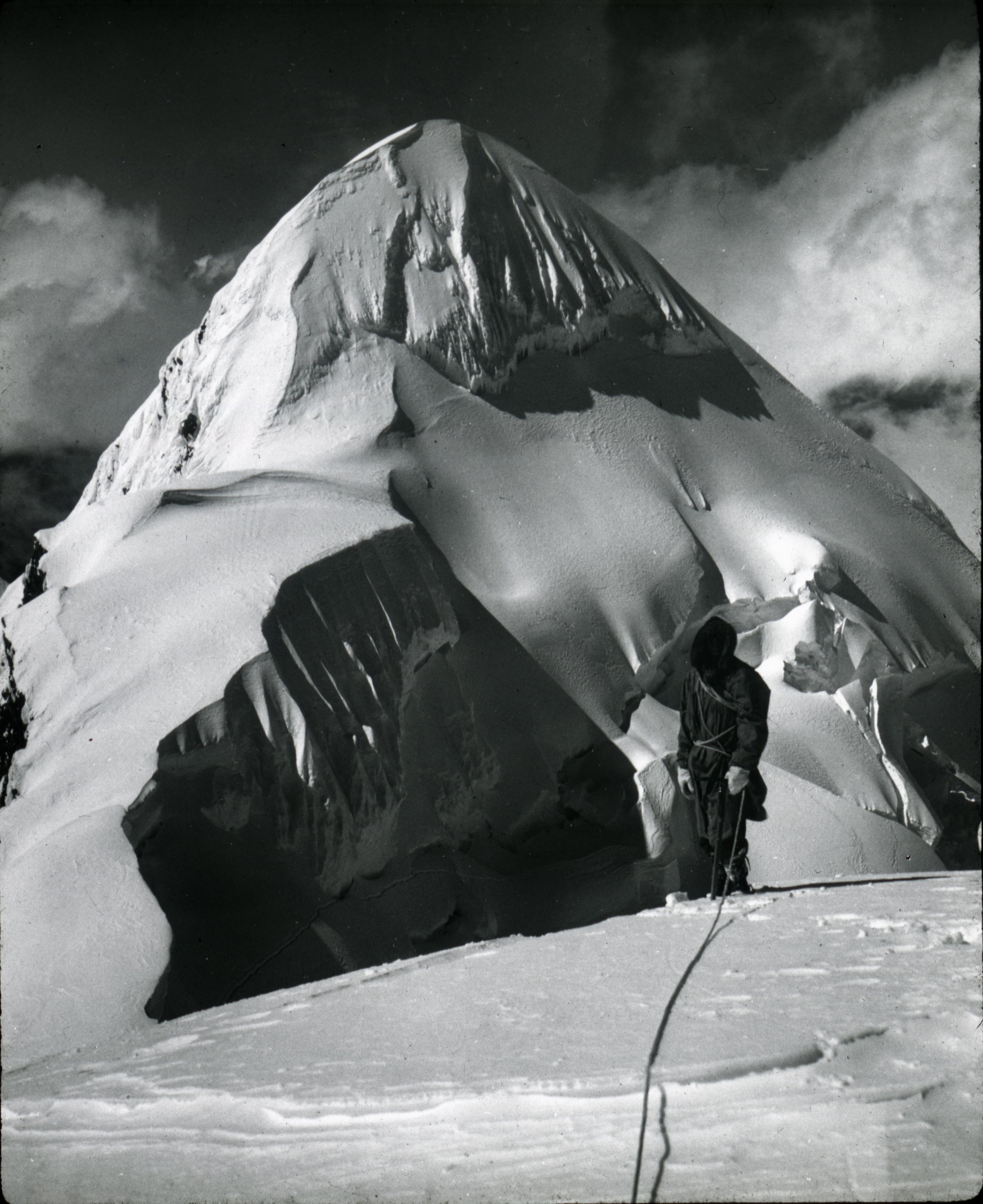
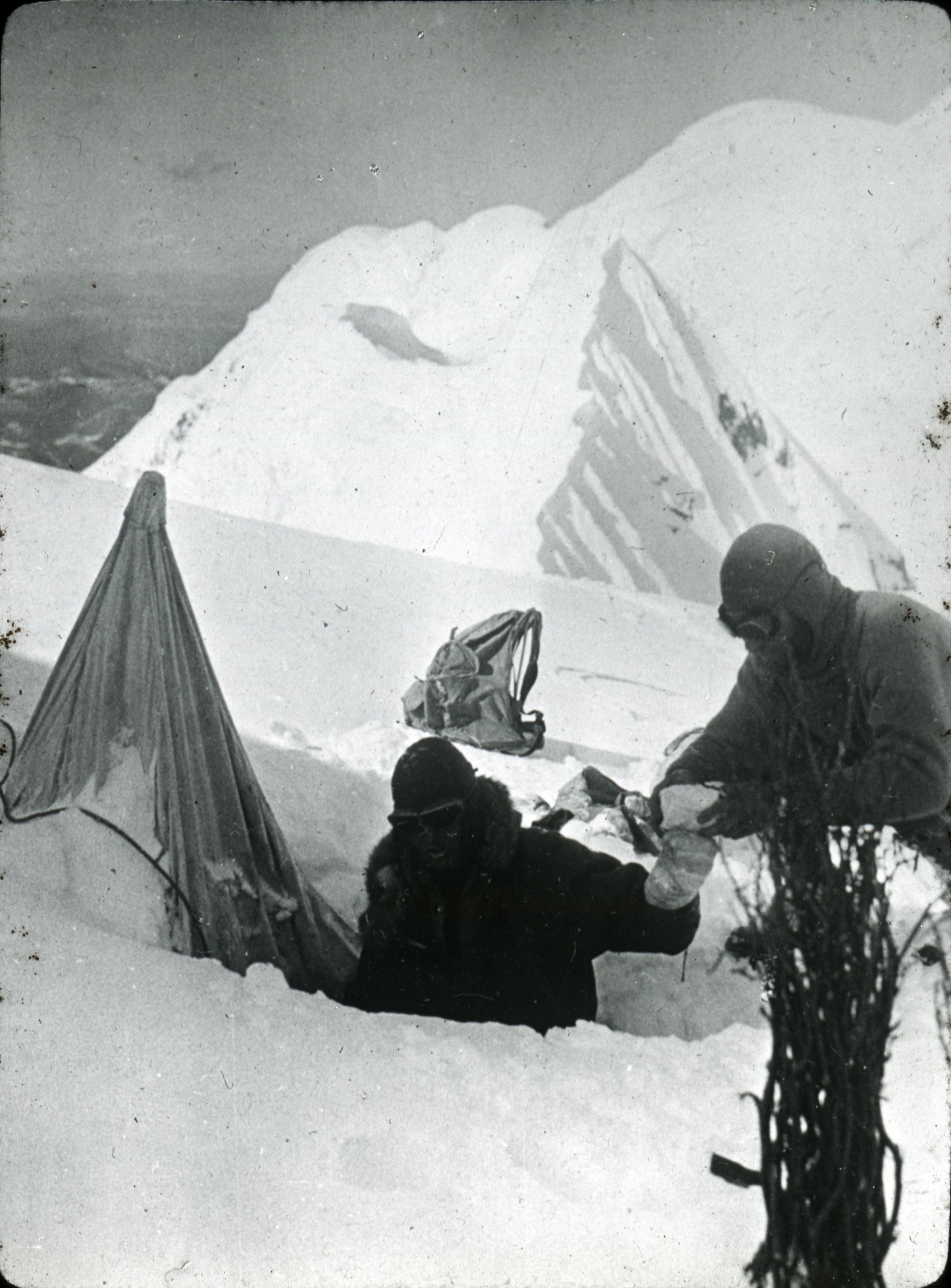
After weeks of acclimatization, moving supplies, and setting up camps, no high-altitude porters and with crevasse falls along the way; Moore and Burdsall attained the summit on October 28, 1932. Below are two of the dozens of photos taking while on the summit. Photographs were taken with the Chinese flag and the American flag. The American flag (48 stars) carried to the summit currently resides here at the American Alpine Club Library. Due to wind, an ice axe had to be pushed through the flags to keep them attached and flying for the summit photos.
What makes this expedition such an amazing feat is the twists and turns that take place in the story. The expedition in a sense never should have happened after the Lamb Expedition dissolved. Under normal circumstances it is likely that everyone would have headed home and planned to try again at a different time. Instead, four members remained in large part due to the Great Depression and being told that their money would fair them better in China and that there likely wouldn’t be work for them if they returned to the States. The style that the mountain was summited was more akin to modern expeditions than it was to the siege the mountain strategy that tended to be the norm for the day. Despite not receiving much plaudits at the time, Gongga Shan was the highest summit reached by Americans at the time but the expedition was able to help fill in one of the few remaining blanks on the map.
If you’re an American Alpine Club member you can checkout Men against the clouds by logging into the AAC Library Catalog.
And regardless of if you’re an AAC member, you can find AAJ articles written about the expedition by following the links below:
Terris Moore’s AAJ article about the climb
Arthur Emmon’s AAJ article about the survey work
A short article by Nick Clinch that concisely summarizes the expedition
$10,000 In Grants to Replace Aging Bolts
Photo: Craig Hoffman
The American Alpine Club and Access Fund are excited to announce the 2018 Anchor Replacement Fund grant awards with funding going towards nine worthy anchor replacement projects across the country:
Rocky Pass/Gallatin Canyon, MT - Southwest Montana Climbers Coalition
Red River Gorge, KY - Red River Gorge Fixed Gear Initiative
Slab Camp, KY - Morehead Tourism Commission
Shawangunk Mountains, NY - Mohonk Preserve
Obed, TN - East Tennessee Climbers’ Coalition
Smith Rock, OR - High Desert Climbers Alliance
Boulder Canyon, CO - Boulder Climbing Community
Spearfish Canyon, SD - Black Hills Climbers Coalition
Ten Sleep Cayon, WY - Bighorn Climbers Coalition
Golden, CO, October 15, 2018—The Access Fund and American Alpine Club are pleased to announce the 2018 Anchor Replacement Fund grant awards. Now in its third year, the grant program launched to address the growing concerns of anchor failure and the access issues that could result from these incidents. This year, we are thrilled to announce funding for nine worthy anchor replacement projects across the country.
Rocky Pass/Gallatin Canyon, MT - Southwest Montana Climbers Coalition
Southwest Montana Climbers Coalition (SMCC) was awarded funding to replace plated 3/8” wedge anchors with 1/2” stainless steel sleeve and glue-in anchors using sustainable replacement techniques (hole re-use) to preserve the character of the routes and the rock. SMCC will engage local volunteers to expand their ability to tackle aging bolts at the gneiss and limestone crags in the region.
Red River Gorge, KY - Red River Gorge Fixed Gear Initiative
Red River Gorge Fixed Gear Initiative (RRGFGI) was awarded funding to replace rusting and aging hardware on the steep sandstone cliffs throughout the region with 1/2” stainless glue-in anchors. RRGFGI is planning to replace over 300 bad bolts in 2019 and is striving to keep bad bolts in the region to fewer than 50 at any given time. RRGFGI works to replace aging bolts throughout the Red River Gorge region.
Slab Camp, KY - Morehead Tourism Commission
Morehead Tourism Commission was awarded funding to tackle rebolting efforts at Slab Camp, a half-mile section of cliff line featuring approximately 60 routes that were originally bolted in the early 1990s with hardware store bolts and anchors. The routes include a mix of both sport and traditional, with all sport routes requiring new bolts and anchors and all traditional routes in need of new anchors. All bolts will be replaced with 1/2” stainless steel glue-ins. The Morehead Tourism Commission has enlisted the help of local climbers and rebolting experts from the Red River Gorge Fixed Gear Initiative to assist them with the effort through training and consultation on rebolting practices.
Shawangunk Mountains, NY - Mohonk Preserve
The Mohonk Preserve was awarded funding to replace eight tree and piton anchors in the Gunks with 1/2” stainless steel sleeve anchors. New bolted anchors placed below the cliff top will reduce climber impacts to the top of the cliff on routes like Gelsa in the Near Trapps. They will also replace aging piton anchors on popular routes like Son of Easy O in the Trapps.
Obed, TN - East Tennessee Climbers’ Coalition
East Tennessee Climbers’ Coalition (ETCC) was awarded funding to support their goal of rebolting the entire Obed in 5 years. ETCC is tackling replacement of approximately 4,000 aging bolts, which are all approaching 30 years of age, throughout the popular northeast Tennessee climbing area. ETCC has already undertaken this massive challenge, enlisting the help of volunteers and replacing 730 bolts with 1/2” stainless steel anchors this year alone.
Smith Rock, OR - High Desert Climbers Alliance
High Desert Climbers Alliance (HDCA) was awarded funding to replace aging hardware at Smith Rock State Park in central Oregon. HDCA will engage local volunteer bolt replacers to replace aging plated hardware that has been in the rock for over 40 years with long last 1/2” stainless steel hardware.
Boulder Canyon, CO - Boulder Climbing Community
Boulder Climbing Community (BCC) was awarded funding for rebolting efforts in Boulder Canyon and other Front Range climbing areas. The BCC will purchase 100 1/2” stainless steel sleeve bolts and hangers, as well as 40 anchor set-ups. Their annual rebolting events will take place at North Table Mountain, Boulder Canyon, and Clear Creek Canyon.
Spearfish Canyon, SD - Black Hills Climbers Coalition
The Black Hills Climbers Coalition (BHCC) was awarded funding to replace aging anchors at popular crags throughout Spearfish Canyon. The BHCC is tackling replacement of 300+ routes, which were equipped 25 years ago with plated and mixed metals. The BHCC will replace these aging anchors using high quality stainless steel glue-ins to meet the highest standards for fixed anchors at limestone sport climbing areas.
Ten Sleep Cayon, WY - Bighorn Climbers Coalition
The Bighorn Climbers Coalition (BCC) was awarded funding to address aging anchors in Ten Sleep Canyon. The BCC will focus on replacing wedge bolts, cold shuts, and worn lower-off anchors throughout the canyon. These will be replaced with 1/2” stainless steel bolts and high quality ring anchors and lower-off hooks specifically manufactured for climbing.
Public Land Recreational Opportunities Improvement Act Introduced
Introduced October 2018, The Public Land Recreational Opportunities Improvement Act (PLROIA) is a big step in attempting to fix the recreation permitting system. Senator Martin Heinrich (D-NM) and Senator Shelley Moore Capito (R-WV)'s bipartisan legislation improves the permitting systems to help more Americans gain access to the outdoors through facilitated recreation experiences. This legislation was developed and advocated for by the Coalition for Outdoor Access, of which the AAC is a member organization.
We’re all for PLORIA, and hope the bill will move by the end of the year. Learn more by reading the full press release.
Climbing & Splitboarding Adventure Grant Updates
We’re excited to announce the following climbing and adventure grants are now open for applications, meaning we’re awarding over $40,000 to climbers and backcountry snowboarders in the next few months!
CUTTING EDGE GRANT
The Cutting Edge Grant seeks to fund advanced and capable climbers planning expeditions to remote areas featuring unexplored mountain ranges, unclimbed peaks, difficult new routes, first free ascents, or similar world-class pursuits. Awards will typically fall in the $5,000 to $15,000 range, however award amounts will vary based on project and budget. Open through November 30th—learn more & apply.JONES ADVENTURE GRANTS
The Jones Backcountry Adventure Grant & the Jones Live Like Liz Award support splitboarding expeditions with strong exploratory and adventure components. The project objective may focus on a single descent/summit or a tour/traverse of a region. Each grant recipient will receive a $1,500 cash award plus a Jones splitboard, skins and backcountry touring backpack.The Jones Live Like Liz Award is open only to our female riders, while the Jones Backcountry Adventure Grant is open to all AAC members. Open through November 30th—learn more & apply.
COPP-DASH INSPIRE AWARD
EXTENDED DEADLINE! Established in the memory of Jonny Copp and Micah Dash, the Copp-Dash Inspire Award provides $20,000 in climbing grants to assist small teams tackling difficult climbs in the great mountains of the world and multimedia instruction to help them to share their ascents through a blend of storytelling elements. Open through November 30th—learn more & apply.Not a fit for these grants? The Live Your Dream Grant and others will open for applications this winter and spring, so stay tuned.
The Andrew J. Gilmour Collection
by Allison Albright
At the American Alpine Club Library, we’re very fortunate to have quite a few collections of photographs of climbing and mountaineering from the early 20th century. One of these, a collection of roughly 3000 photographic negatives dating from 1900 to about 1930, has been digitized in its entirety and made available to everyone.
It’s a great feeling to complete a project.
We’re excited to be able to increase access to this collection through digitization, which also reduces wear and tear on the original negatives and adds an additional layer of preservation.
This collection of photos belonged to Andrew J. Gilmour, a dermatologist living and working in New York who was an avid climber and active member of the American Alpine Club during the 1920s and 1930s. He did a number of ascents in the Alps, the Canadian Rockies, the Cascades and the Western U.S., as well as Wales and the Lake District in the UK. His photos show us a lot about climbing at that time, the techniques, equipment, conditions and the people and places involved. It also provides us with a glimpse of what the world was like about 100 years ago.
We’ve gathered some of our favorite images from this collection in the slideshows below. Enjoy!
To see more of these images, check out our Andrew J. Gilmour album on Flickr.
Climbing and Mountaineering
Photos of climbing parties and mountaineering expeditions from about 1910 to the mid 1930’s.
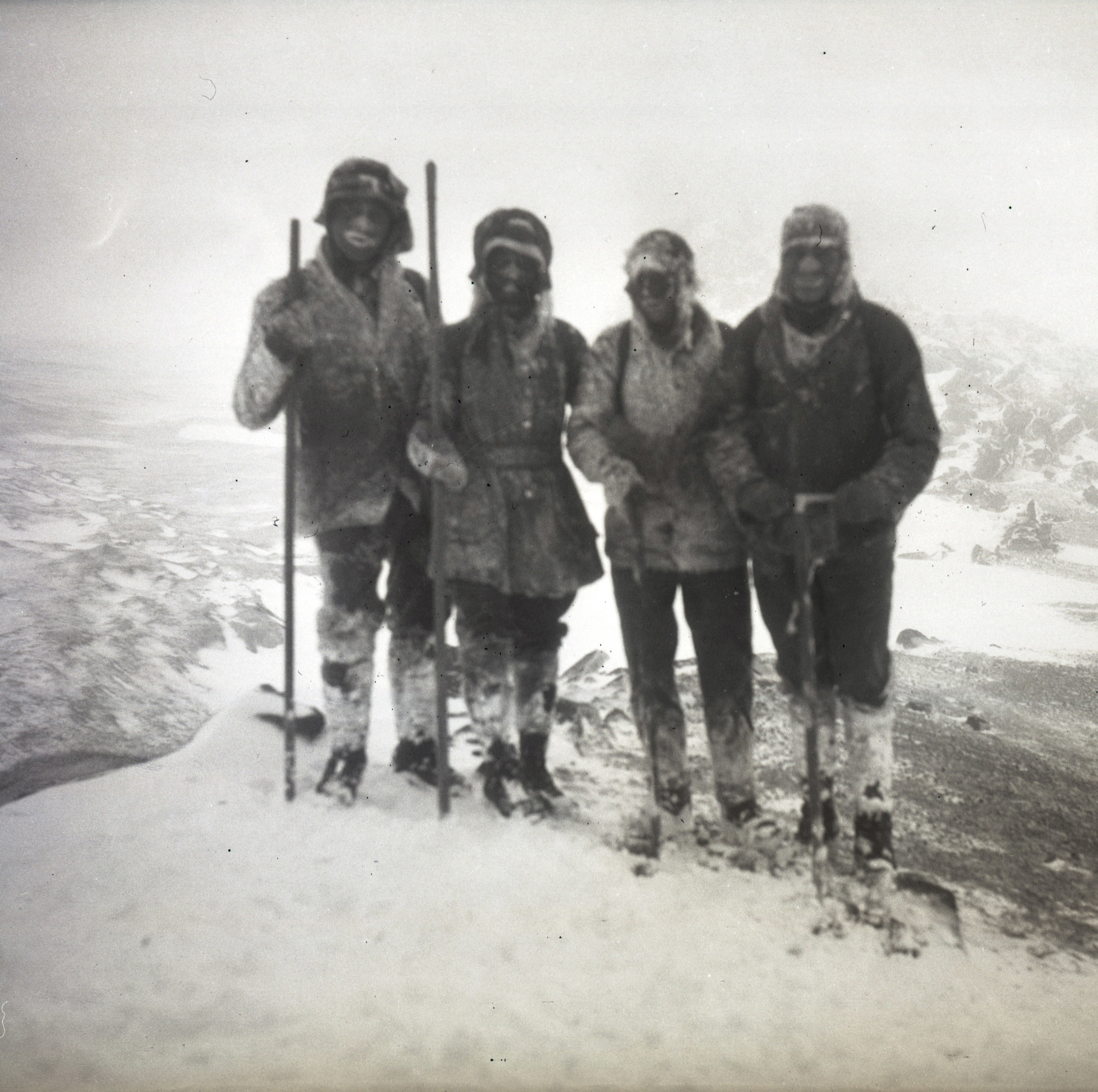
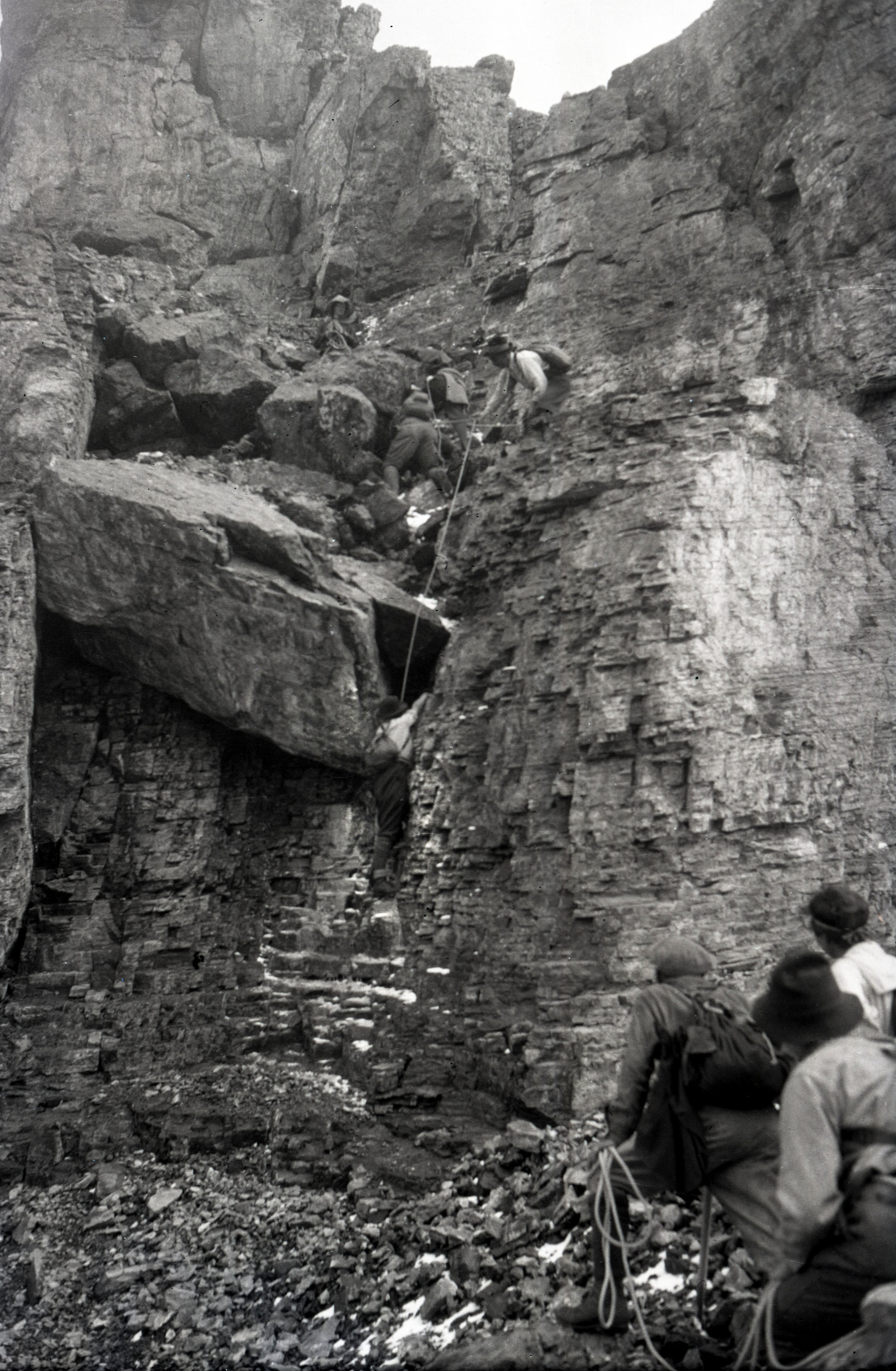
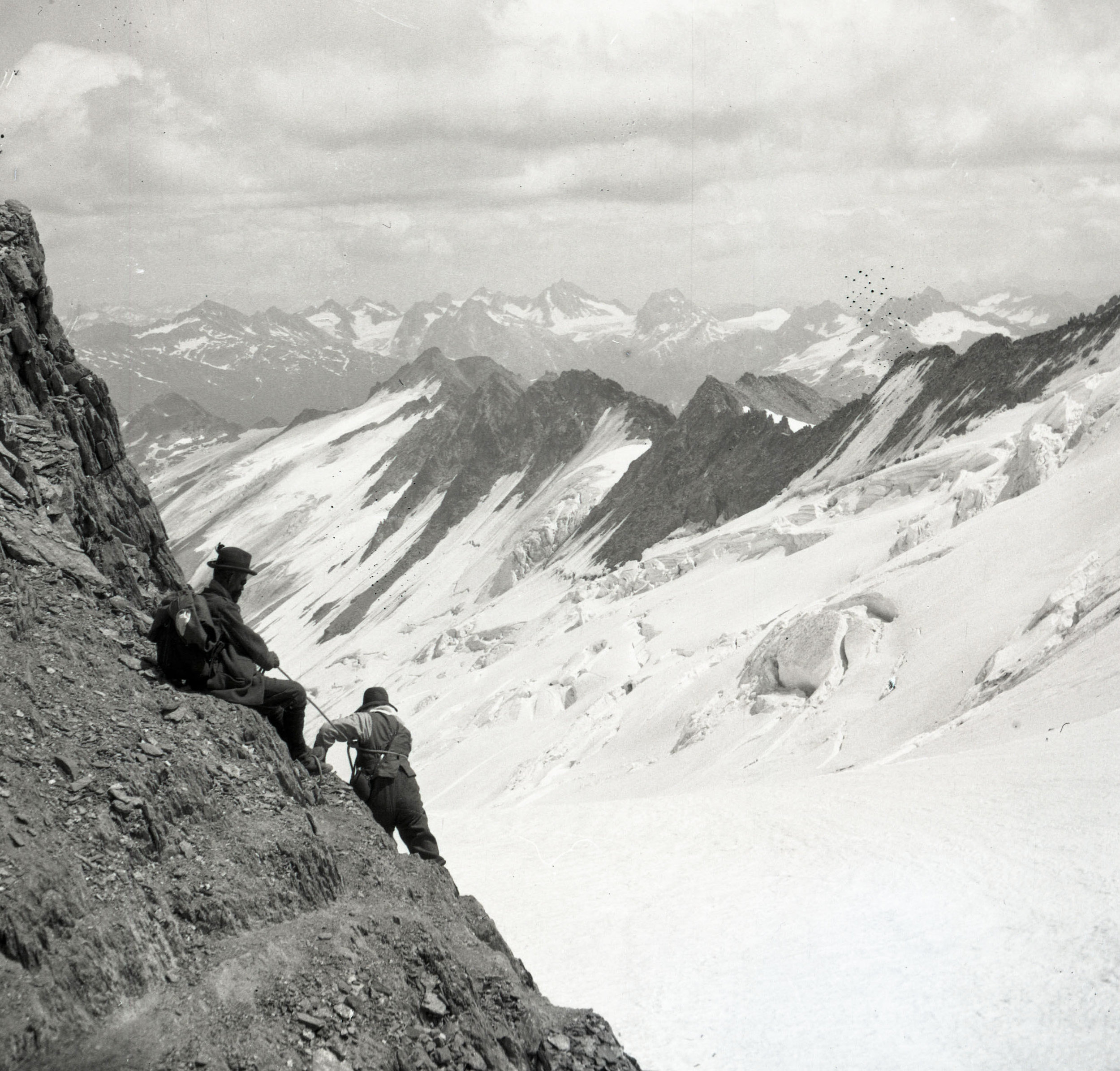
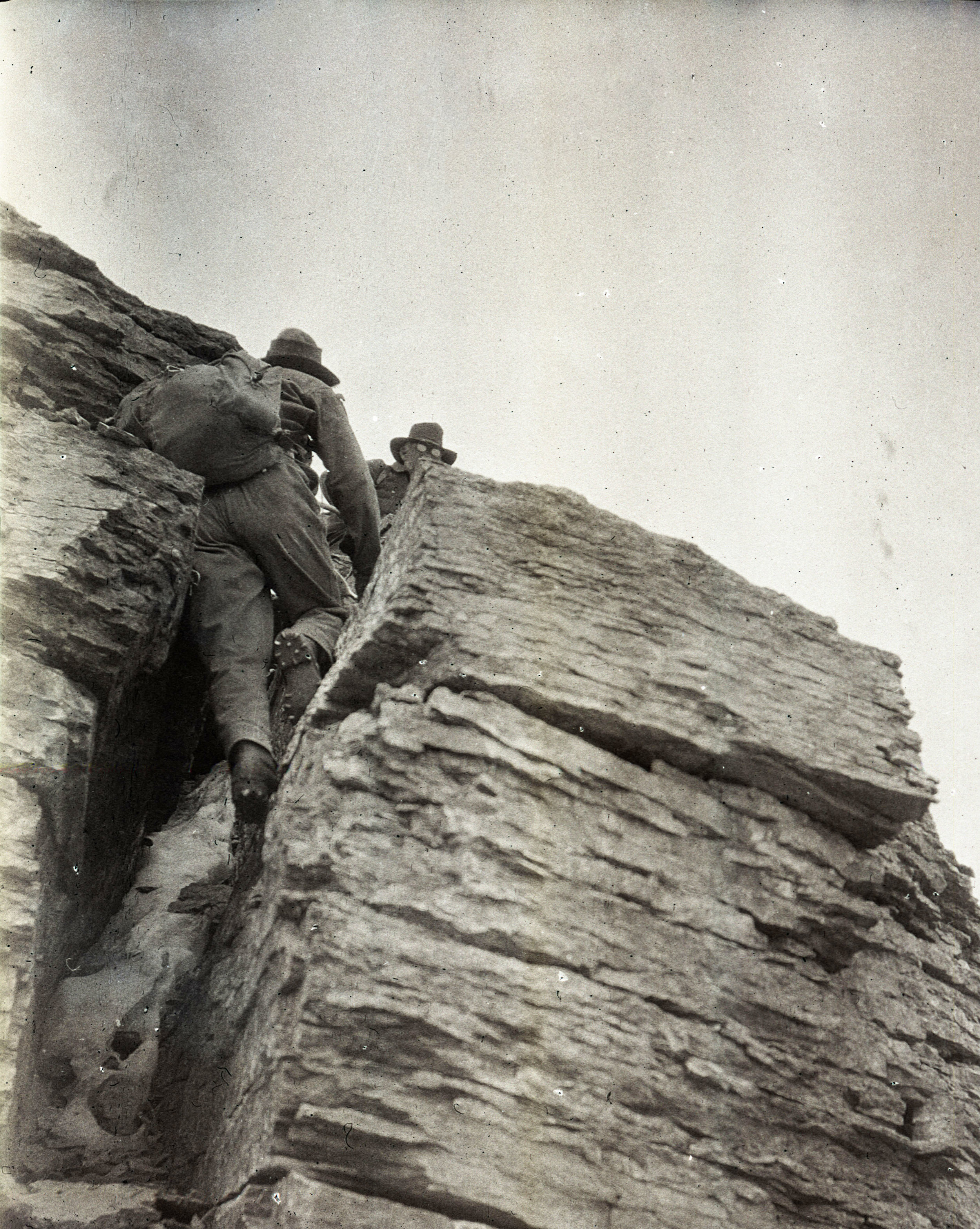
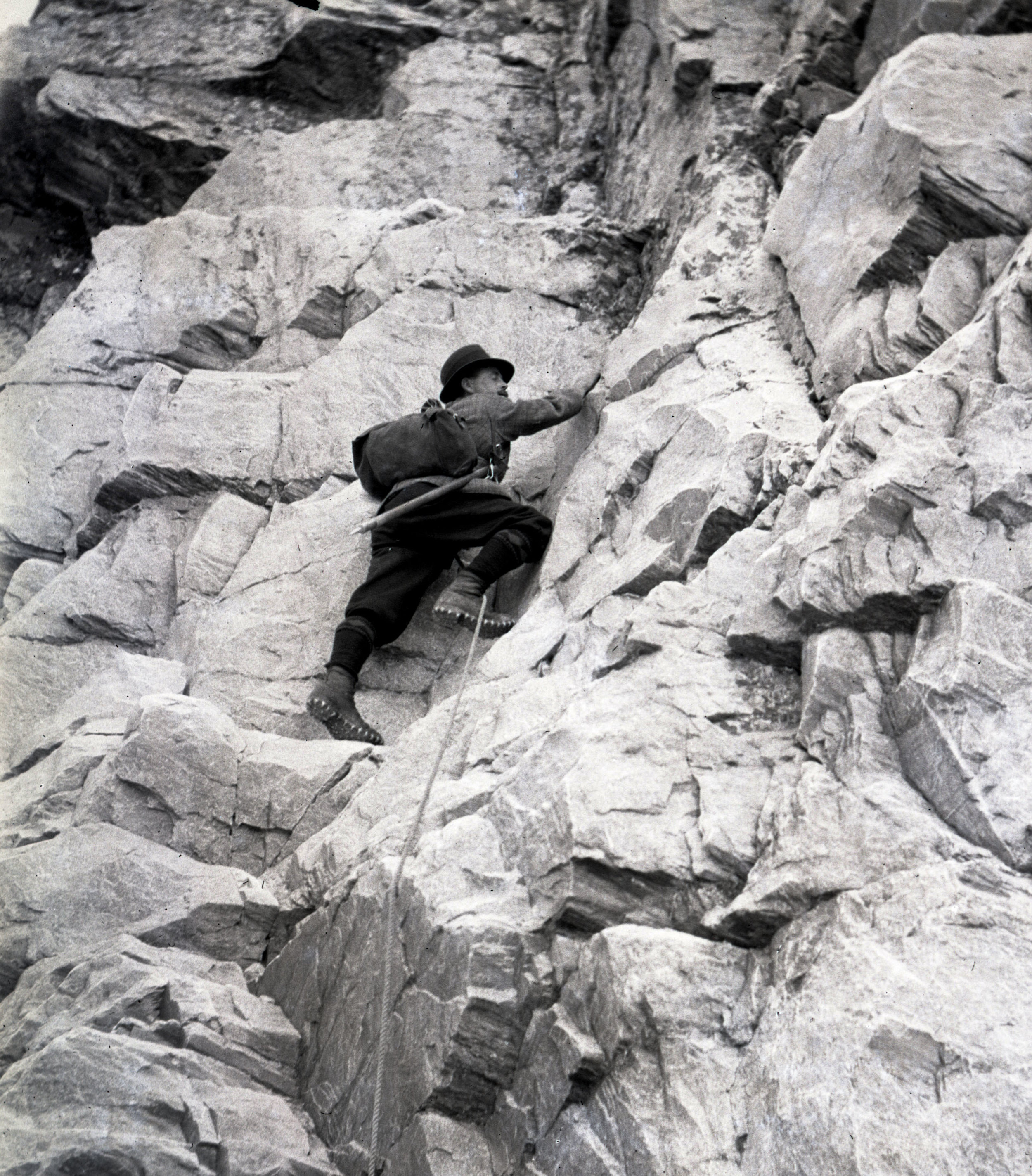
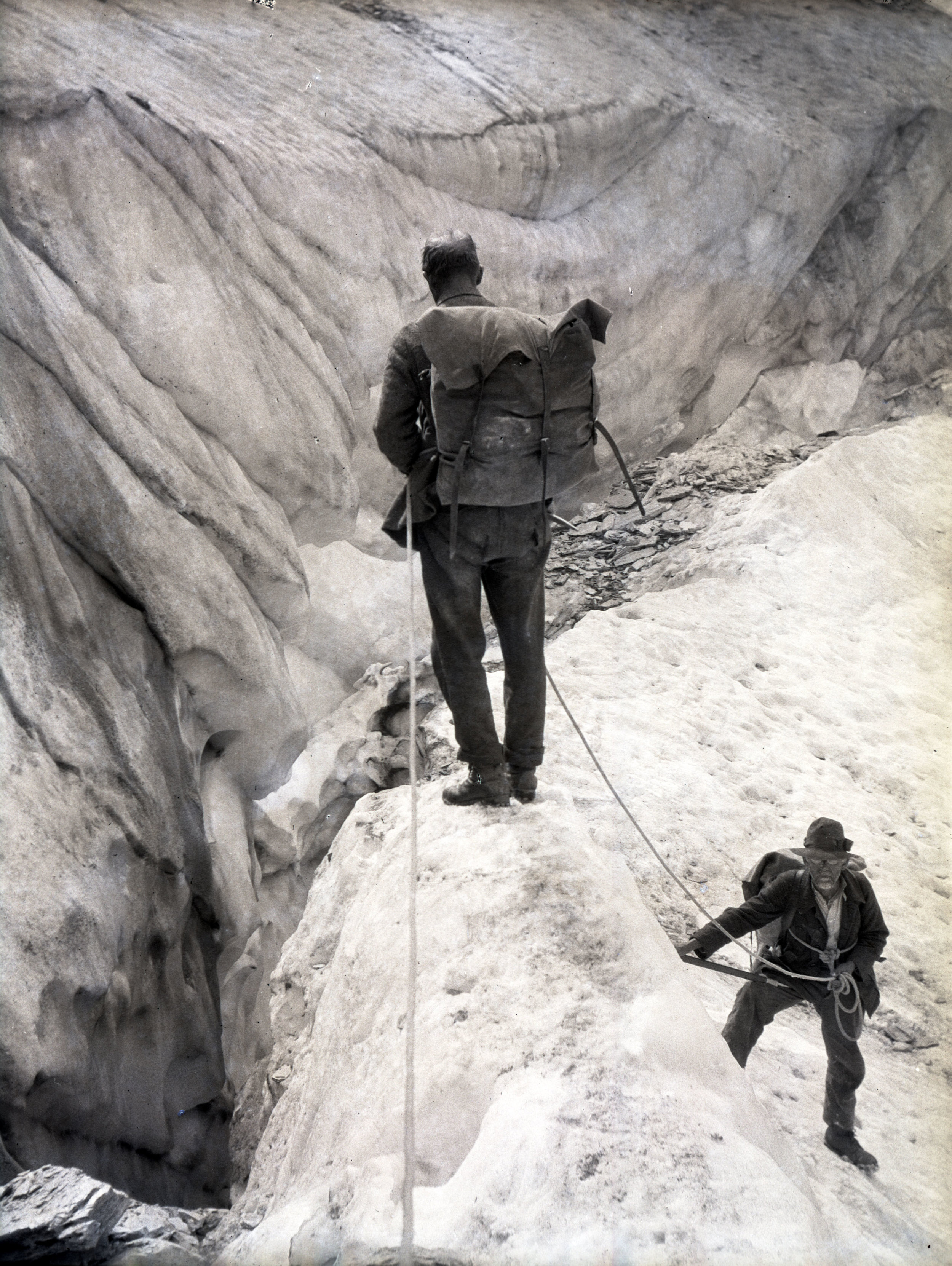
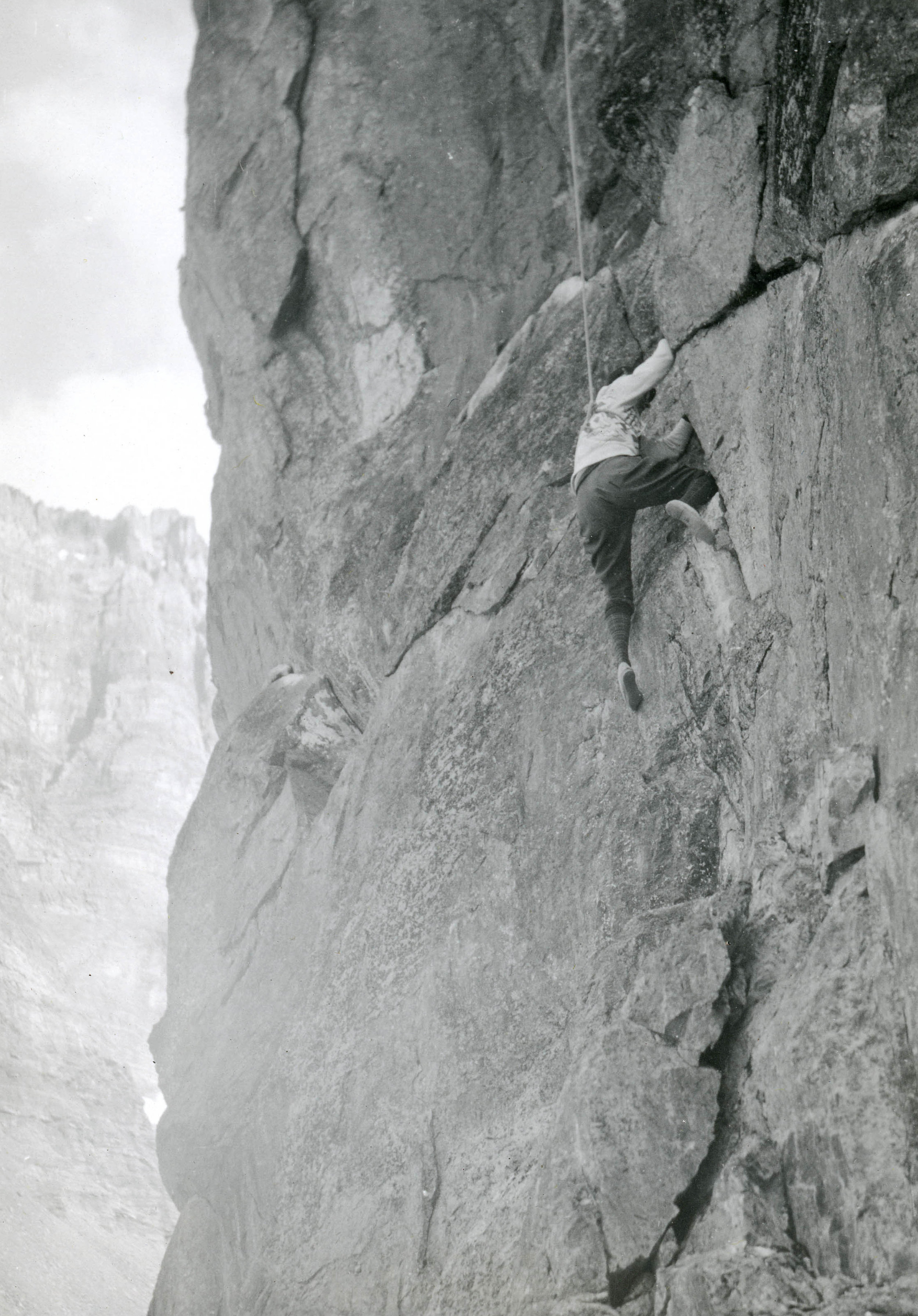
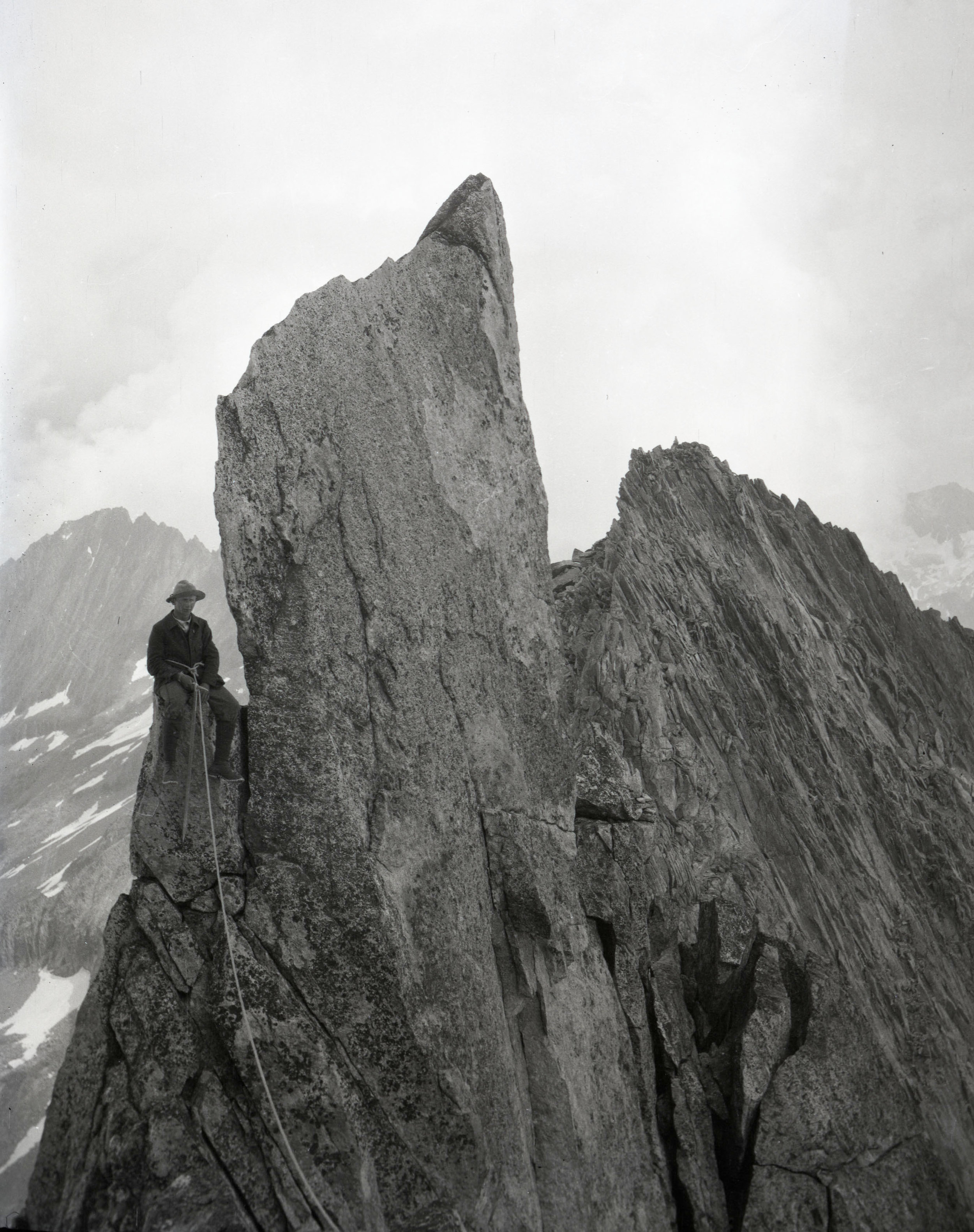

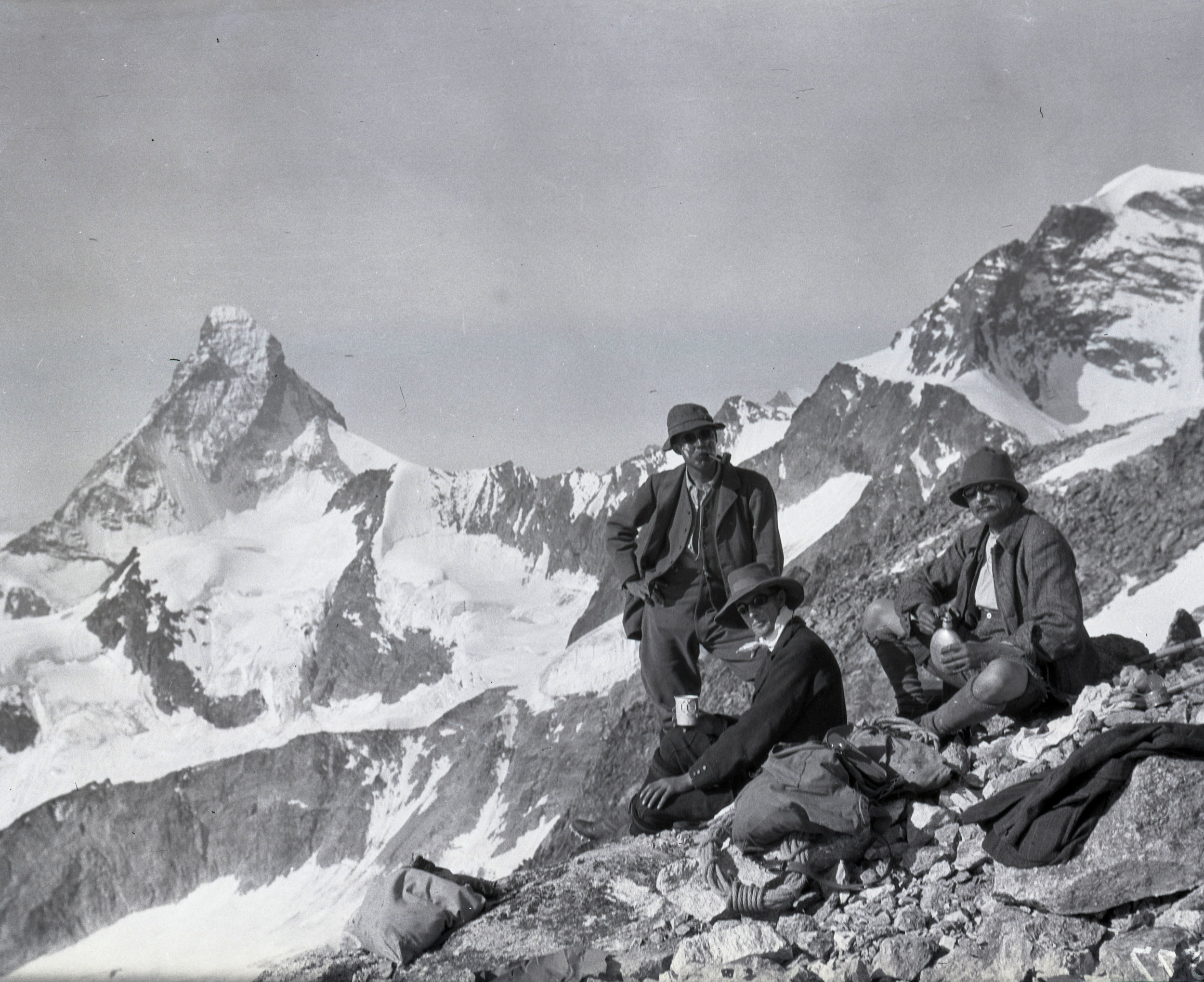
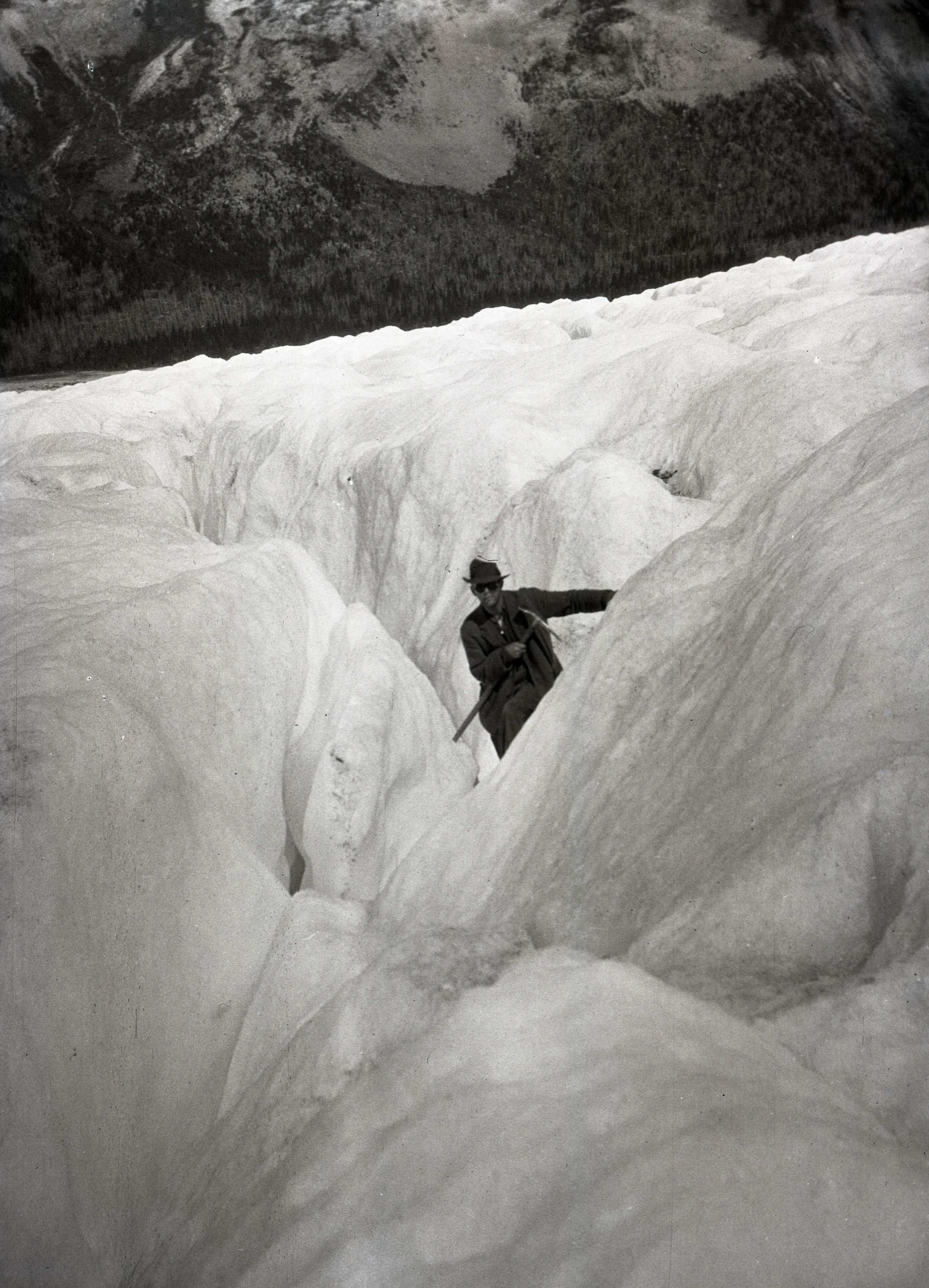
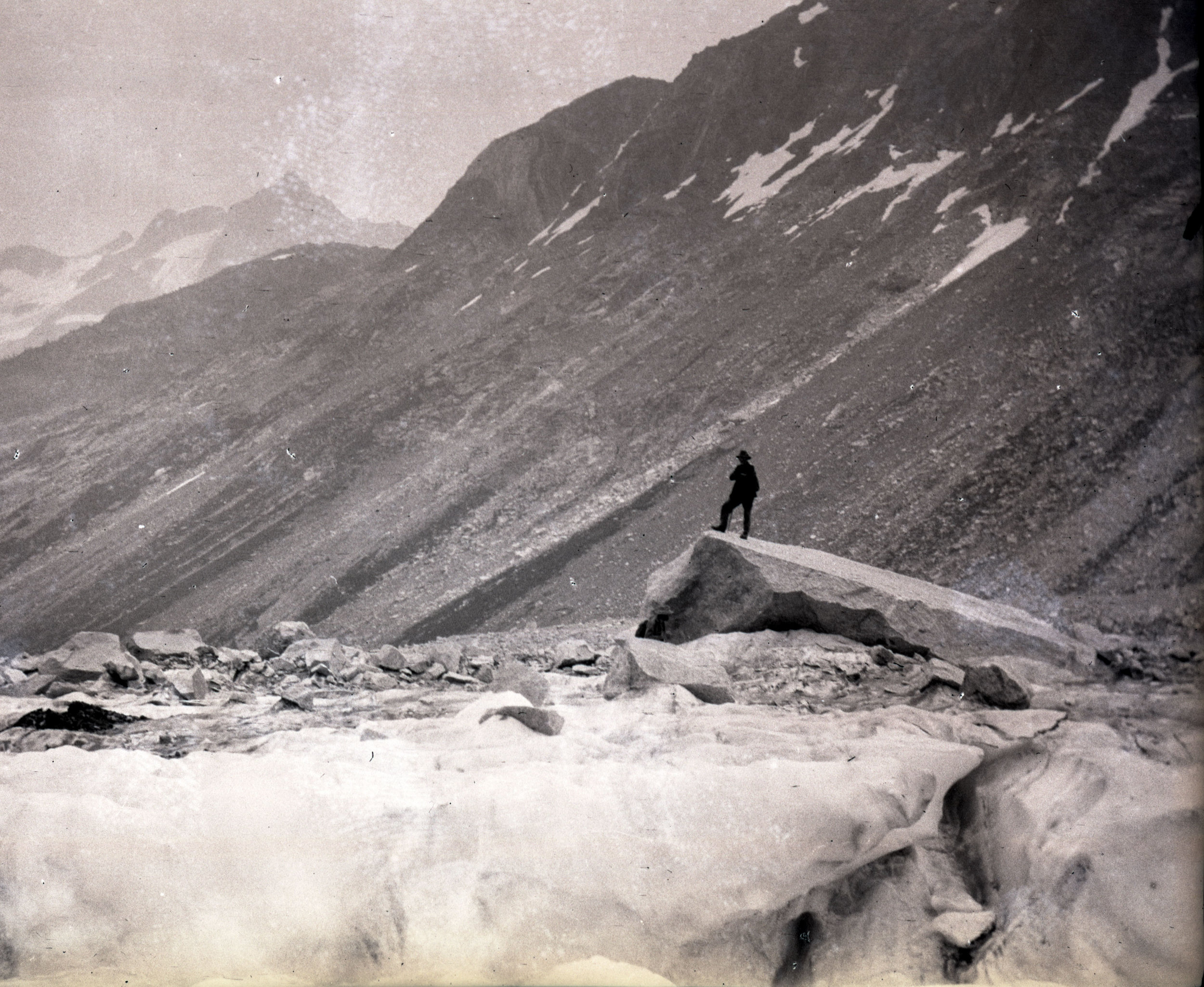
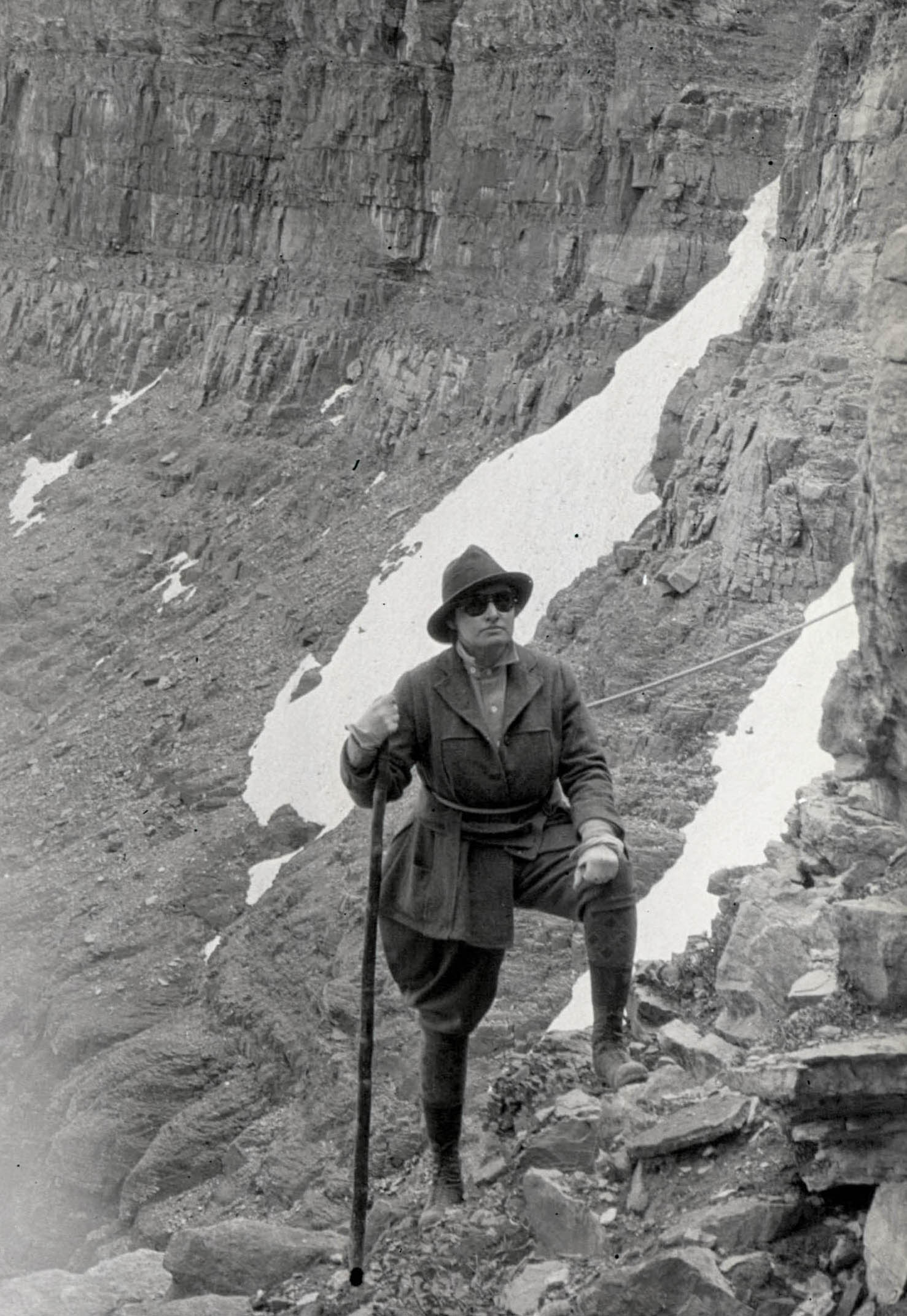
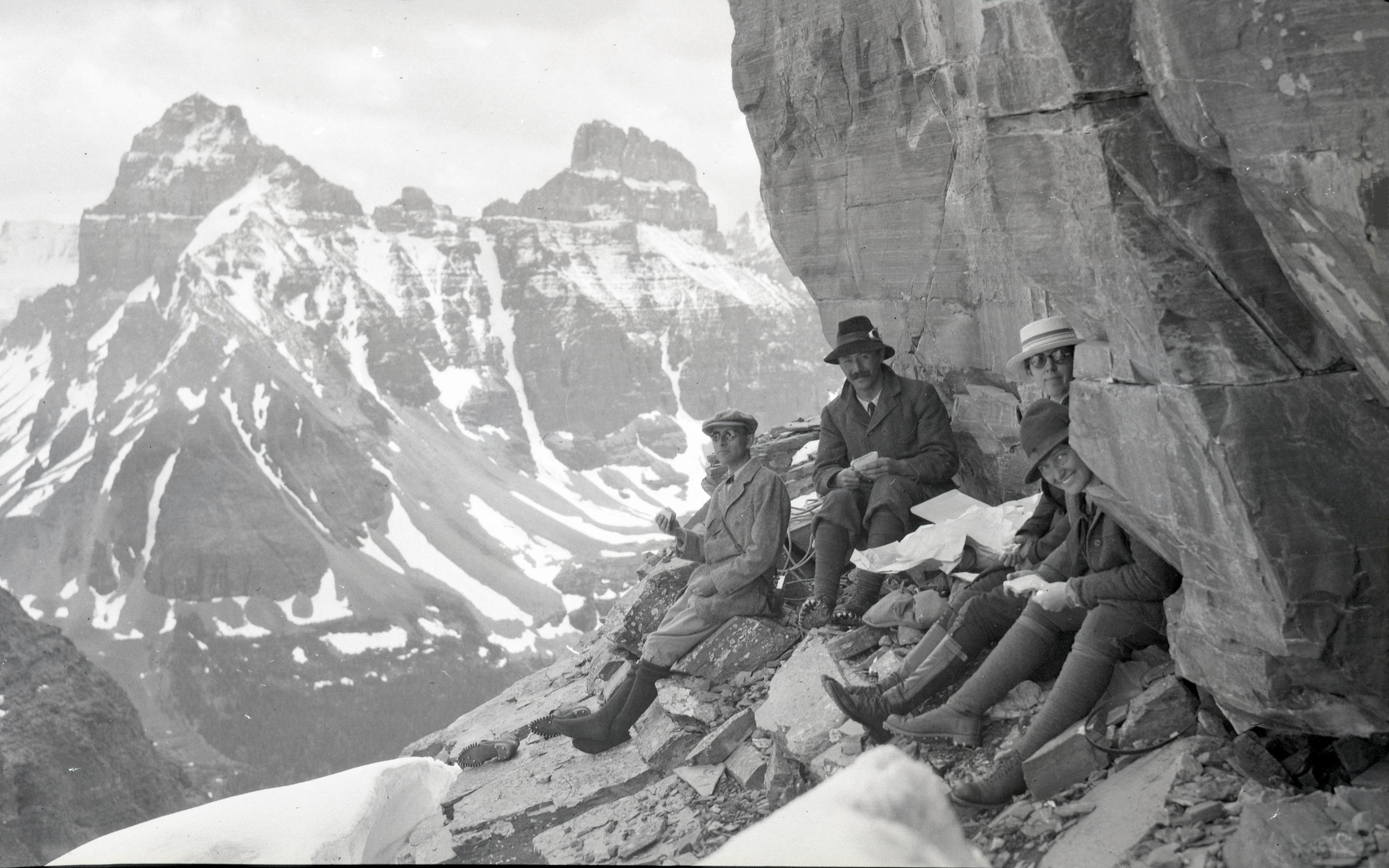
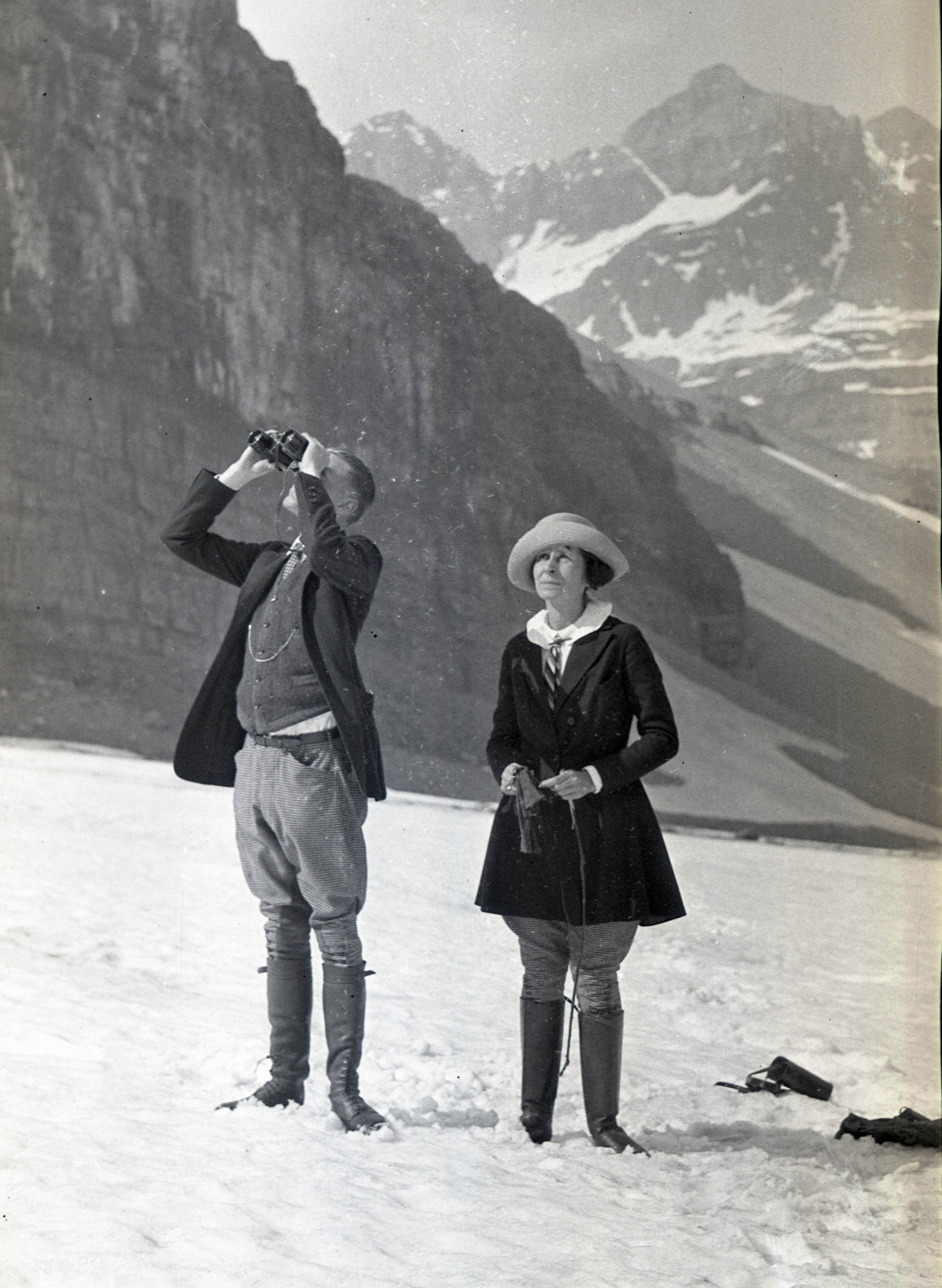
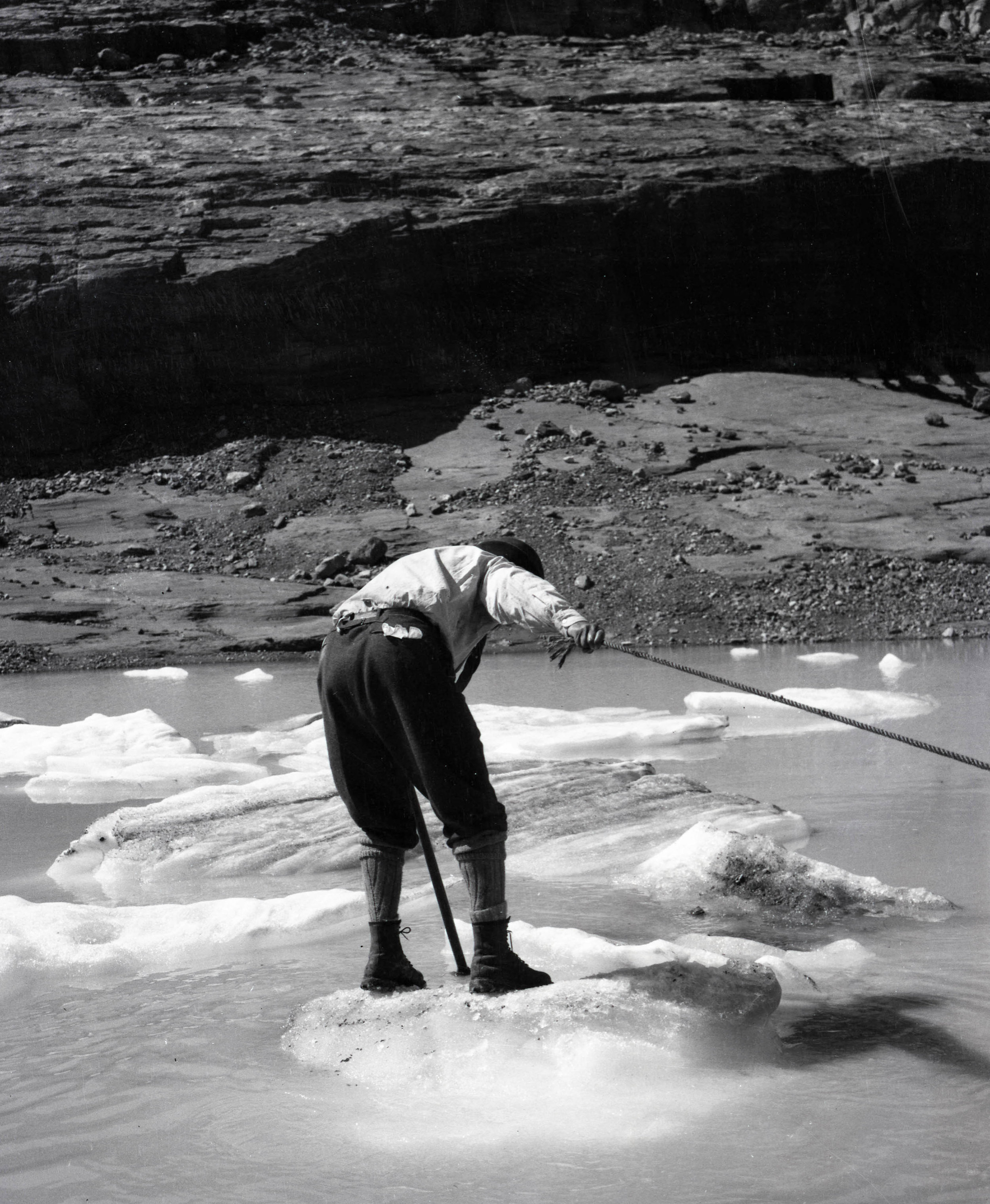
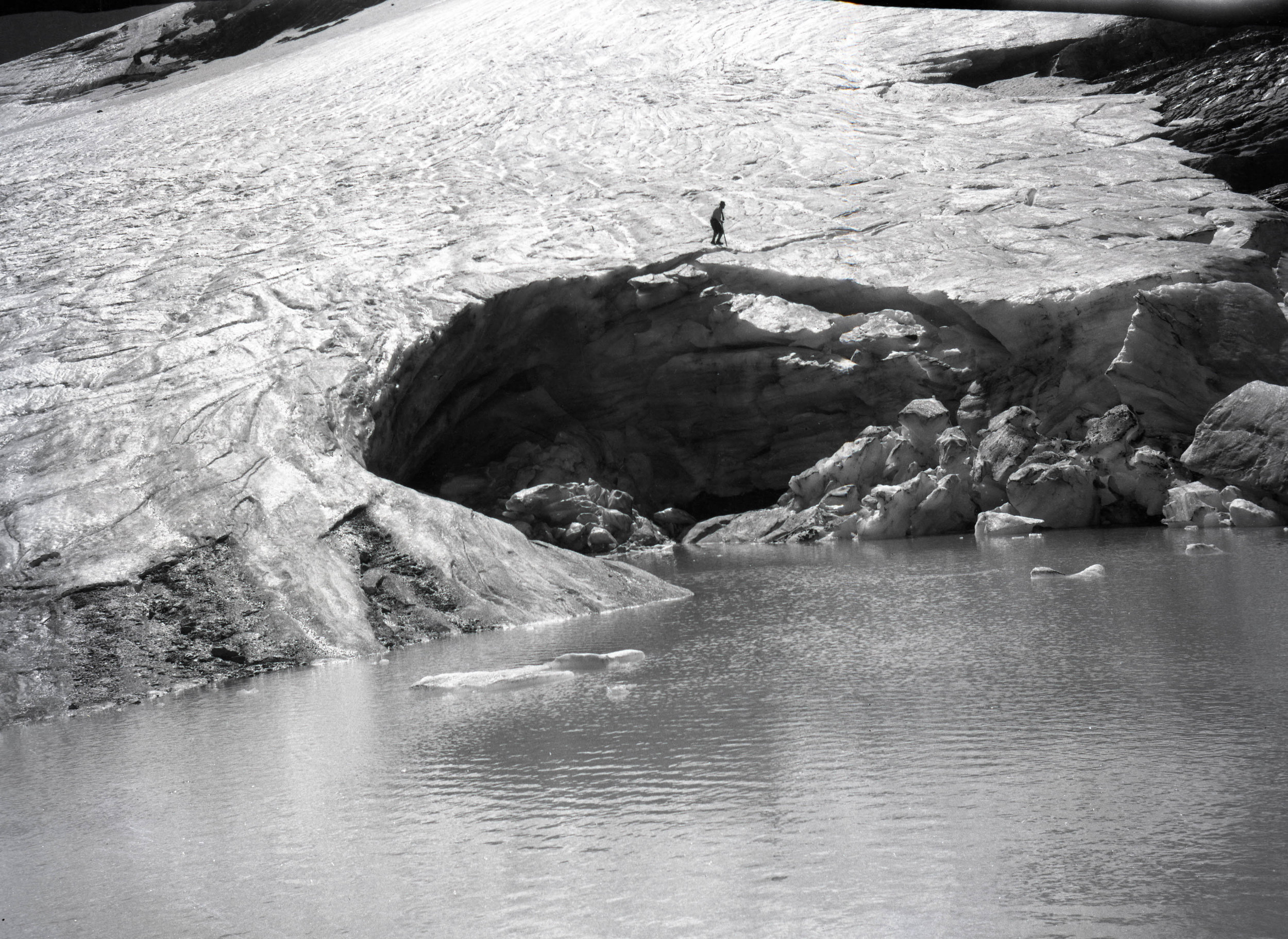
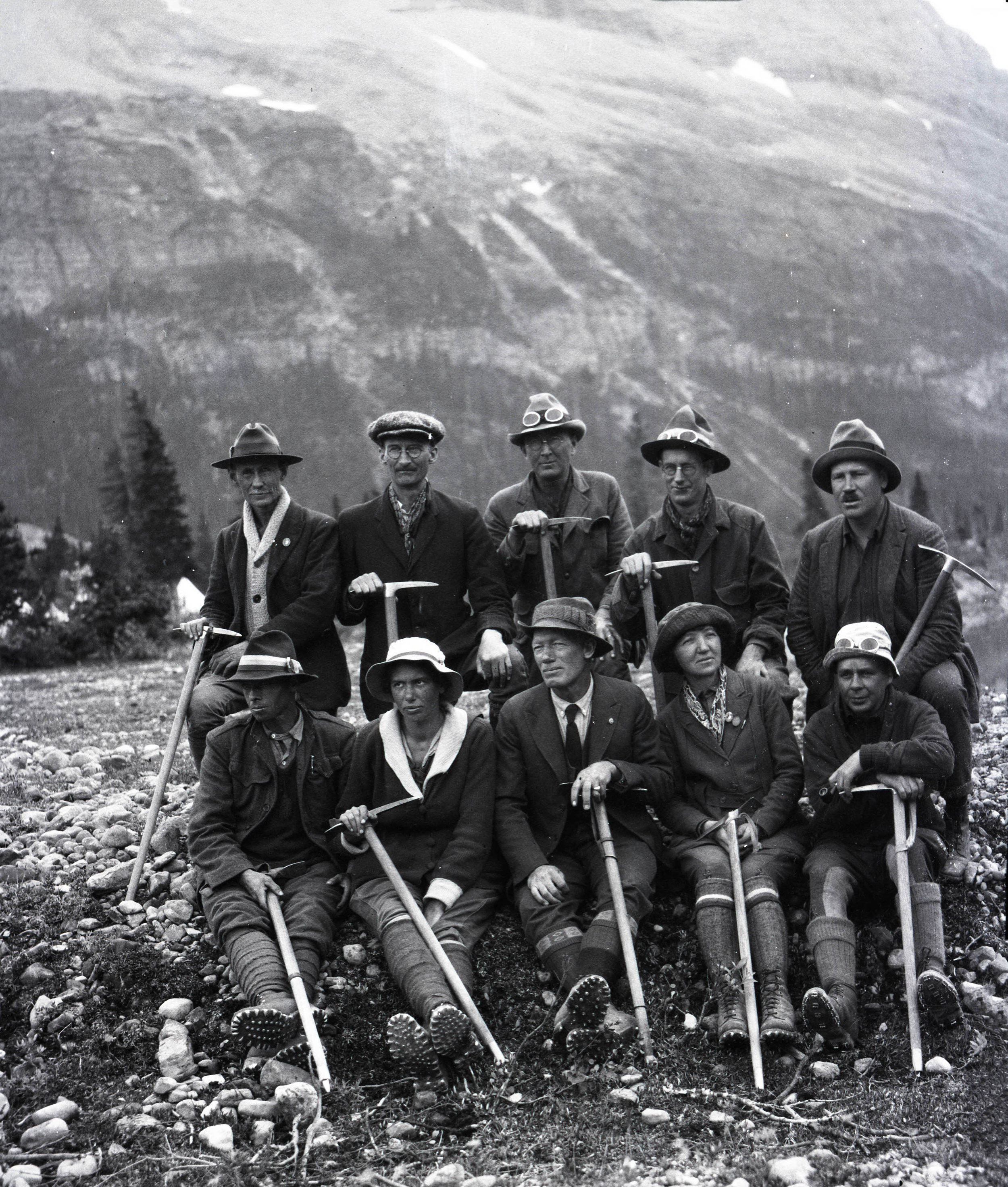
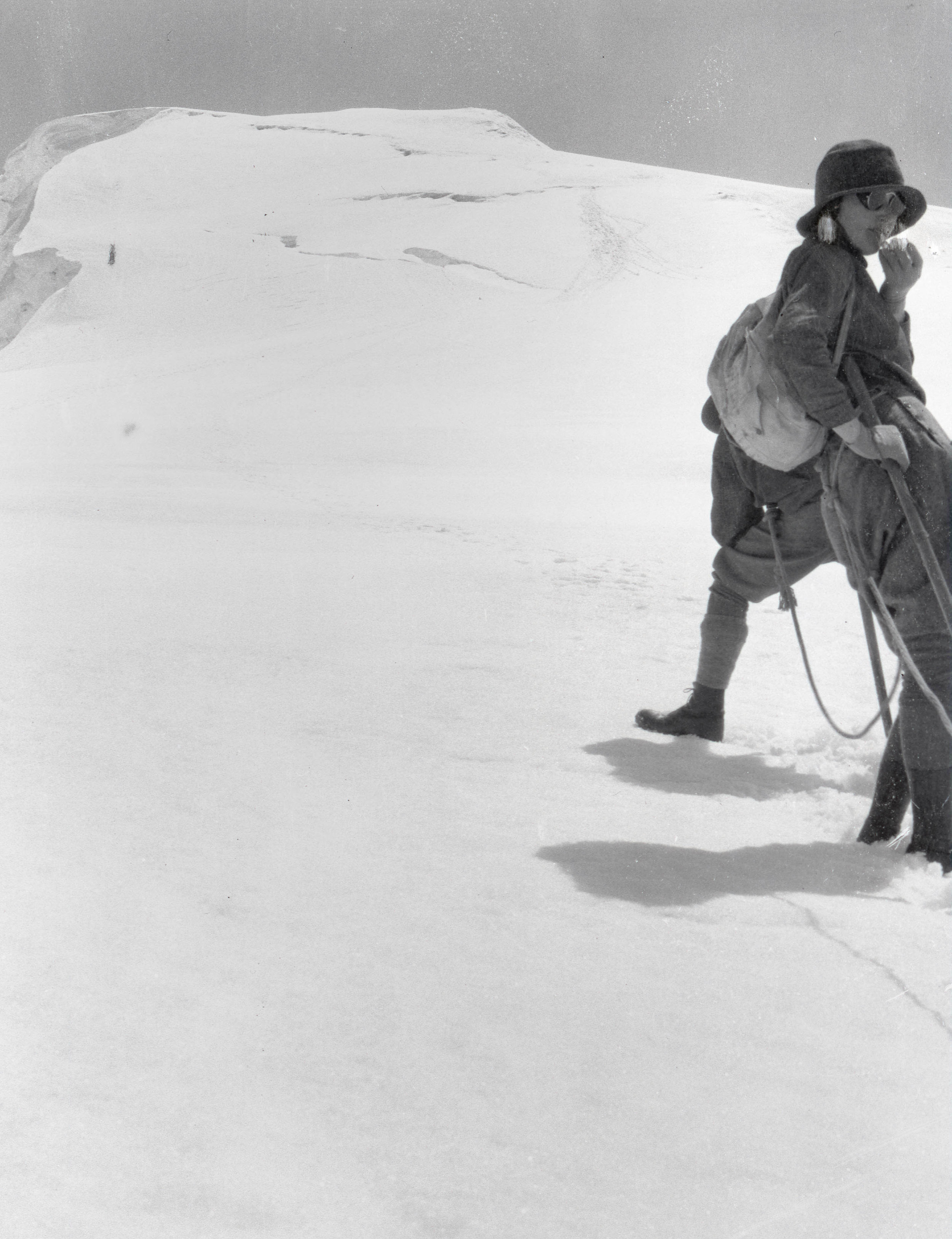
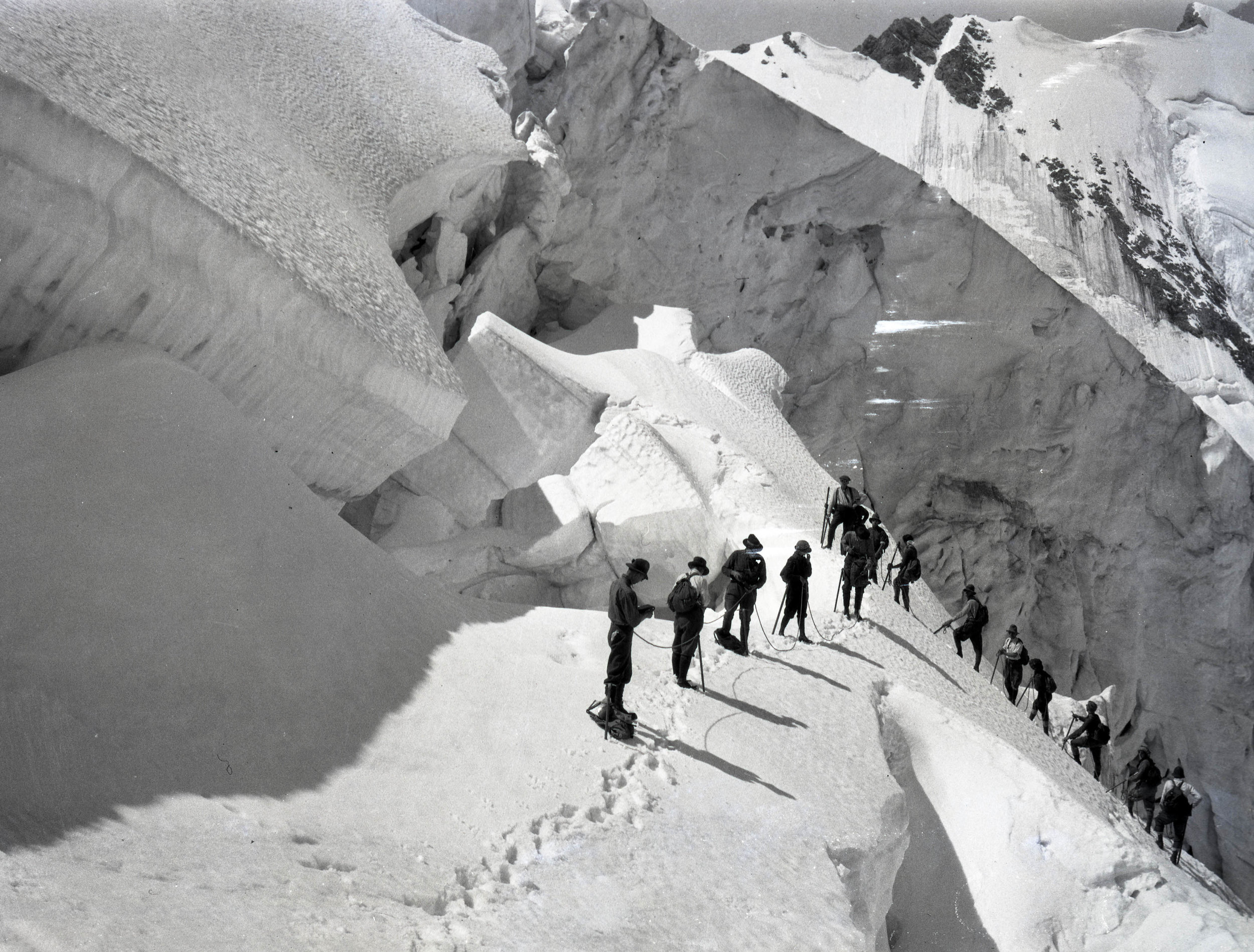
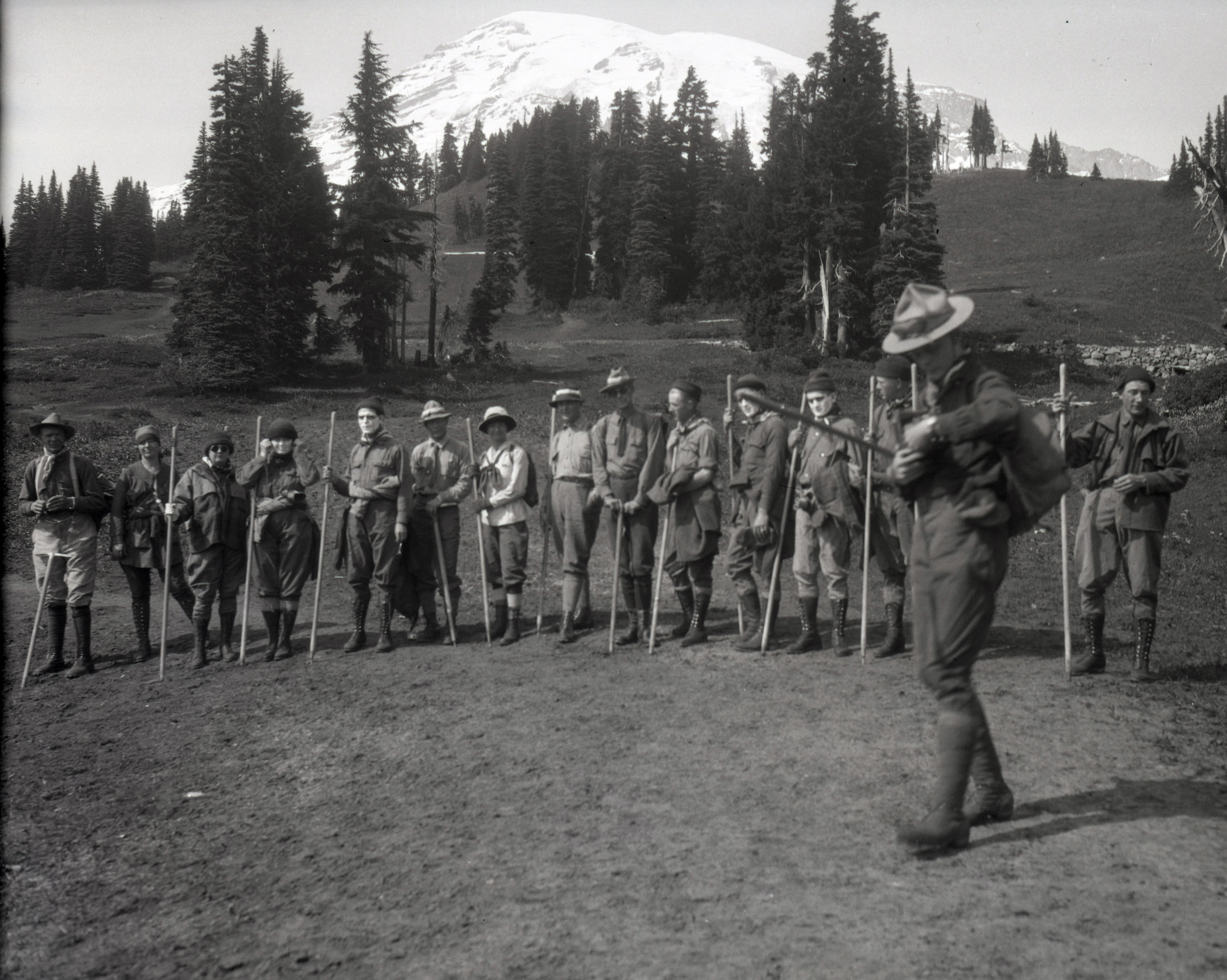
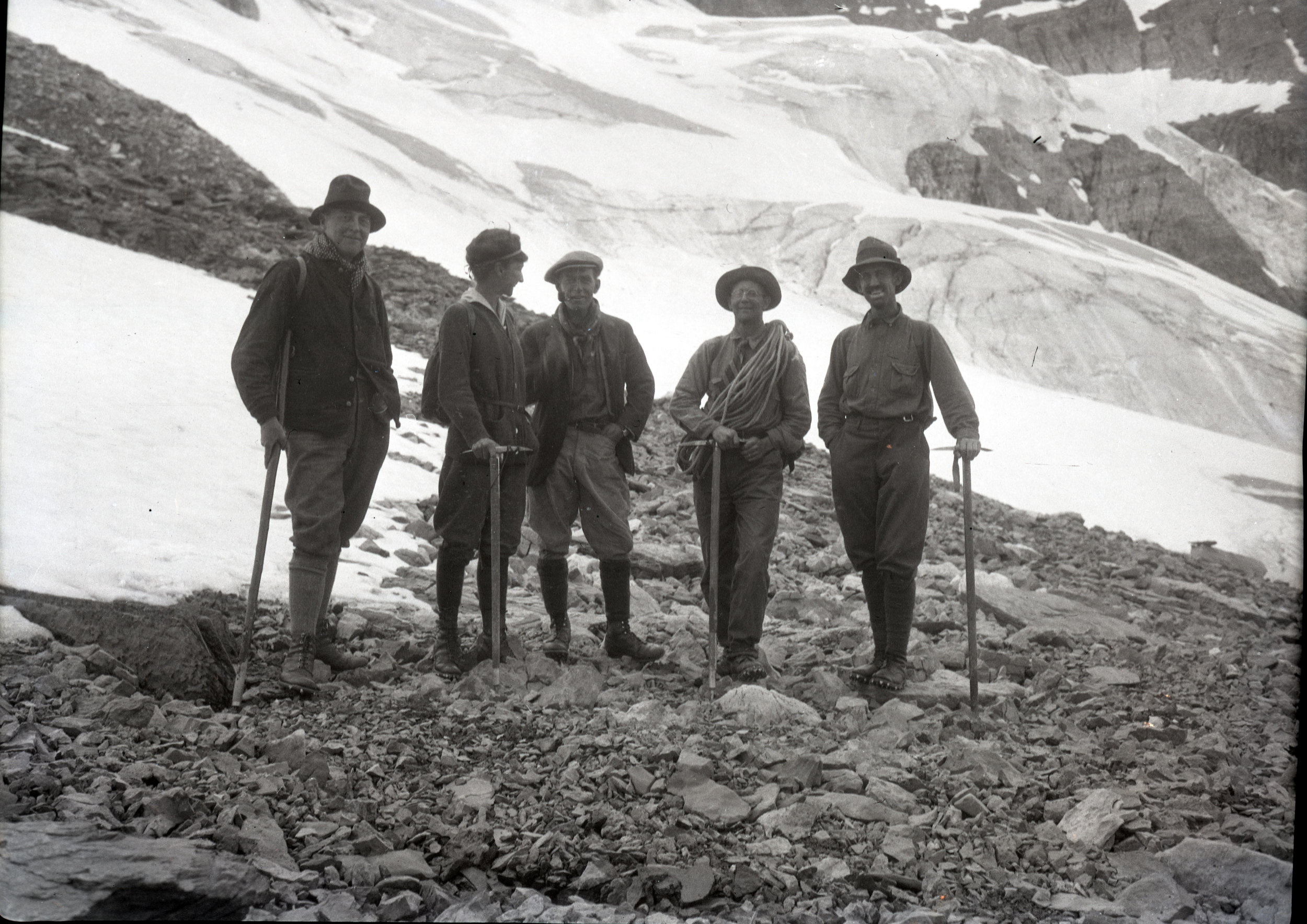
Equipment
Hobnail boots, hemp rope, canvas and silk tents and men’s and women’s climbing attire.
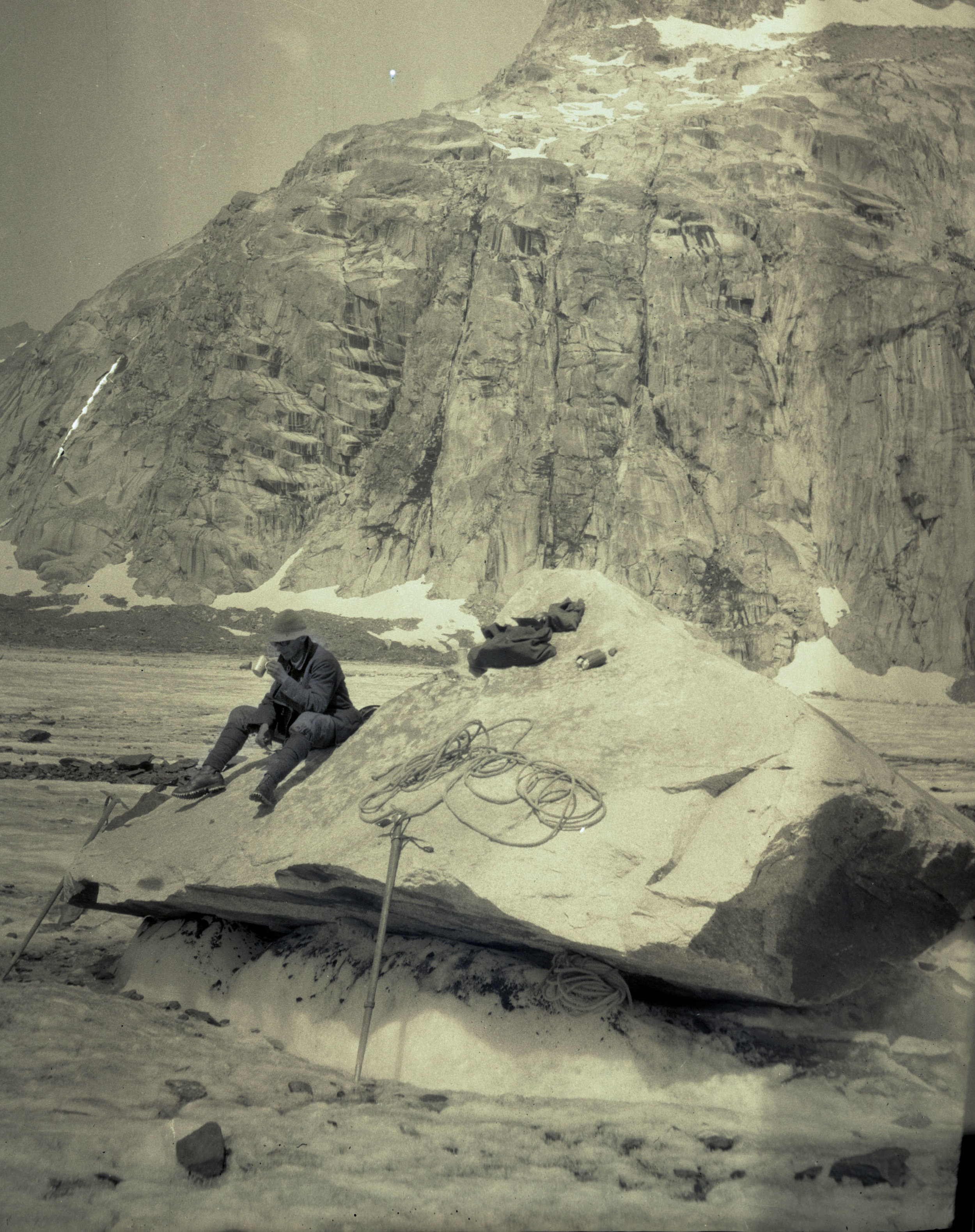
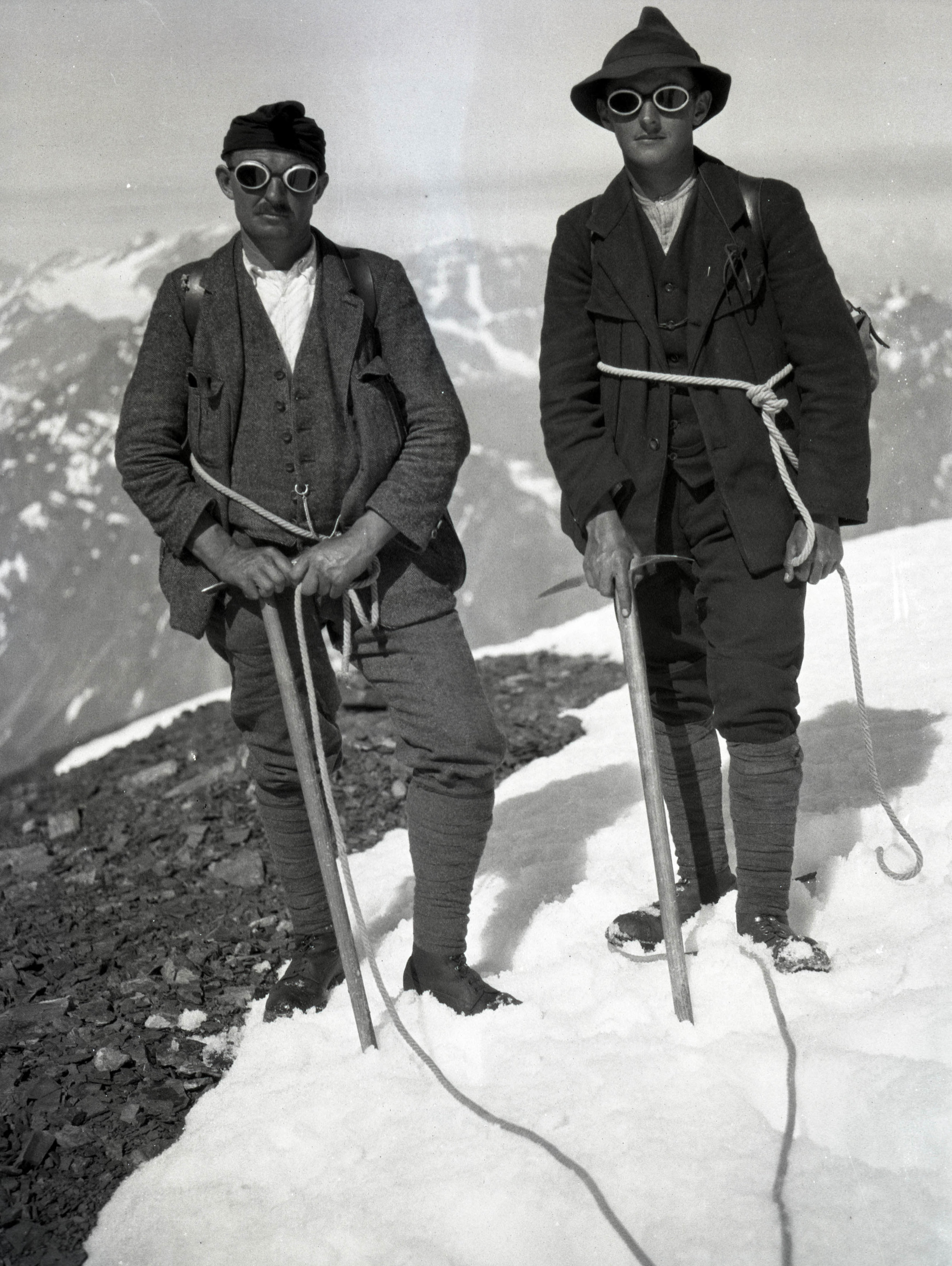
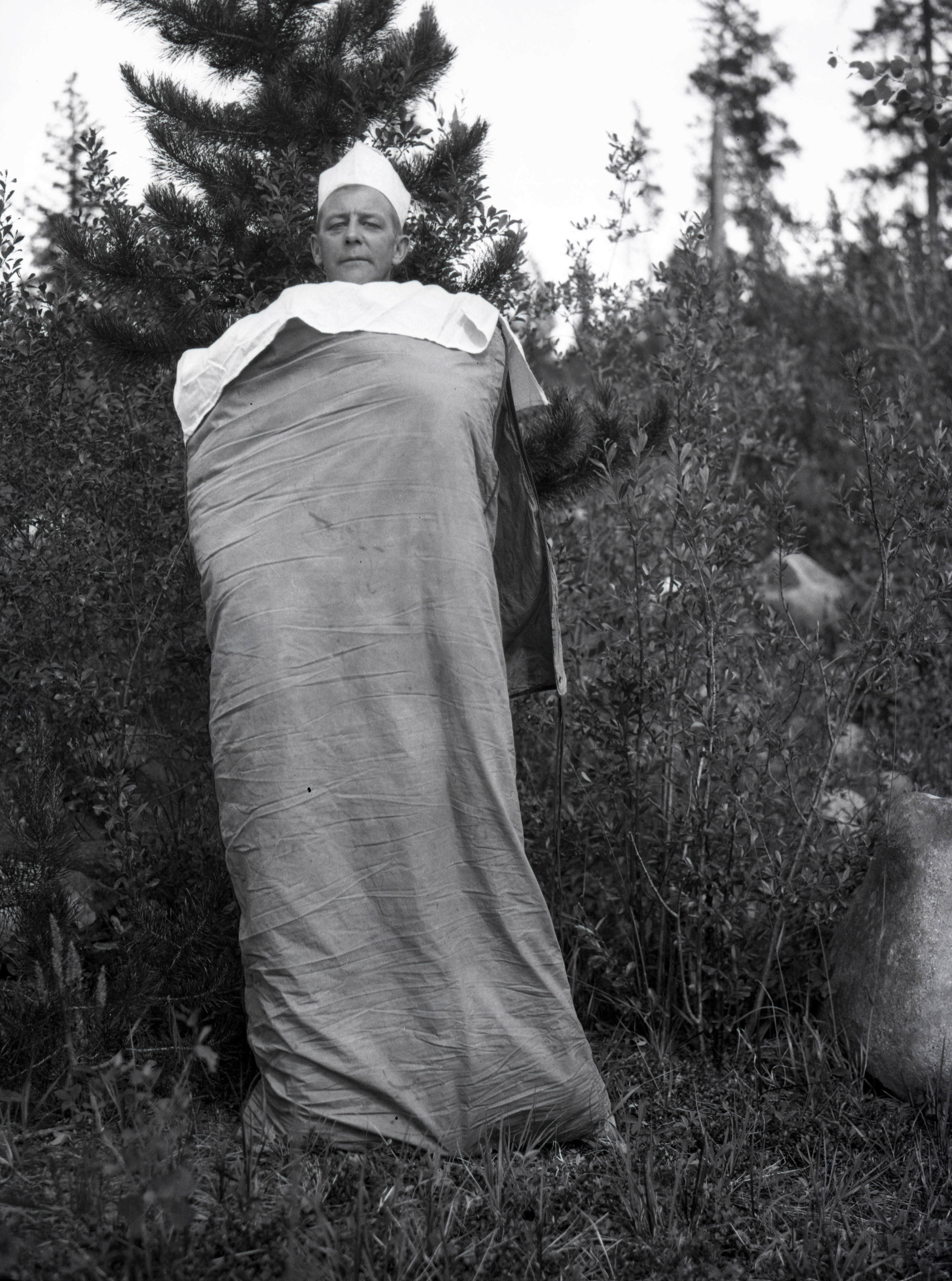
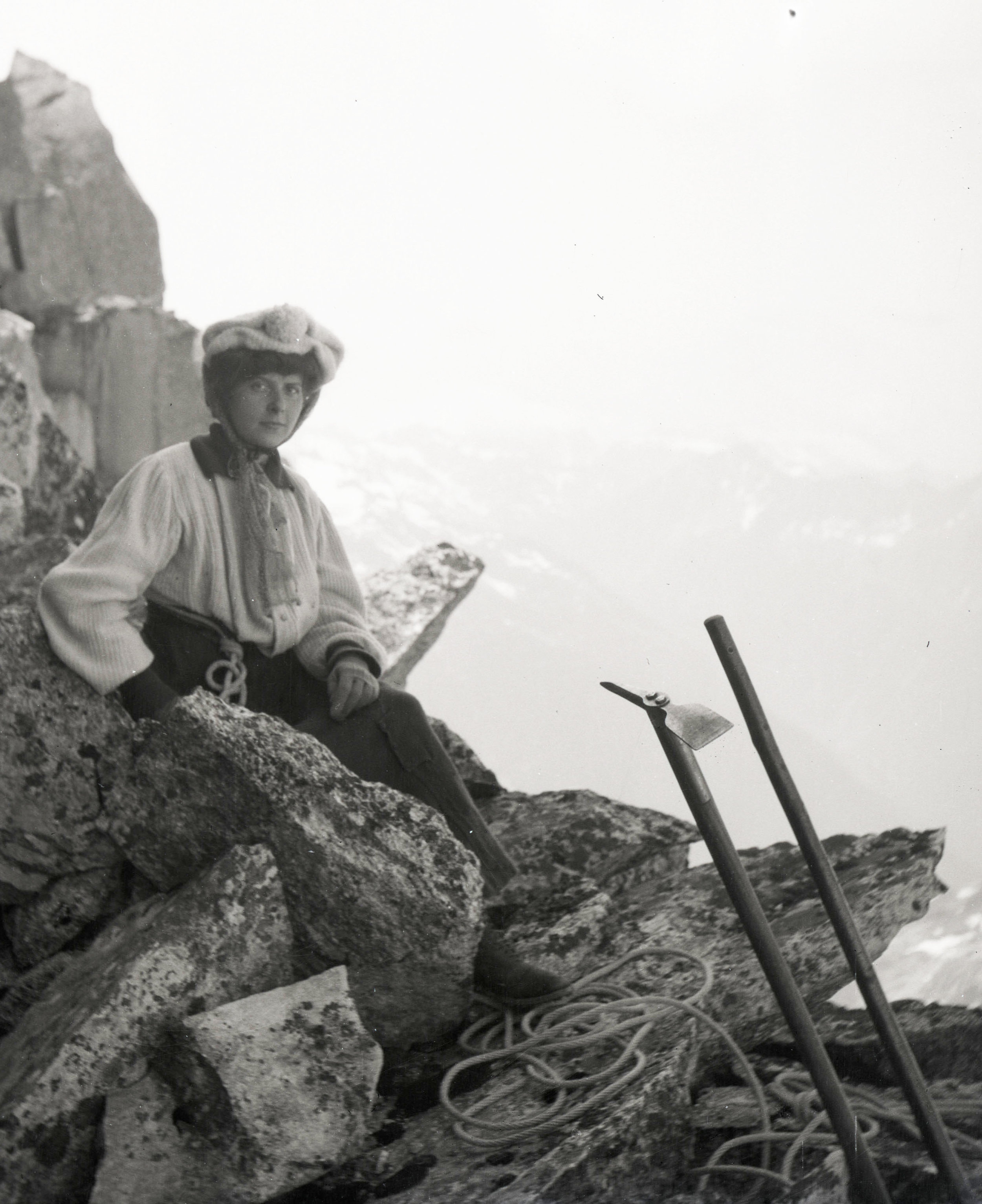
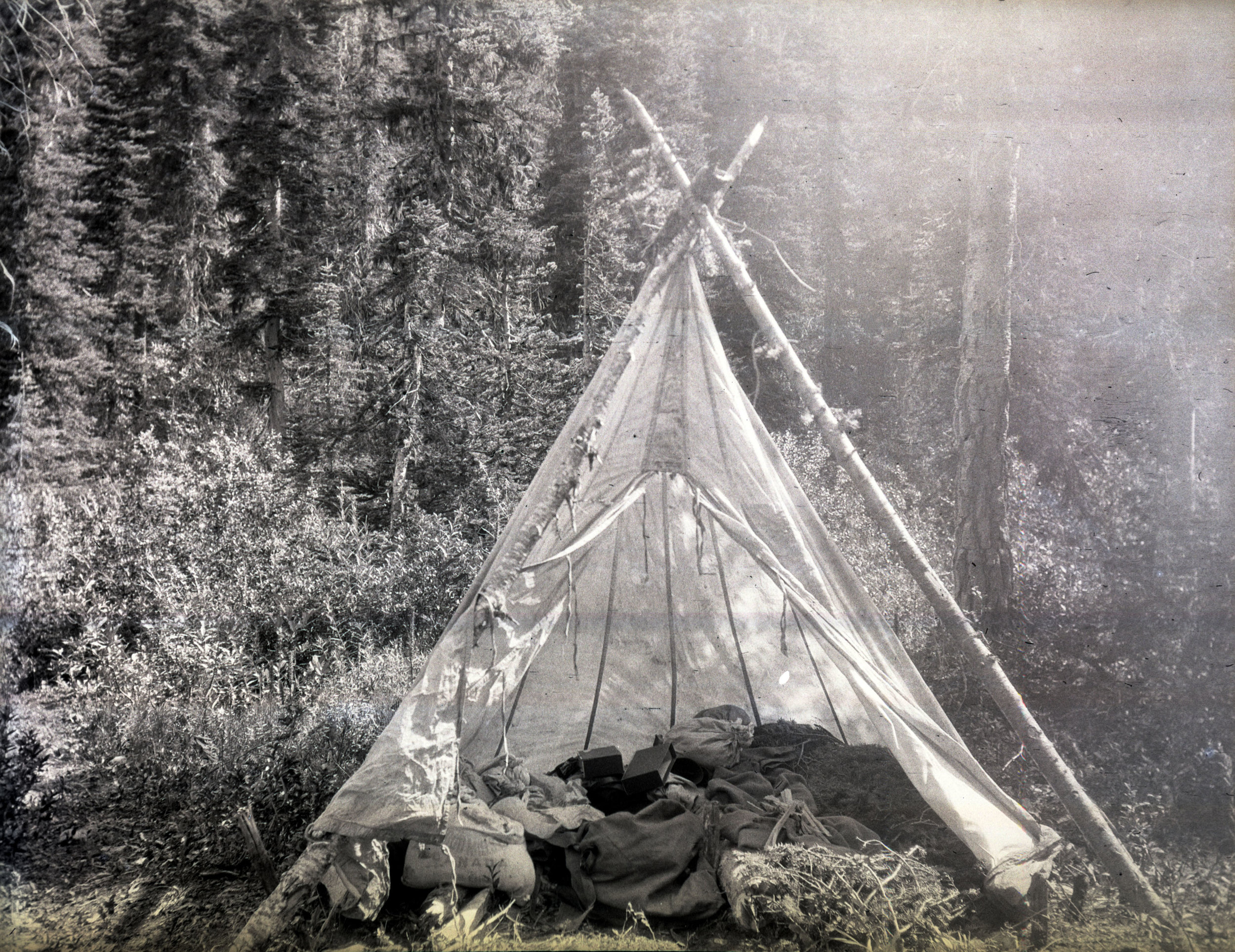
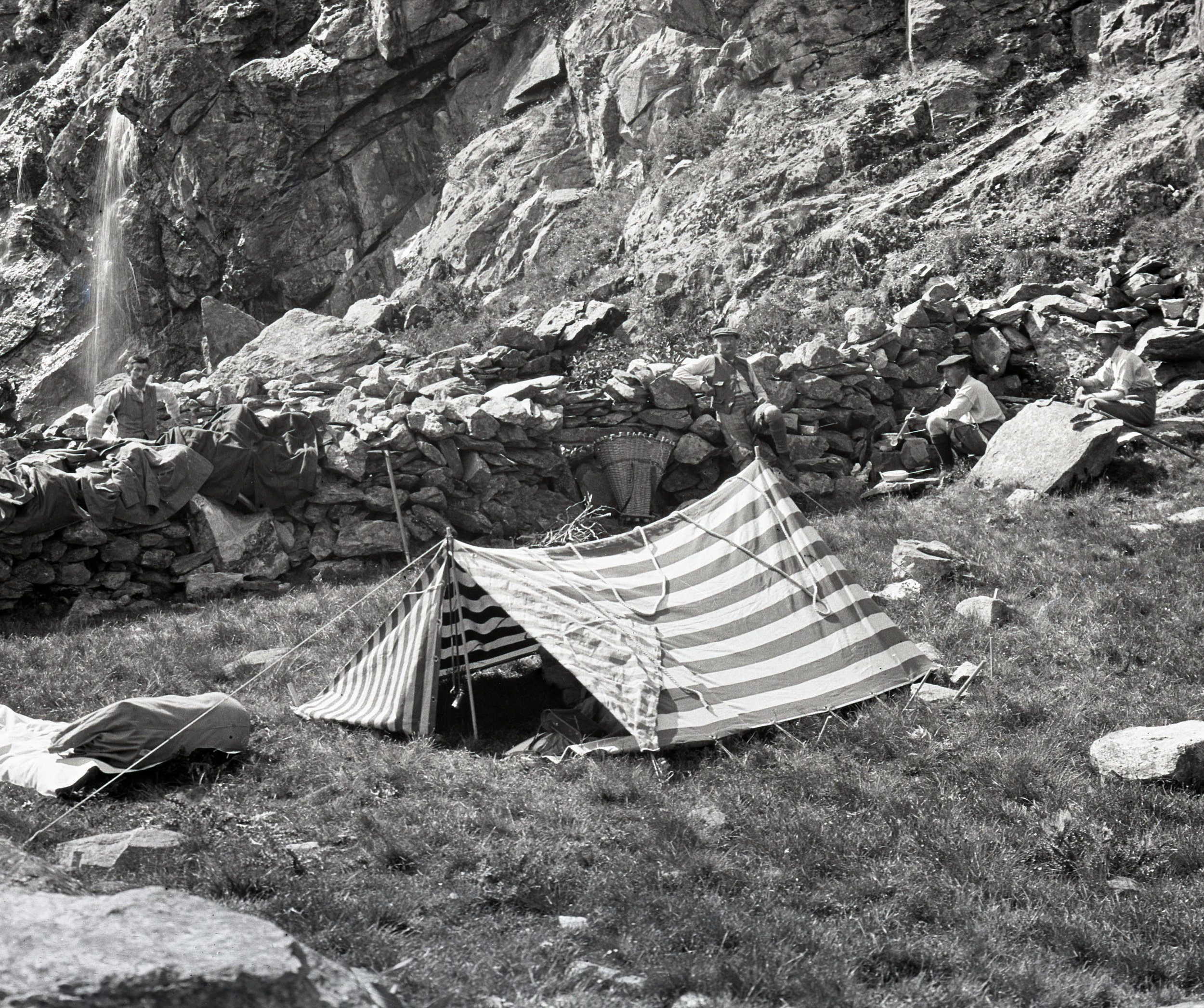
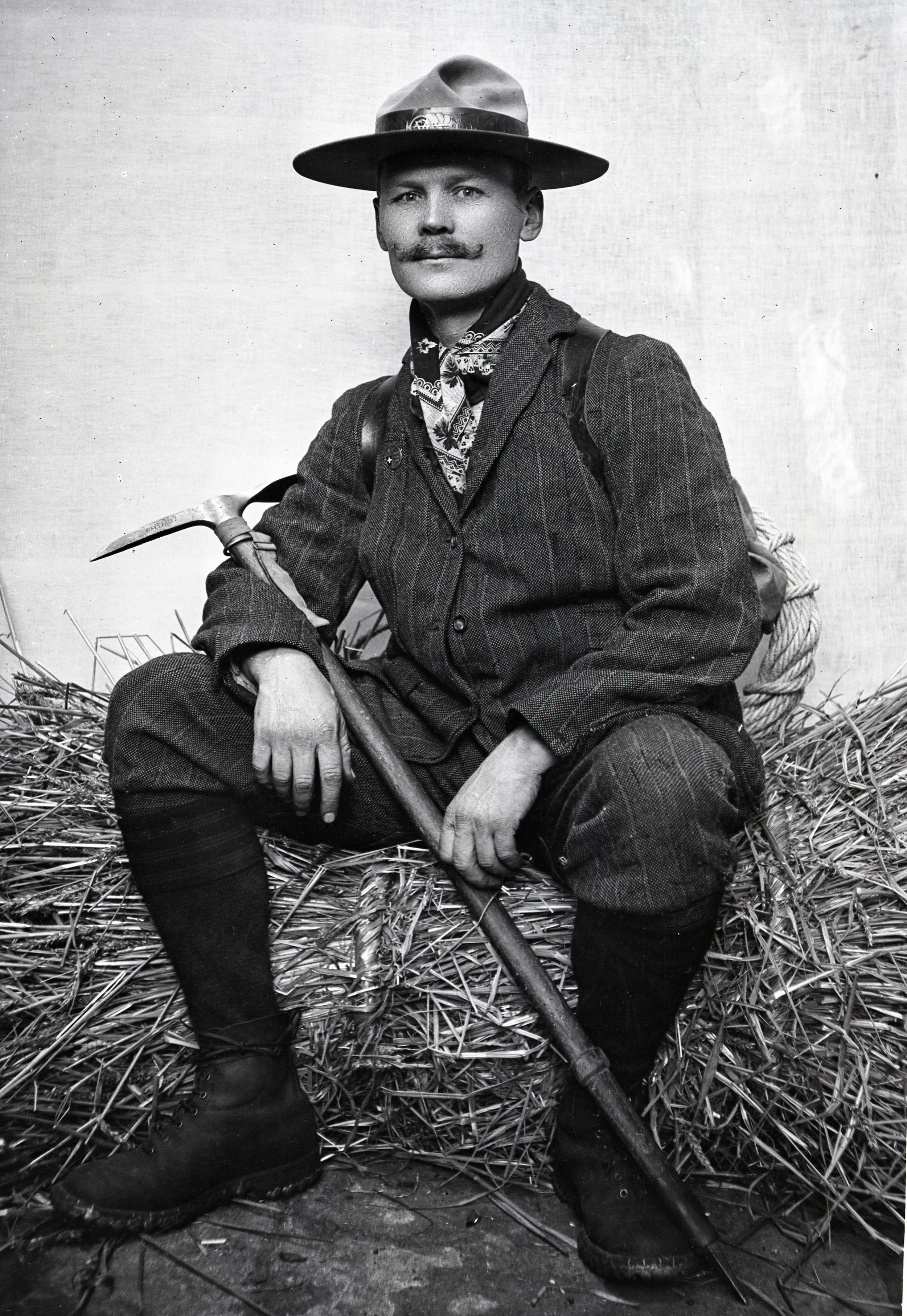
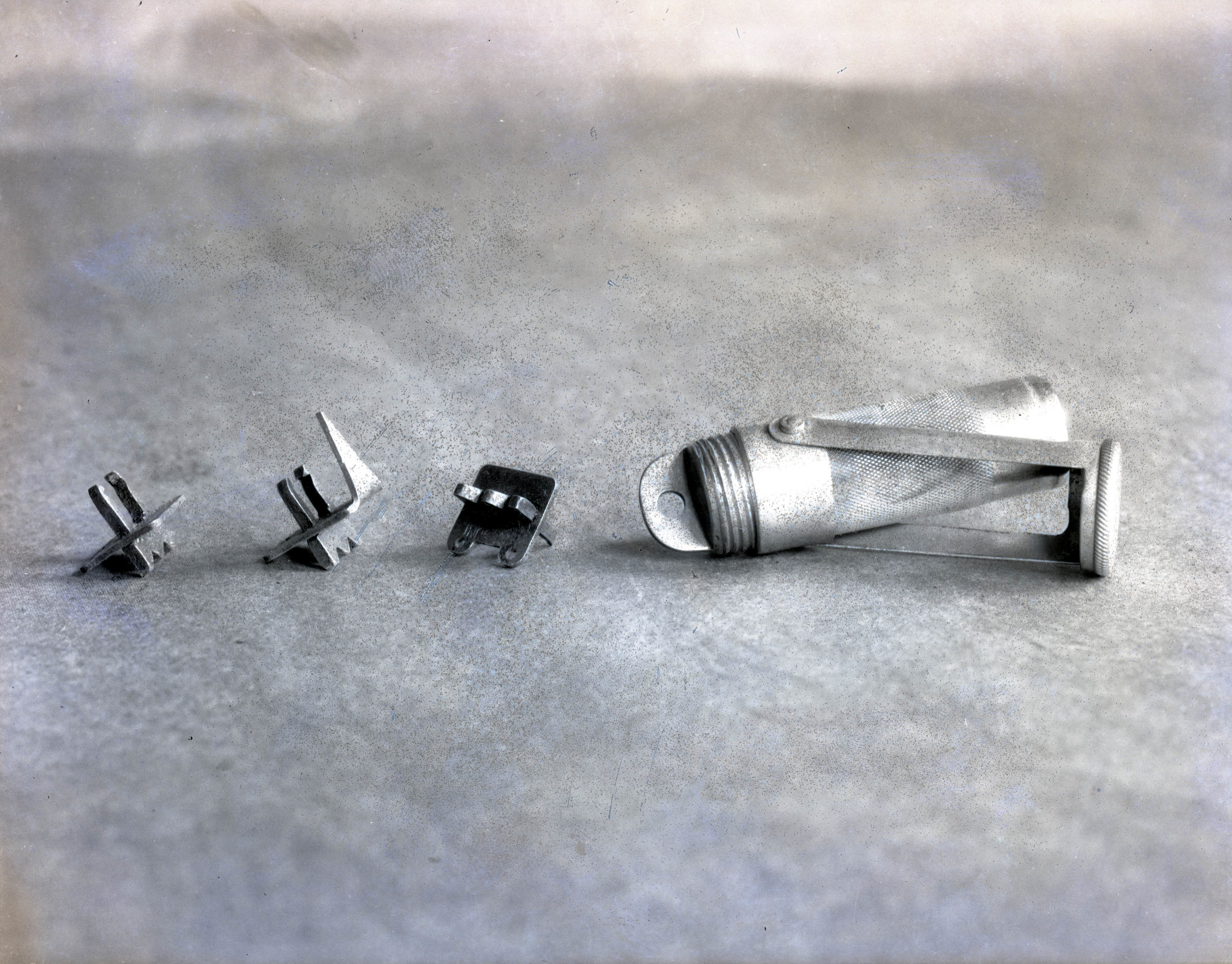
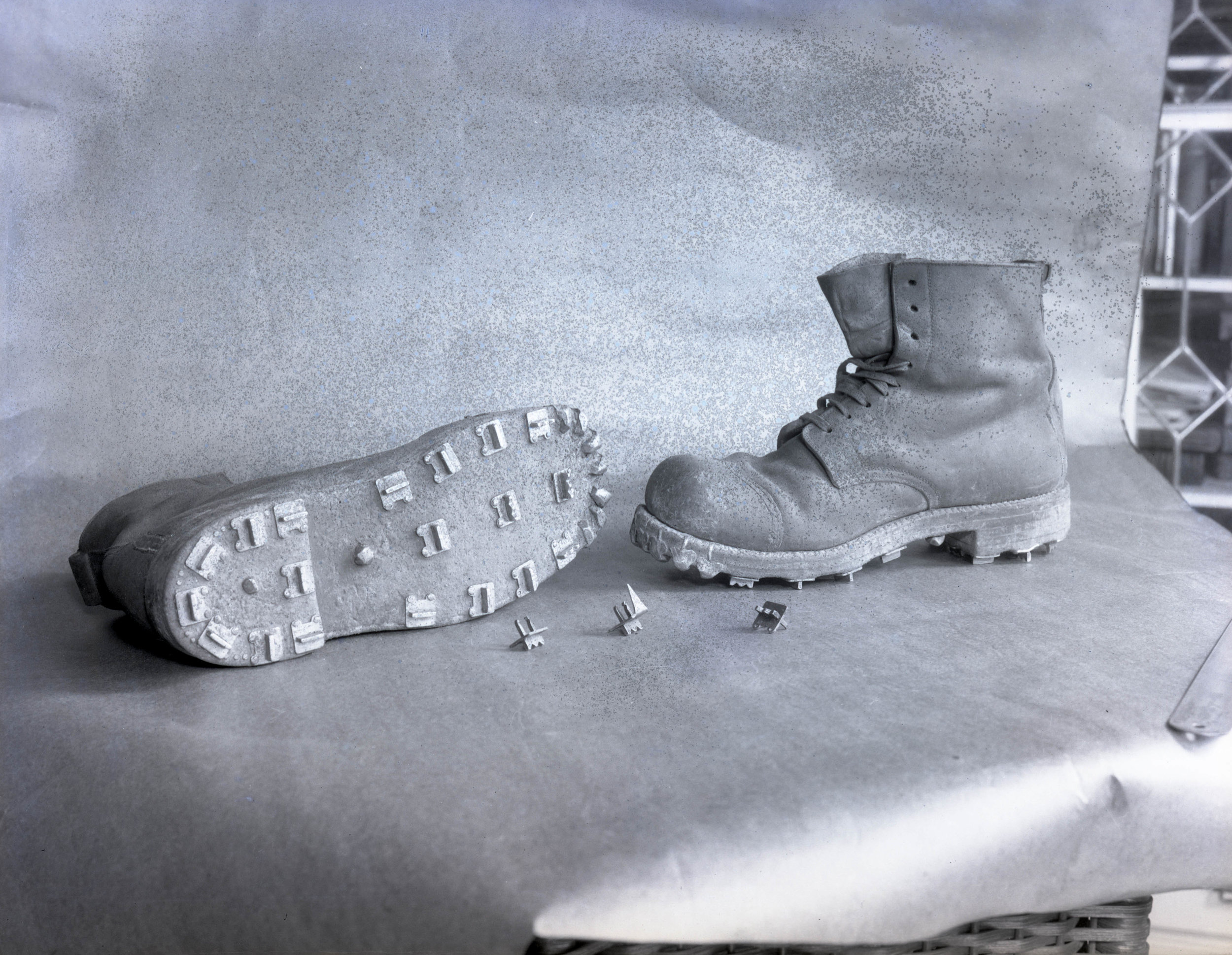
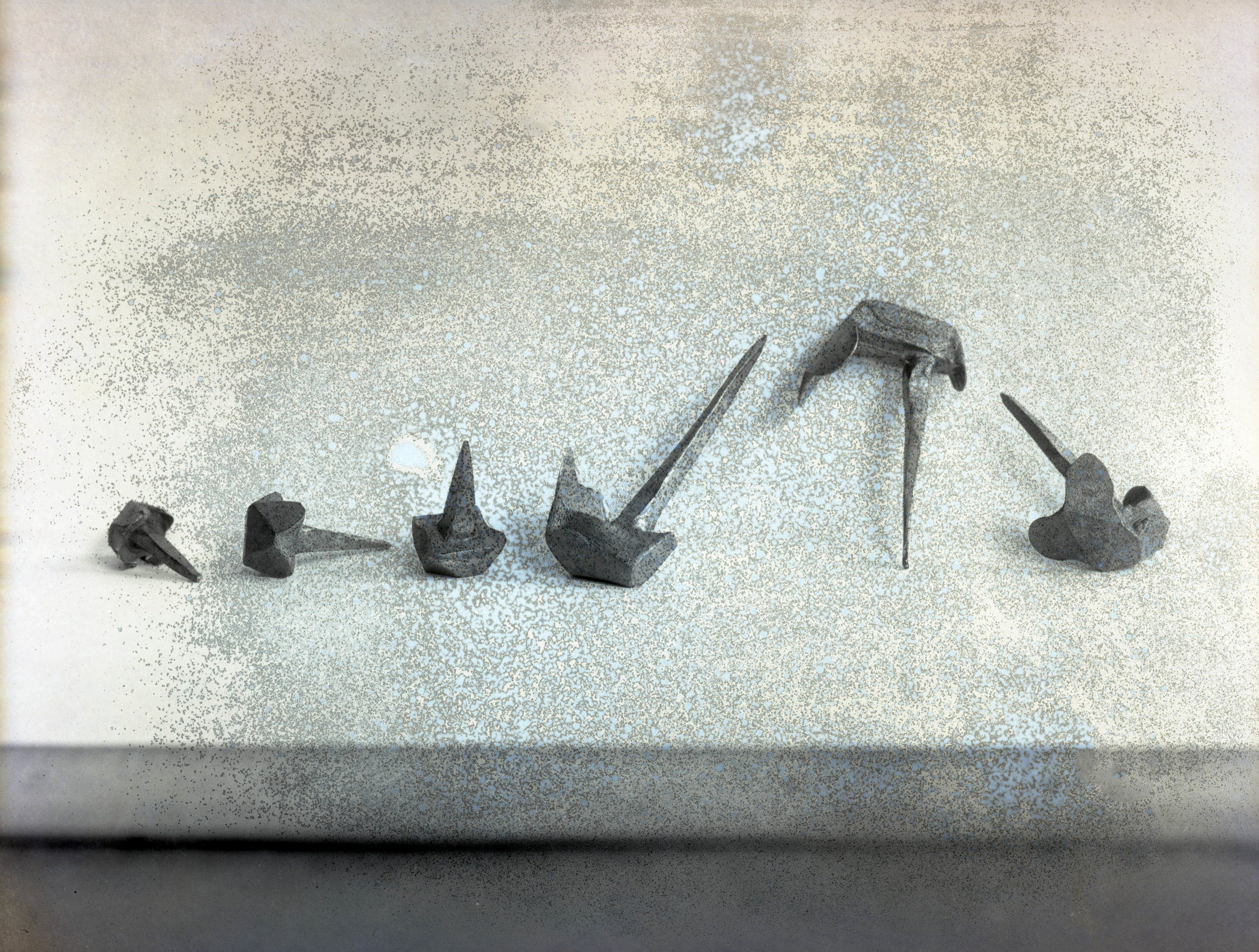
Summits
Men and women on top
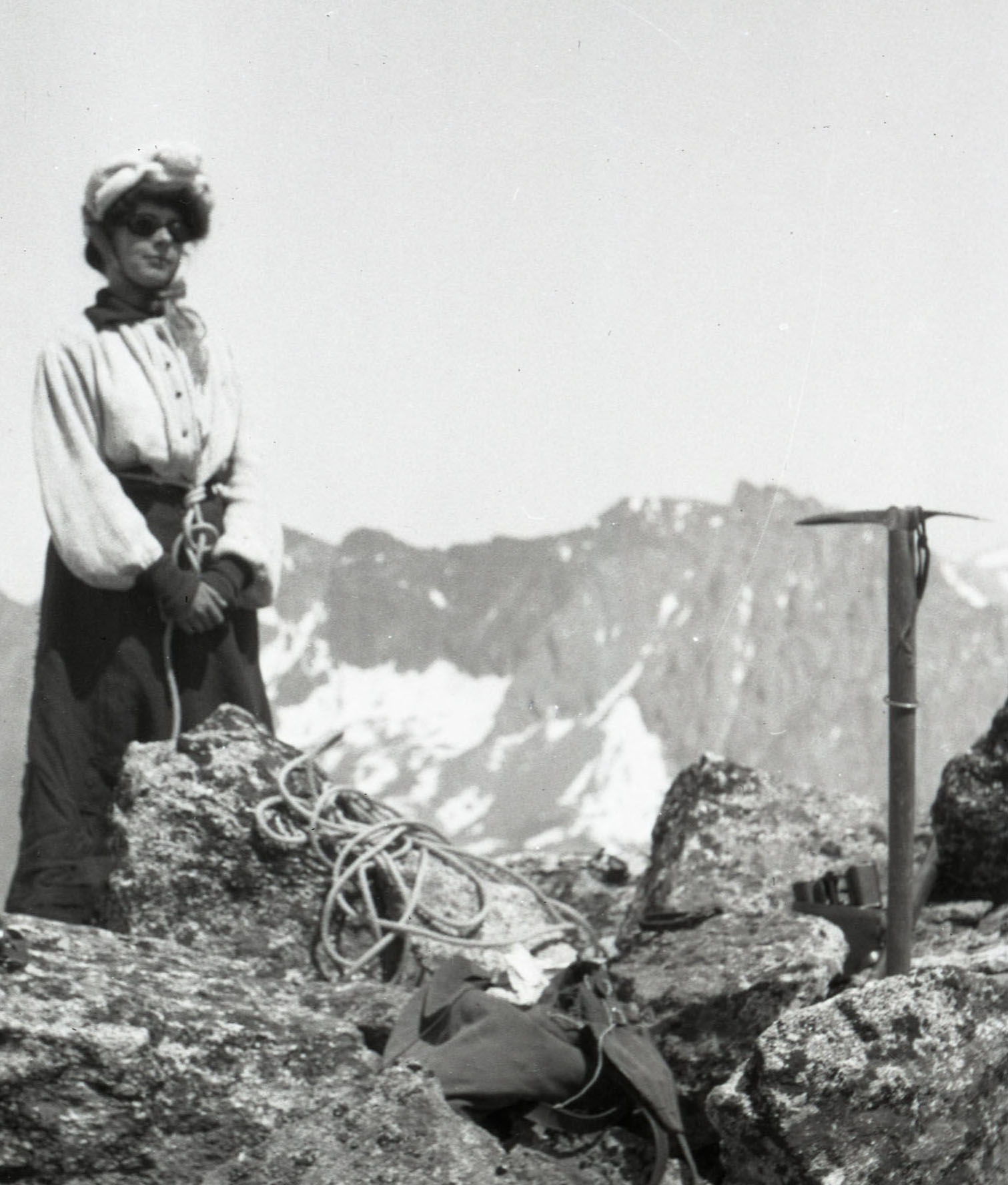
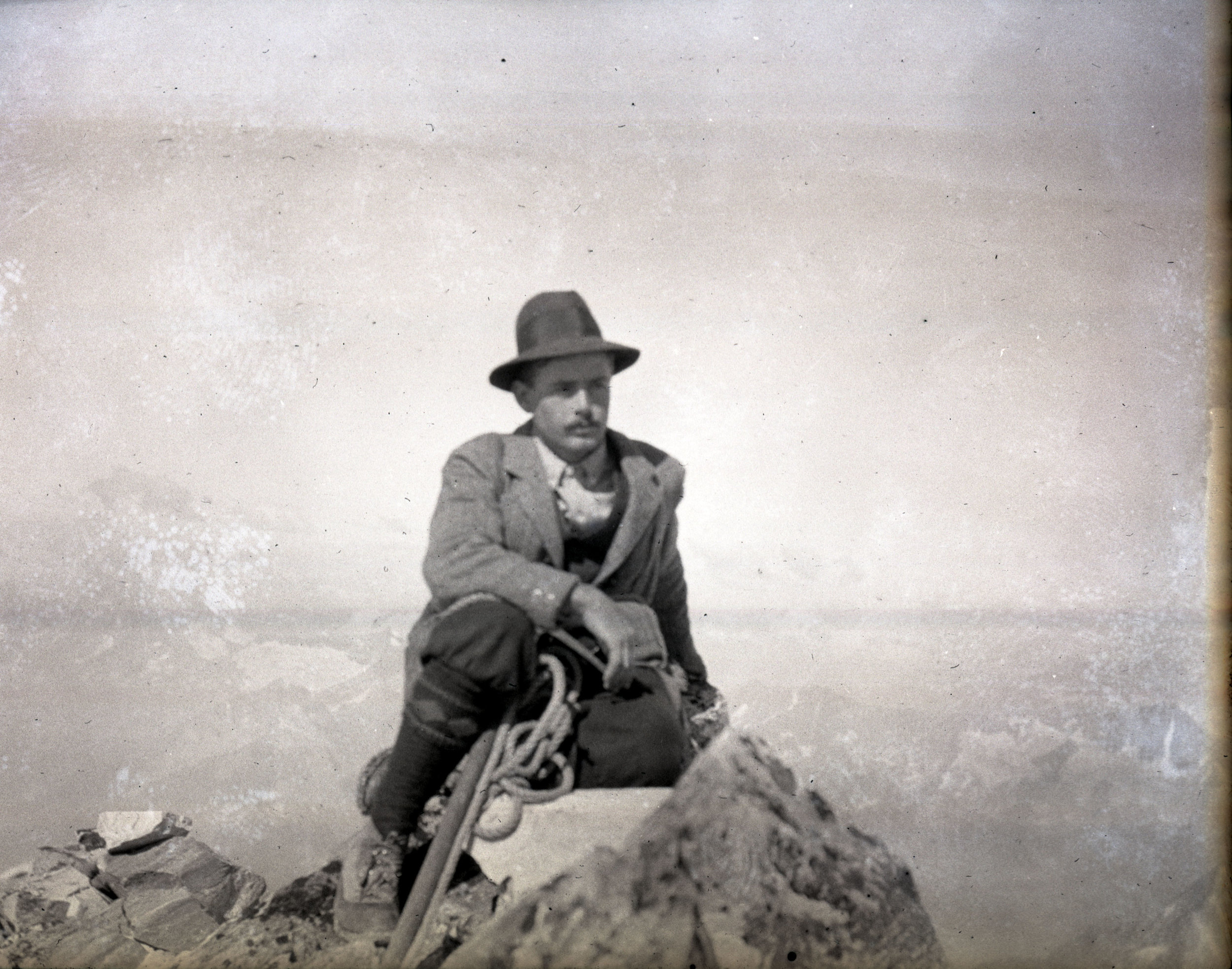
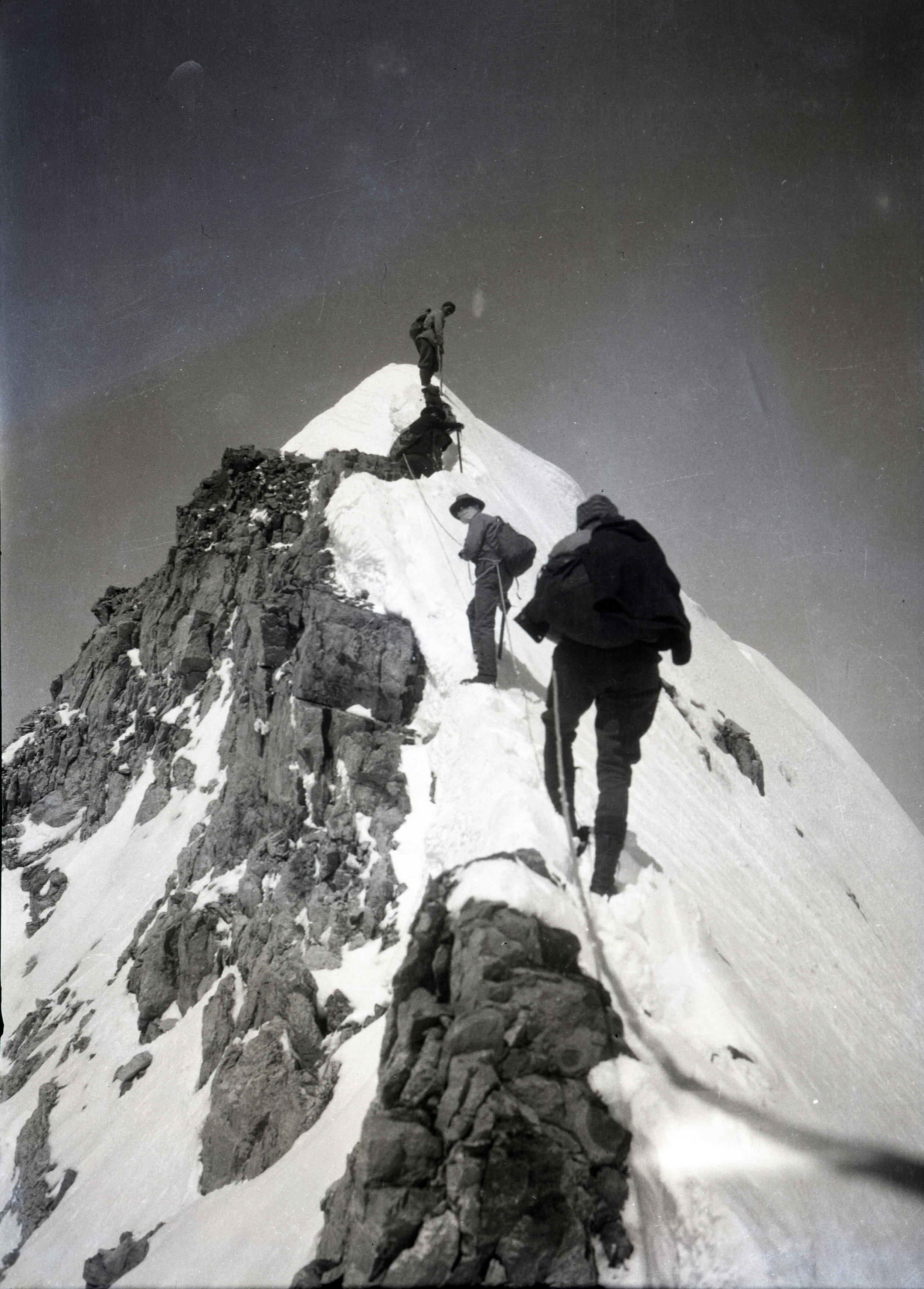
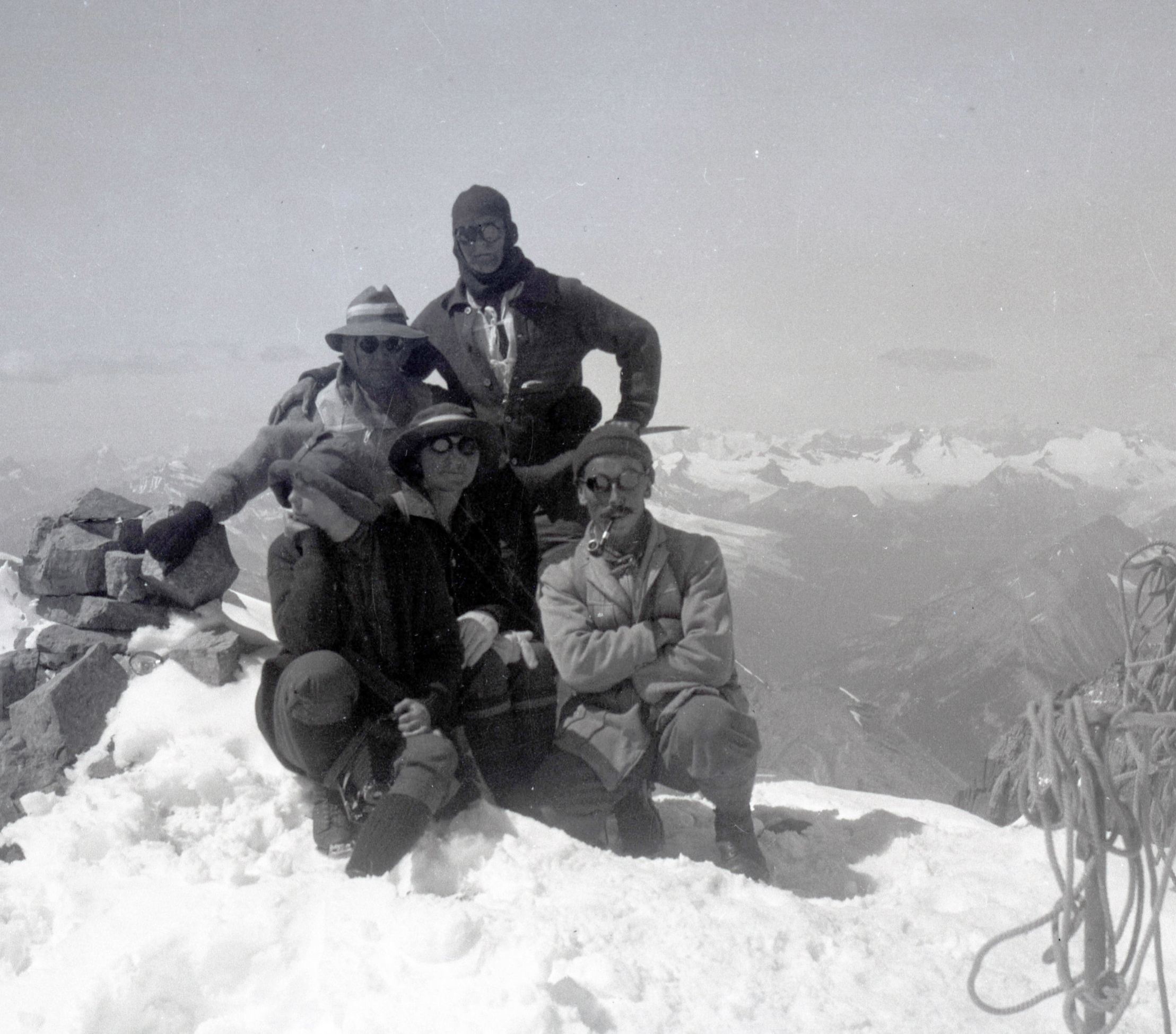
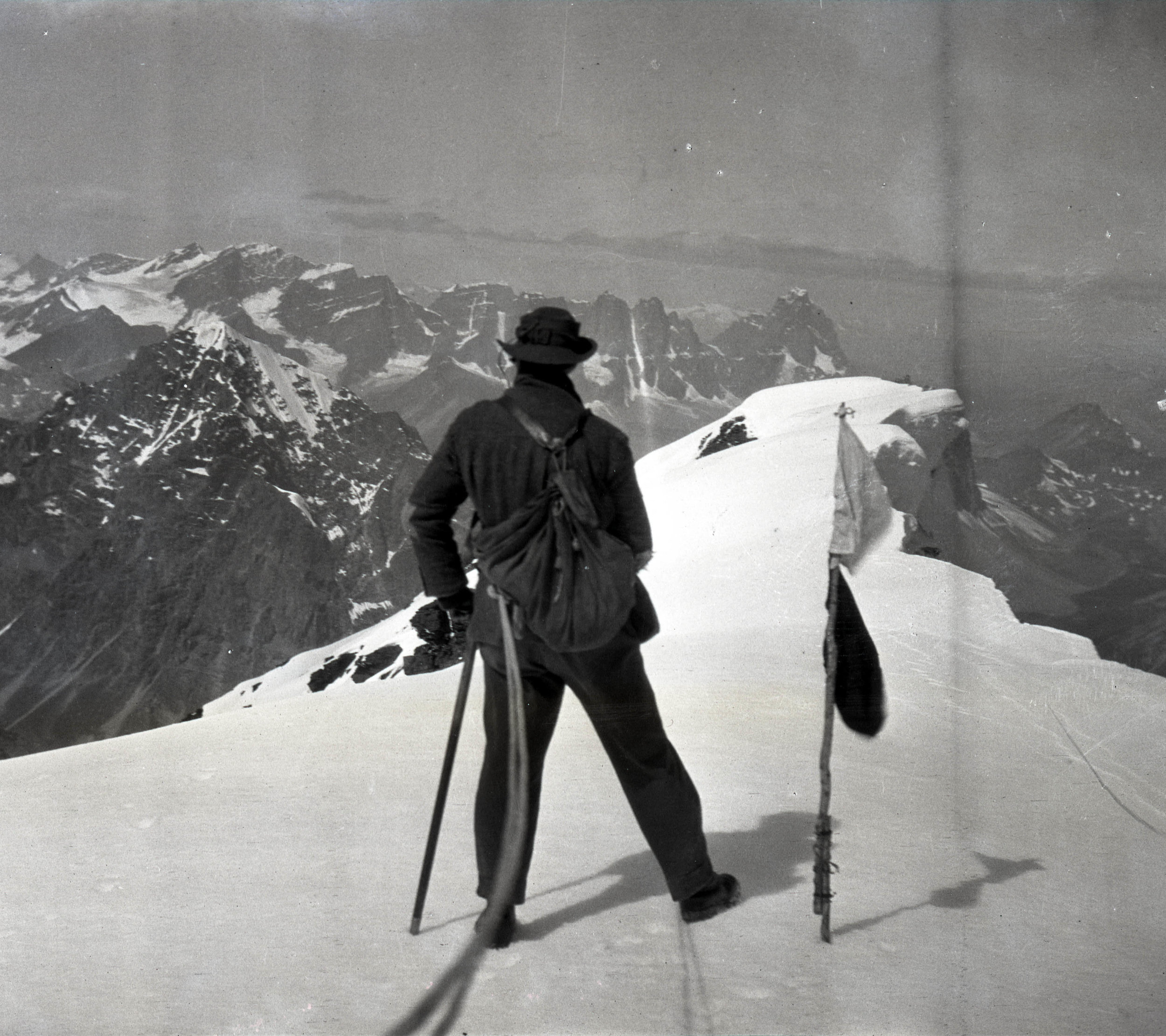
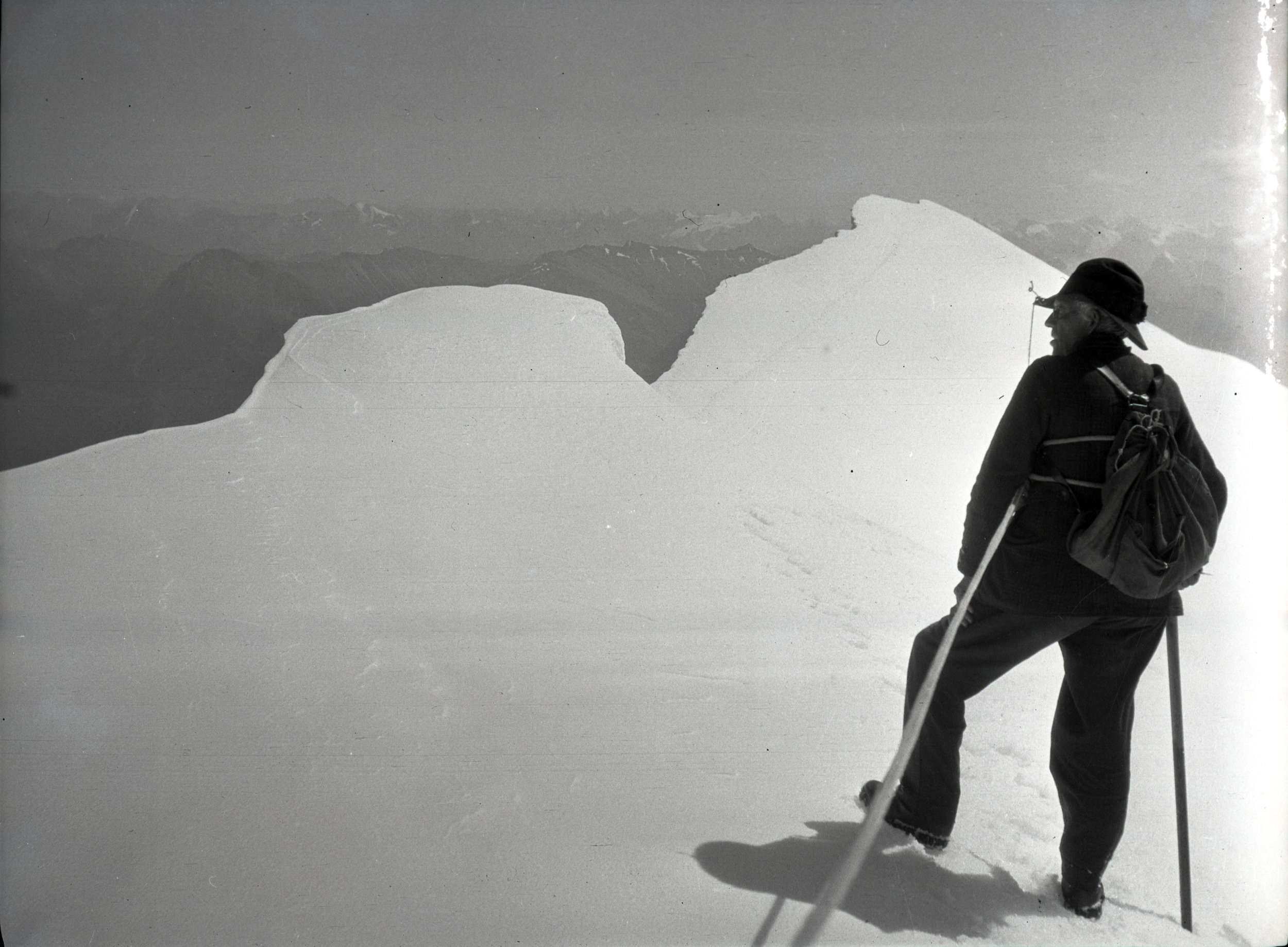
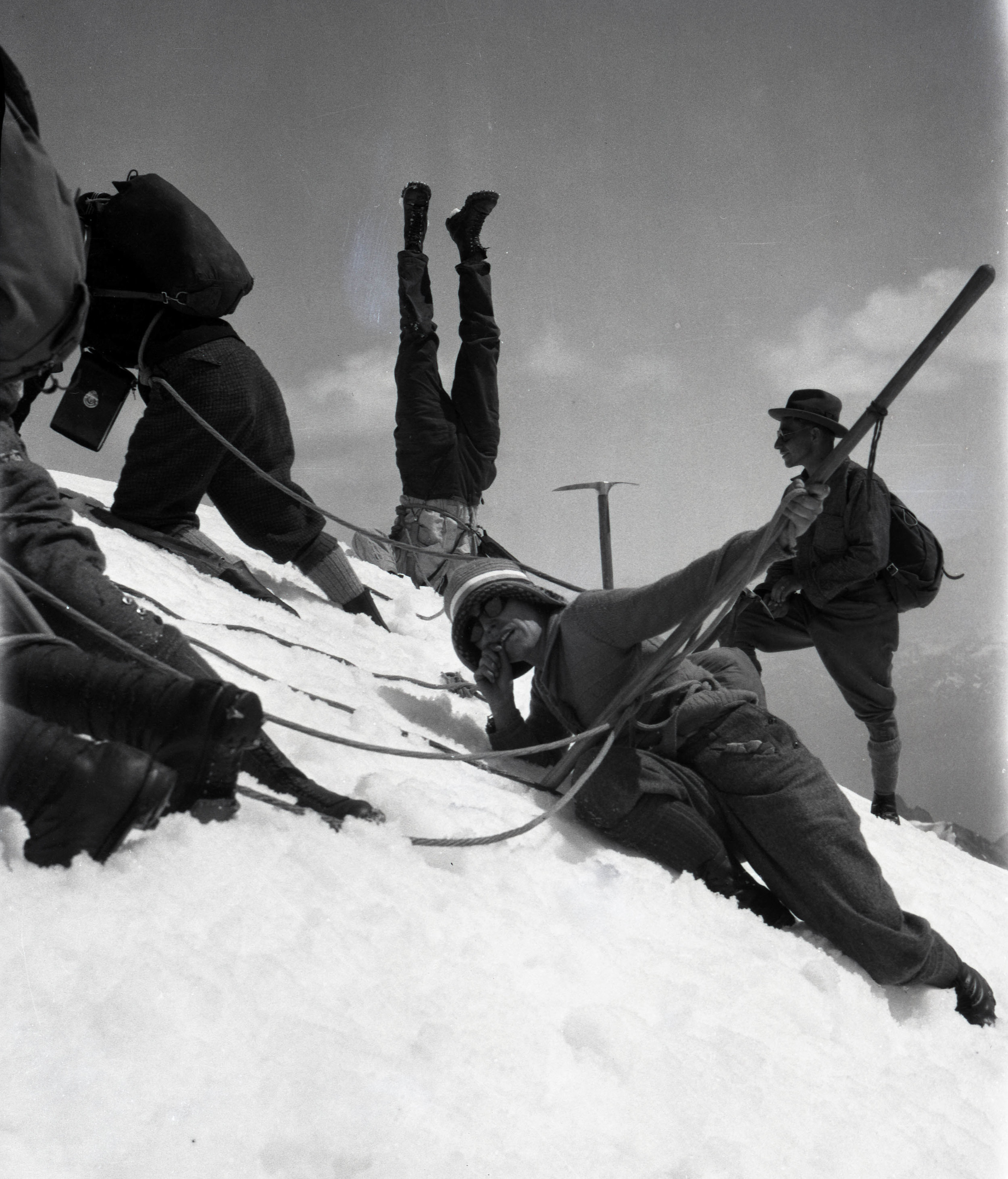

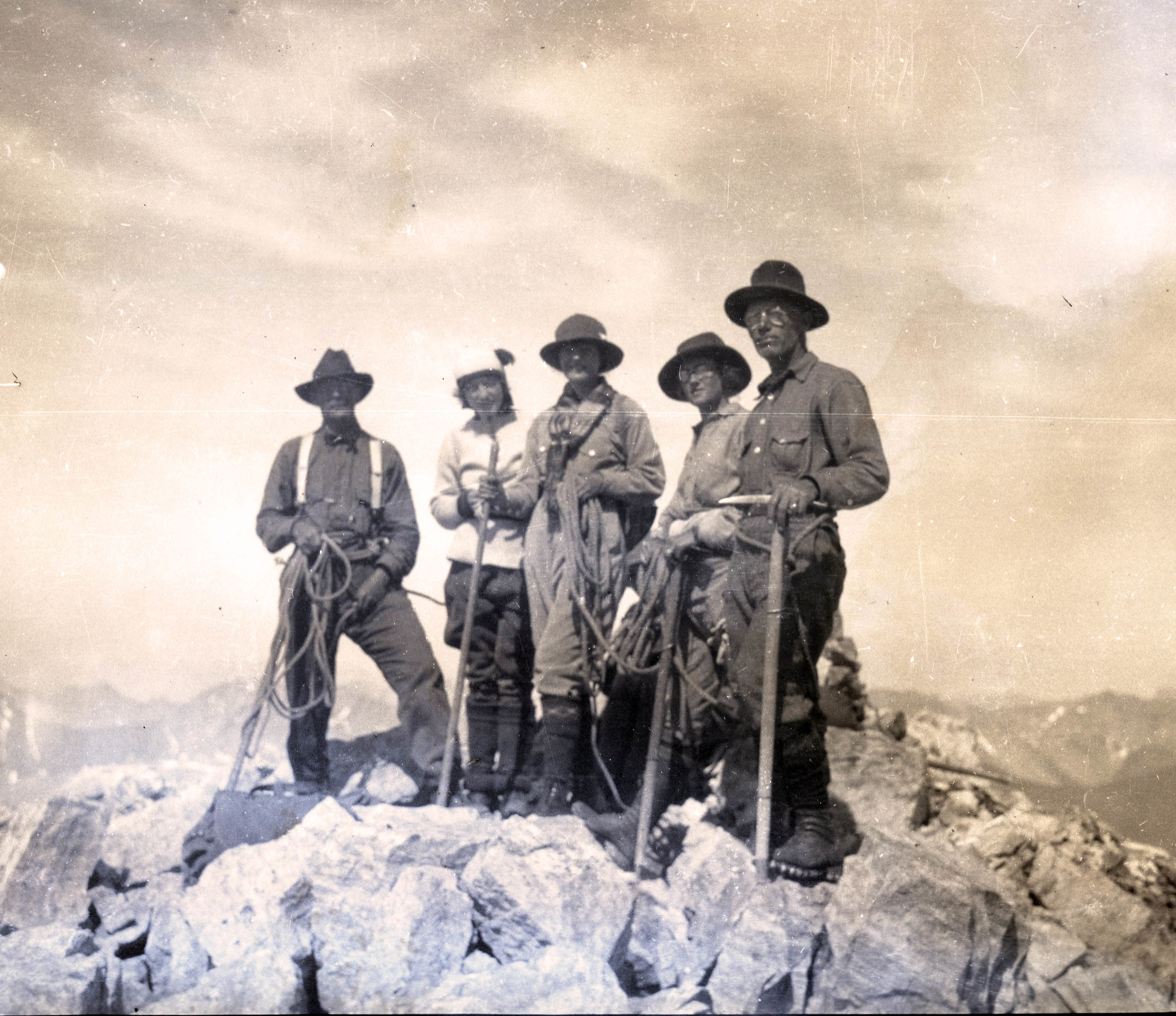
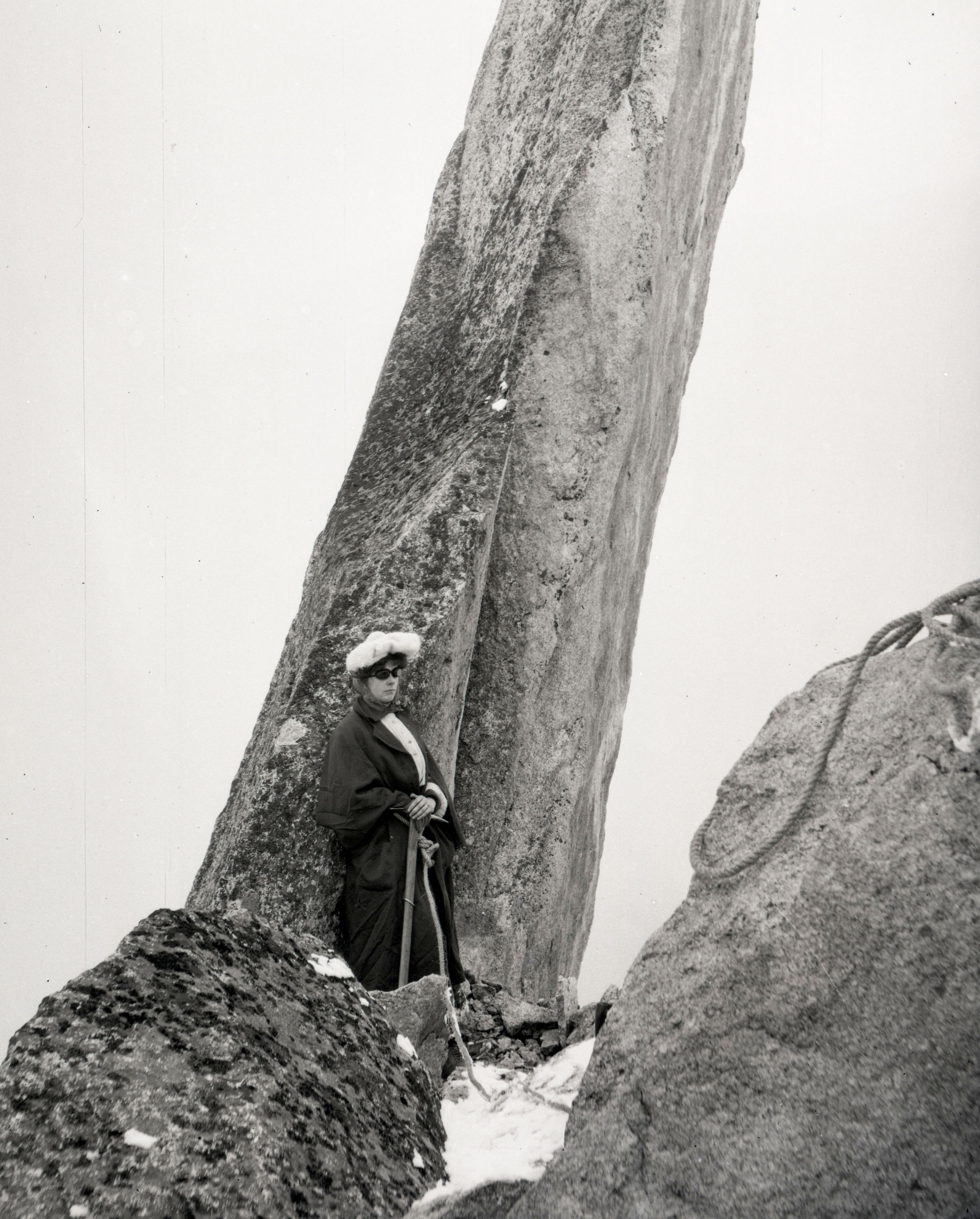
Camps and Huts
Huge camps for gatherings with the Alpine Club of Canada, tents and lean-tos in the woods, Swiss Alpine Club huts - many of which are still in use today.
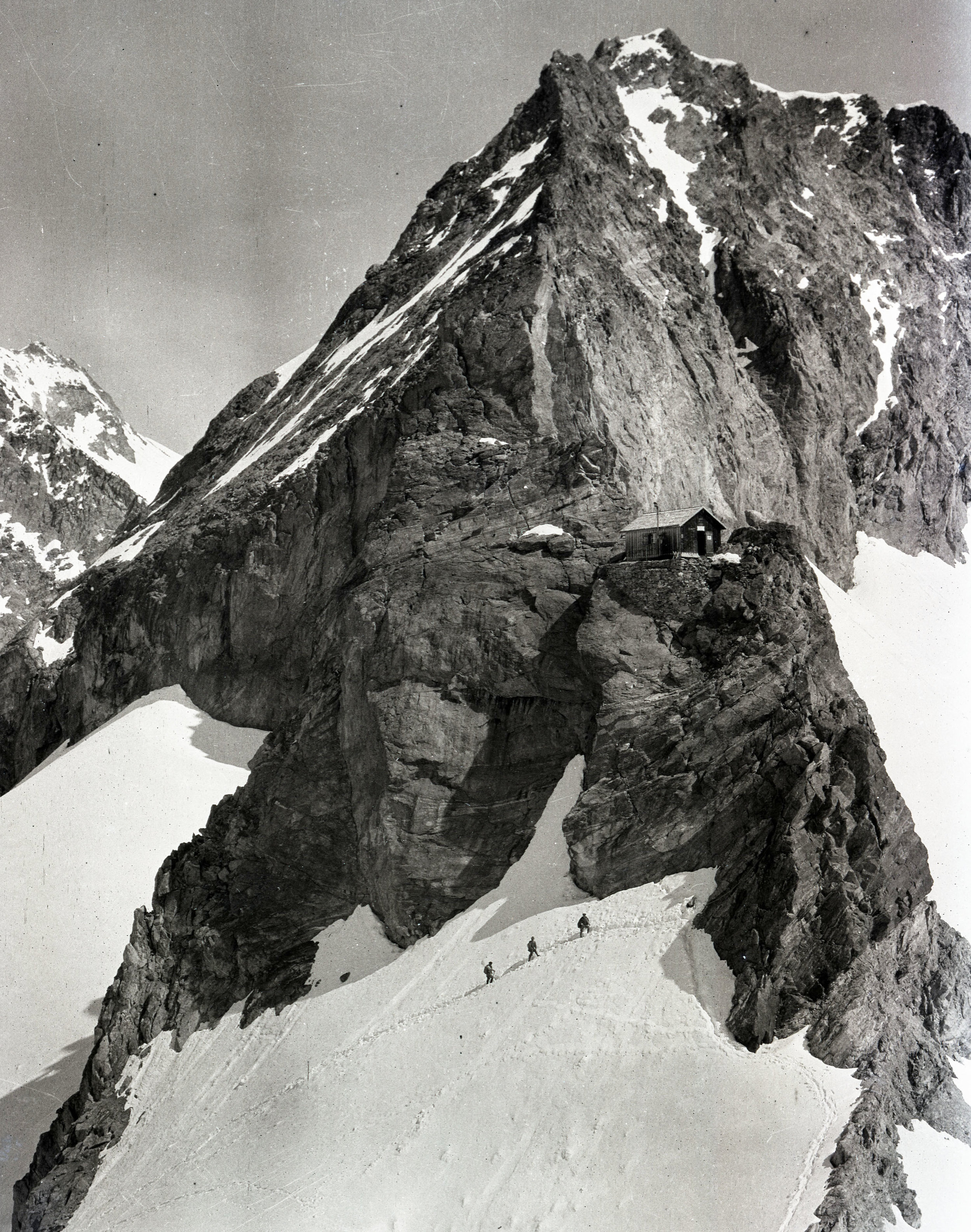
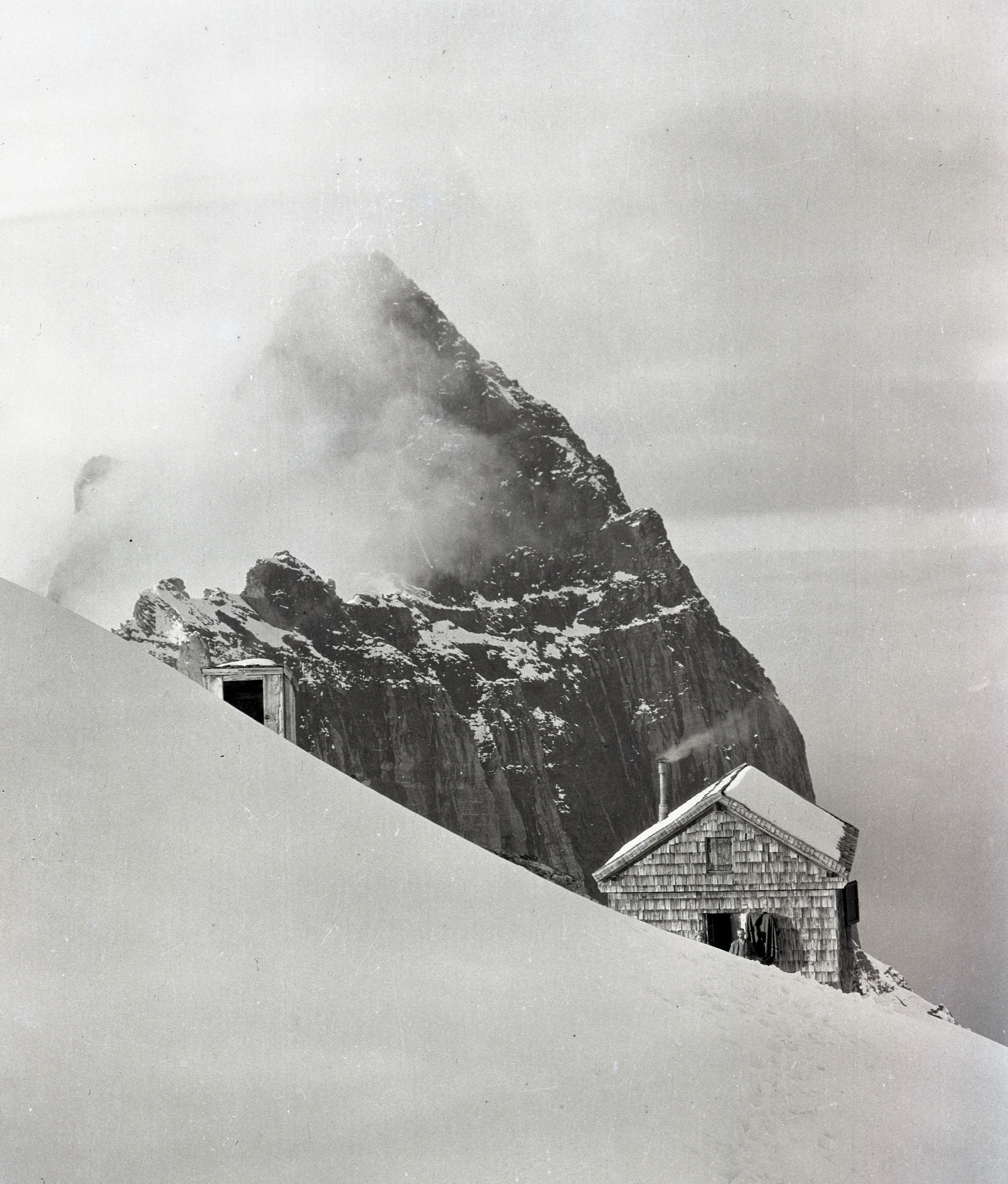
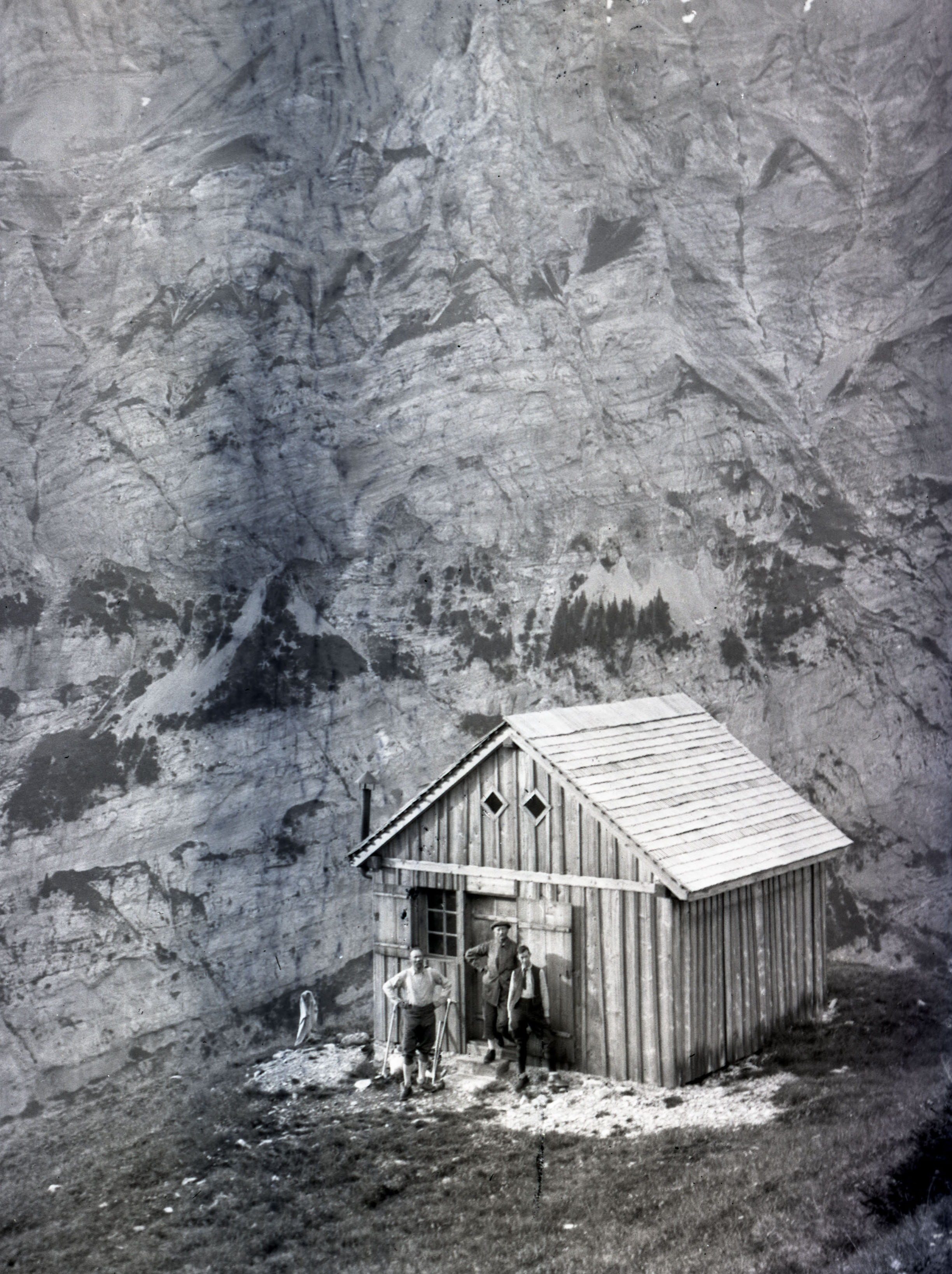
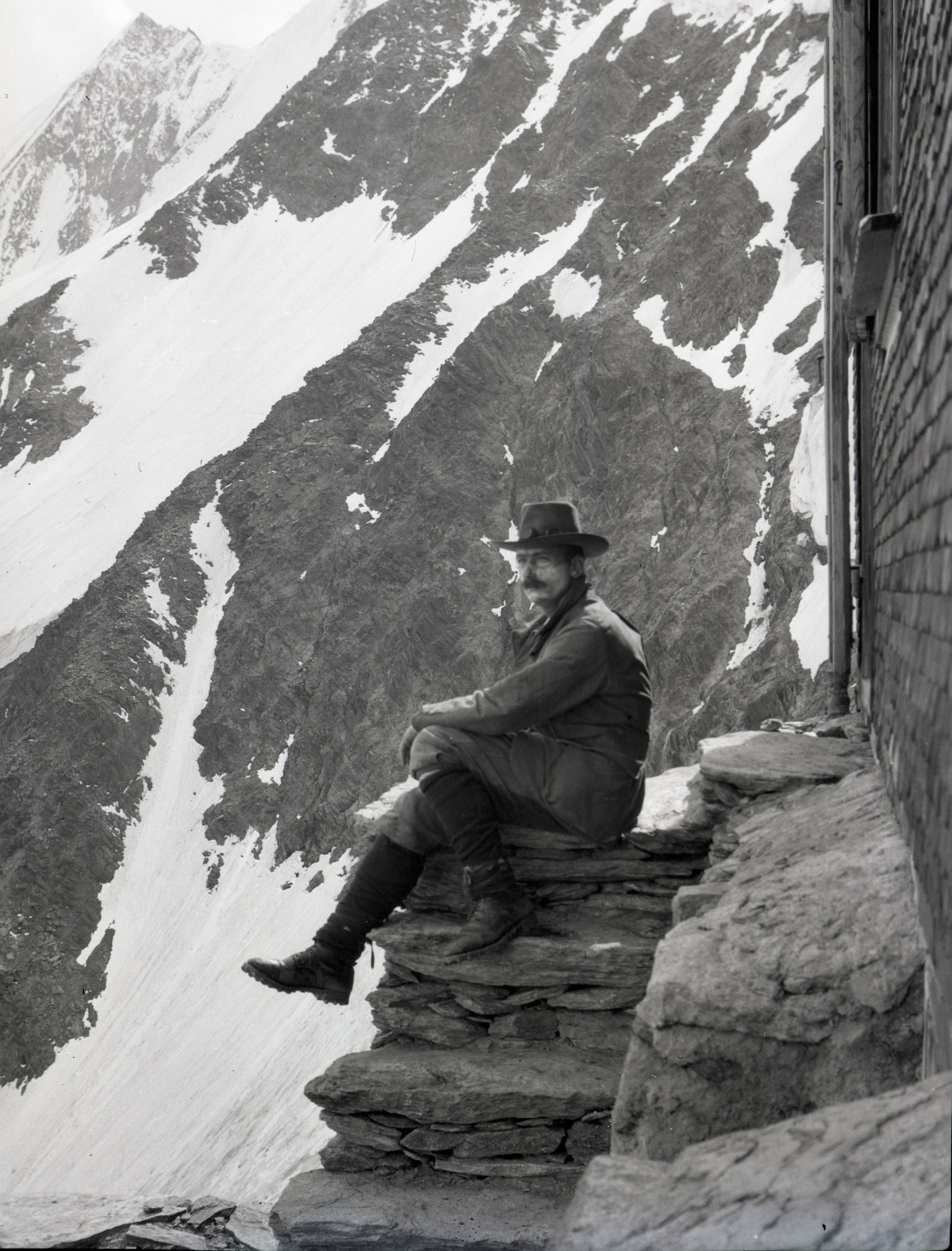
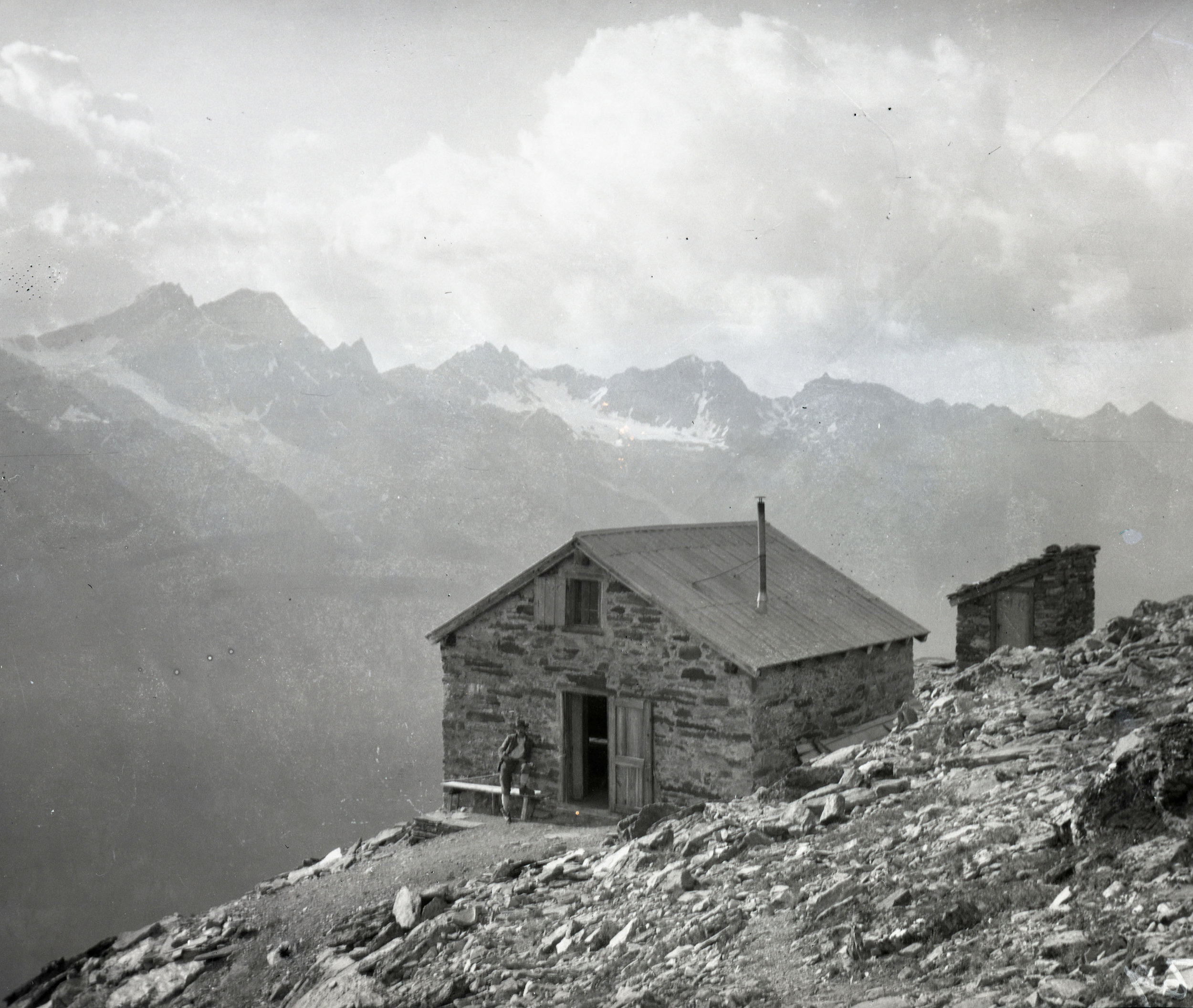
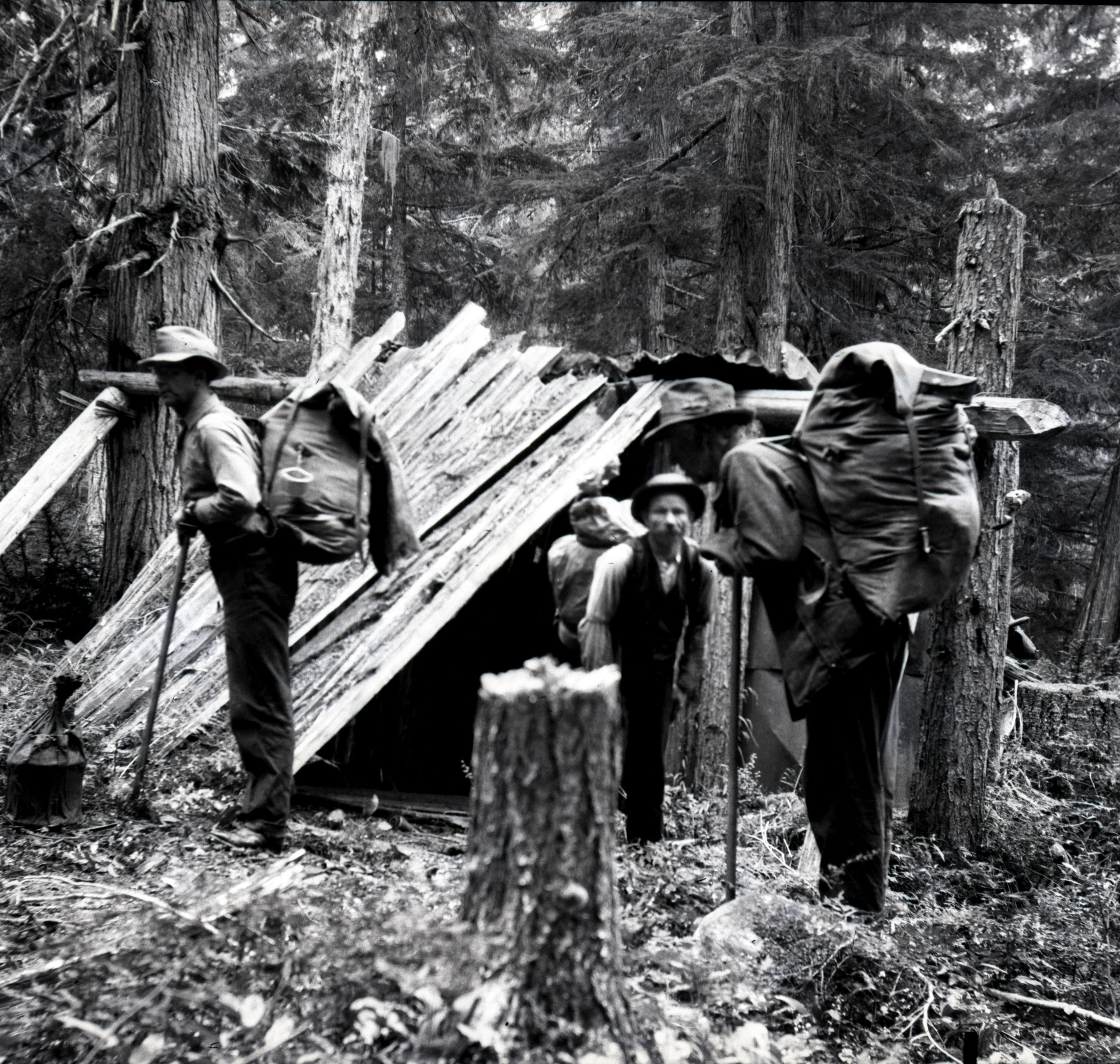
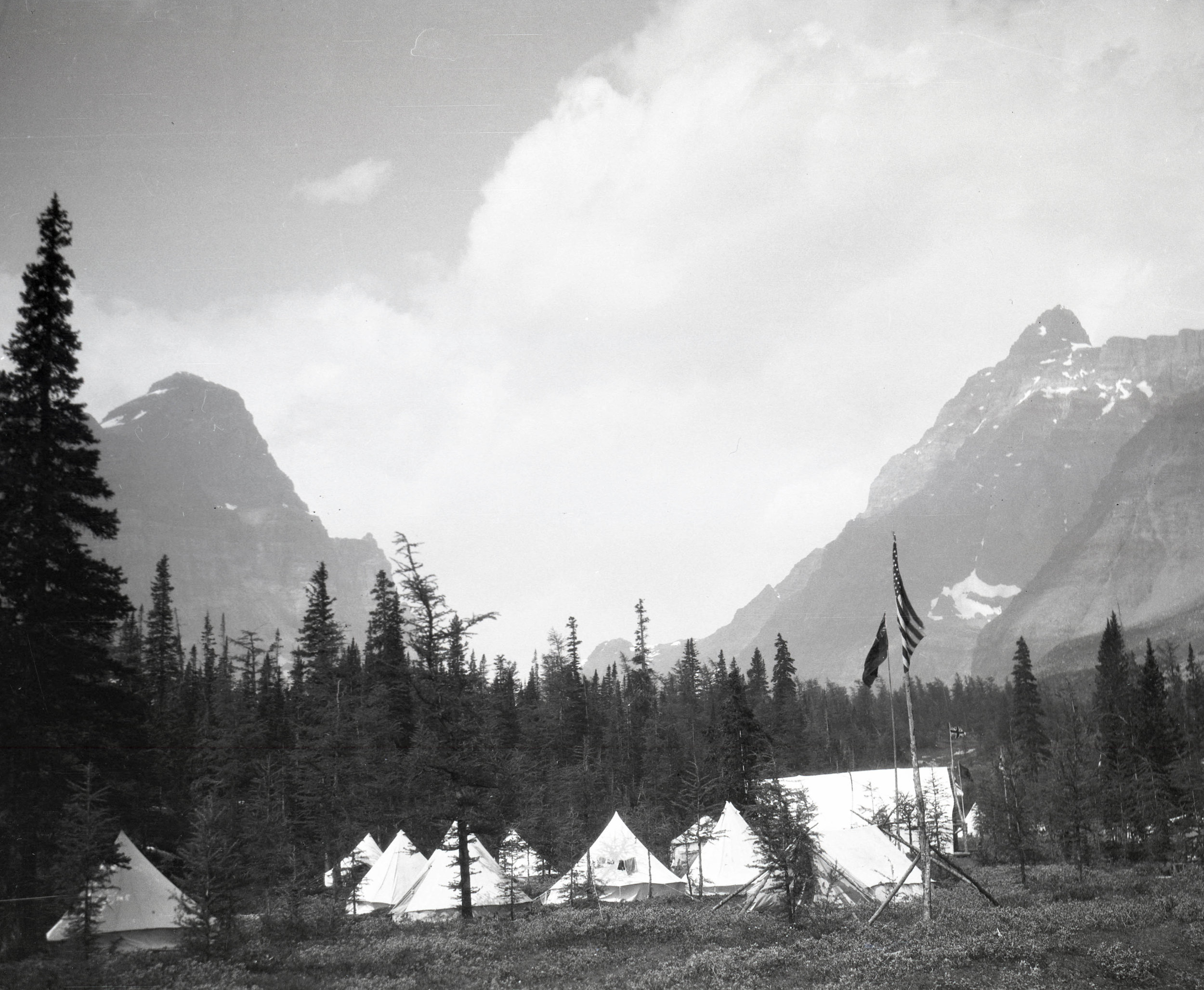
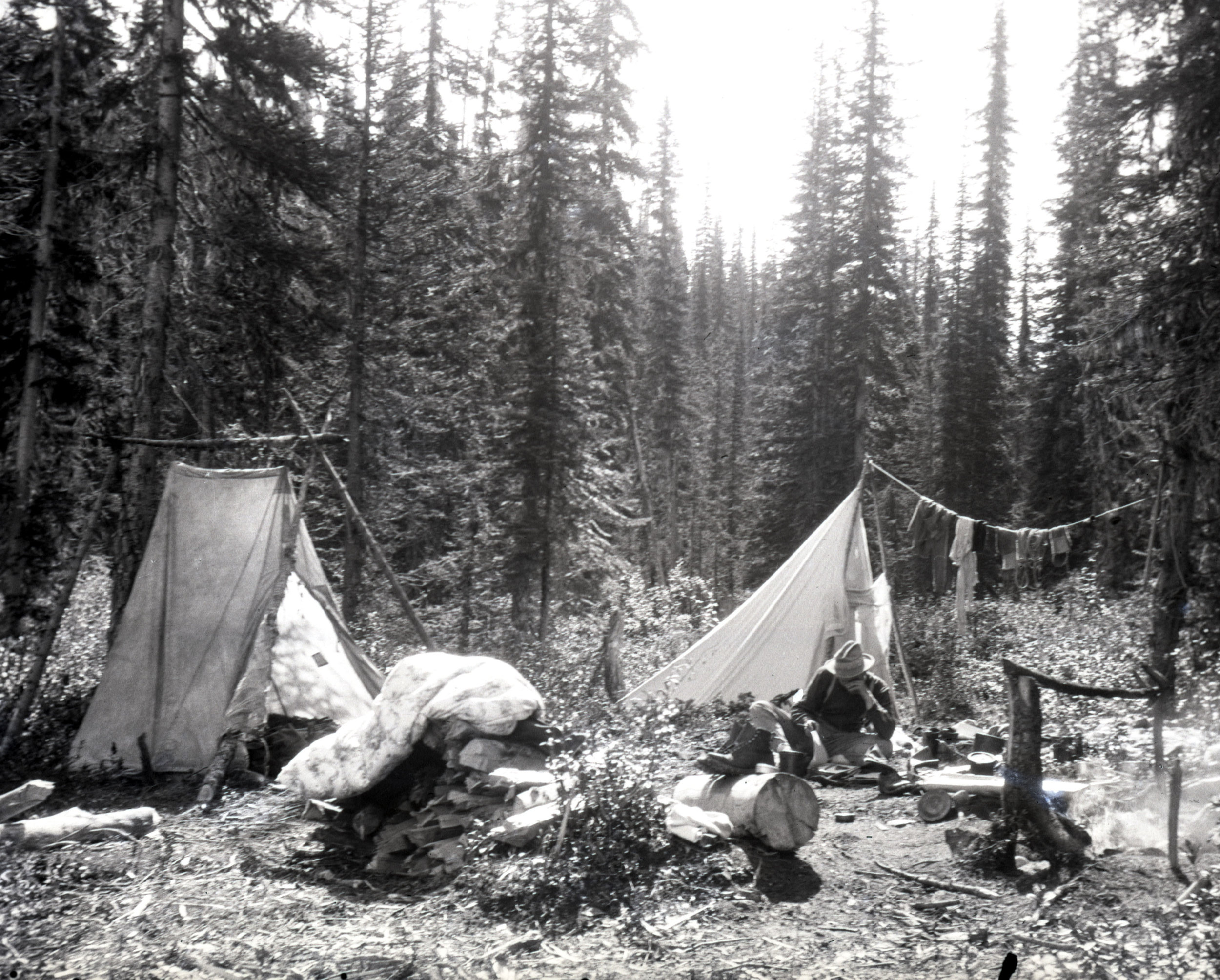
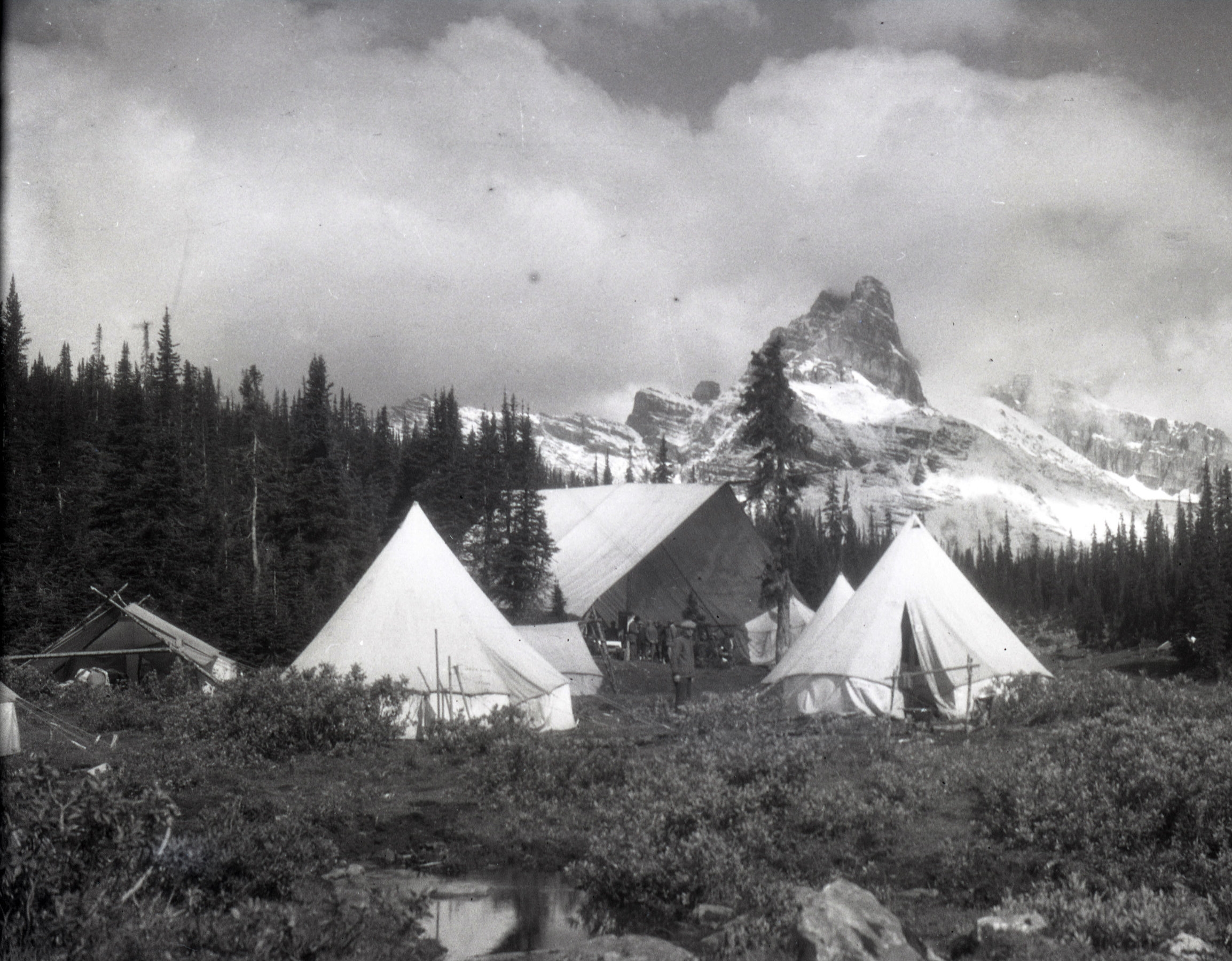
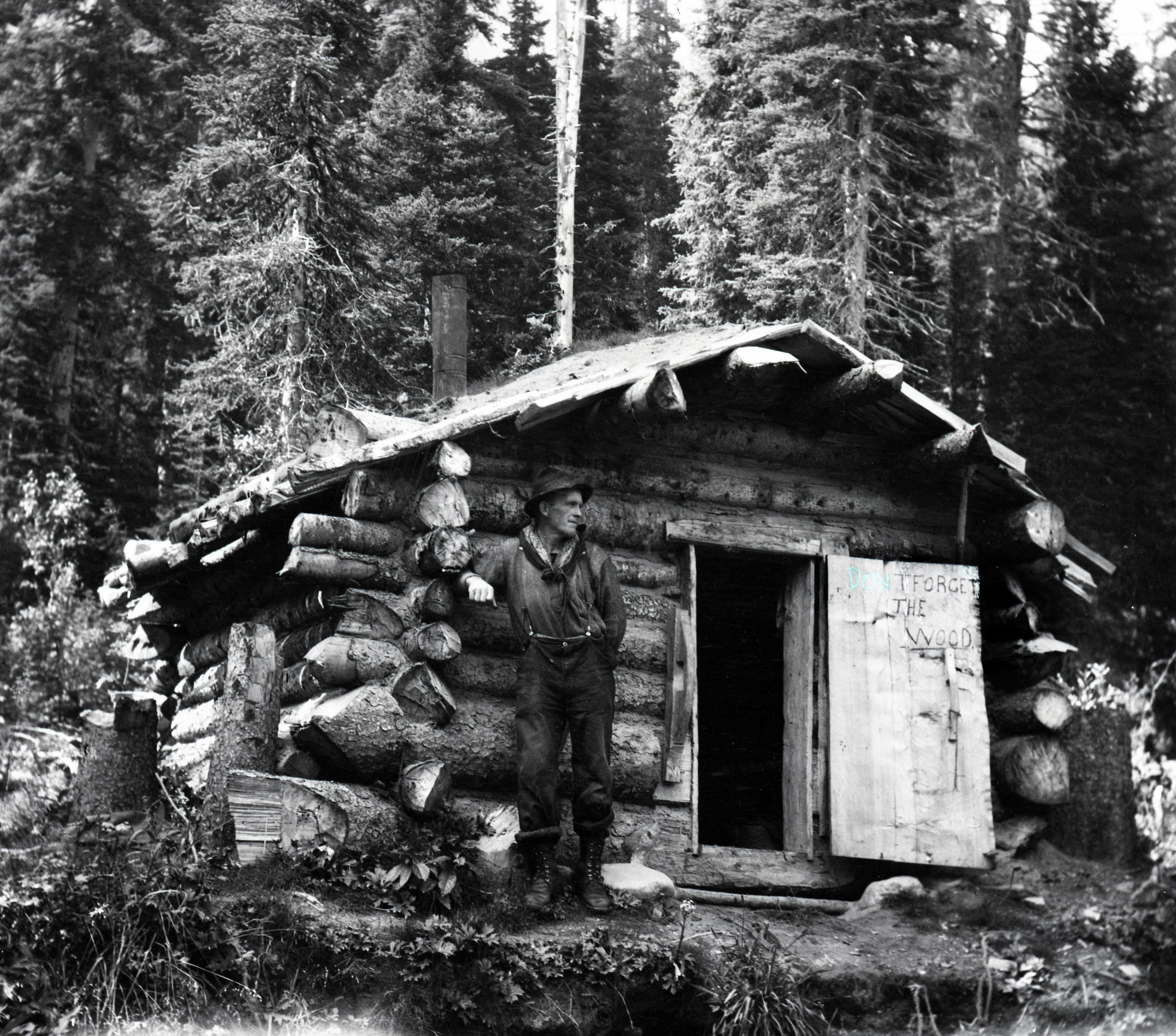
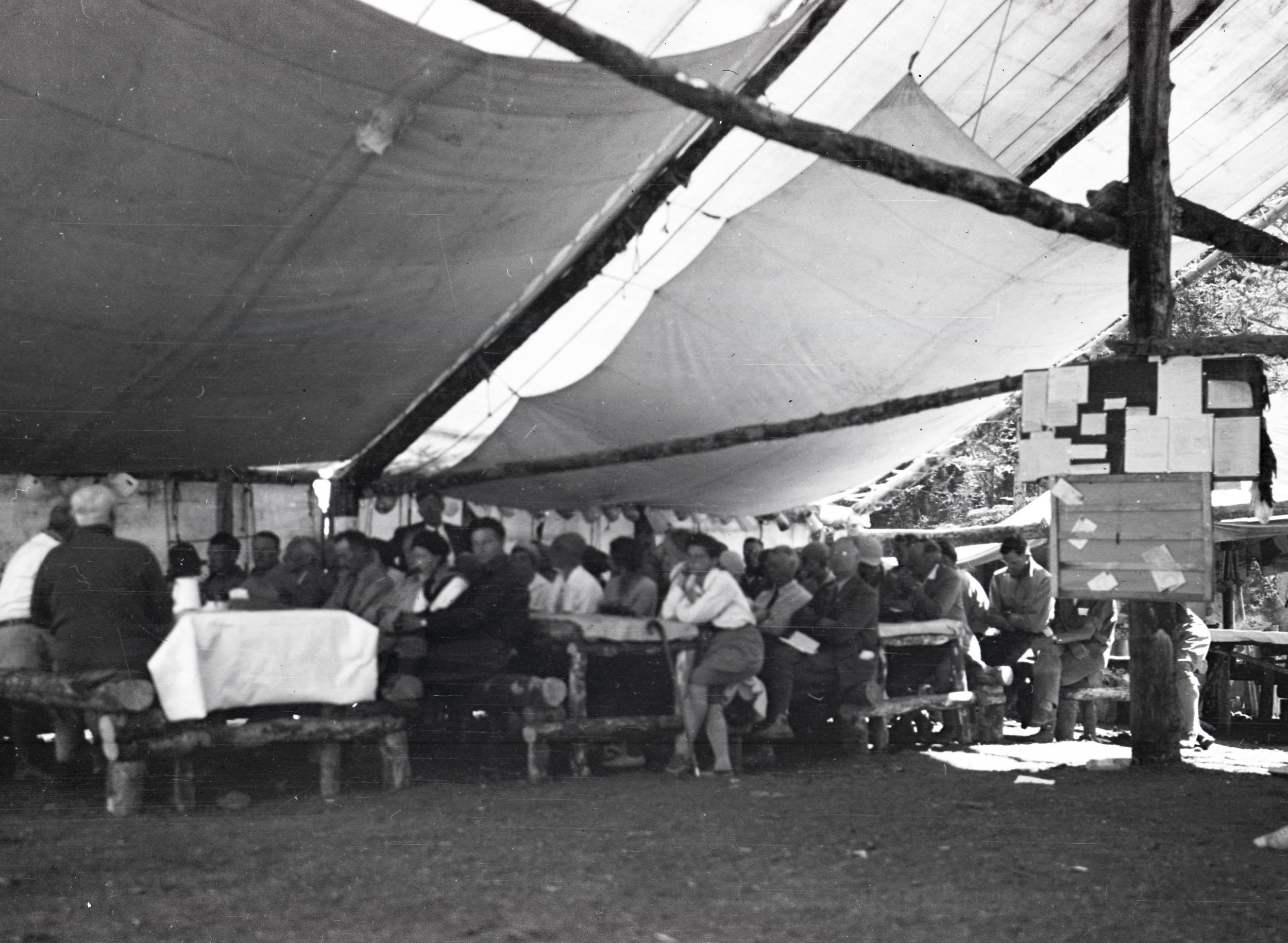

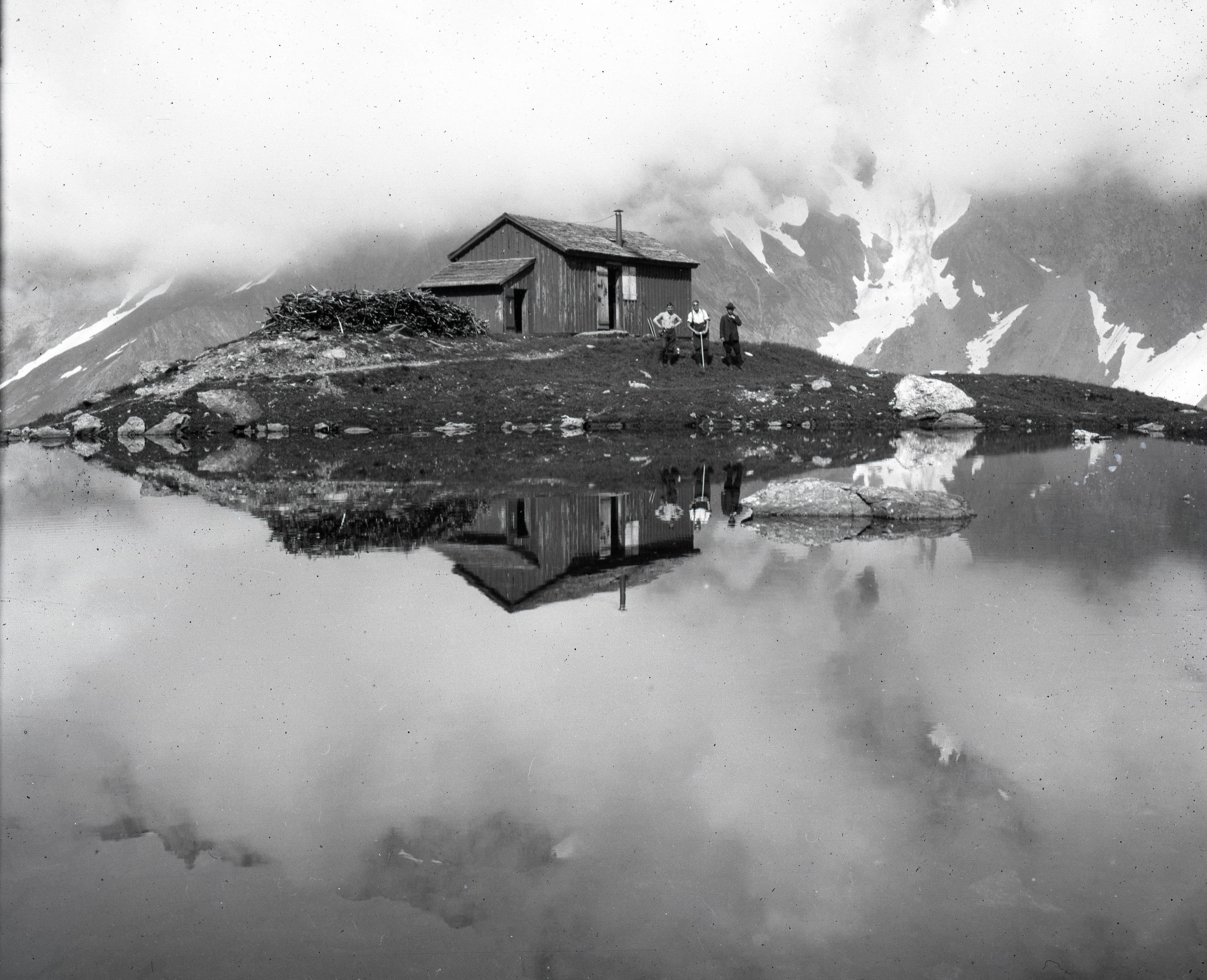
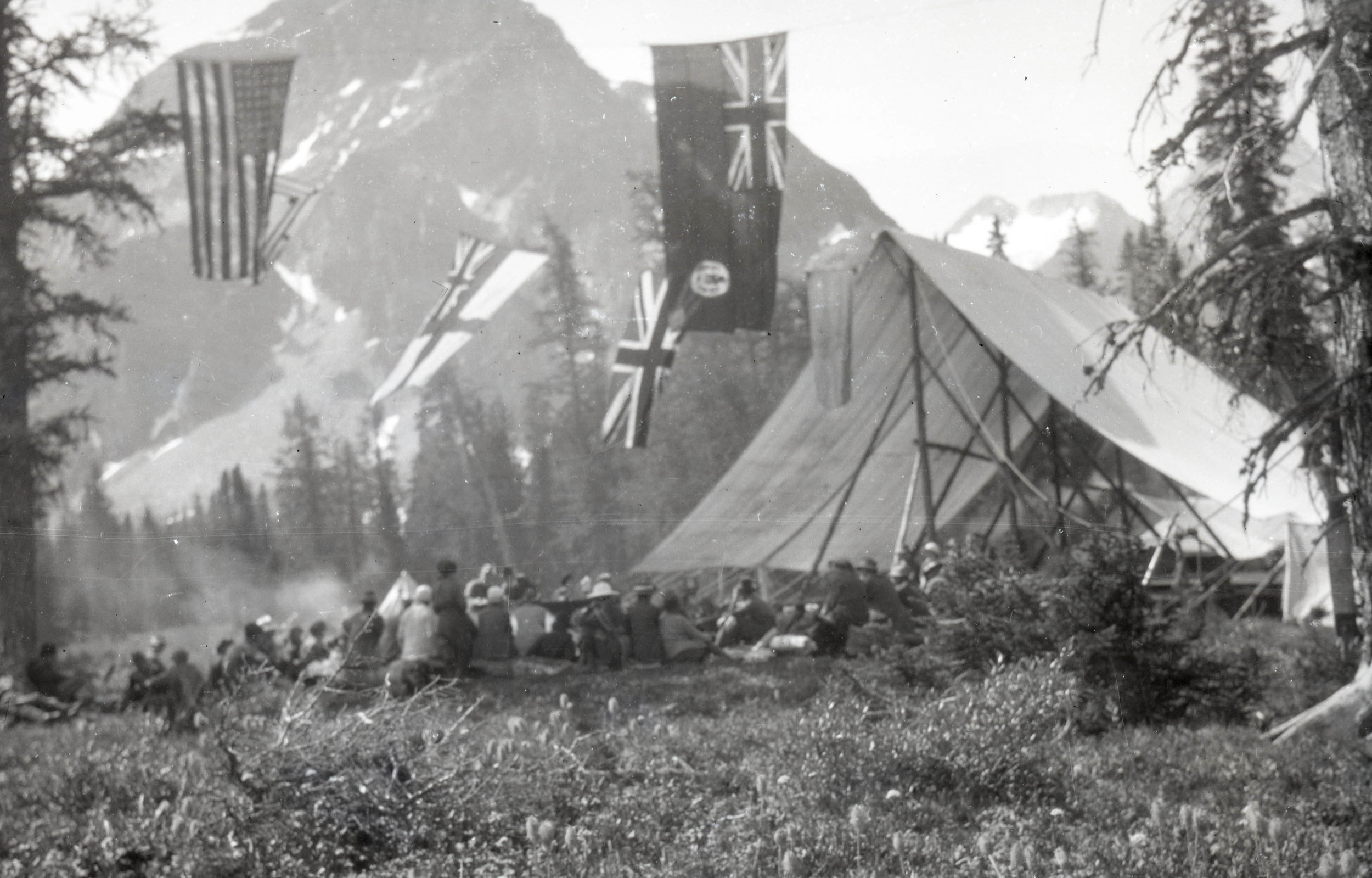
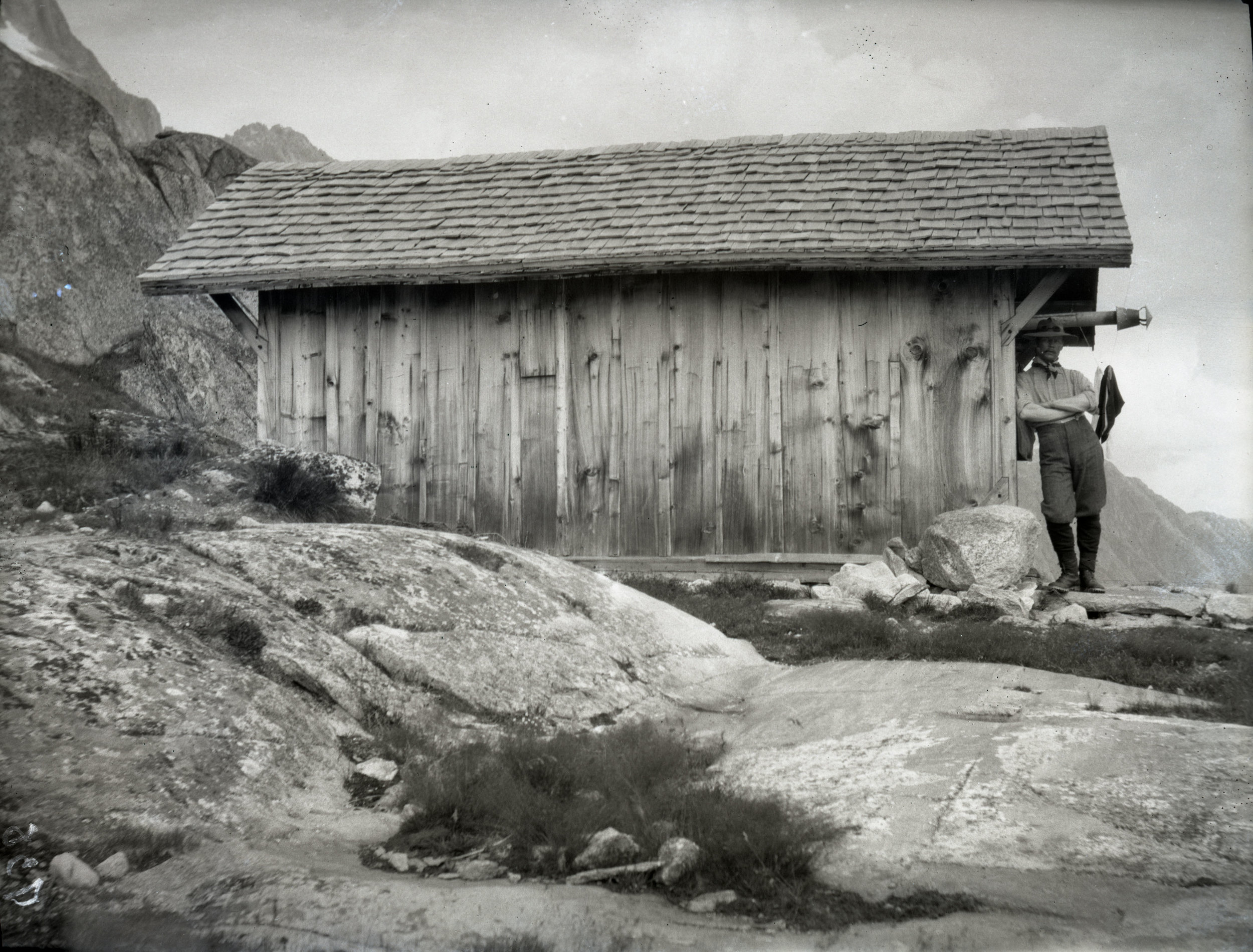
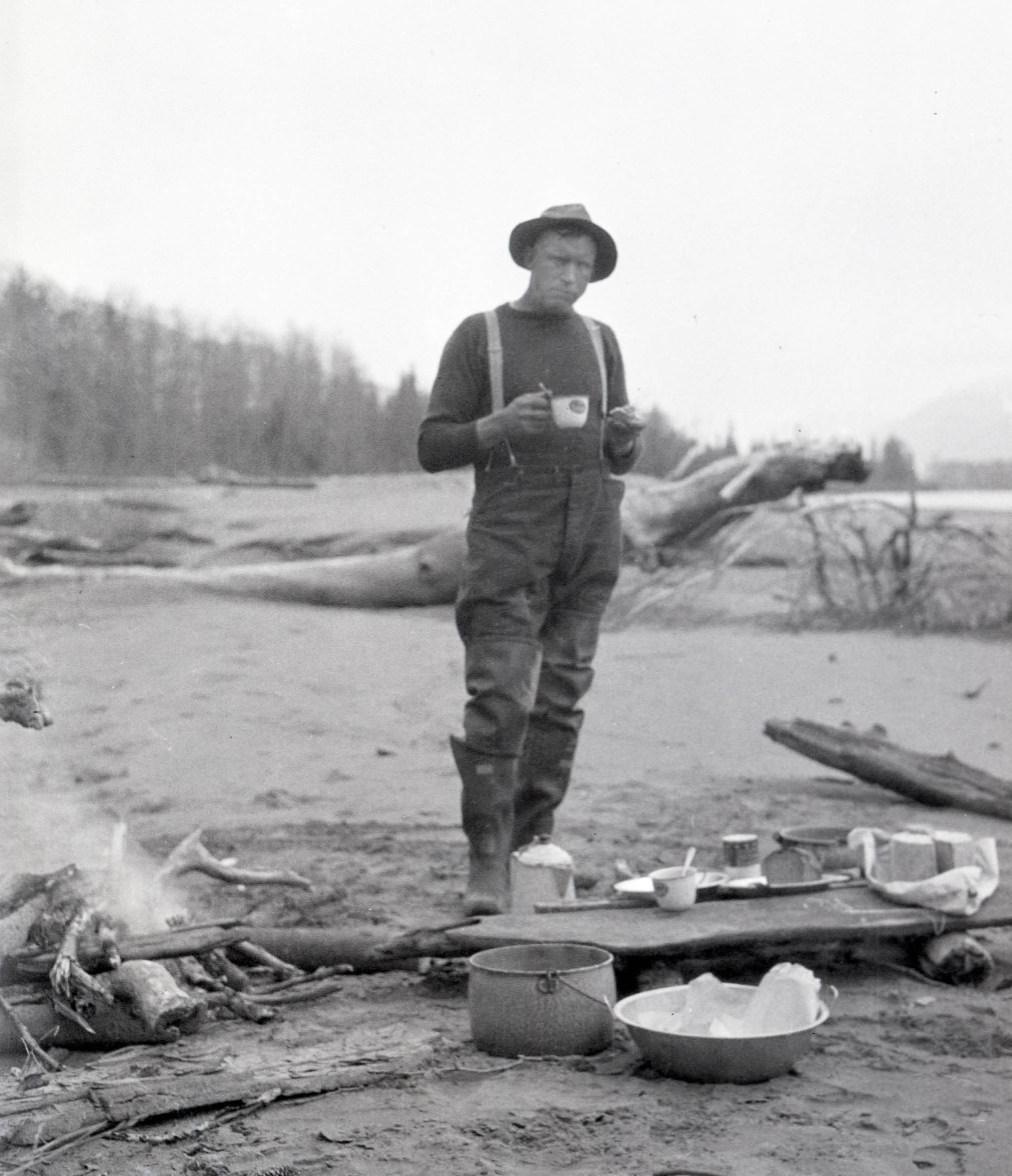
Travel
It was harder in those days to get to some of these remote locations. There were far fewer roads, almost no highways and air travel was still in its infancy. Trains, ships and horses were commonly used.
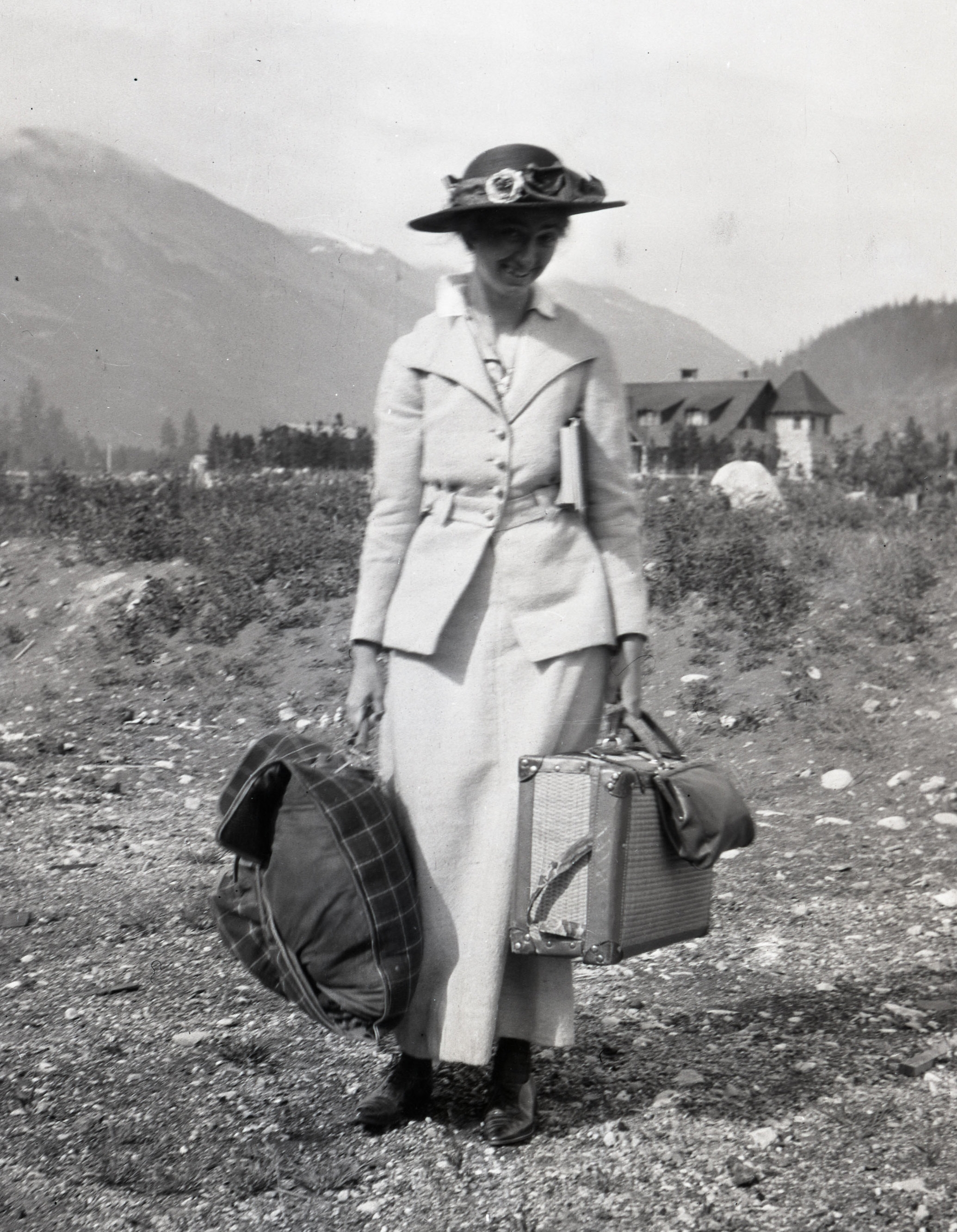
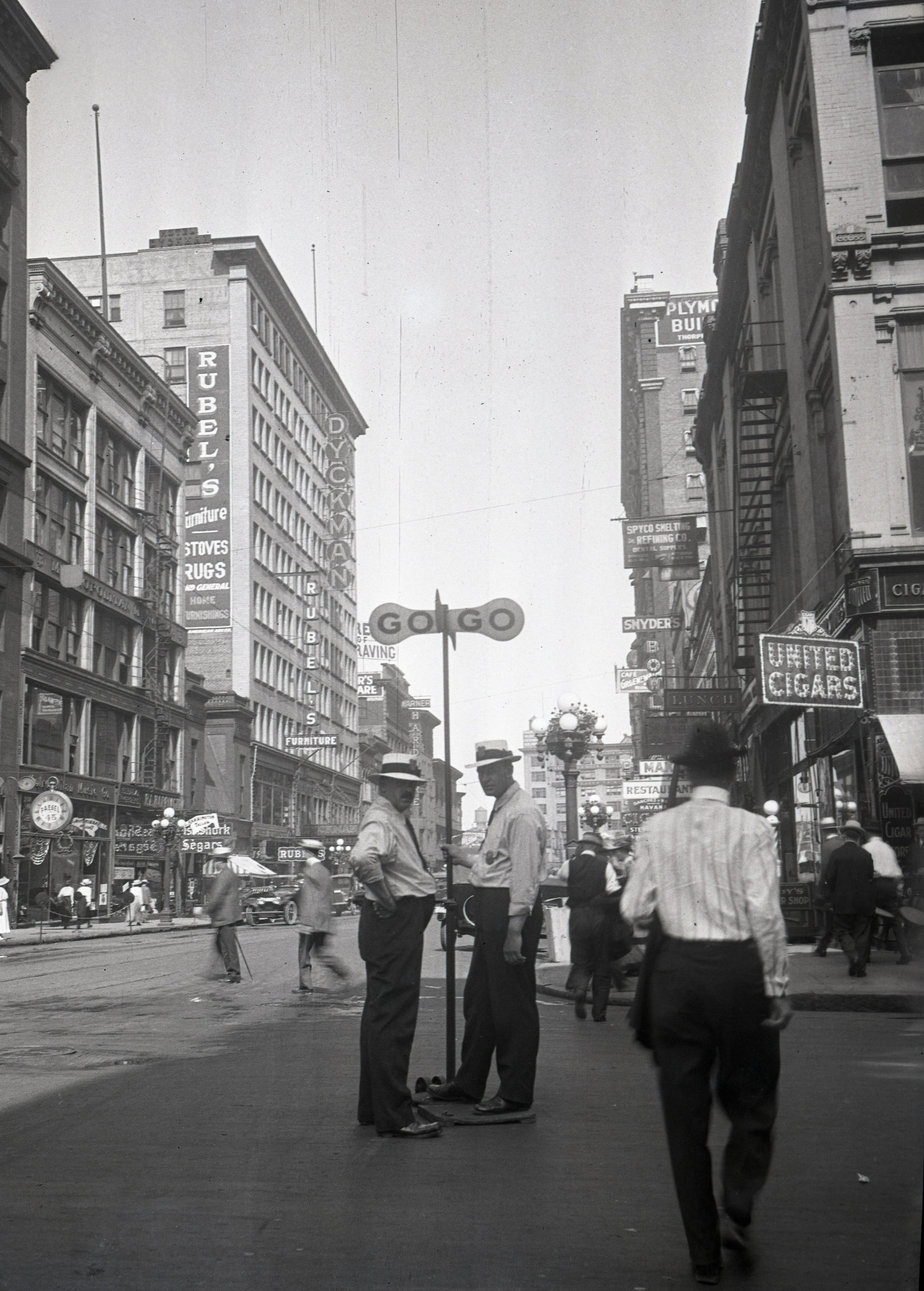
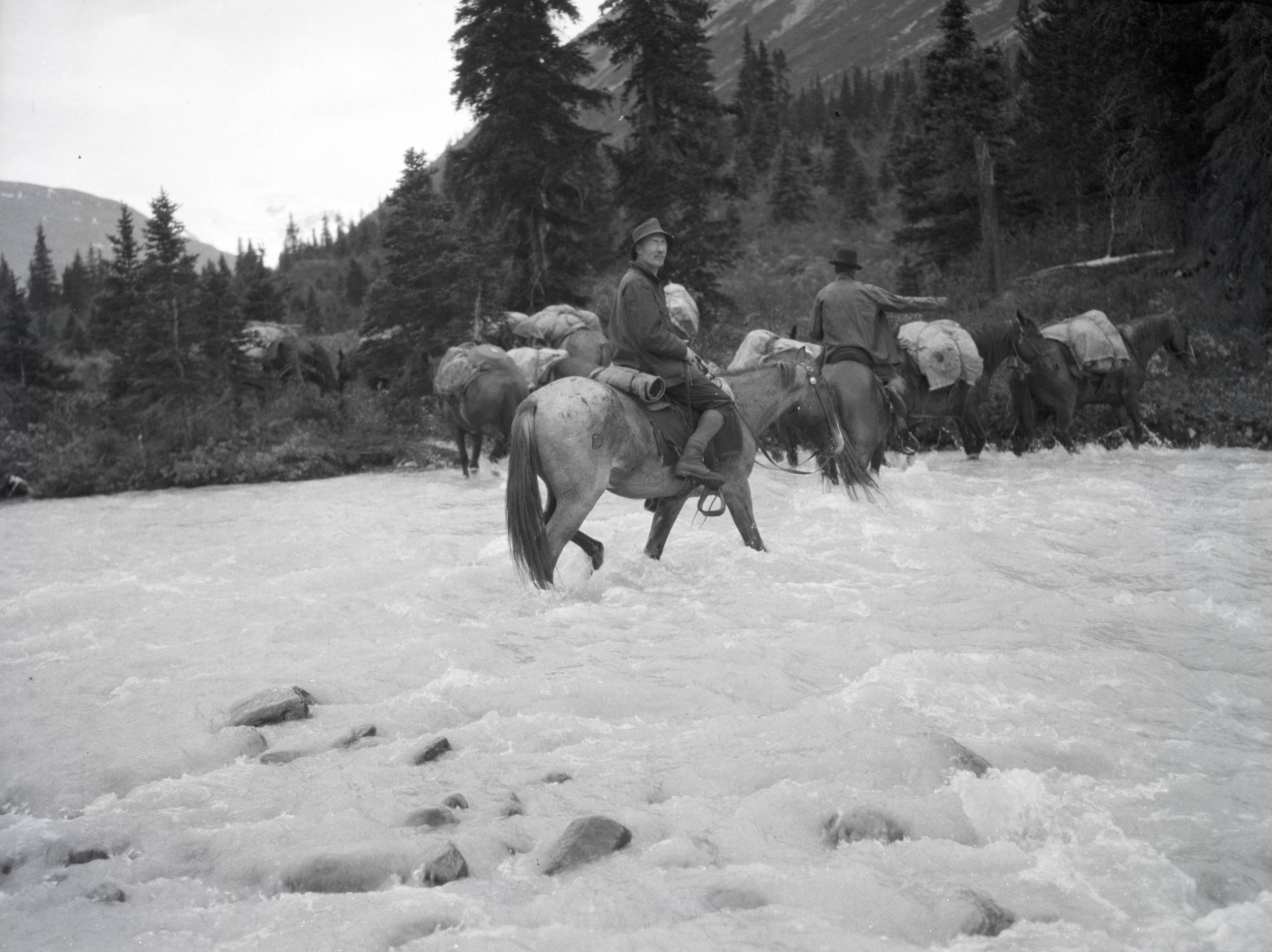
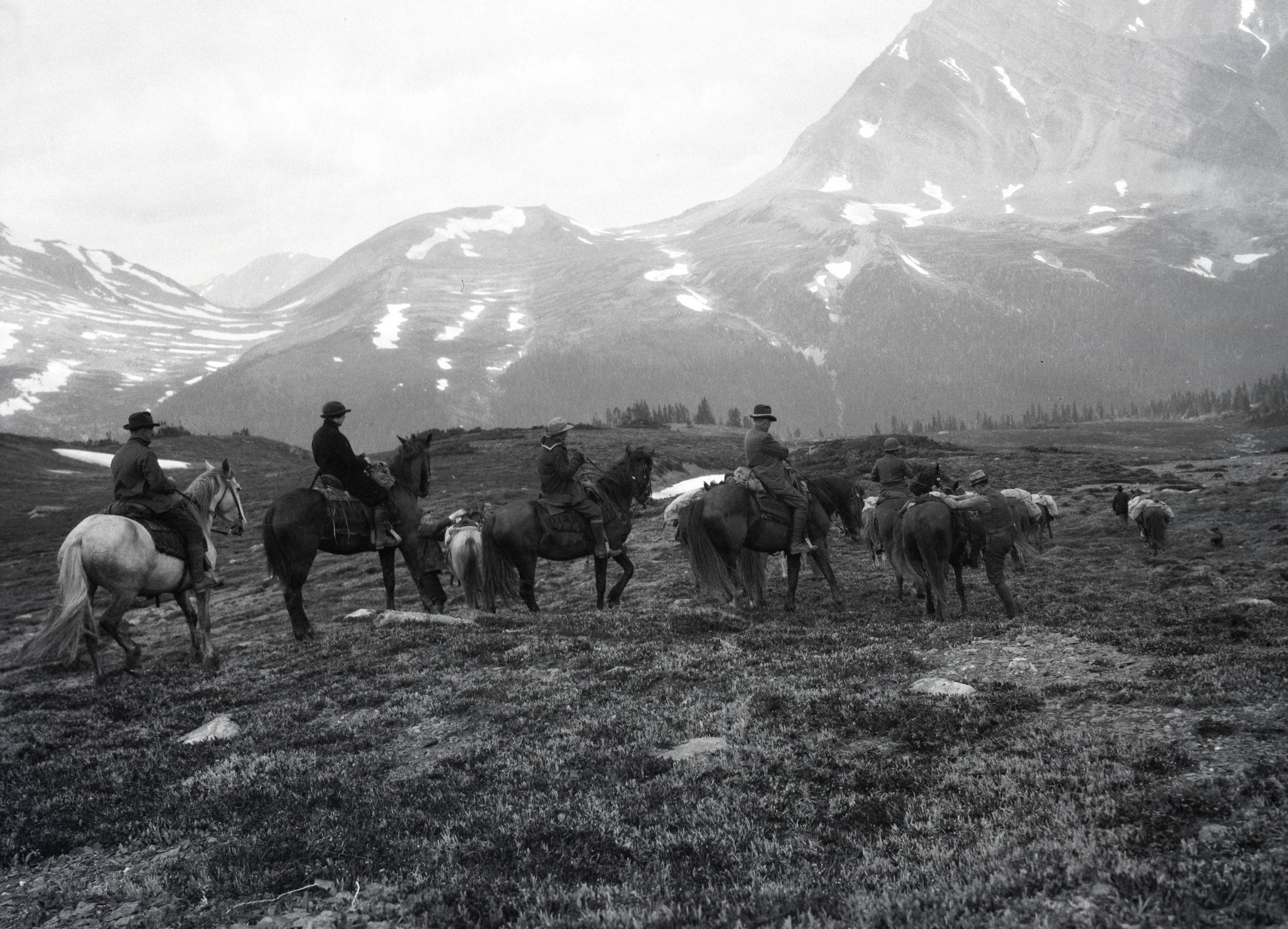
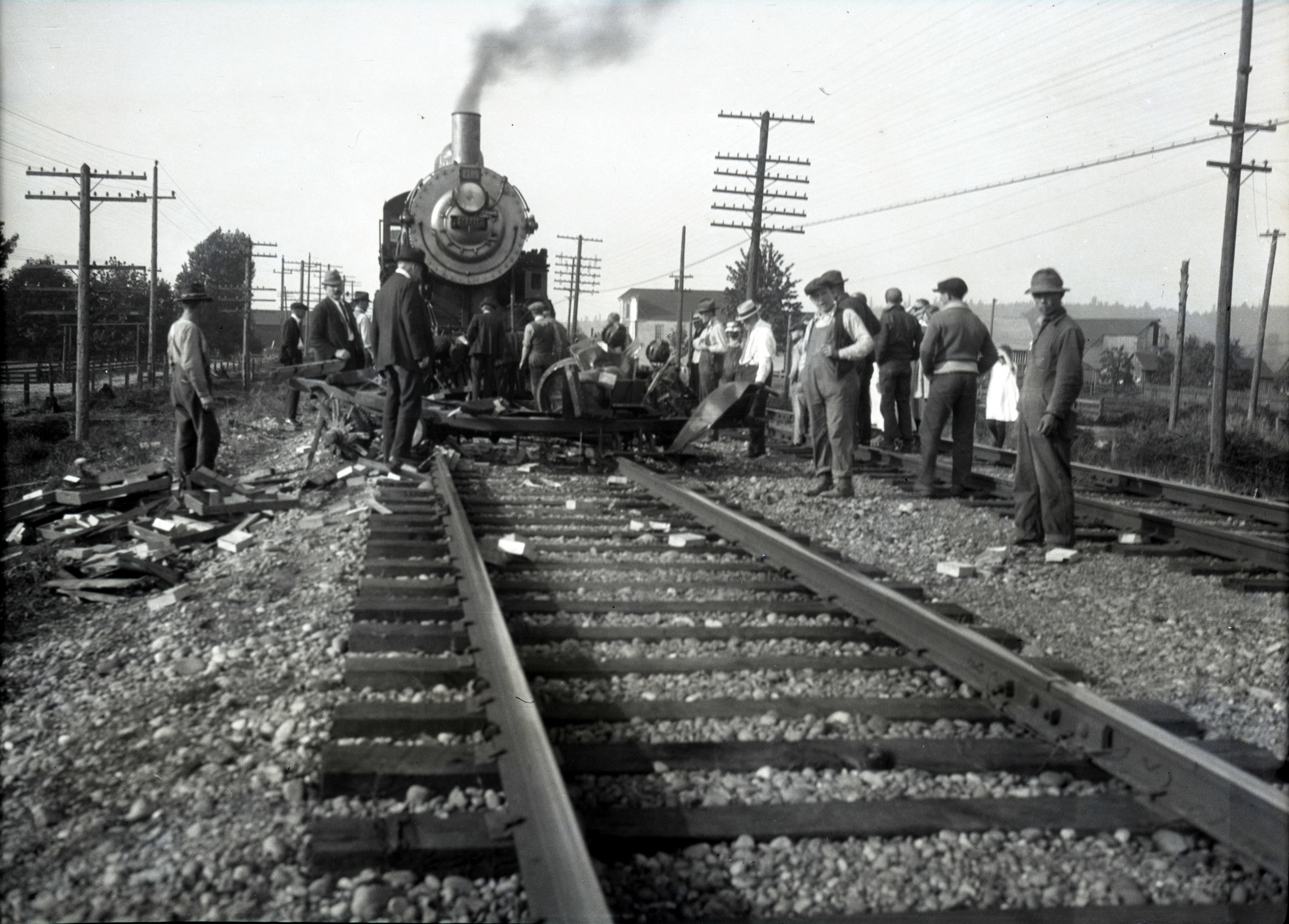
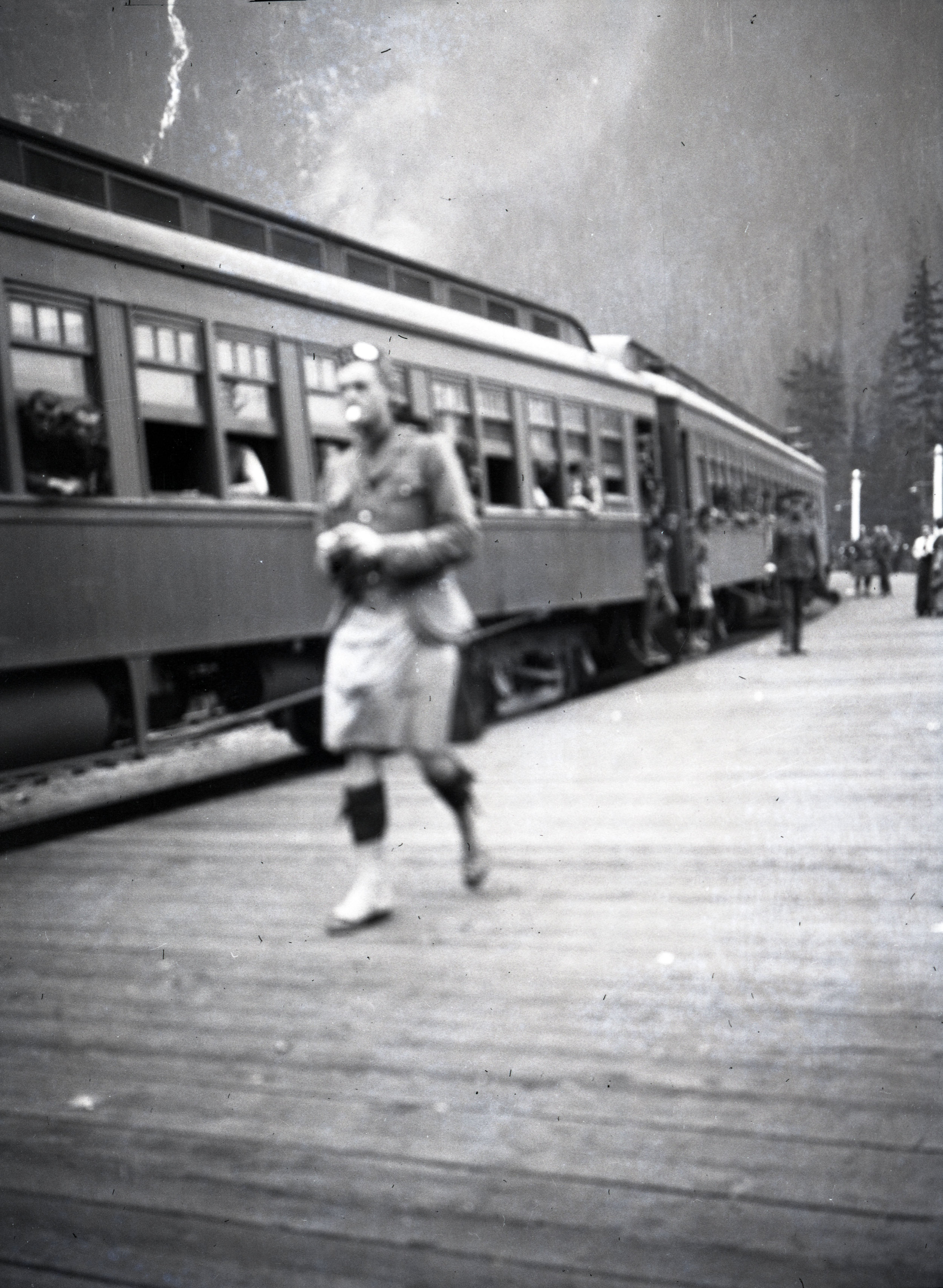
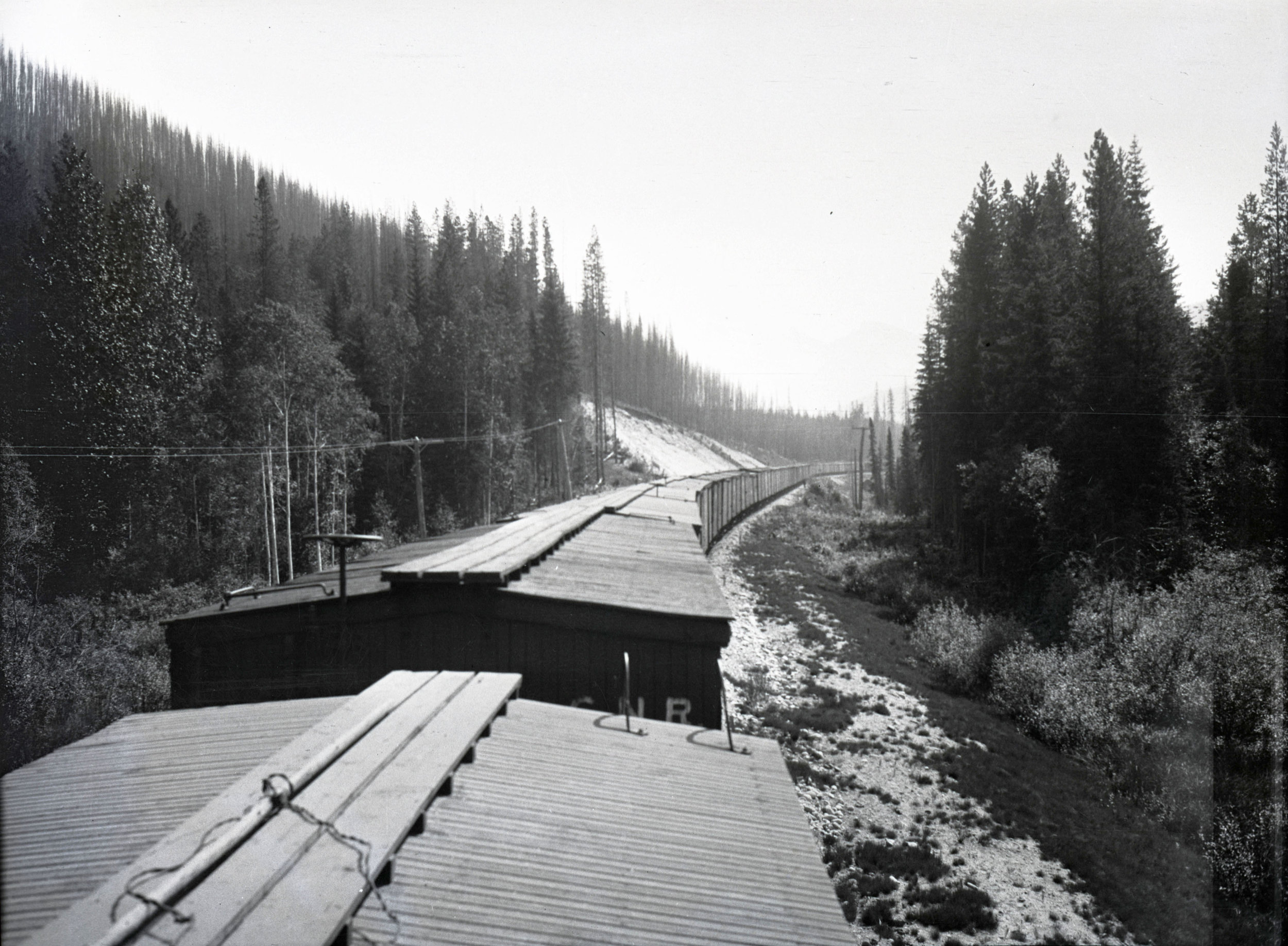
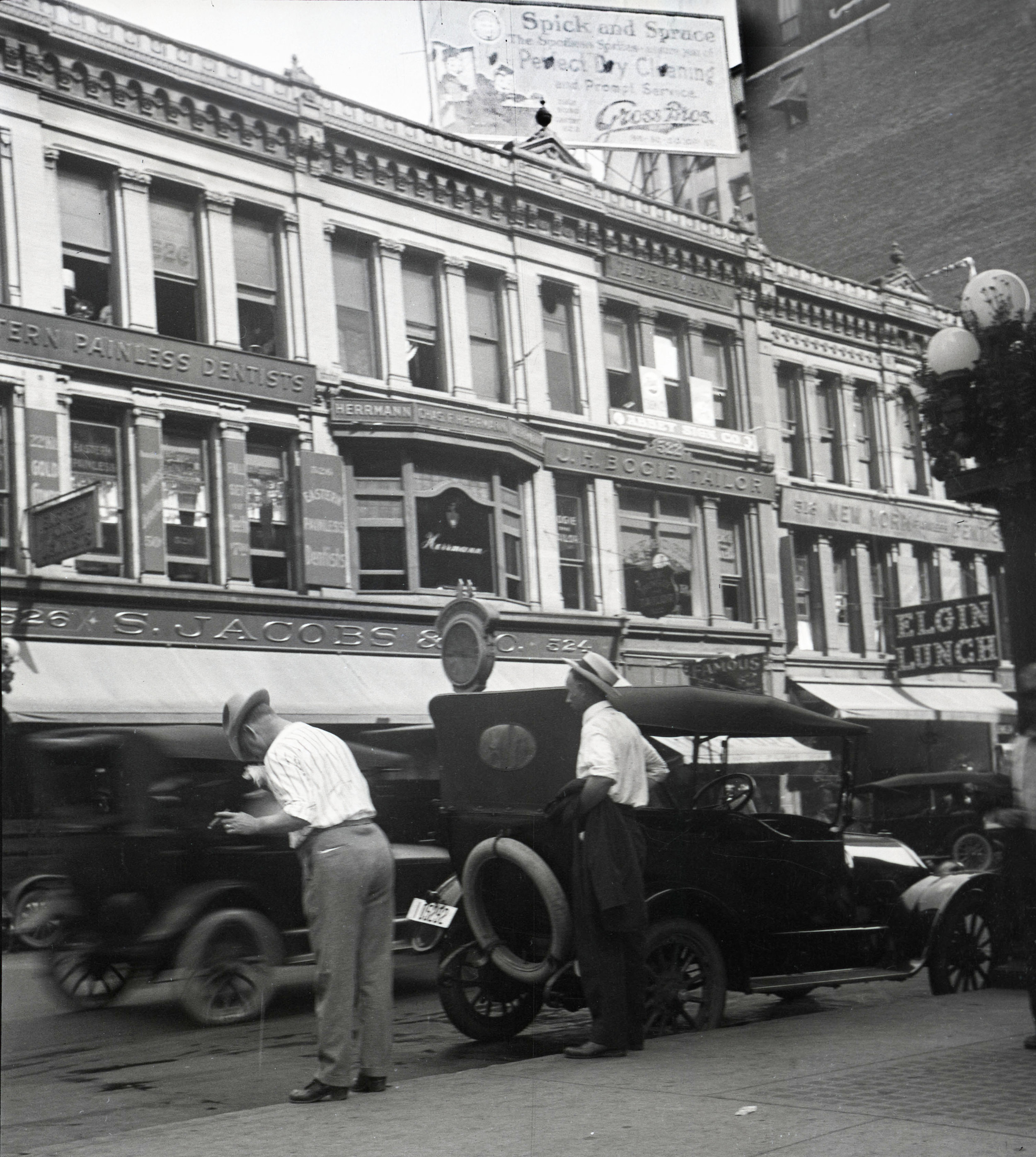
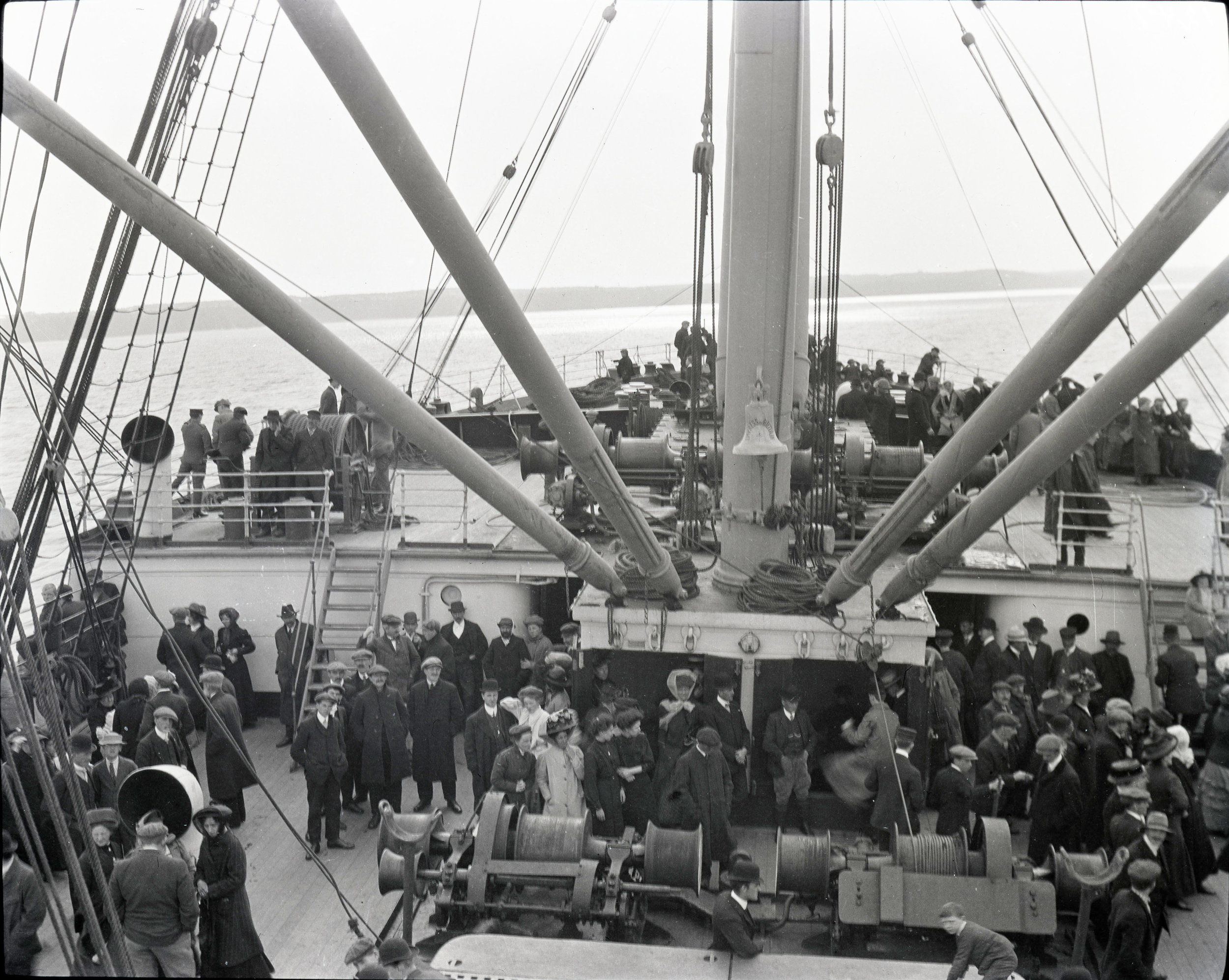
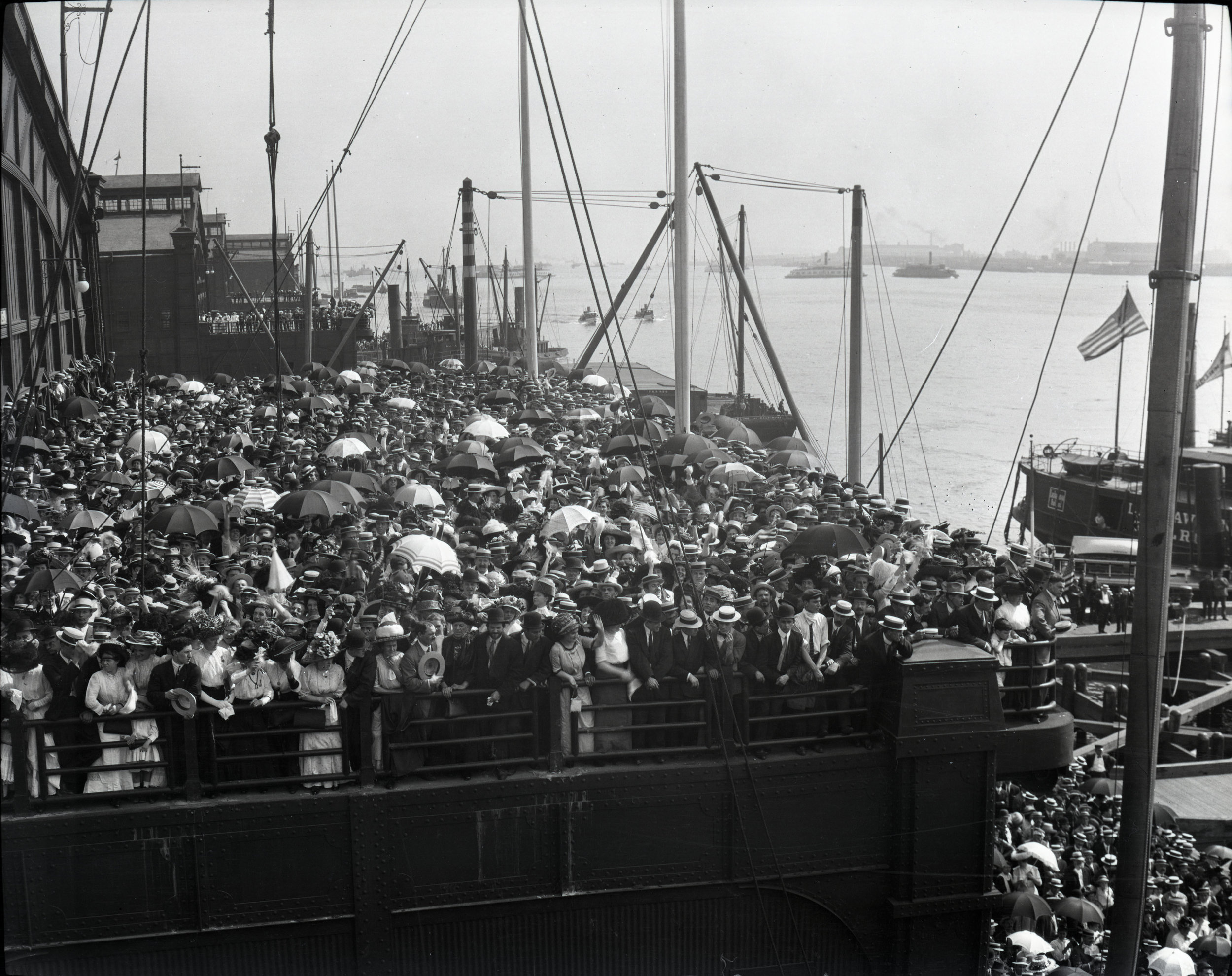
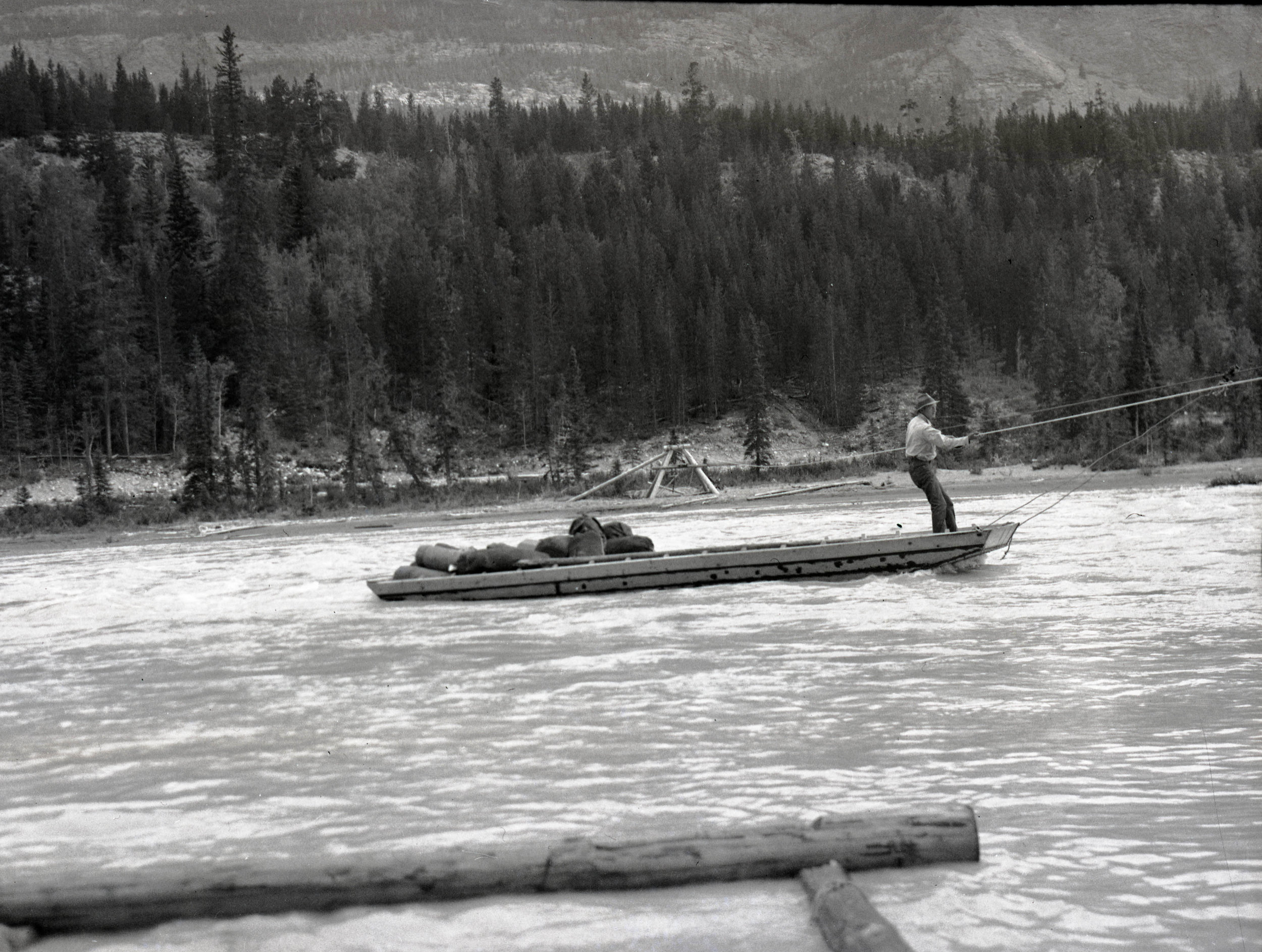
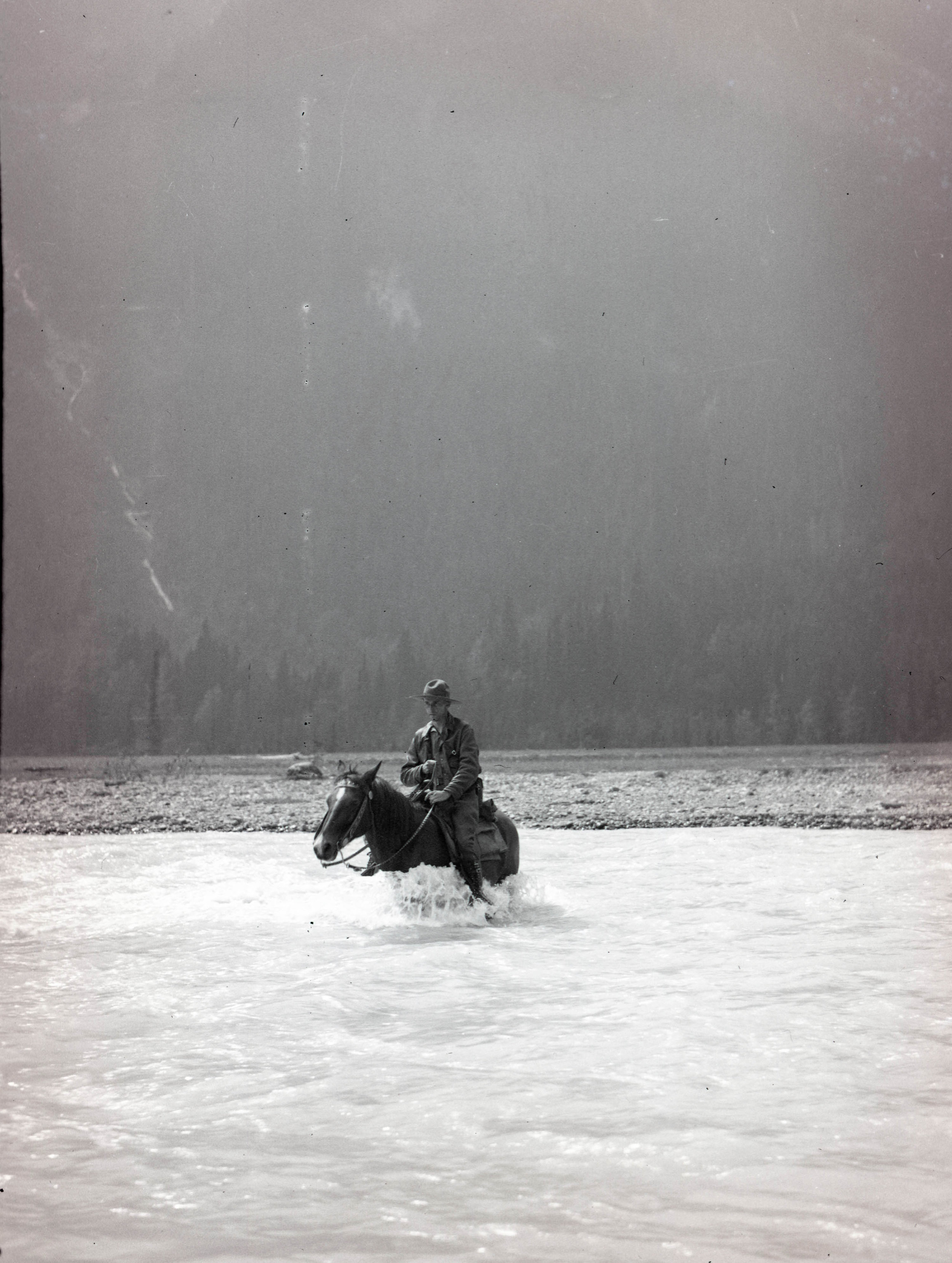
Life and Times
The world has changed a lot since 1900 - these photos illustrate just a few of the differences.
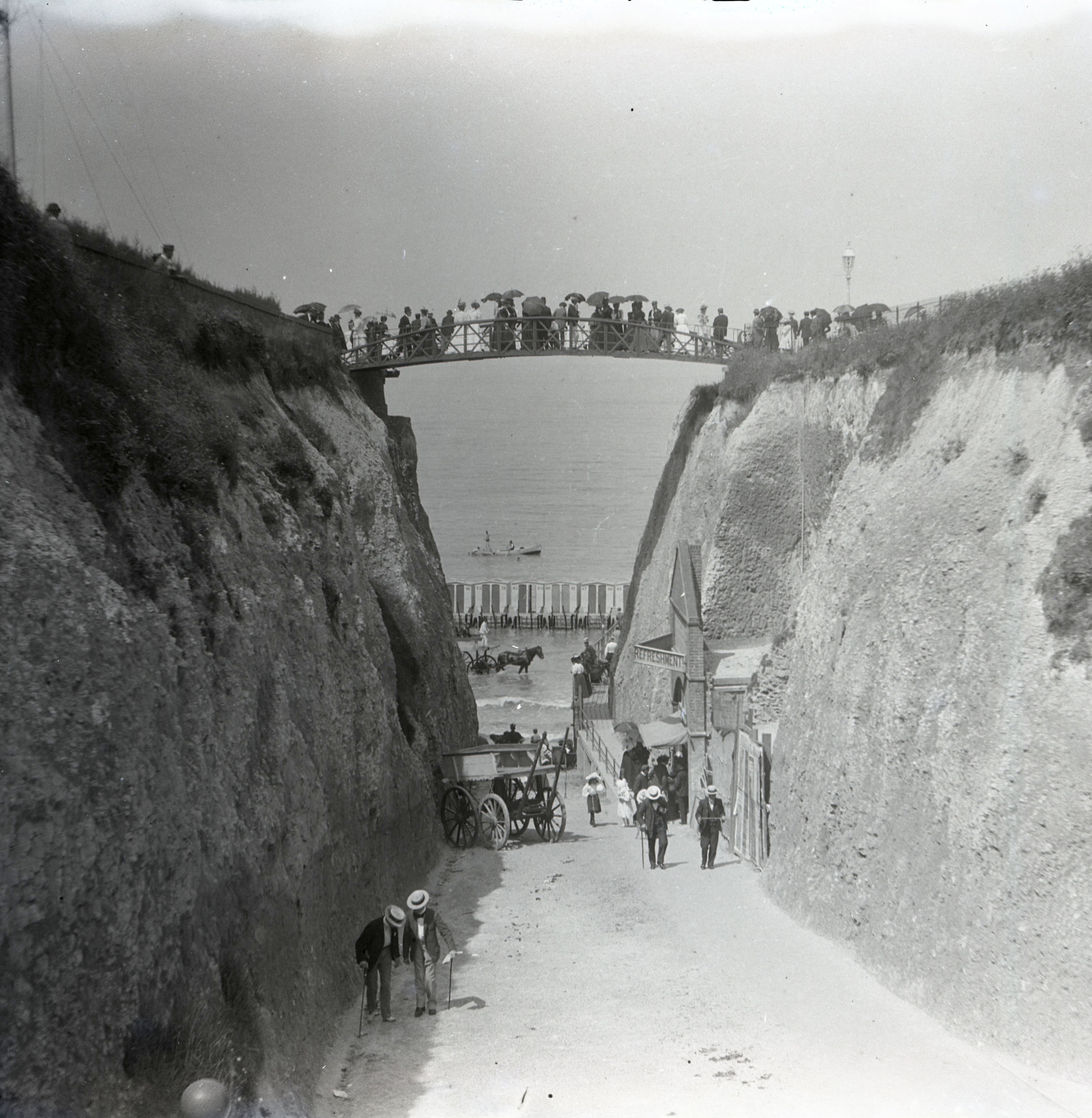
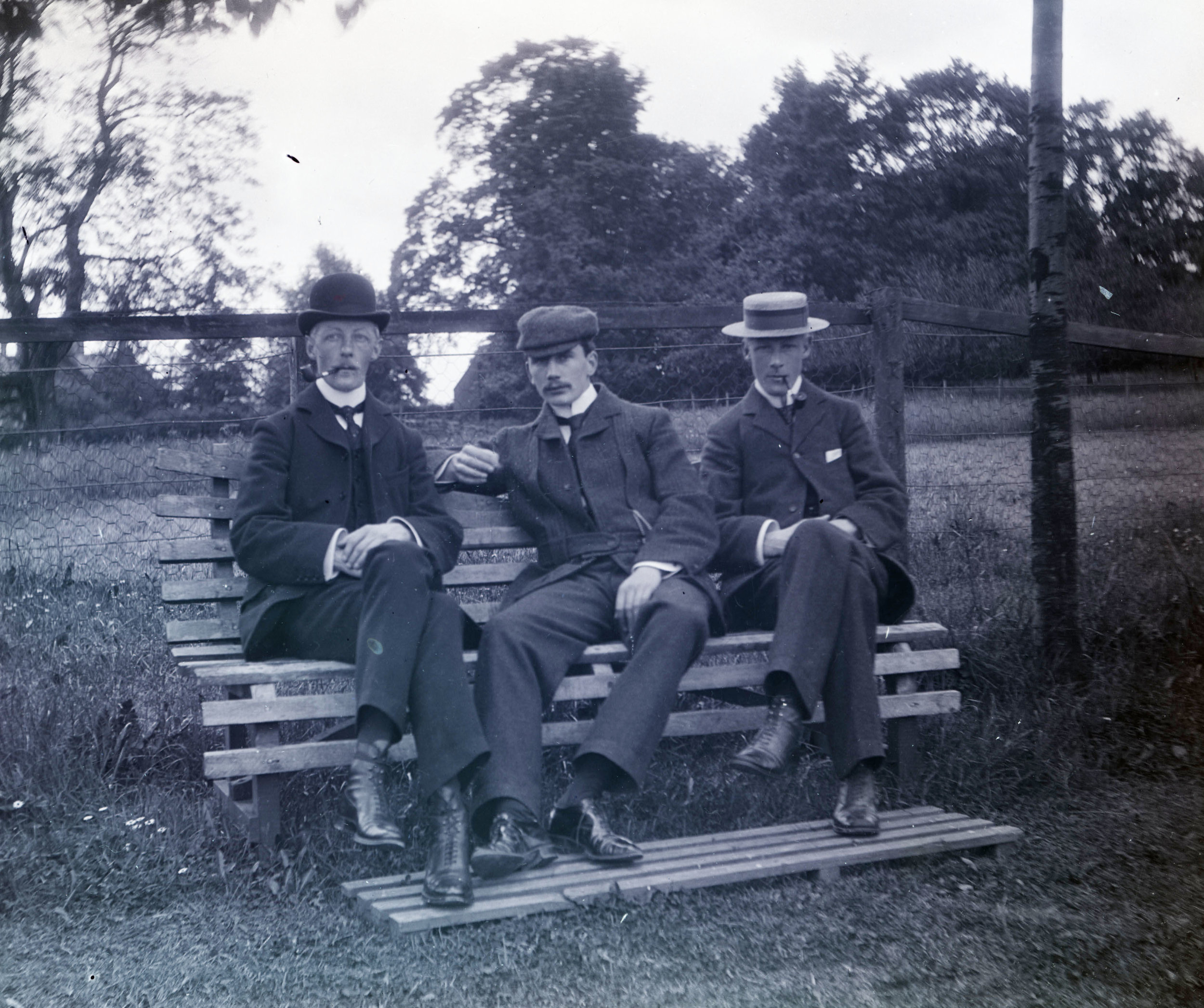
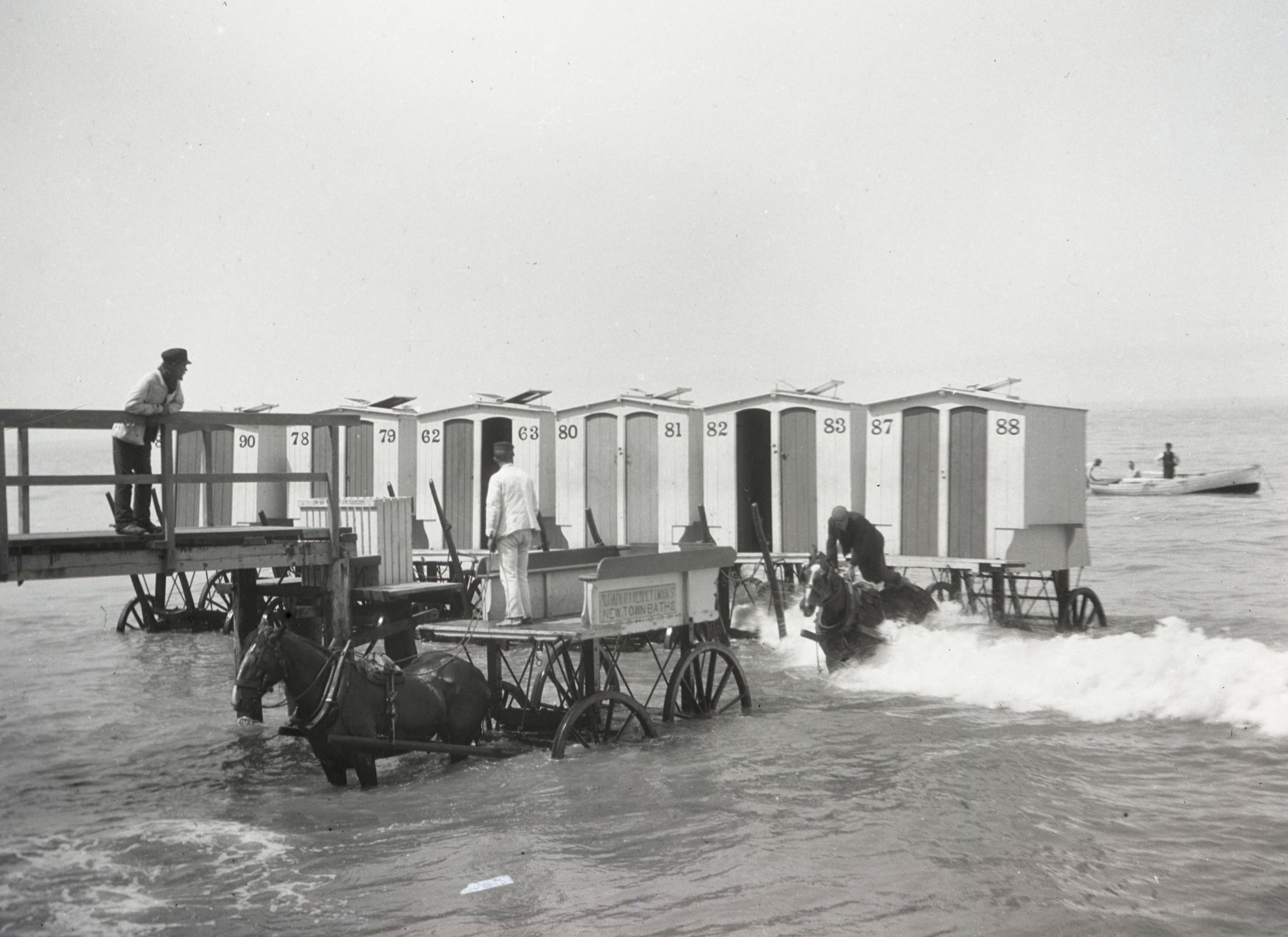
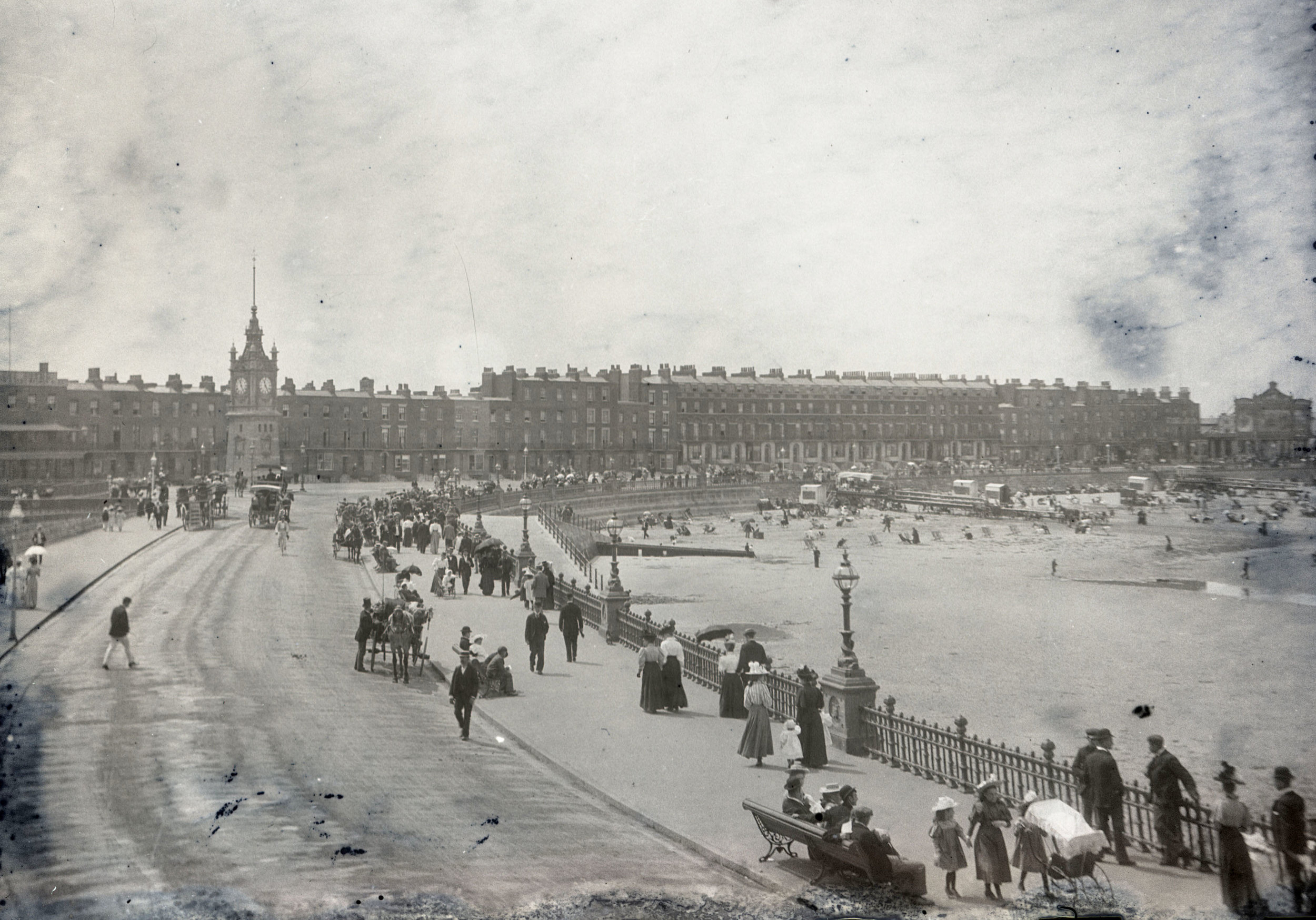
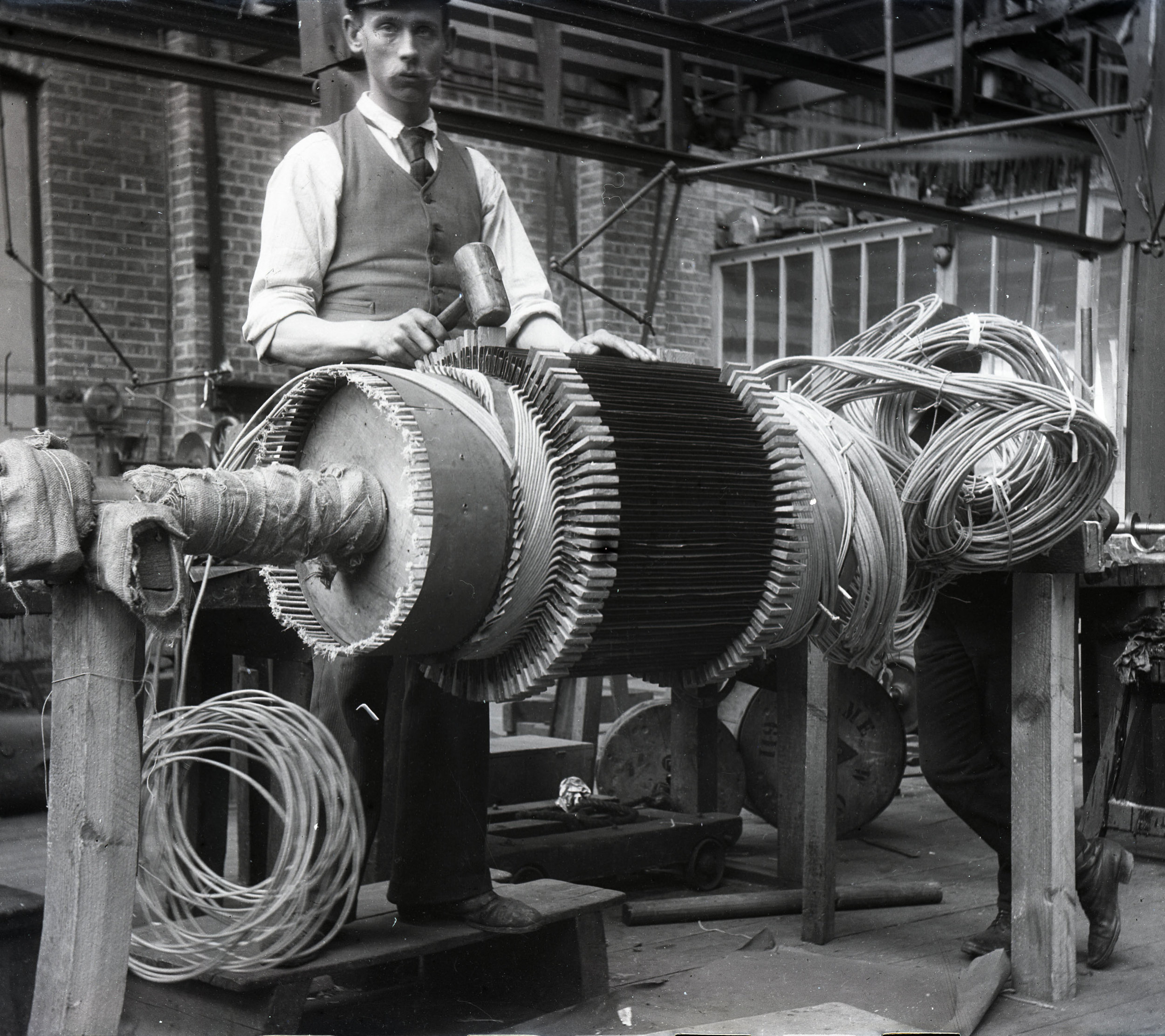
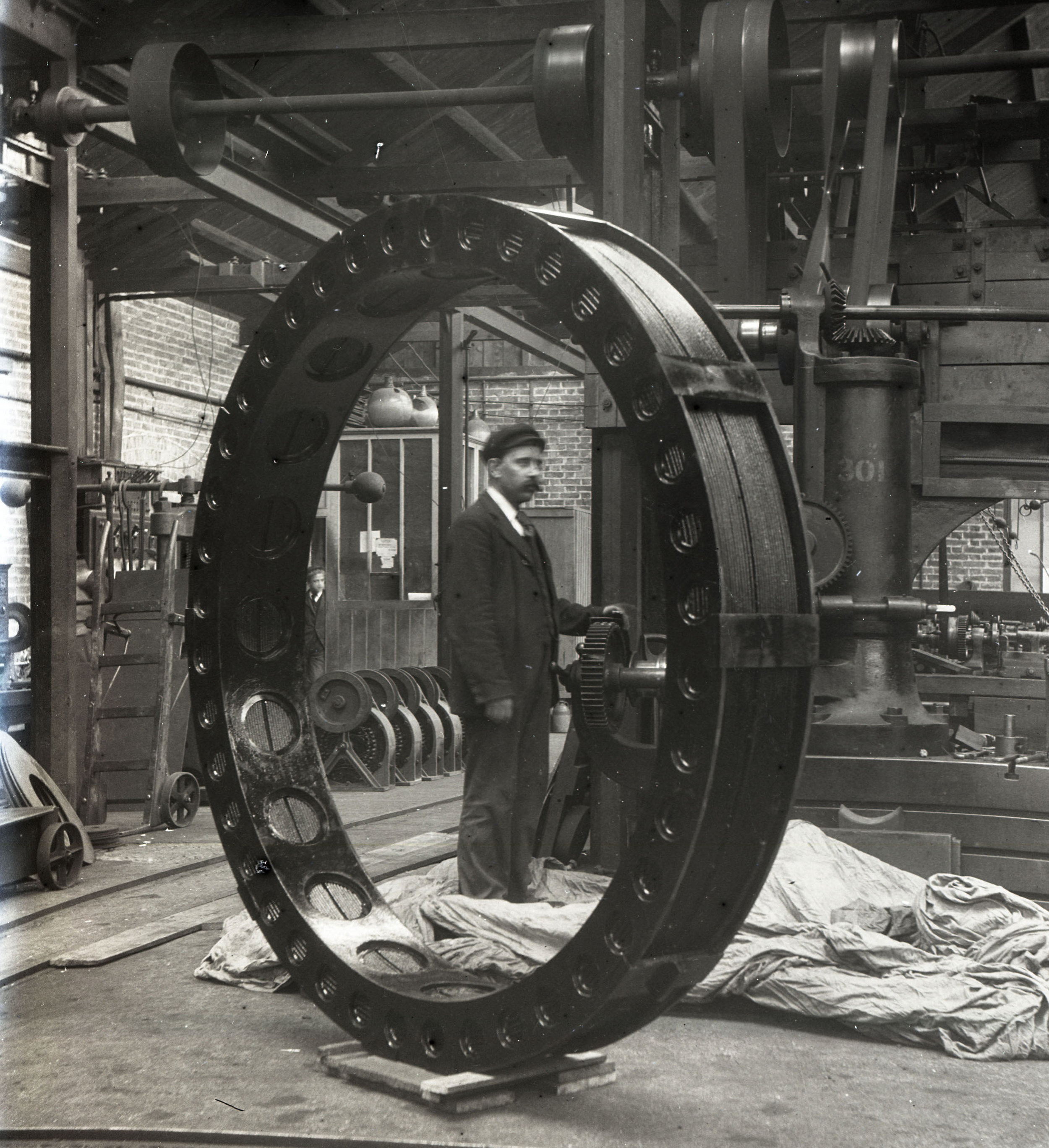
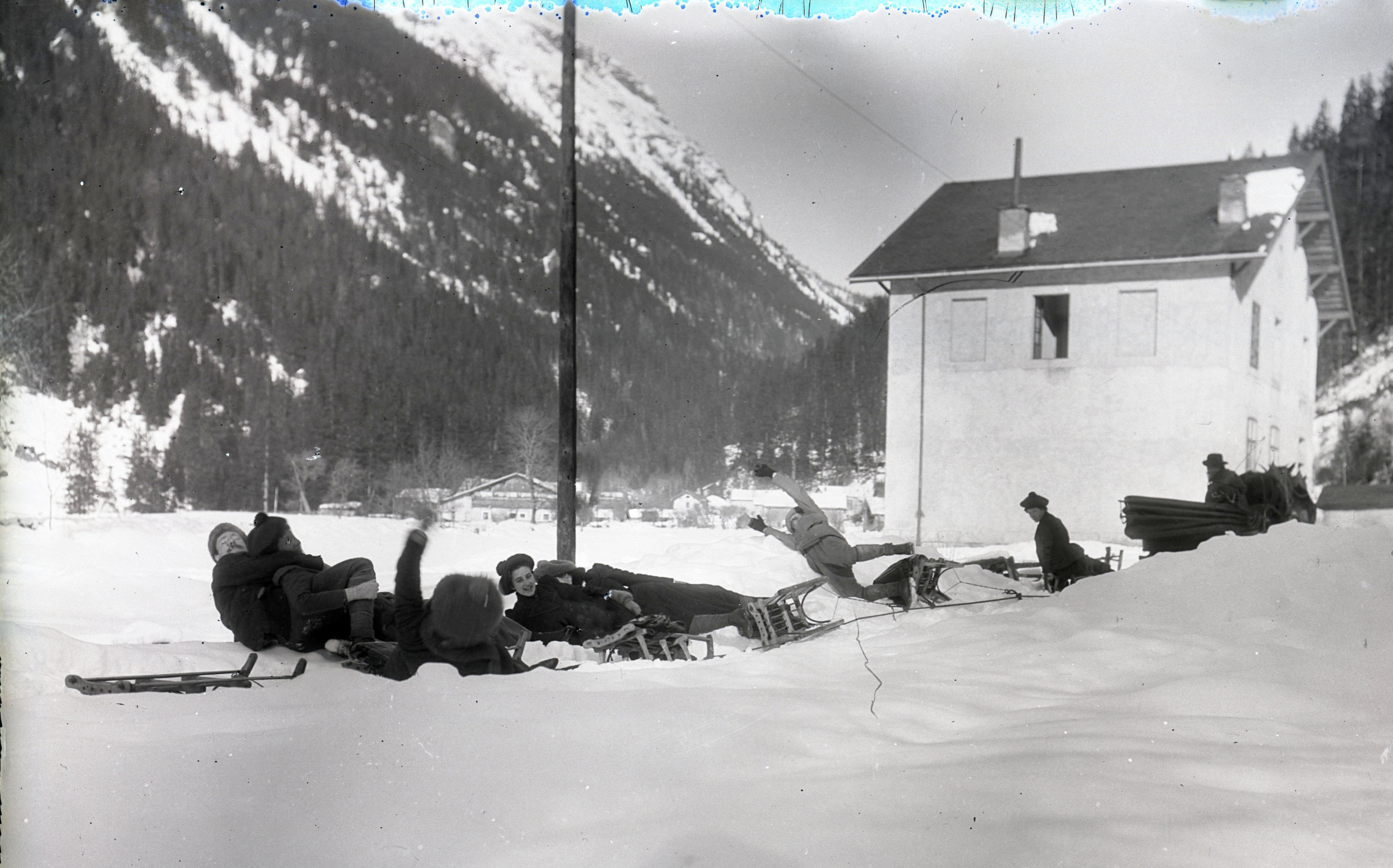
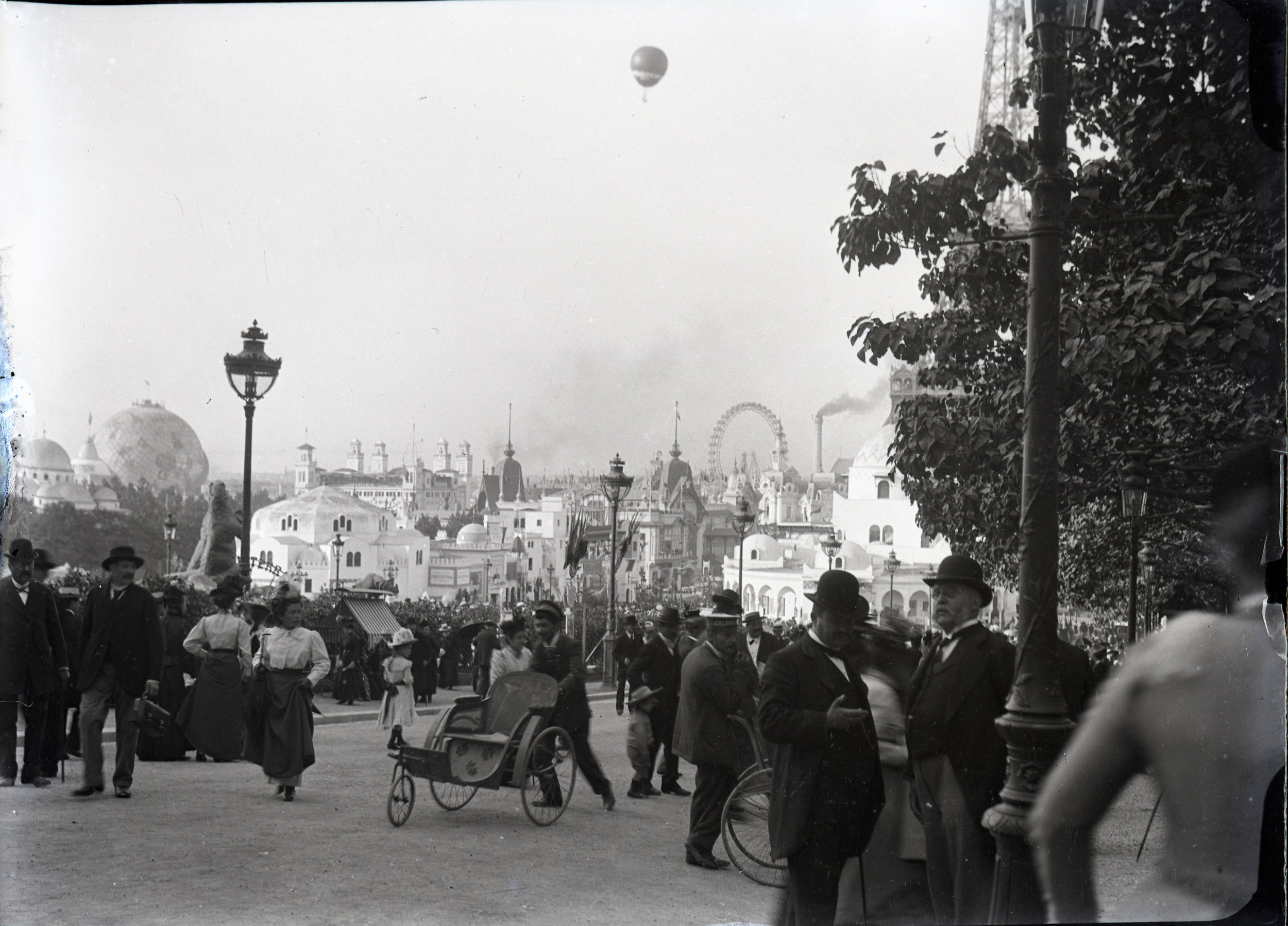
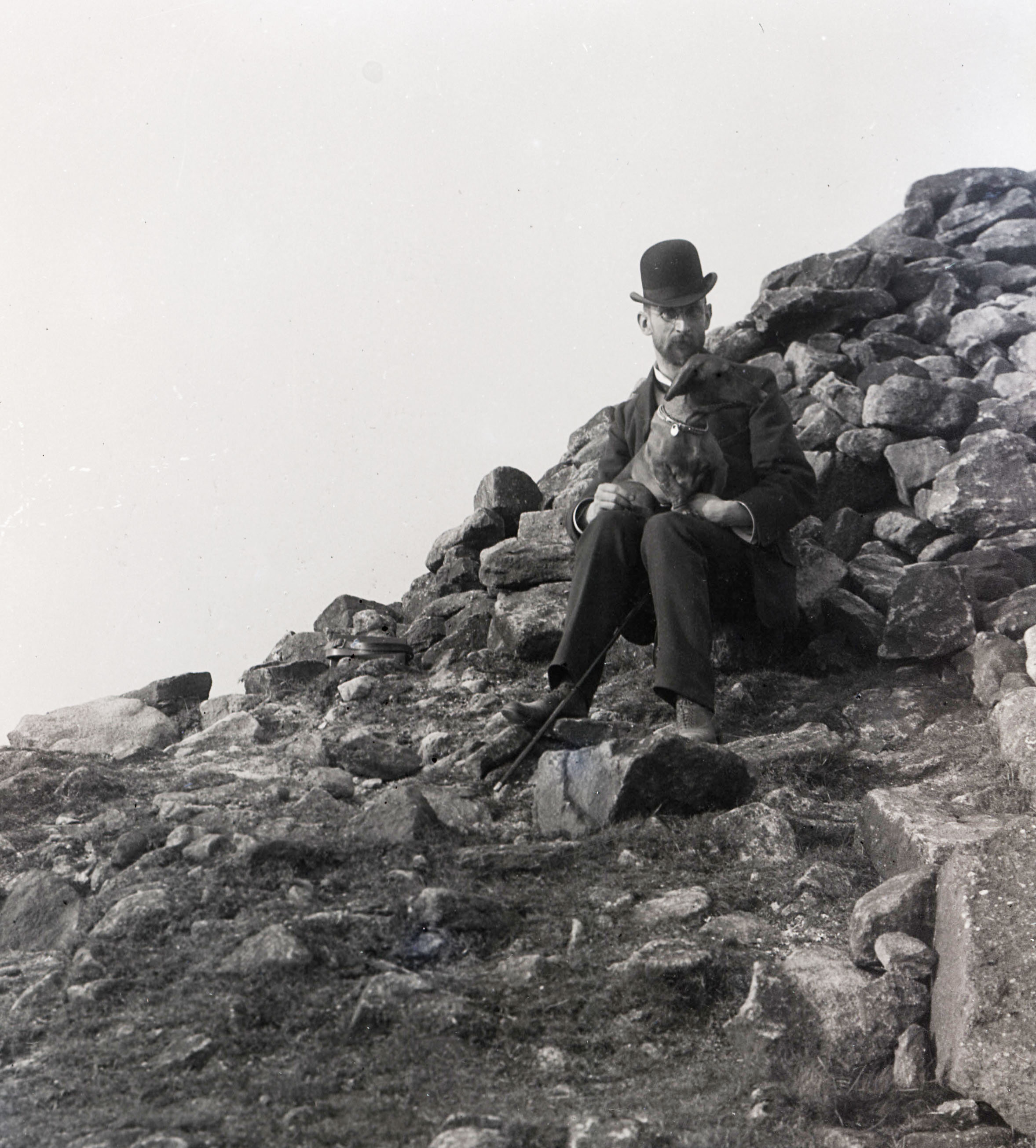
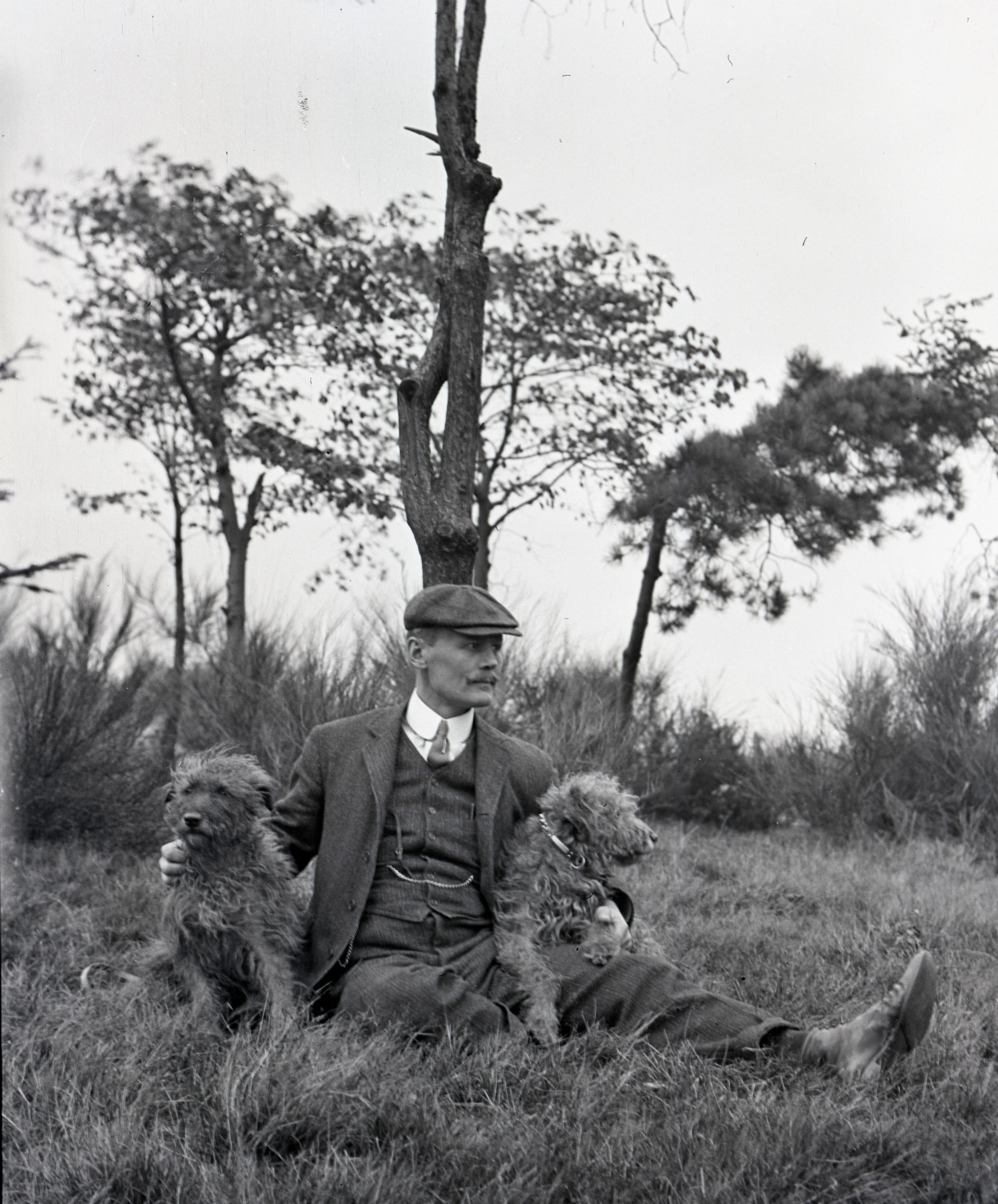
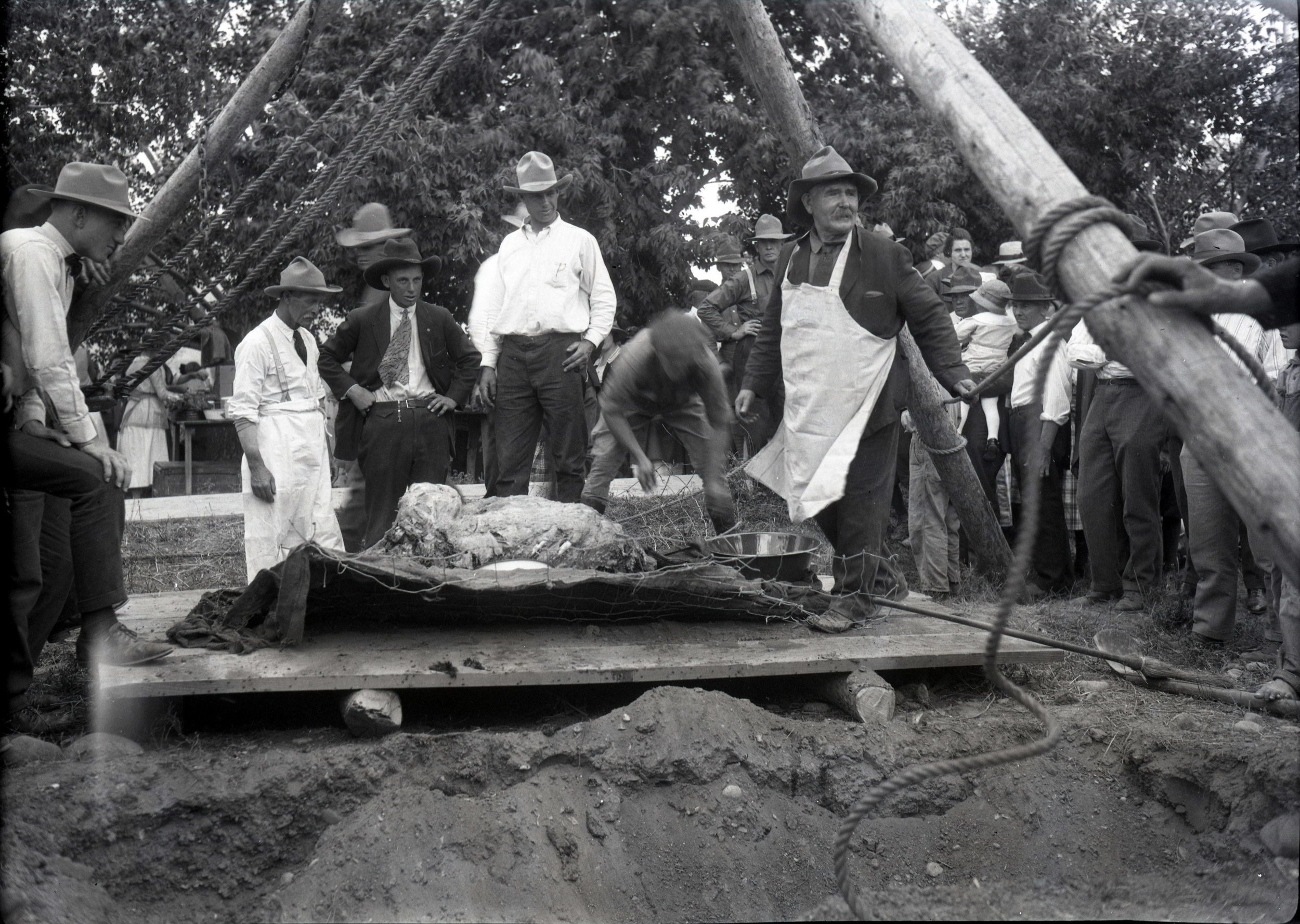
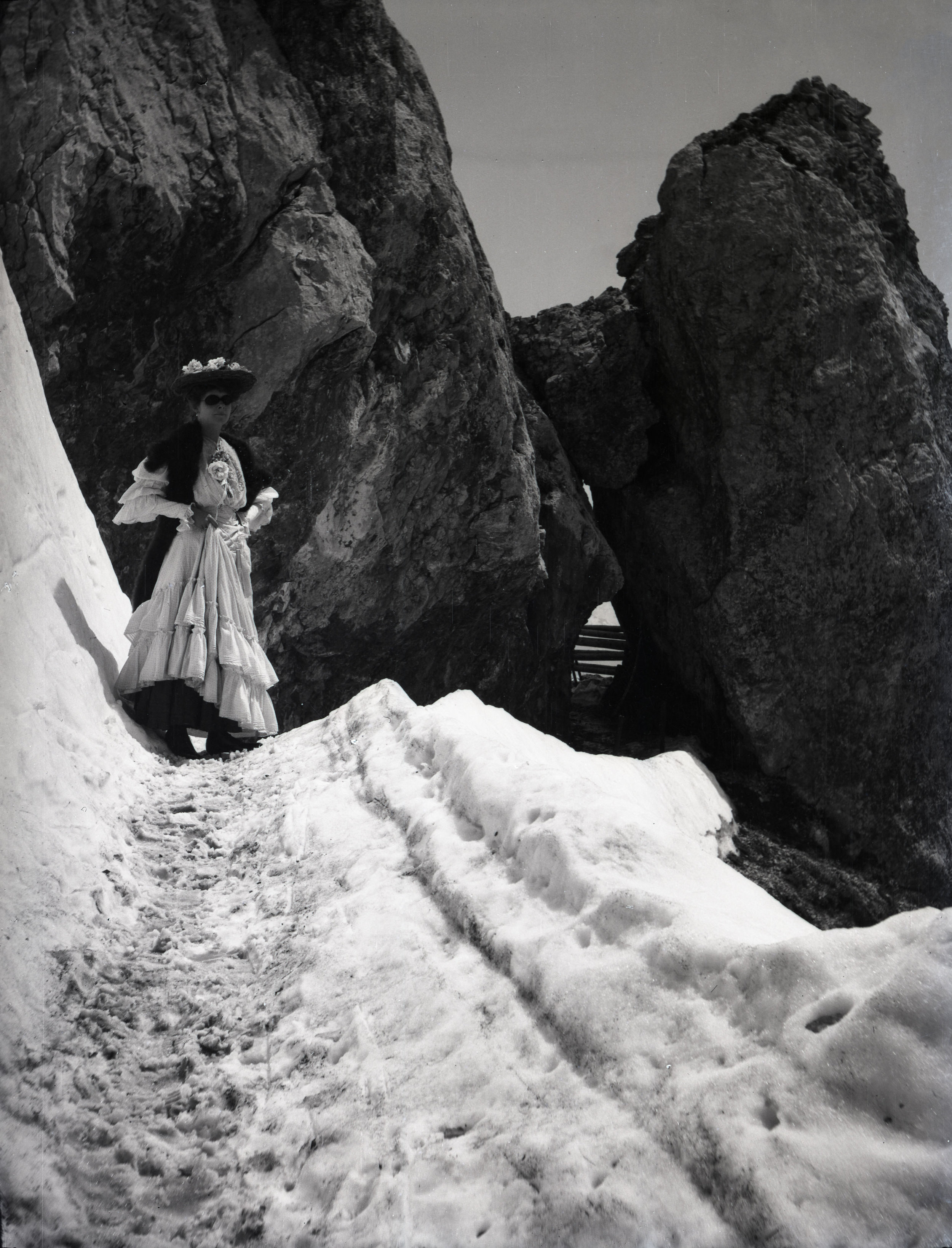
Places
Some gorgeous photos of some famous locations as they used to be.
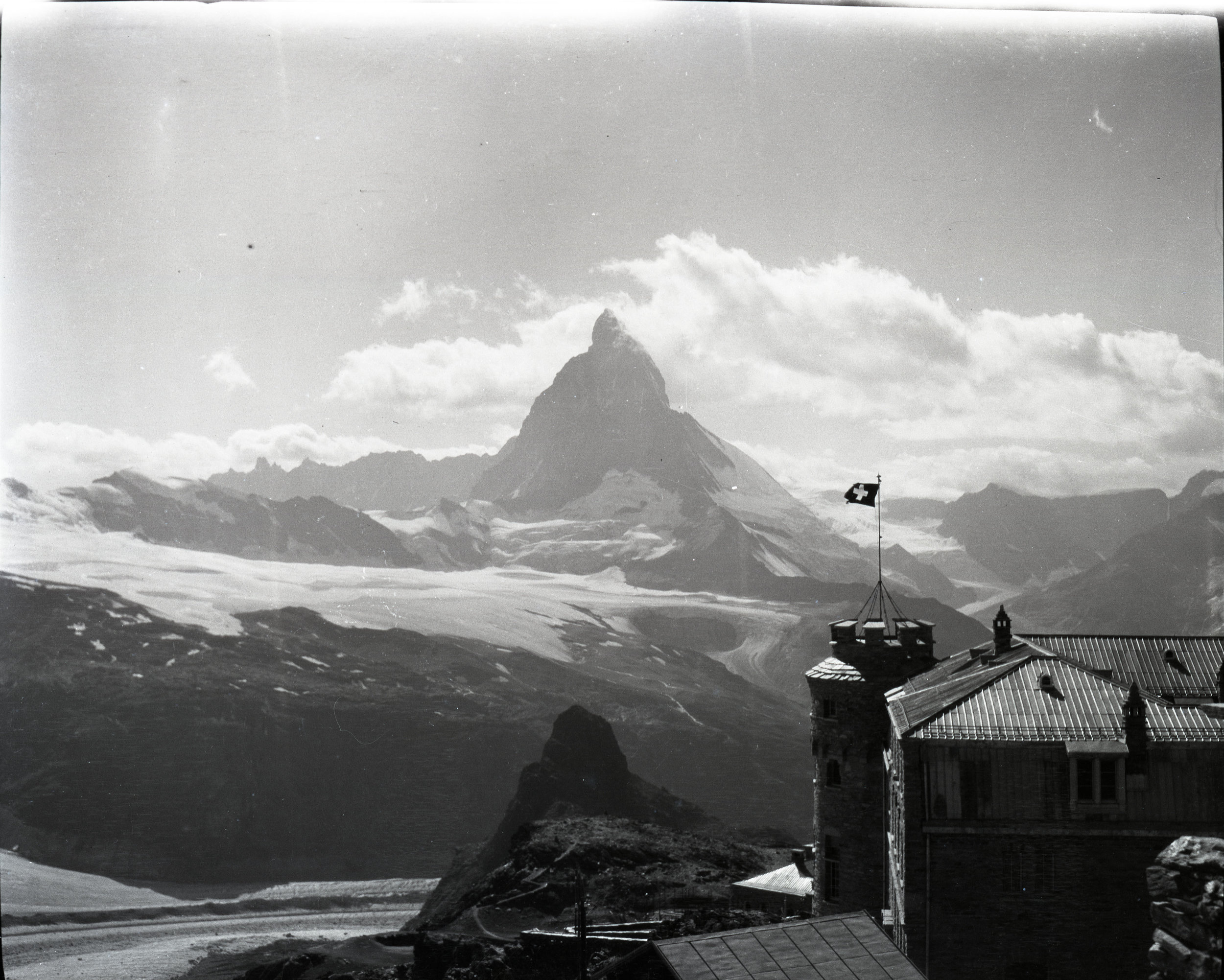
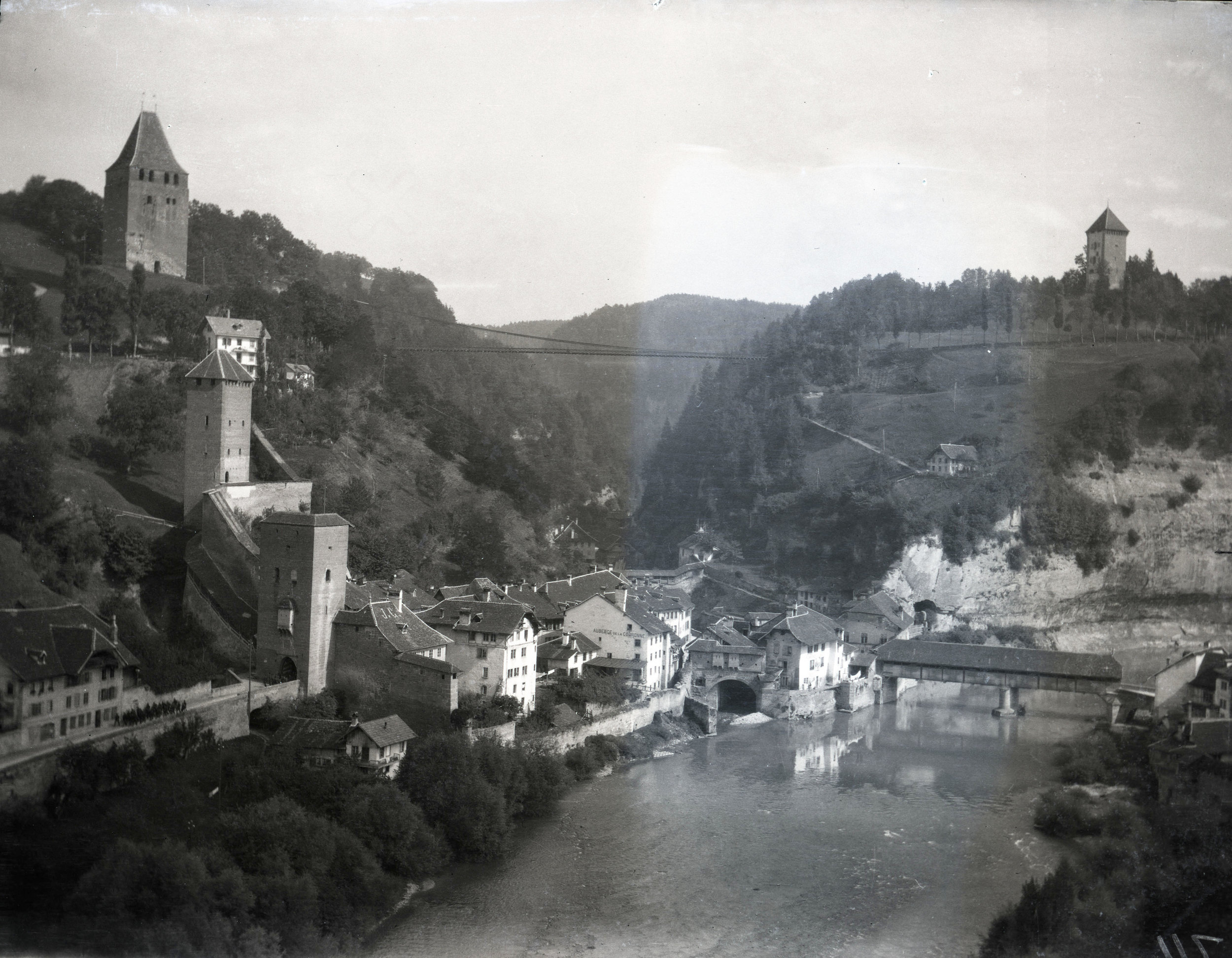
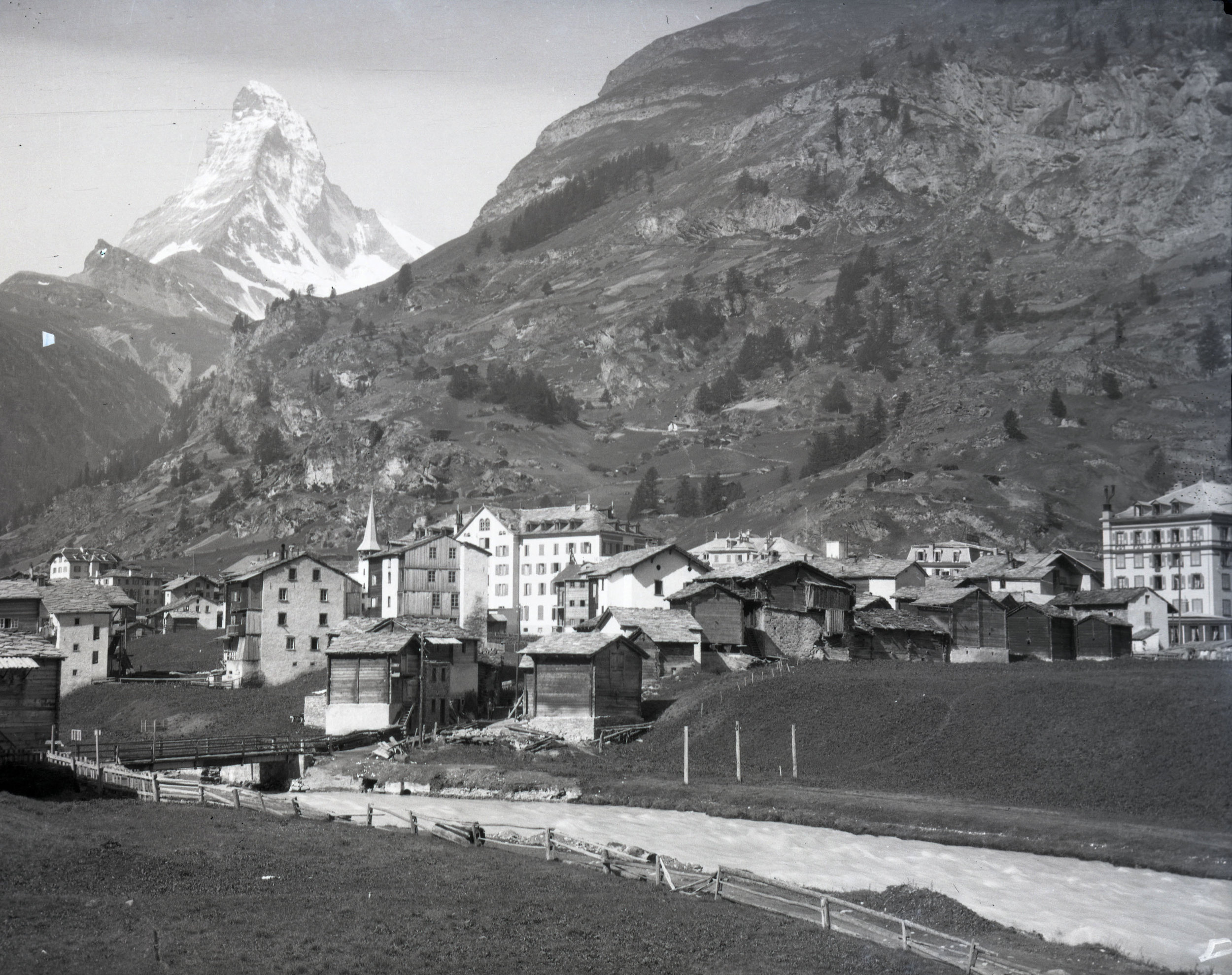
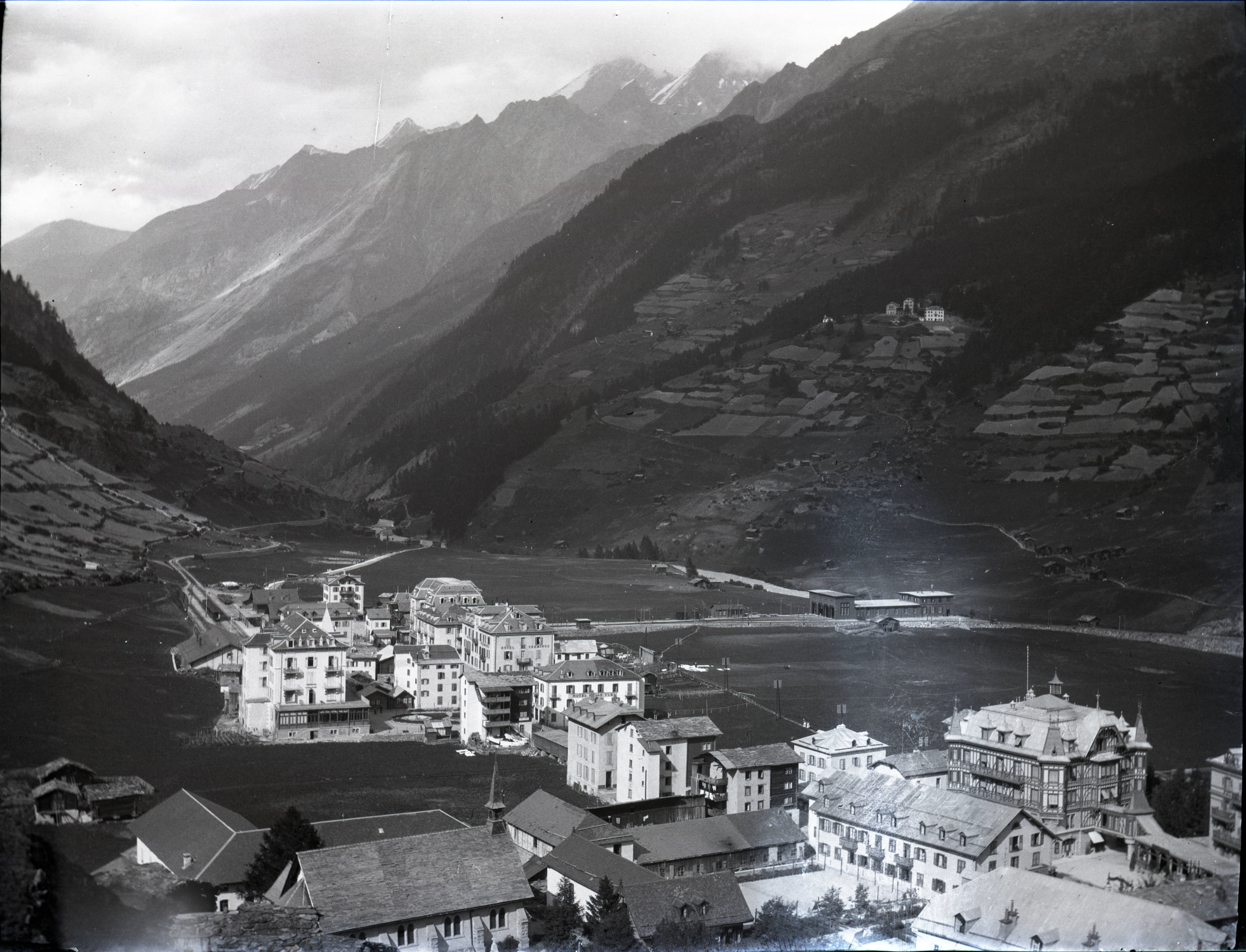
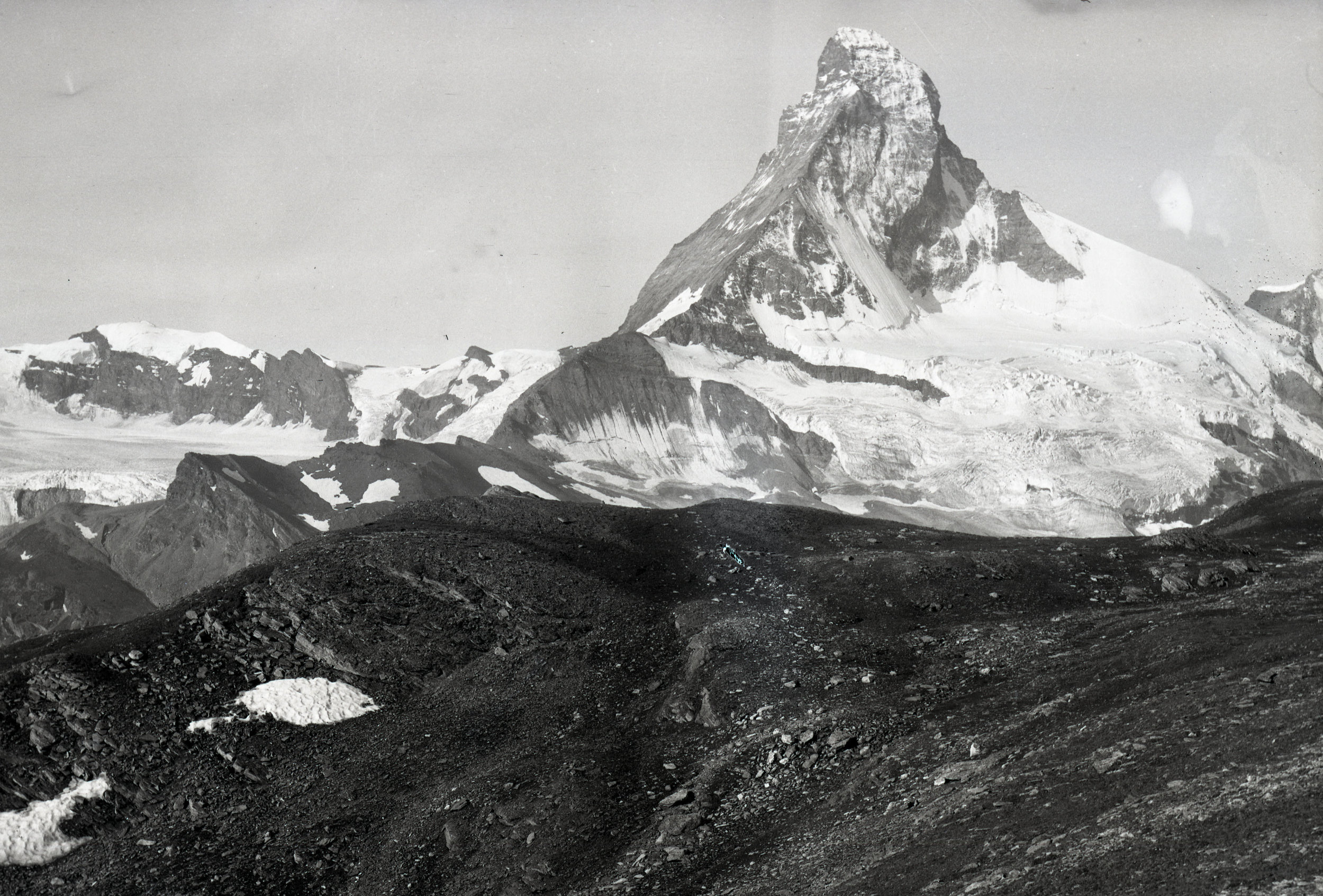
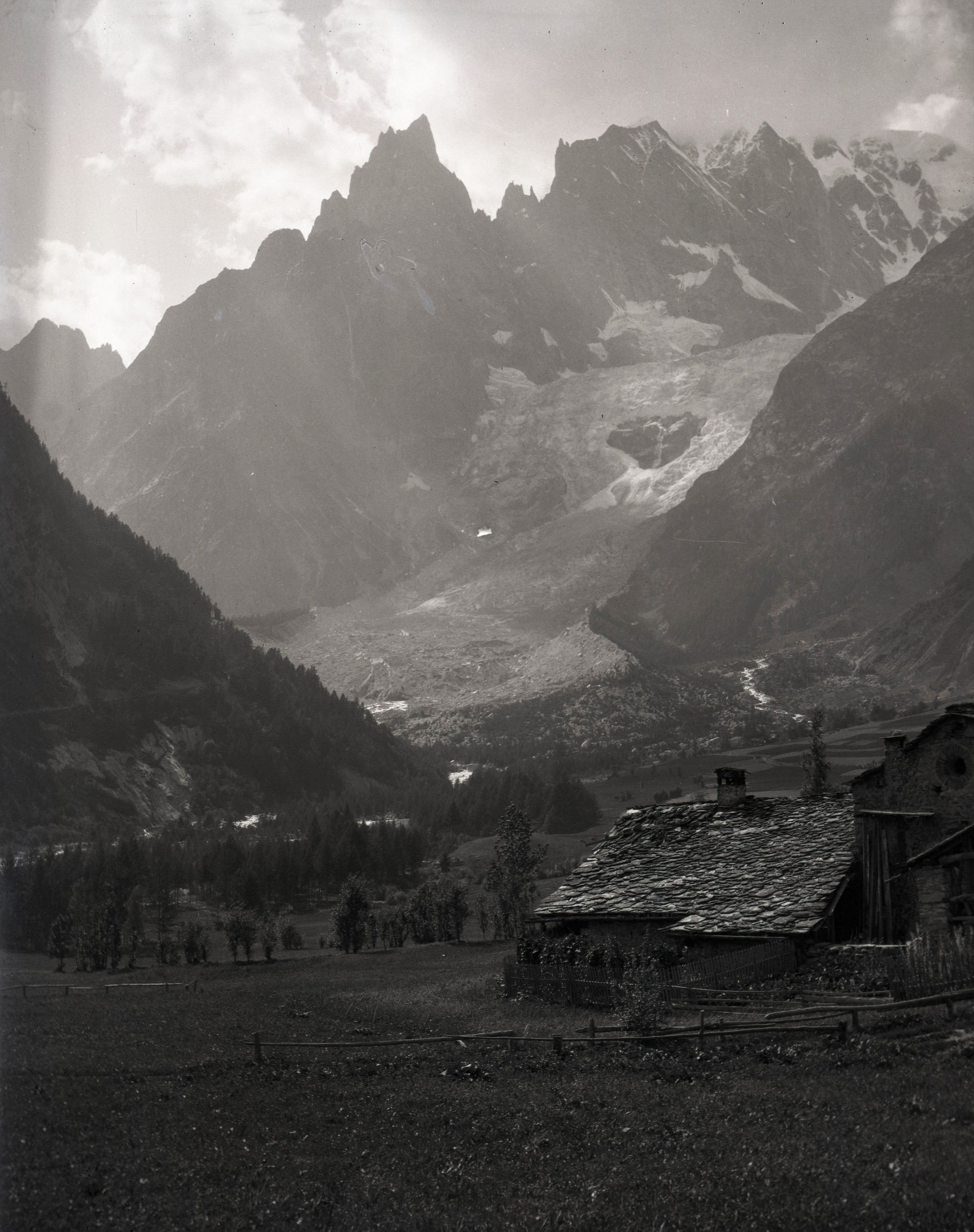
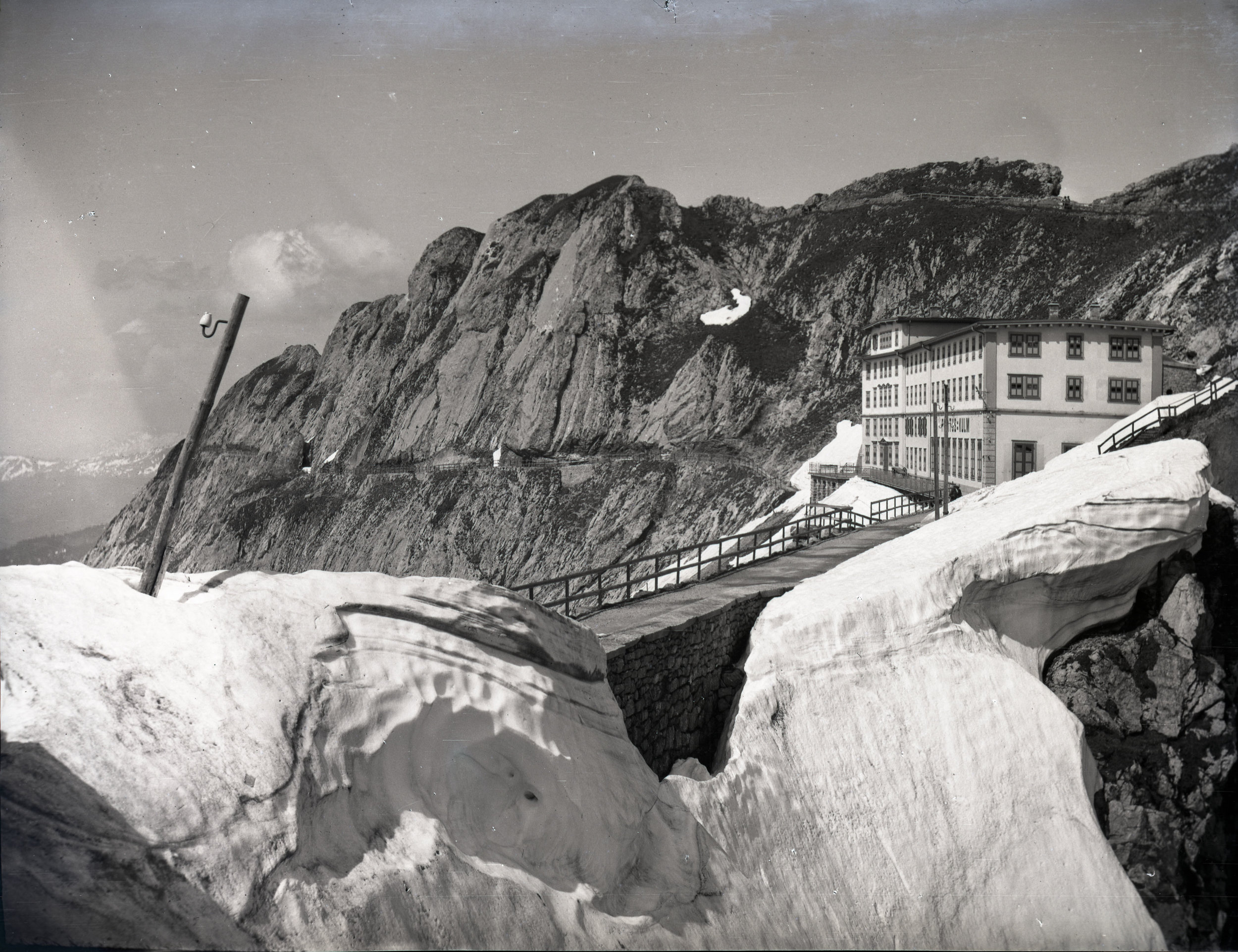
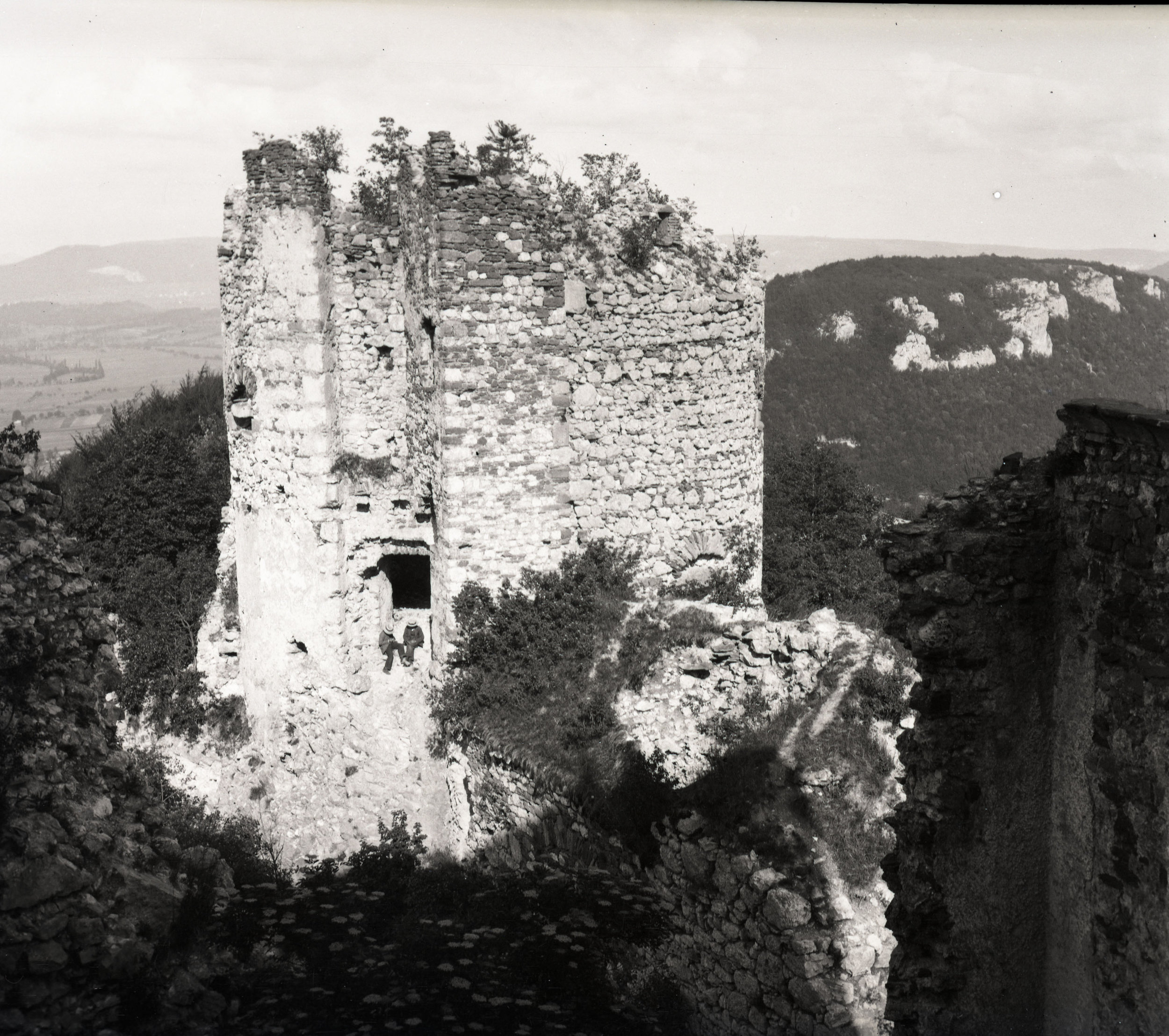
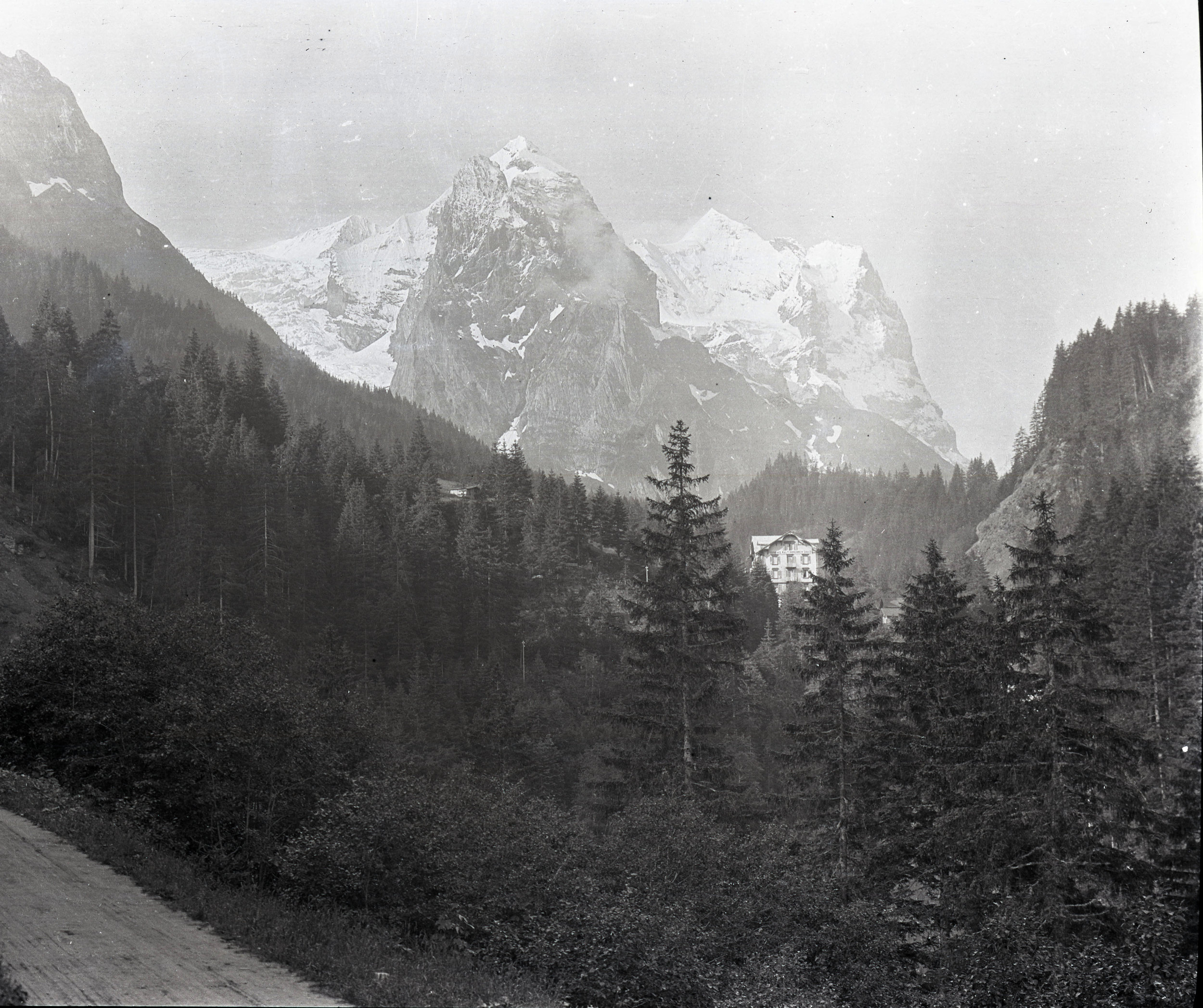
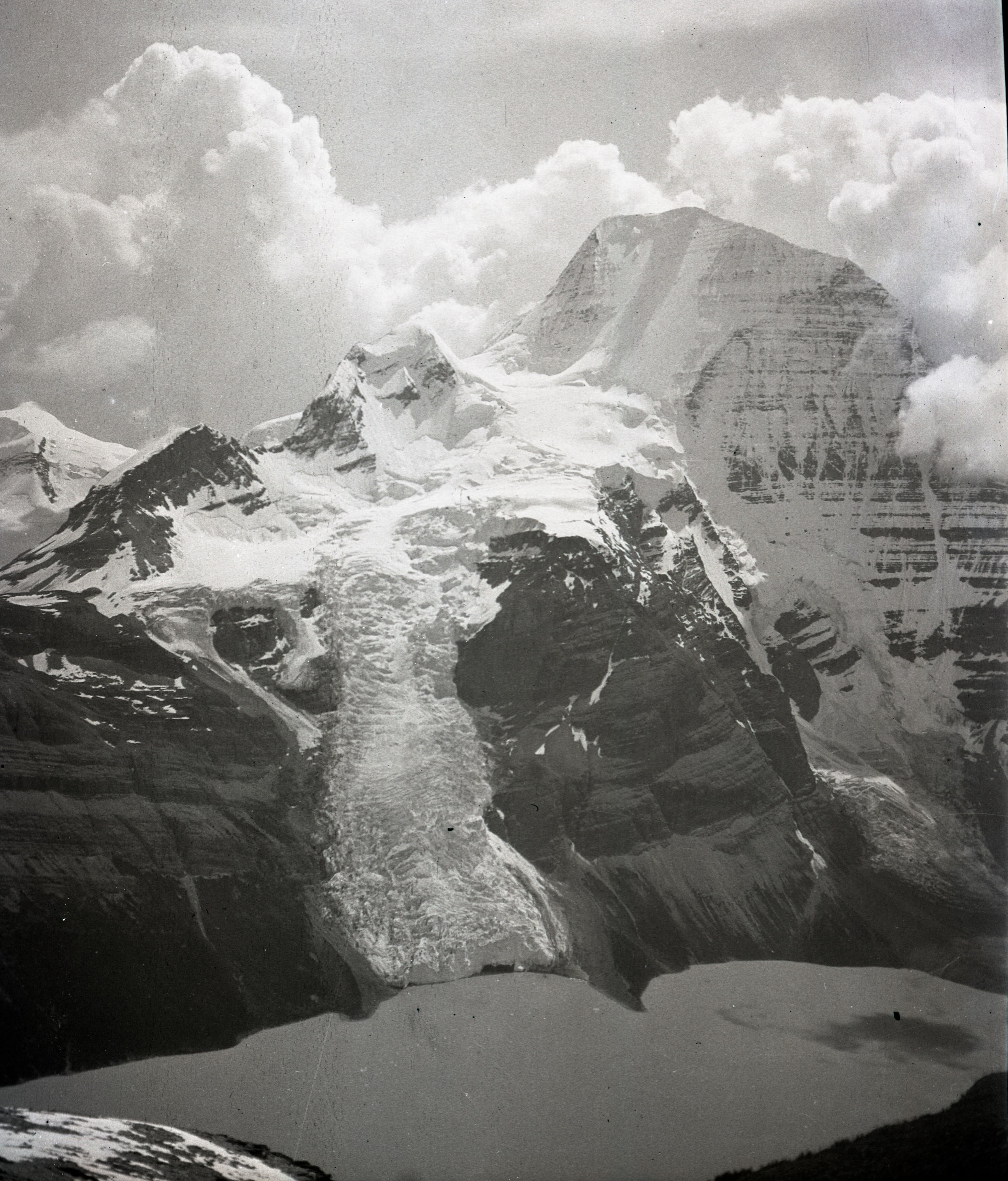

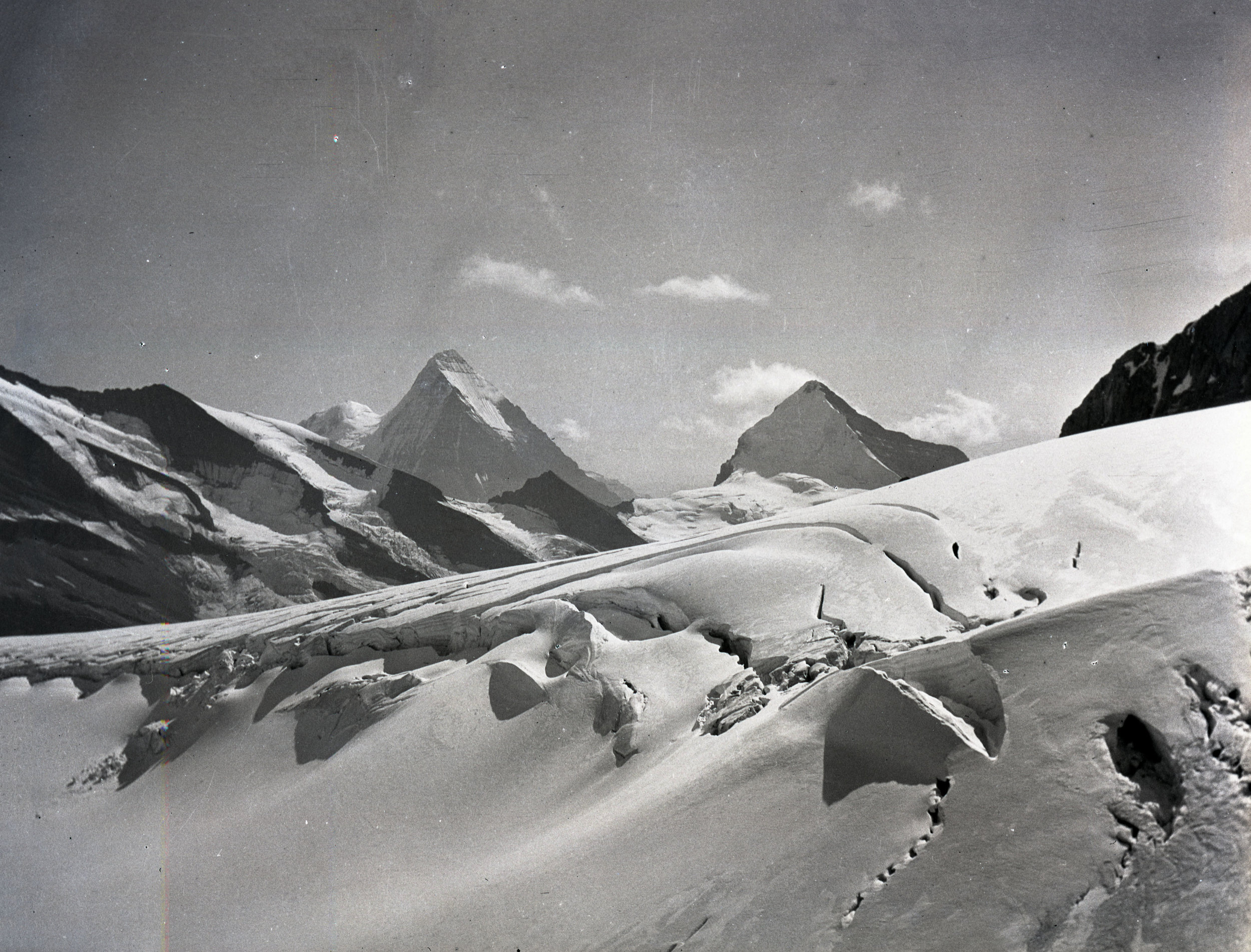
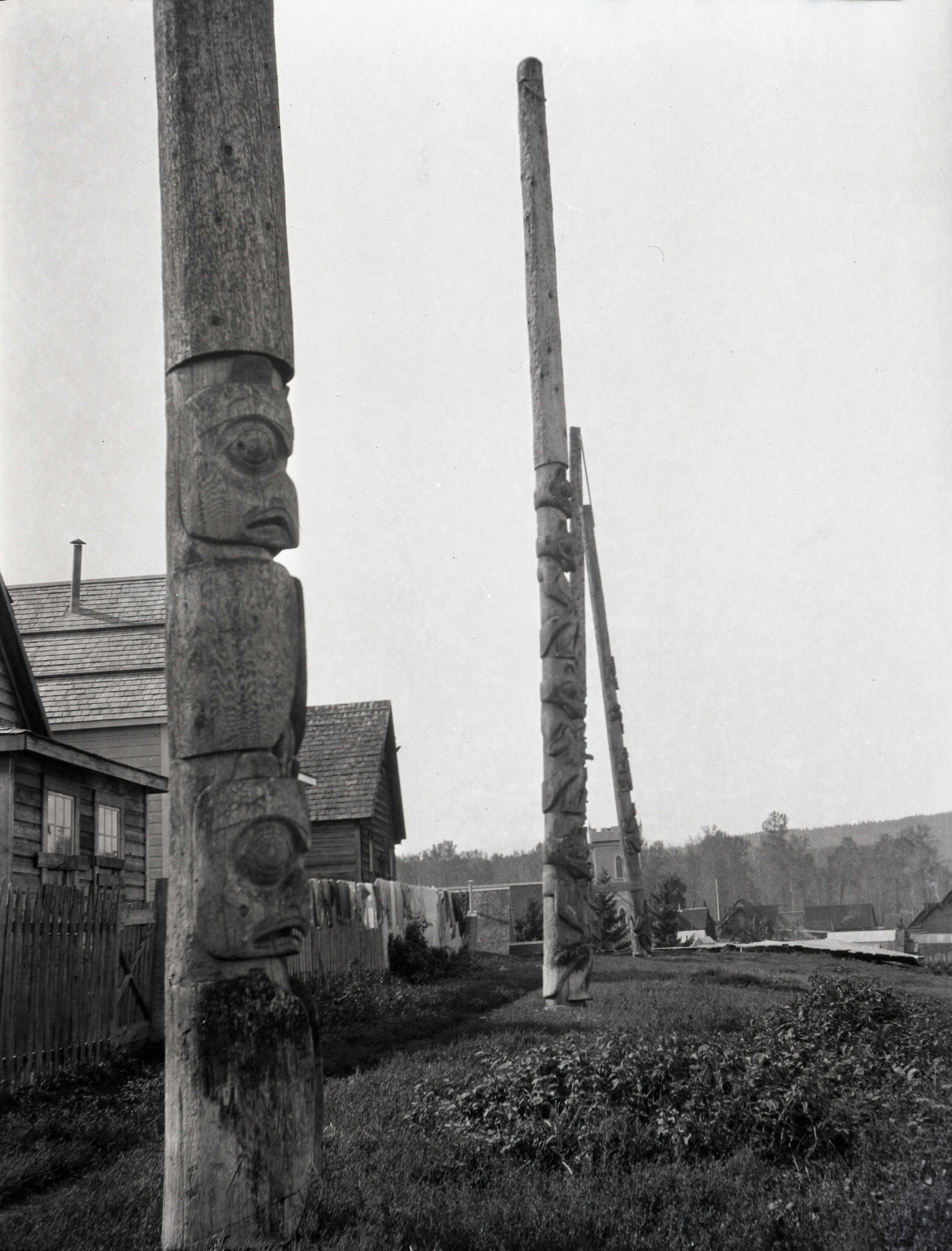
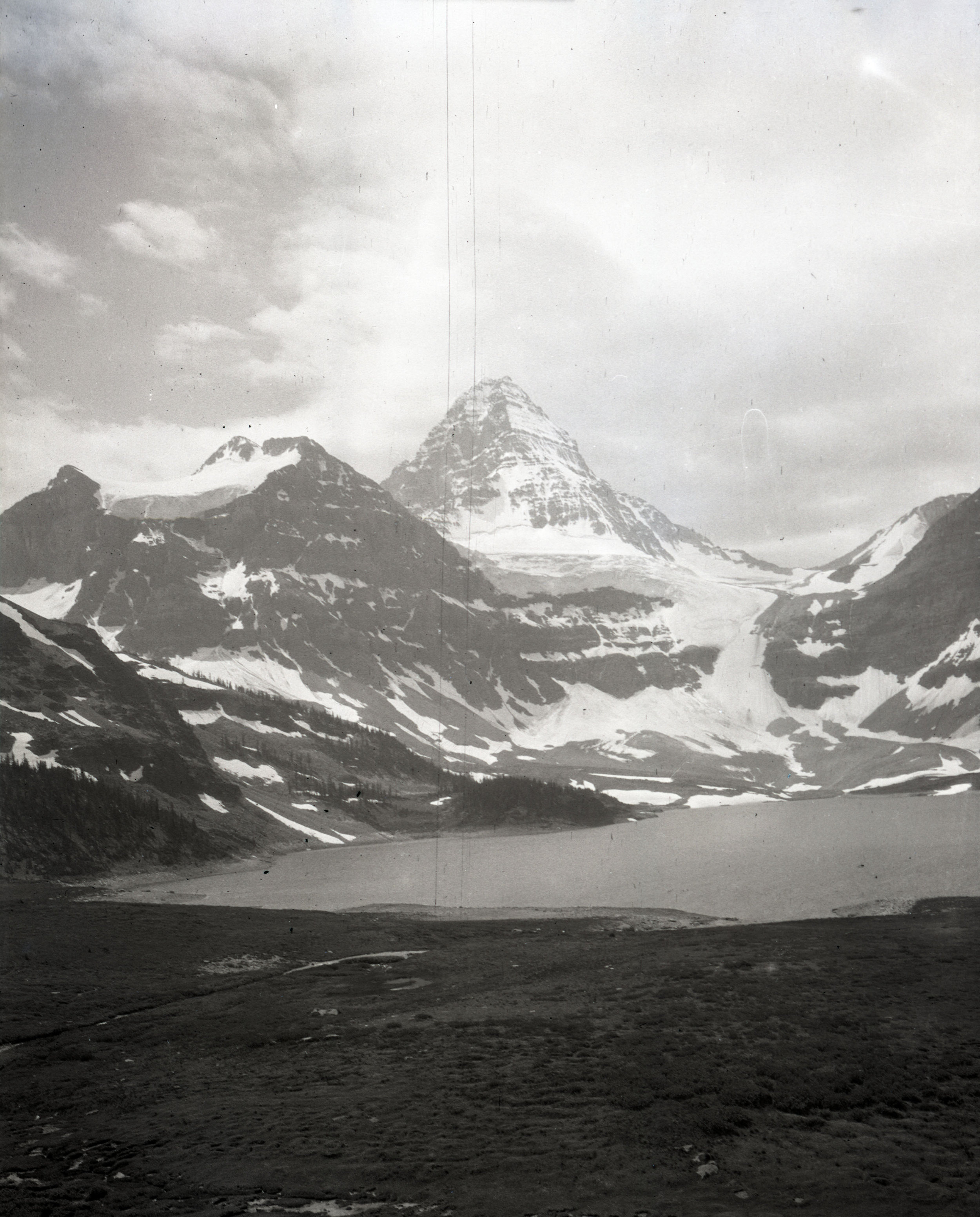
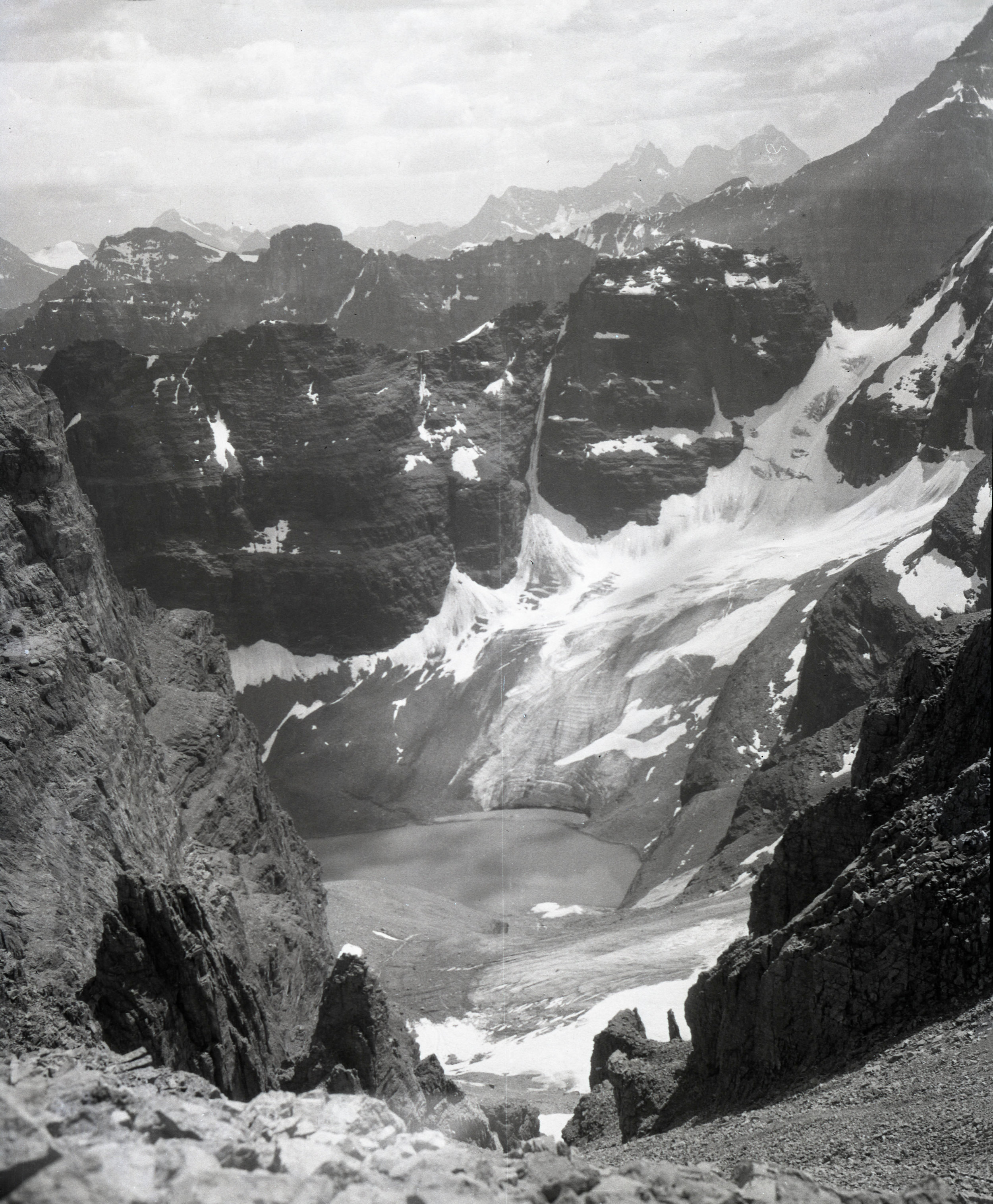
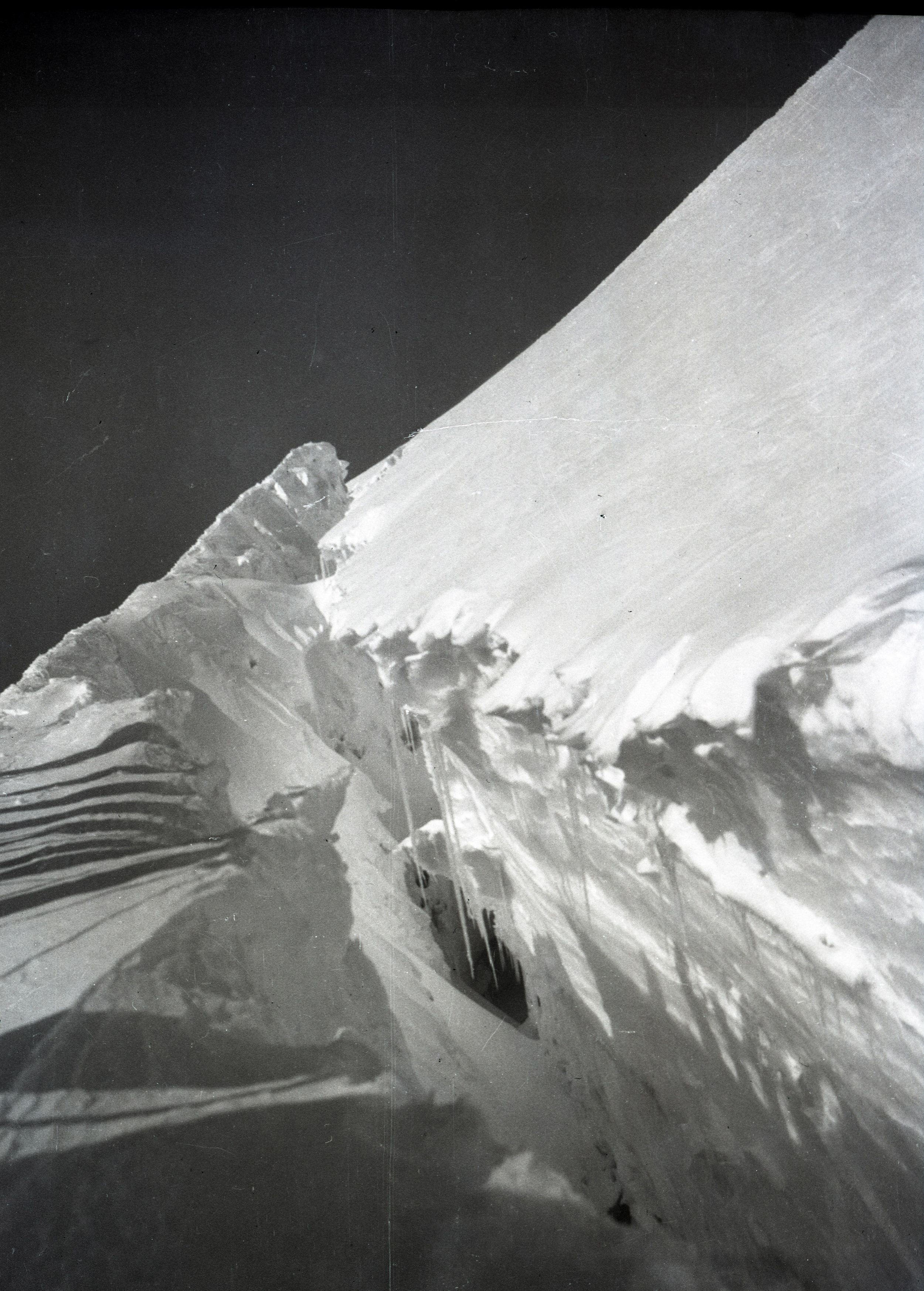
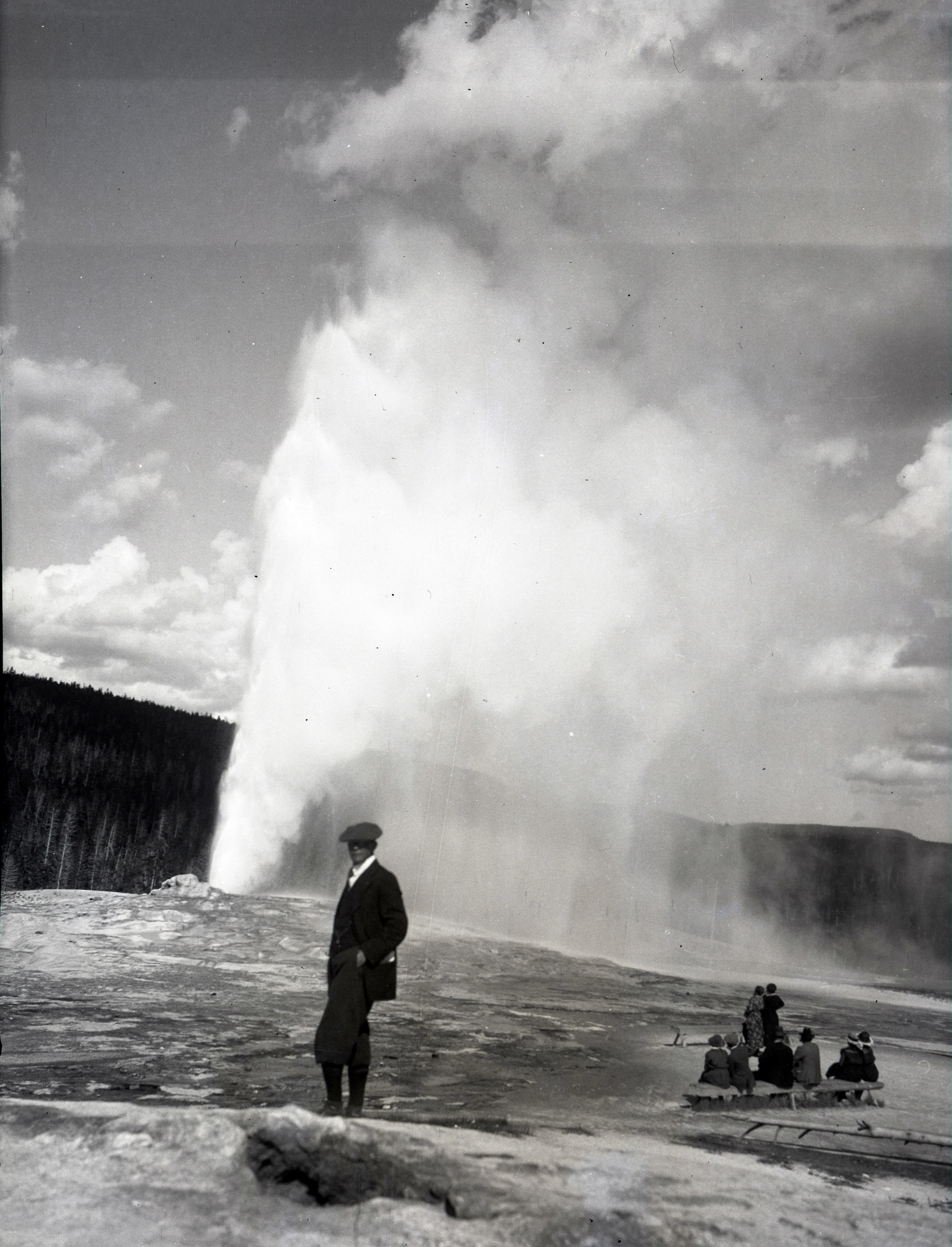
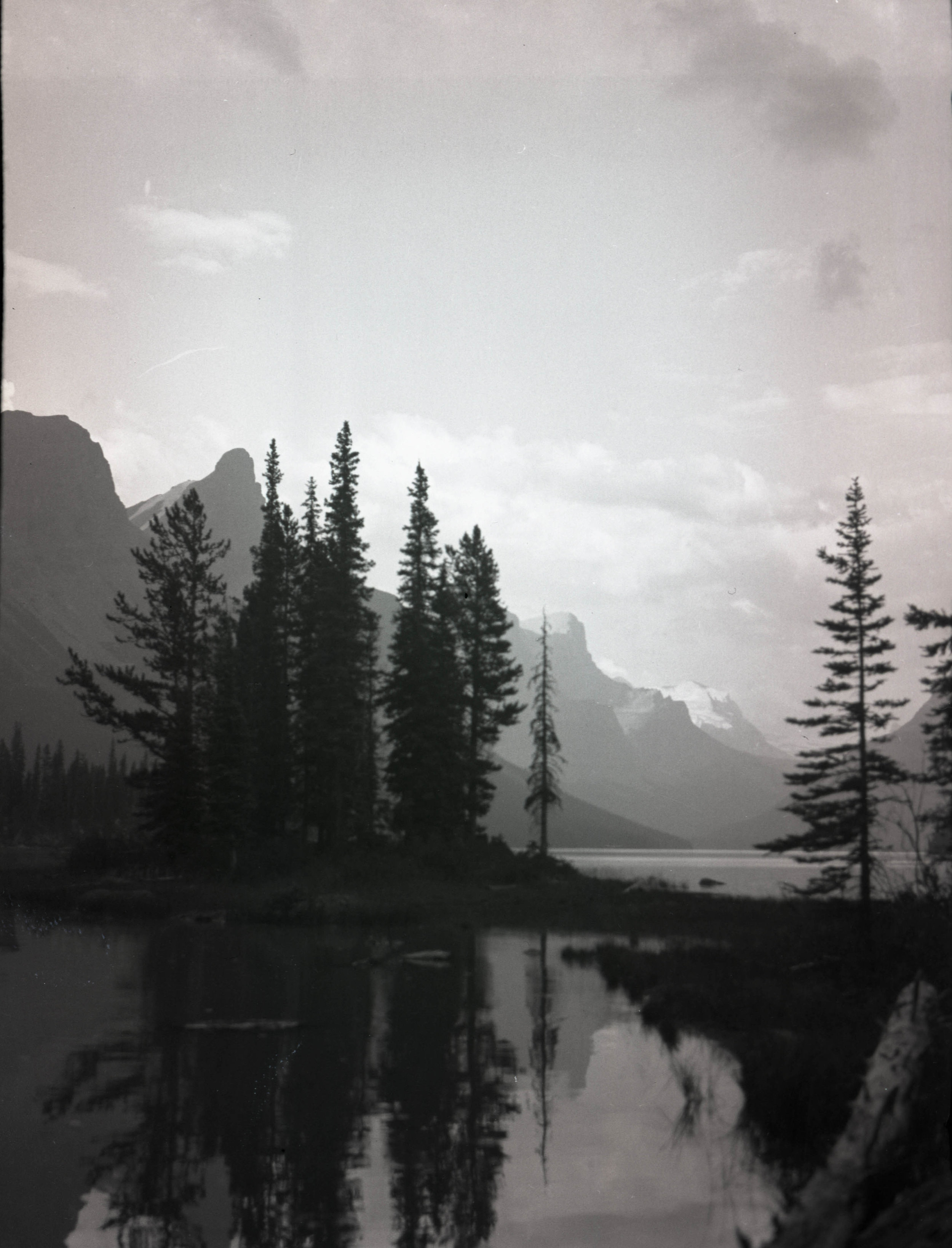
Check out our Flickr account for more! Or, to view all the photos, head to our archival collections site and scroll down to Collection Tree.
Suggested reading:
For details of mountaineering and climbing in the first decades of the 20th century, check out the handbook Mountain Craft by Geoffrey Winthrop Young.
For more about some of the places depicted in these photos:
Mount Rainier a Climbing Guide by Mike Gauthier
Cascades Rock the 160 Best Multipitch Climbs of all Grades by Blake Herrington
The North Cascades by William Dietrich
Mont Blanc the Finest Routes: rock, snow, ice and mixed by Philippe Batoux
Mont Blanc: 5 routes to the summit by Franȯis Damilano
Swiss Rock Granite Bregaglia: a selected rock climbing guide by Chris Mellor
Canadian Rock select climbs of the west by Kevin McLane
Sport climbs in the Canadian Rockies by John Marin and Jon Jones
Mixed Climbs in the Canadian Rockies by Sean Isaac
For more information about the person who took these photos, you can read Gilmour’s obituary in the American Alpine Journal.
LWCF Passes Out of House Natural Resources Committee
Last week, the House Natural Resources Committee passed an important conservation bill that, with your help, the AAC supported. This is a huge testament to what we can accomplish together! Thank you to everyone who responded to our action alerts and made your voices heard.
This bill is a crucial step to permanently reauthorizing the Land and Water Conservation Fund (H.R. 502), a conservation program set to expire at the end of the month. You can learn more about LWCF and climbing here.
As Outdoor Alliance writes, “[The passing of this bill] is proof that repeated, insistent public outreach does make a difference. We can get good bills across the line eventually, and after years of having outdoor enthusiasts reach out to [representatives] about outdoor recreation issues, we have started to see real results.”
We still have work to do to permanently reauthorize LWCF, so let’s keep this momentum going. The current LWCF expiration date is still 17 days away— take action by telling your member of congress to continue to prioritize the reauthorization.
United we climb, and united we stand for our public lands!
#CLIMBLIKEAGIRL
This is our effort to bring more women into the AAC community and bring attention to the need to support women in climbing. These shirts, with art by AAC member Brooklyn Bell, are designed to mean more.
What does #climblikeagirl mean to you? Wear your shirt proudly, snap a photo, use the hashtag, let us know. Then go crush it out there.
Use PROMOCODE: CLIMBLIKEAGIRLSHIRT when you Join or Renew from Sept. 14th to Oct. 15th and receive a free #climblikeagirl tank or Tee!
2019 World Cup Youth Team Applications Open
Athletes interested in the Ice Climbing Youth World Championship February 28 - March 2 in Oulu, Finland, must complete the google form application by 11:59PM MST on October 4, 2018.
The American Alpine Club will make their selections and athletes will be notified by October 18.
The USA can send 6 men and 6 women in each of 3 age categories. Athletes must turn 12 (or older) in 2019 to participate.
Photo by M. Garcia, USA Youth Ice Team.
Beasts of Burden
AAC is Accepting 2019 World Cup Ice Climbing Team Applications
As a Member Federation to the UIAA, the American Alpine Club is responsible for selecting the 2019 USA World Cup Ice Climbing Team.
Athletes interested in competing in any of the Ice Climbing World Cup & World Championship events must complete the google form application by 11:59pm MST on September 25, 2018.
The American Alpine Club will make their selections and athletes will be notified by October 5.
2019 World Cup Ice Climbing Team Selection
As a Member Federation to the UIAA, the American Alpine Club is responsible for selecting the 2019 USA World Cup Ice Climbing Team.
Athletes interested in competing in any of the Ice Climbing World Cup & World Championship events must complete the google form application by 11:59pm MST on September 25, 2018.
The American Alpine Club will make their selections and athletes will be notified by October 5.
USA World Cup Team Selection:
The USA can send up to 8 men and 8 women in each of Difficulty (Lead) and Speed to each World Cup event, including the Denver World Cup in 2019. For World Championship events the quota is 3 men and 3 women.
As the future of Ice Climbing competition is headed toward combined difficulty and speed events, priority will be given to athletes who compete in both.
Since we are working to develop a team, priority will be given to athletes who are competing in more than one World Cup event, and who plan to compete in future years.
Athletes must turn 16 or older before the end of 2019 (born 2003 or later).
We encourage people who are experienced competitors in any form of climbing to apply.
6 spots per gender will be selected based on the following performance criteria:
National ranking from the 2018 season (top 2 spots are guaranteed participation)
Highest rankings in each of the categories (Difficulty and Speed) from the 2016, 2017 and 2018 World Cup seasons
Ranking in previous non-World Cup competitions (e.g. Ouray, Bozeman, Michigan Ice Festivals)
Number of World Cup competitions you are applying to compete in during the 2019 season
Competition experience in any form of climbing
2 Development spots per gender will be selected based on the following criteria:
Historical competition participation
Number of competitions you are applying to compete in during the 2019 season
Current training plan
Competition experience in any form of climbing
National ranking from the 2018 season
In the event that participants are only competing in either Speed or Difficulty (and not both) the AAC will select enough athletes to be able to field a team consisting of 8 men and 8 women for the Speed portion and 8 men and 8 women for the Difficulty portion.
In the event that there are not 6 performance or 2 developmental applicants that are qualified to participate at the international level, the allocation numbers will be adjusted.
2019 World Cup Ice Climbing Finals in Denver
February 22-24, 2019
Civic Center Park, Denver
The American Alpine Club is hosting the USA World Cup Ice Climbing Finals in Denver. This event is free and open to the public to attend and watch over 120 athletes from over 20 countries compete in Lead and Speed competitions.
At-A-Glance
Friday, February 22: Athlete Registration, Opening Ceremony, Dinner
Saturday, February 23: Speed Climbing Qualifying & Semi-Finals, Lead Qualifying
Sunday, February 24: Speed Finals, Lead Finals, Award Ceremony, Ticketed VIP Party
Athletes interested in competing in this, or any World Cup competition must fill out an application by September 25 by midnight MST.
Information and the application can be found here.
2019 World Cup Schedule
January 11-13 South Korea
January 18-20 China
January 24-26 Switzerland
February 1-3 Italy
February 8-10 France
February 22-24 USA
AAC Responds to the Sexual Harassment Survey
This past summer we helped launch a survey to better understand the results of sexual harassment and sexual assault (SHSA) in climbing. Over 5,000 climbers took the survey around the world and the results are staggering.
About 40% of women and 9% of men answered “yes” to the question “Have you experienced SHSA while engaged in a climbing activity?”
The survey also asked about more specific behaviors: have respondents experienced specific types of SHSA (e.g., unwanted touching, forced kissing, etc.). These more detailed questions revealed that 47% of women and 16% of men have experienced interactions that could be classified as SHSA while engaged in a climbing activity, even if they do not report it as such.
Looking at data from the United States alone, the numbers are similar in range as the global data:
42% of US women and 9% of US men answered “yes” to the question “Have you experienced SHSA while engaged in a climbing activity?”
50% of US women and 15% of US men reported experiencing behavior that that could be classified as SHSA while engaged in a climbing activity, even if they do not report it as such.
At the American Alpine Club, we know safety means more than a good belay. We strive to maintain a safe and non-hostile work environment for our employees, volunteers, and all participants at AAC events. We also acknowledge that our role as a leader within the climbing community extends our responsibility to promote a safe and harassment-free environment among the entire climbing community.
AAC members and volunteer leaders are expected to serve as role models in the community. American Alpine Club will appropriately screen all staff and volunteer leaders prior to granting leadership positions. Reports of discriminatory and inappropriate behavior will be dealt with swiftly, seriously, and judiciously. Violations of our harassment and assault policy will include discipline up to and including termination of membership or employment at the AAC.
Hear what your Board President Deanne Buck and CEO Phil Powers have to say in an op-ed to Alpinist.
The Secret History of the Ice Axe
Speak Up For LWCF
Photo by AAC member Brian Payst of LWCF-funded climbing area Stone Mountain. “Climbers have already reaped the rewards of the visionaries who established the LWCF and we’re set to see further gains in the future, but we won’t be able to unless it is reauthorized,” Payst writes.
Action alert! The Land and Water Conservation Fund (LWCF) provides funding dedicated to the protection of national treasures, and has been used to purchase and improve some of our most beloved crags. Without timely action from Congress, this extremely important bipartisan program will expire September 30th. Learn more, then take action!
United we climb.
Packs for Public Lands
AAC has joined forces with Cotopaxi and Utah-based artist Samantha Zim to create limited edition packs!
The packs feature side panels with custom art inspired by the Utah desert.
The Cotopaxi Luzon Del Día also features a top drawstring closure, front zippered pocket, ultralight mesh shoulder straps, large main compartment, internal hydration sleeve, and lightweight ripstop nylon shell fabric. The pack is available in two colors: blue & purple.
Proceeds from the sales of these packs will support AAC's Policy & Conservation Program. We only created 600 of these; get yours before they're gone!
The Colorado Mountains: View from the Archives
Atop Mount Audubon, circa 1916-18.
Now more accessible than ever! Thanks to a grant from the Colorado Historical Records Advisory Board, we were able to process and digitize a portion of the Colorado Mountain Club Archives.
Located in the American Mountaineering Center, the Colorado Mountain Club (CMC) Archives are maintained by the staff of the American Alpine Club (AAC) Library. From April 2017 to May 2018, with a dedicated group of enthusiastic CMC & AAC volunteers, we organized, inventoried, rehoused, and digitized much of this collection. The most painful part was organizing the huge duplicate collection of Trail & Timberline back issues and flattening summit registers. Interested in purchasing back issues of the T&T? Contact us at [email protected]. Proceeds will go towards archives maintenance.
What's in the Colorado Mountain Club Archives?
The archives date back to before the founding of the Colorado Mountain Club in 1912. There are trip reports, photographs, lantern slides, scrapbooks, old gear, 'Save the Wildflowers' posters, and much more. Currently, most of the early trip reports (over 1,150) have been digitized and eight photo scrapbooks. We are gradually adding them to our Digital Collections website. As we create and catalog finding aids, you can find them in our catalog here.
Putting It All Together
Having all of these records inventoried and cataloged makes it so much easier for researchers to find information. For example, you can now find photographs from the 1915 Clear Creek Outing on our Digital Collections website, with a selection seen below.
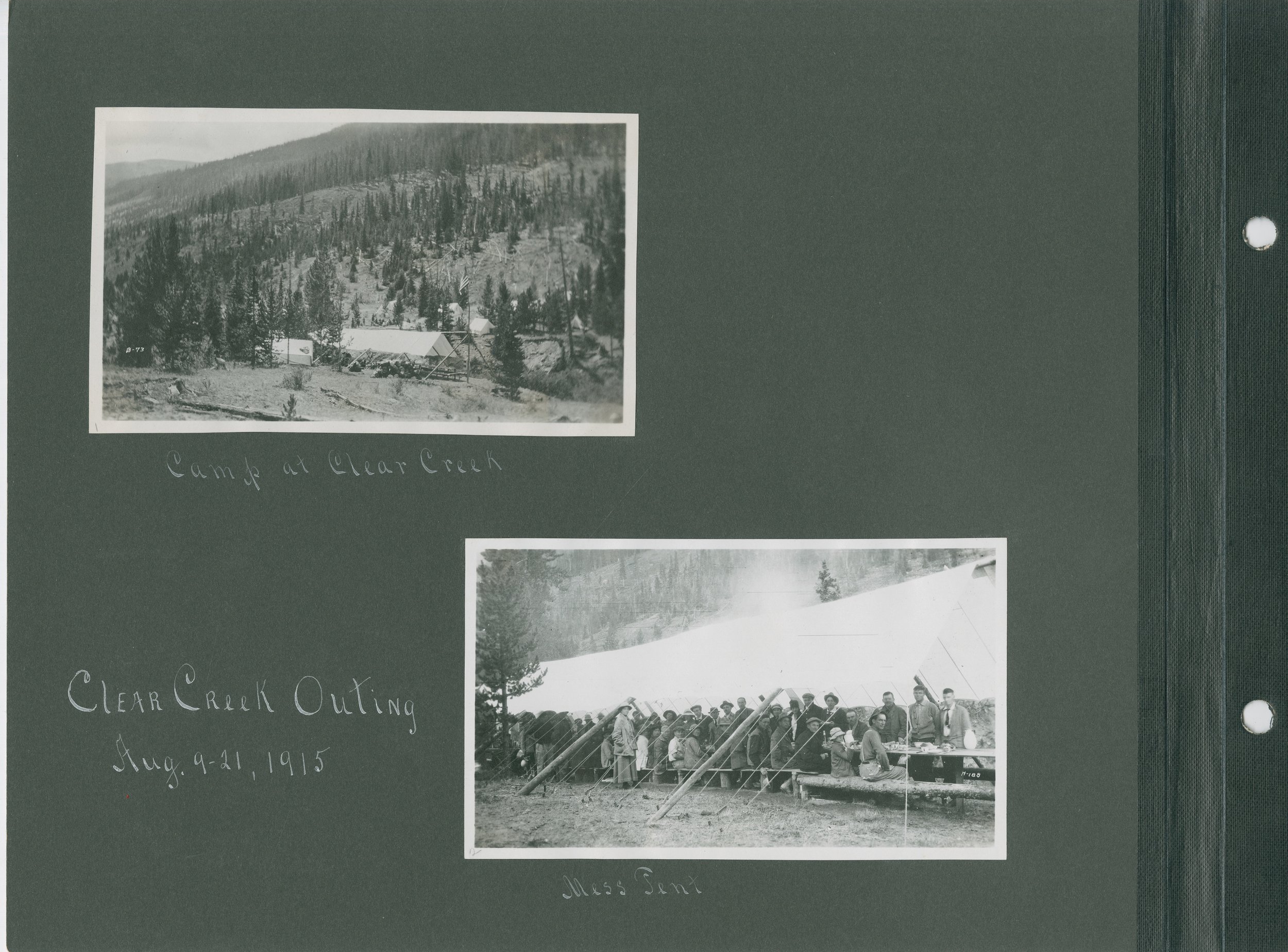
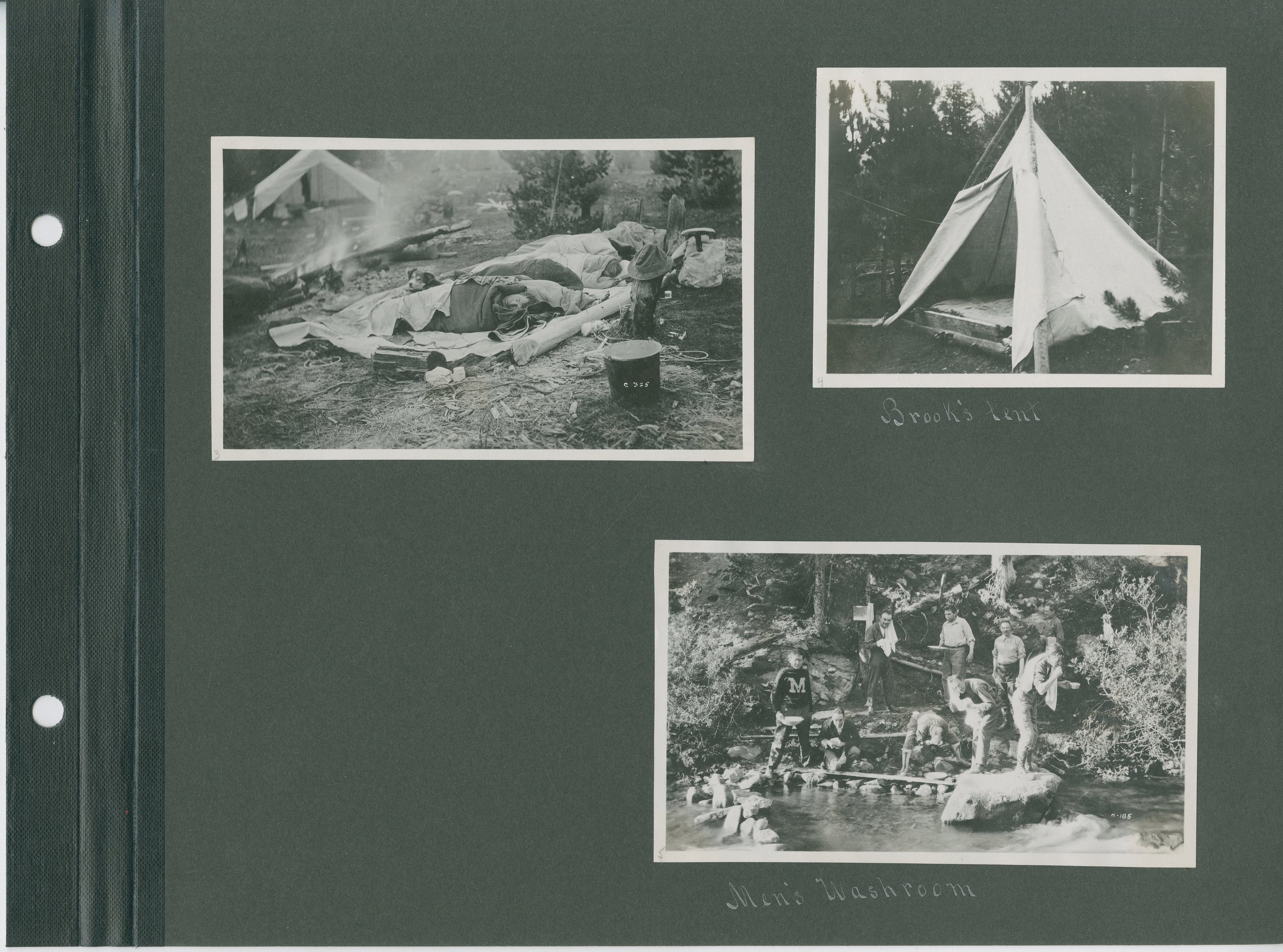
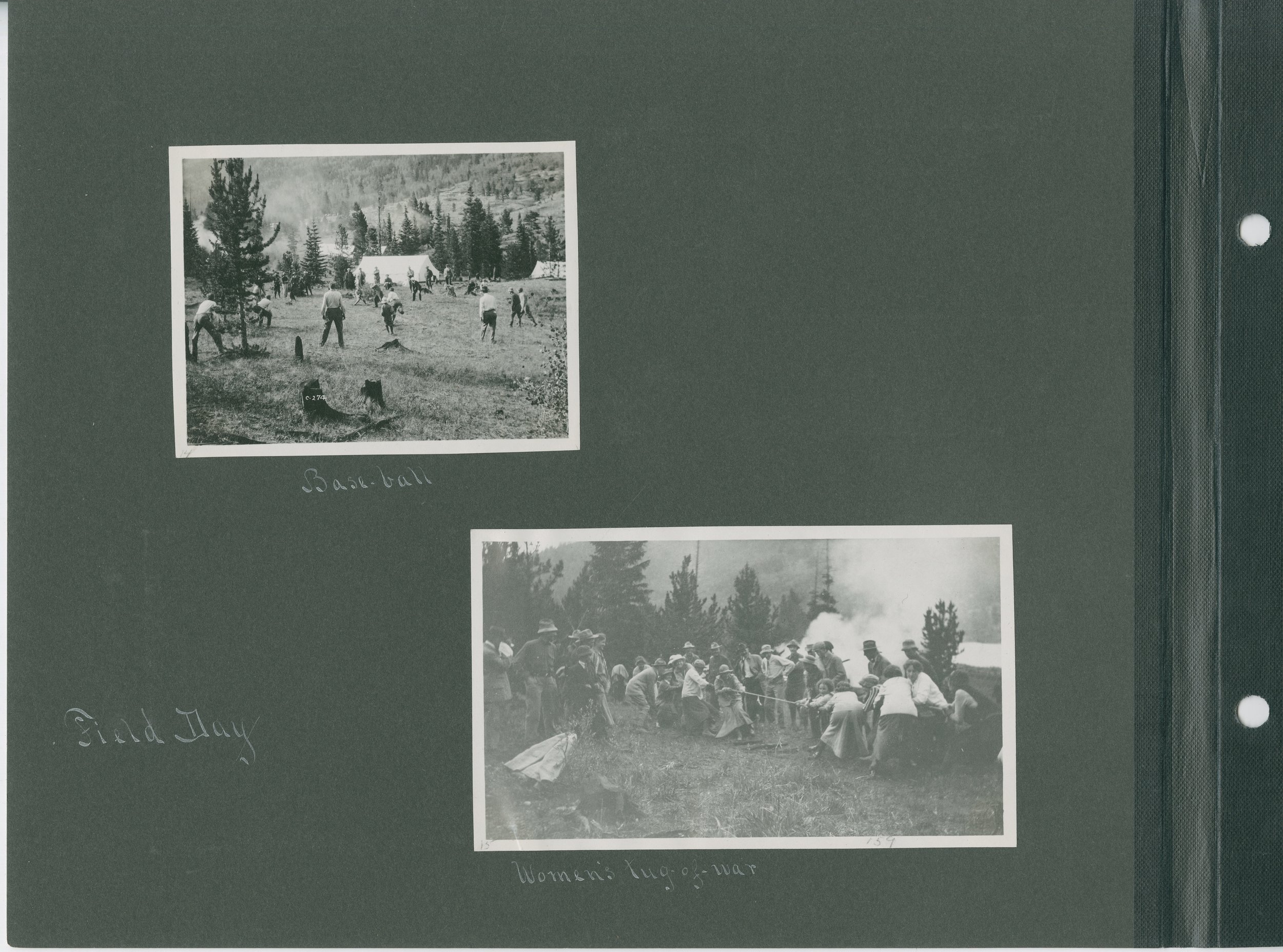
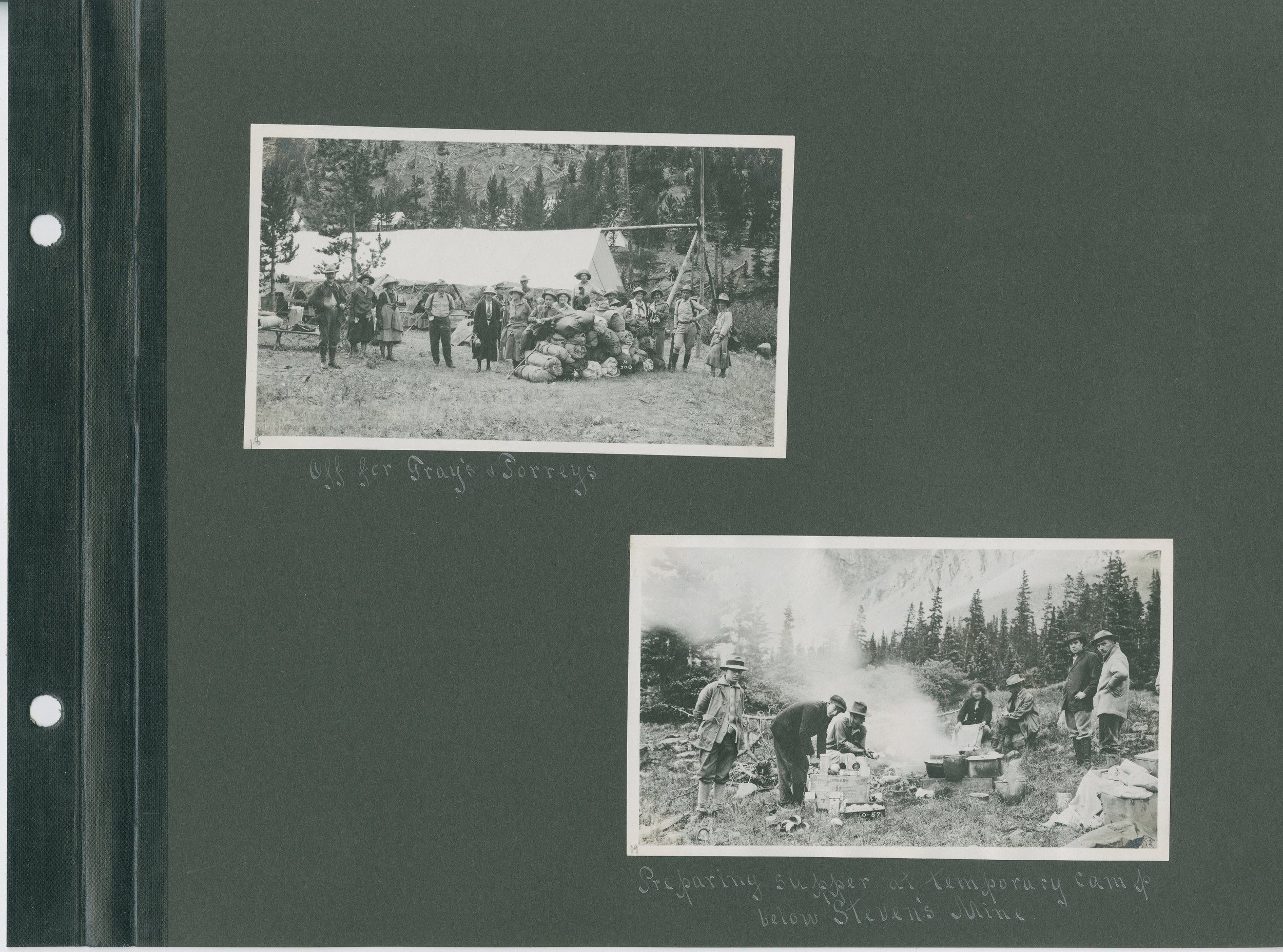
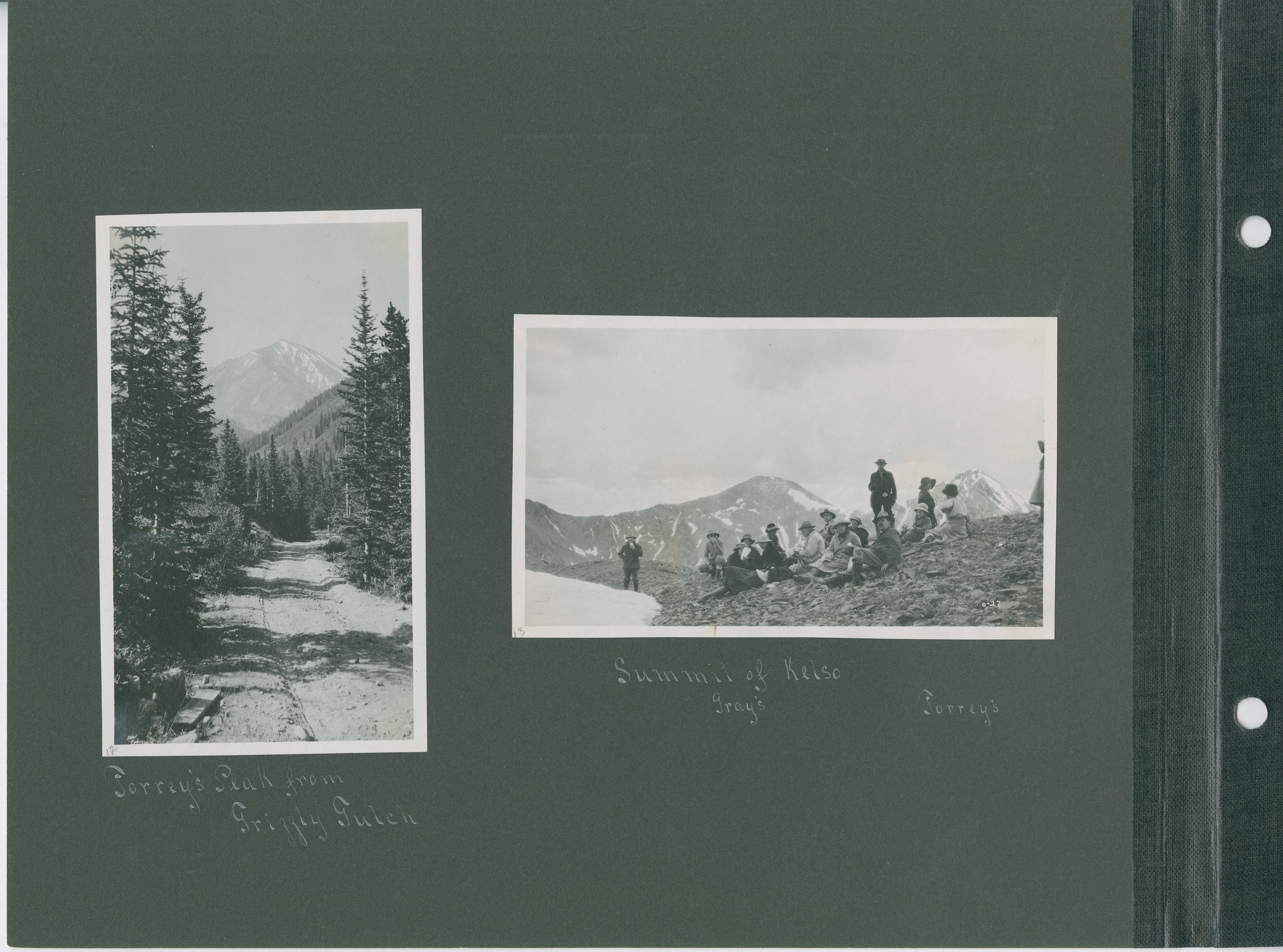
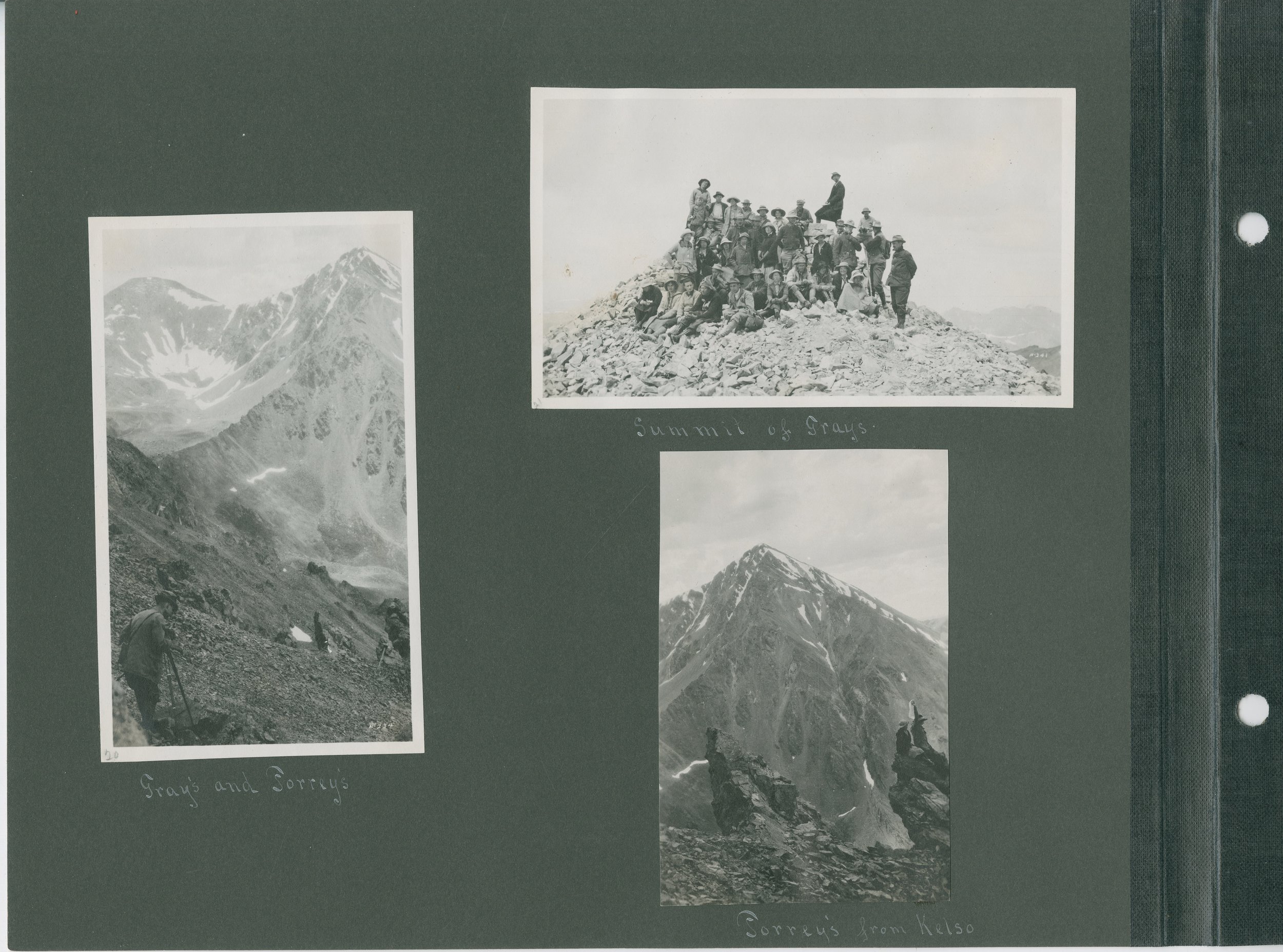
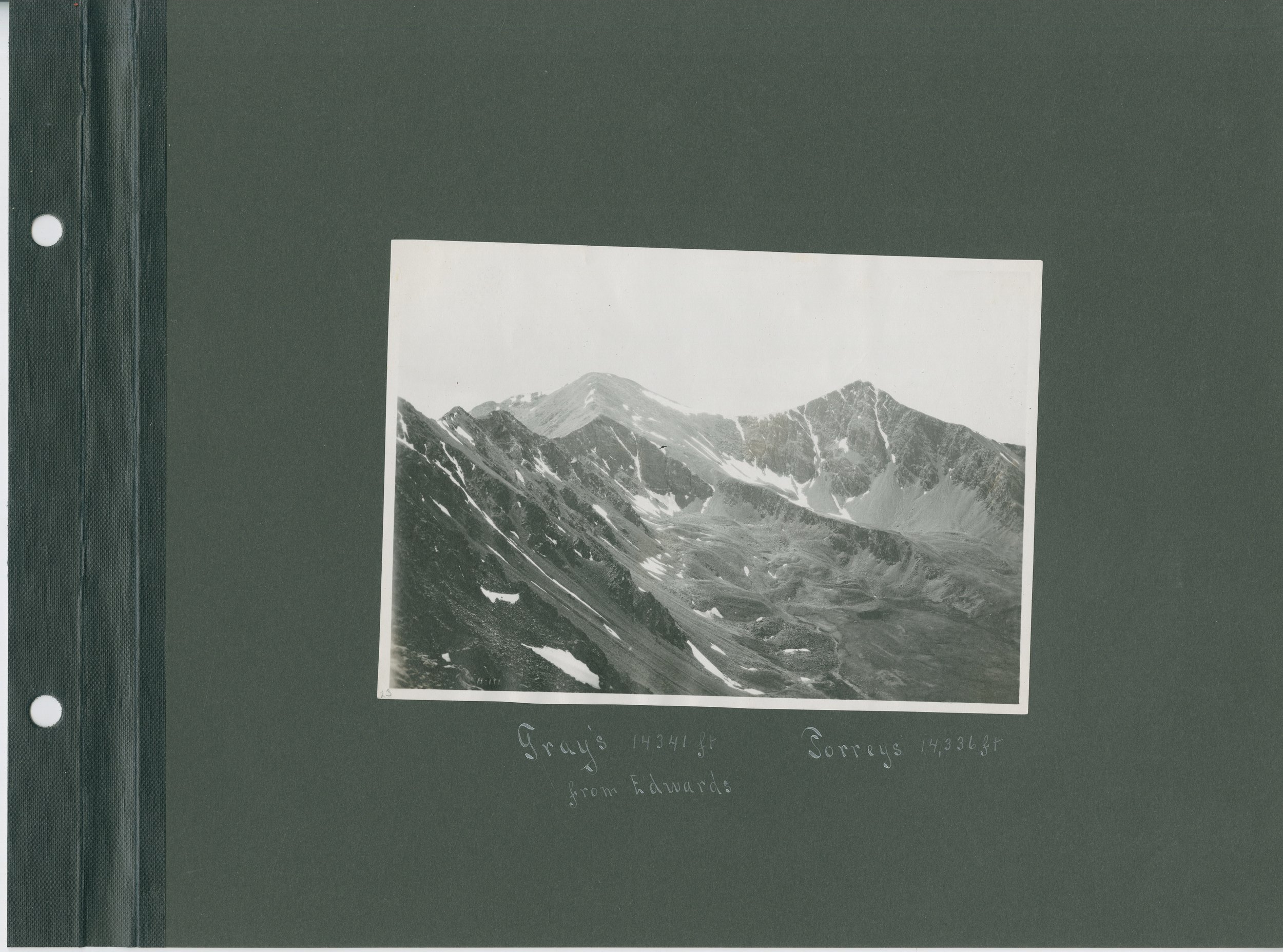
By searching the inventories, you can pair those photographs with the Song Book written by the Club members, the Grays and Torreys trip report and the summit registers that were signed by the CMCers when they climbed Grays and Torreys on August 20, 1915.
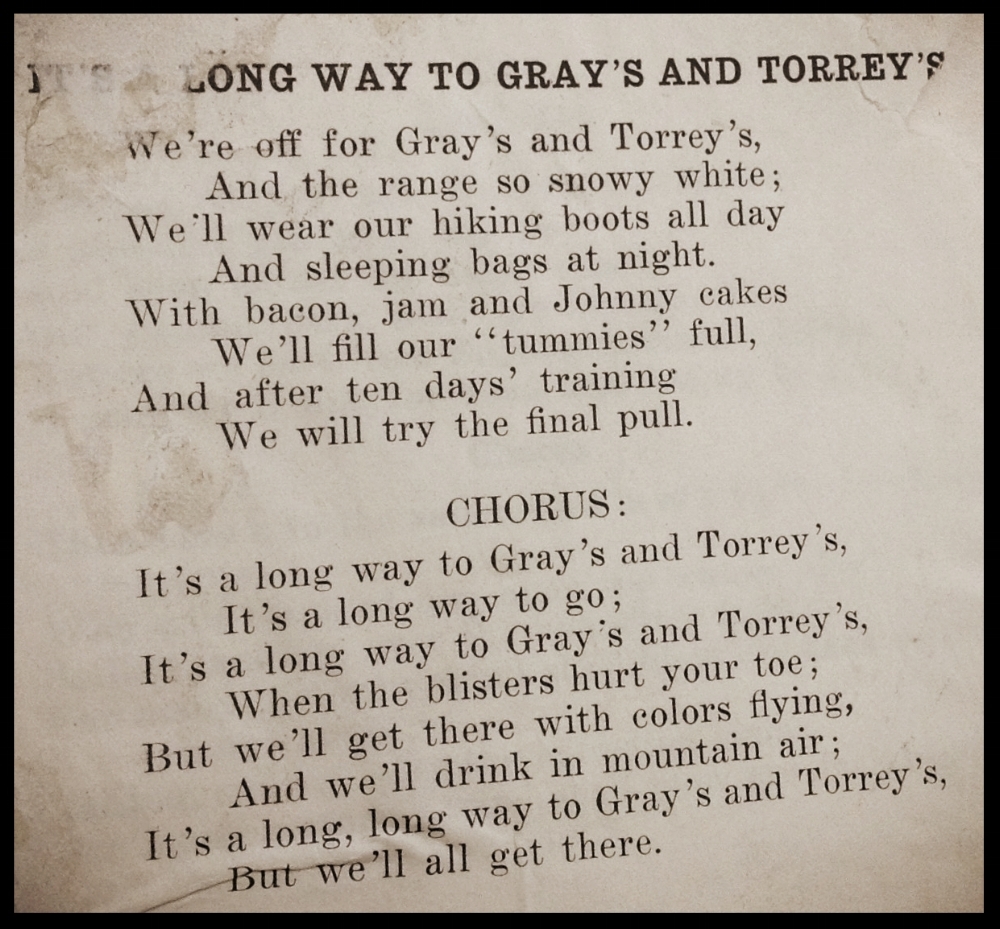
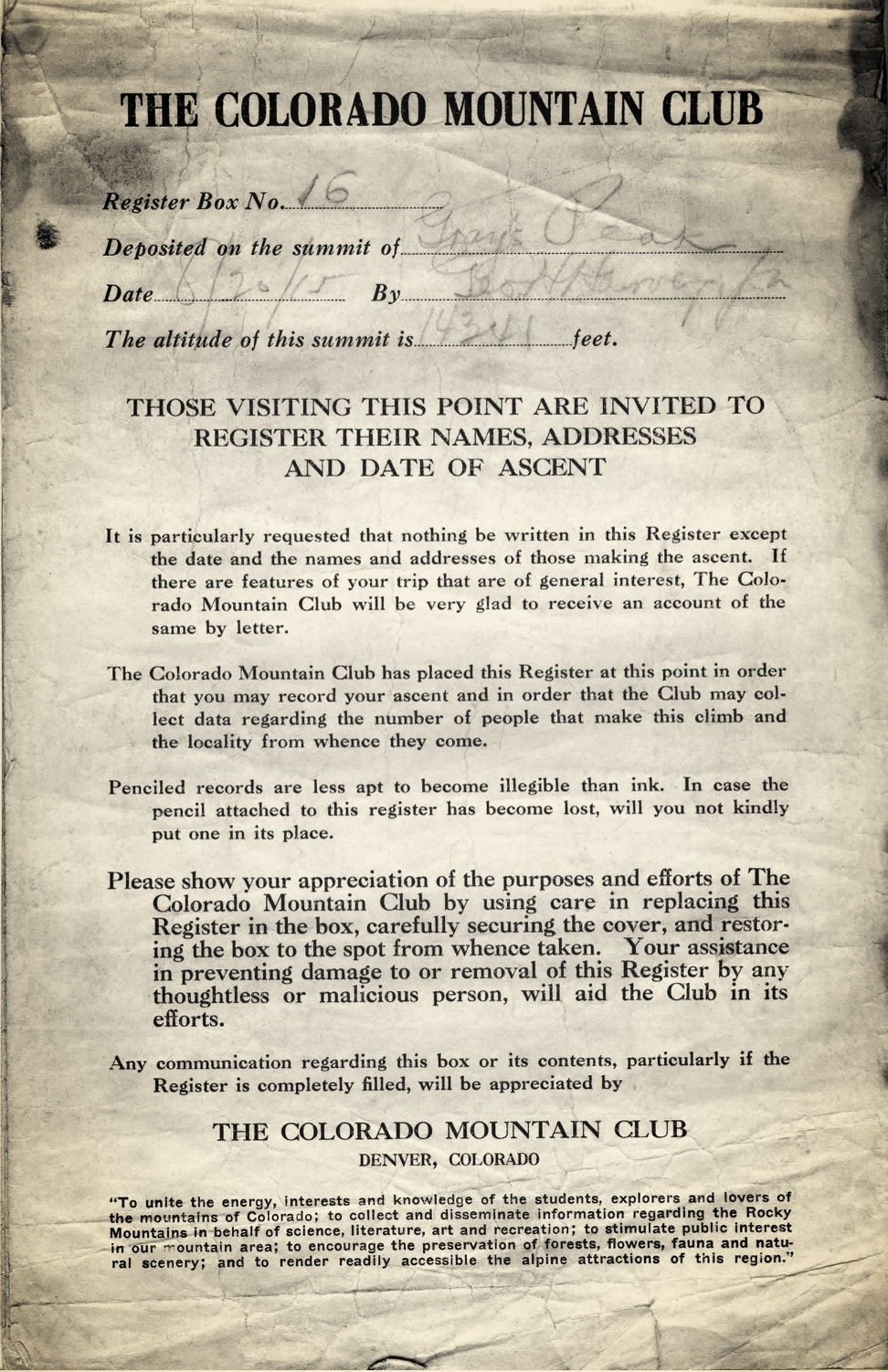
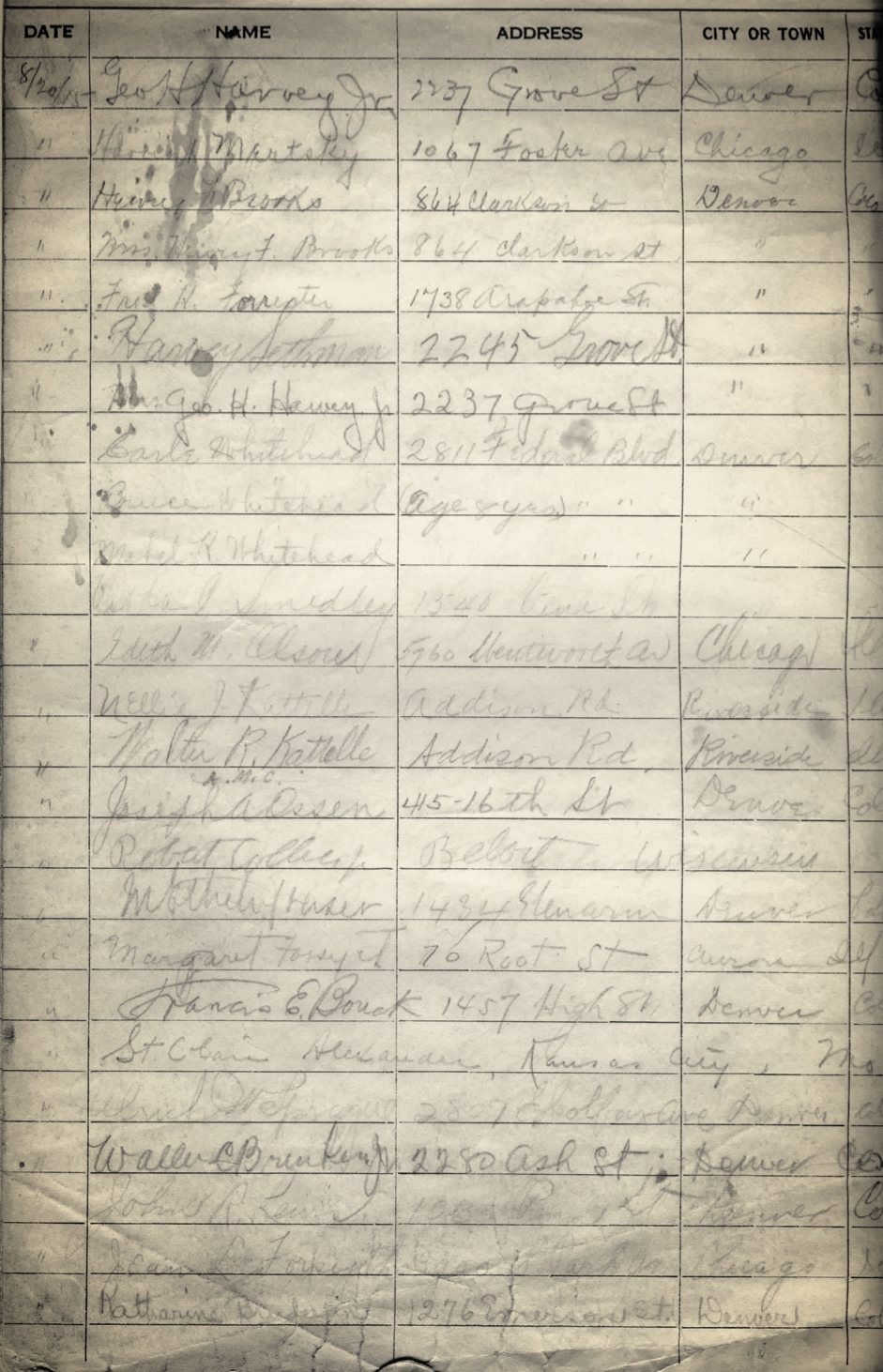
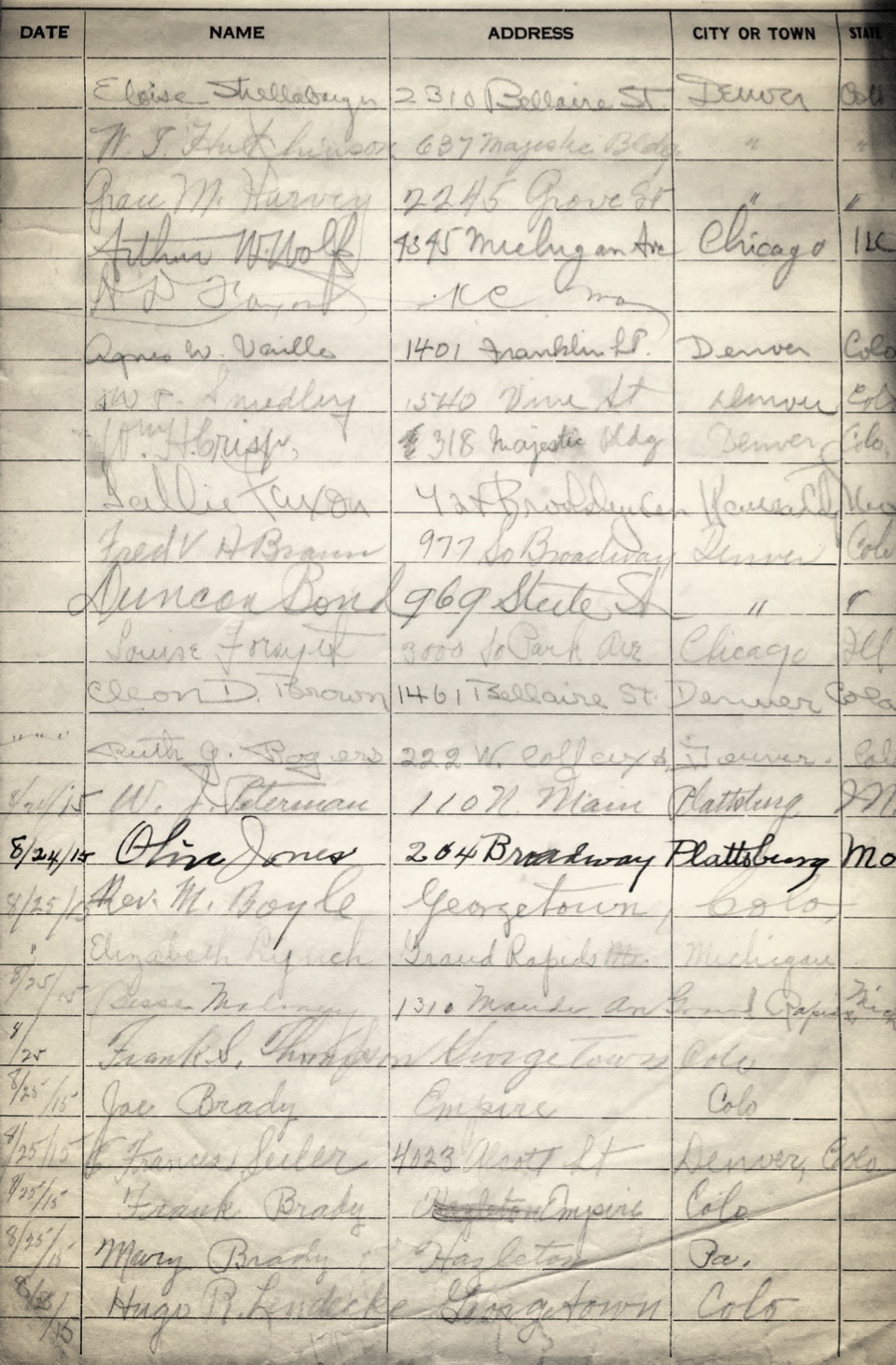
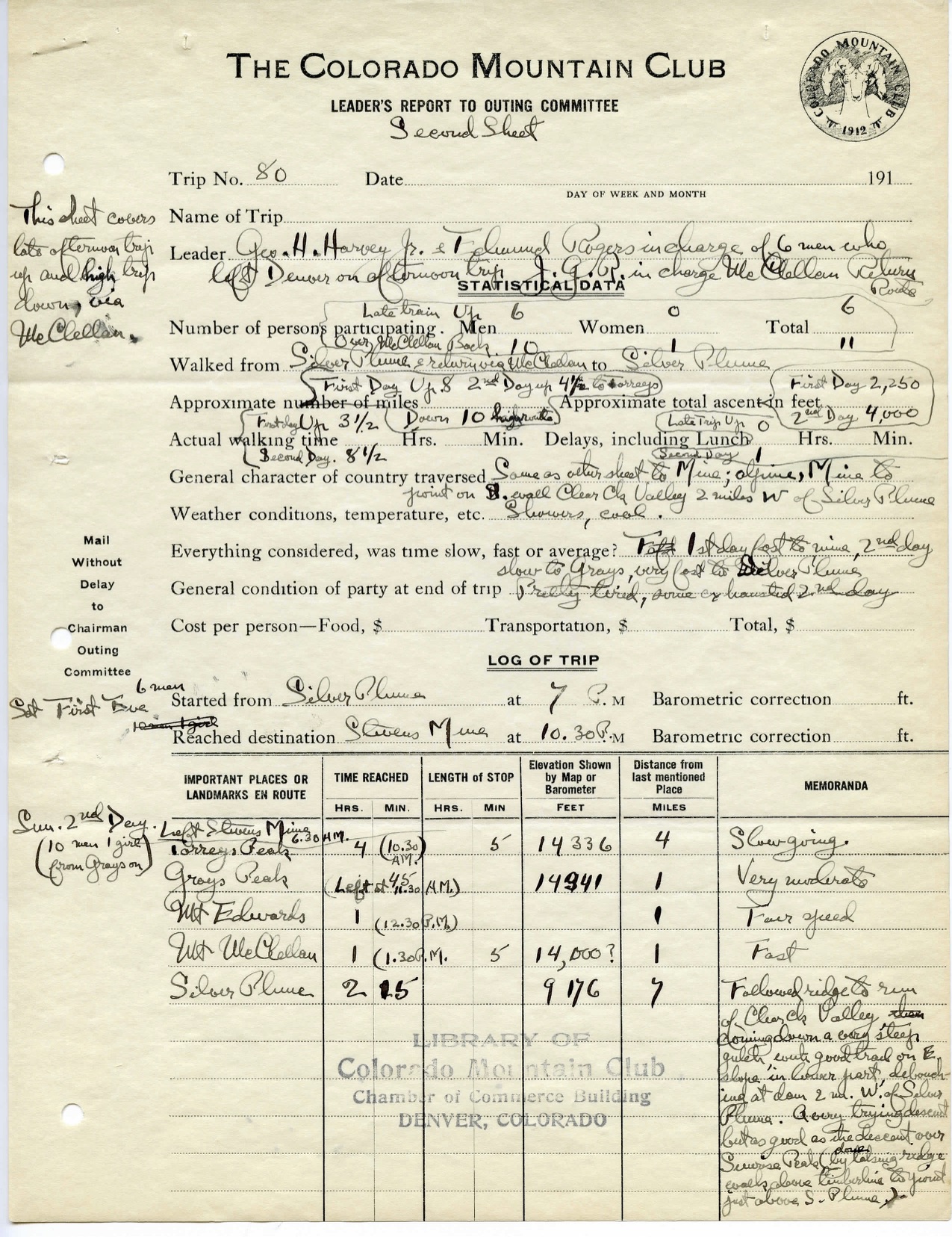
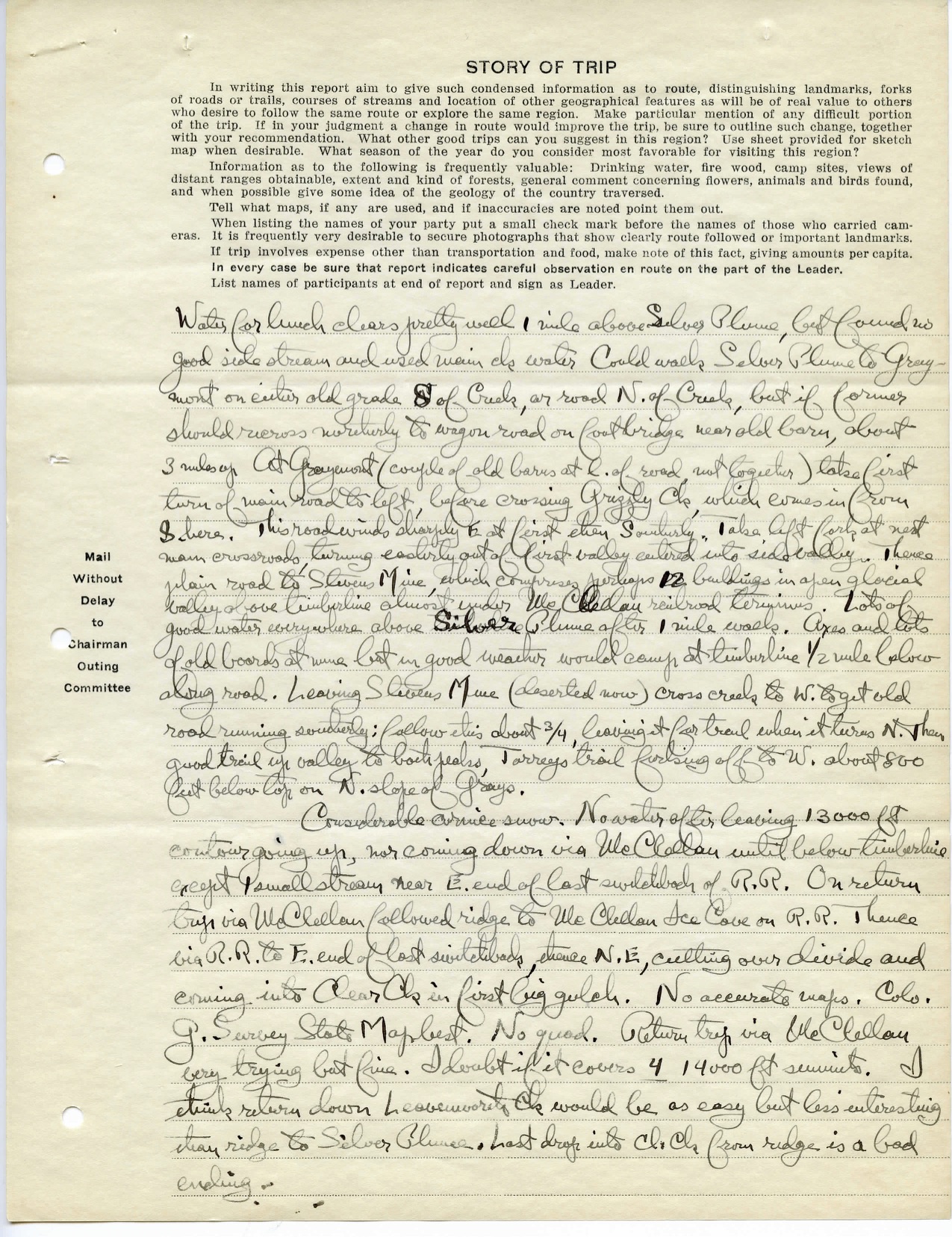
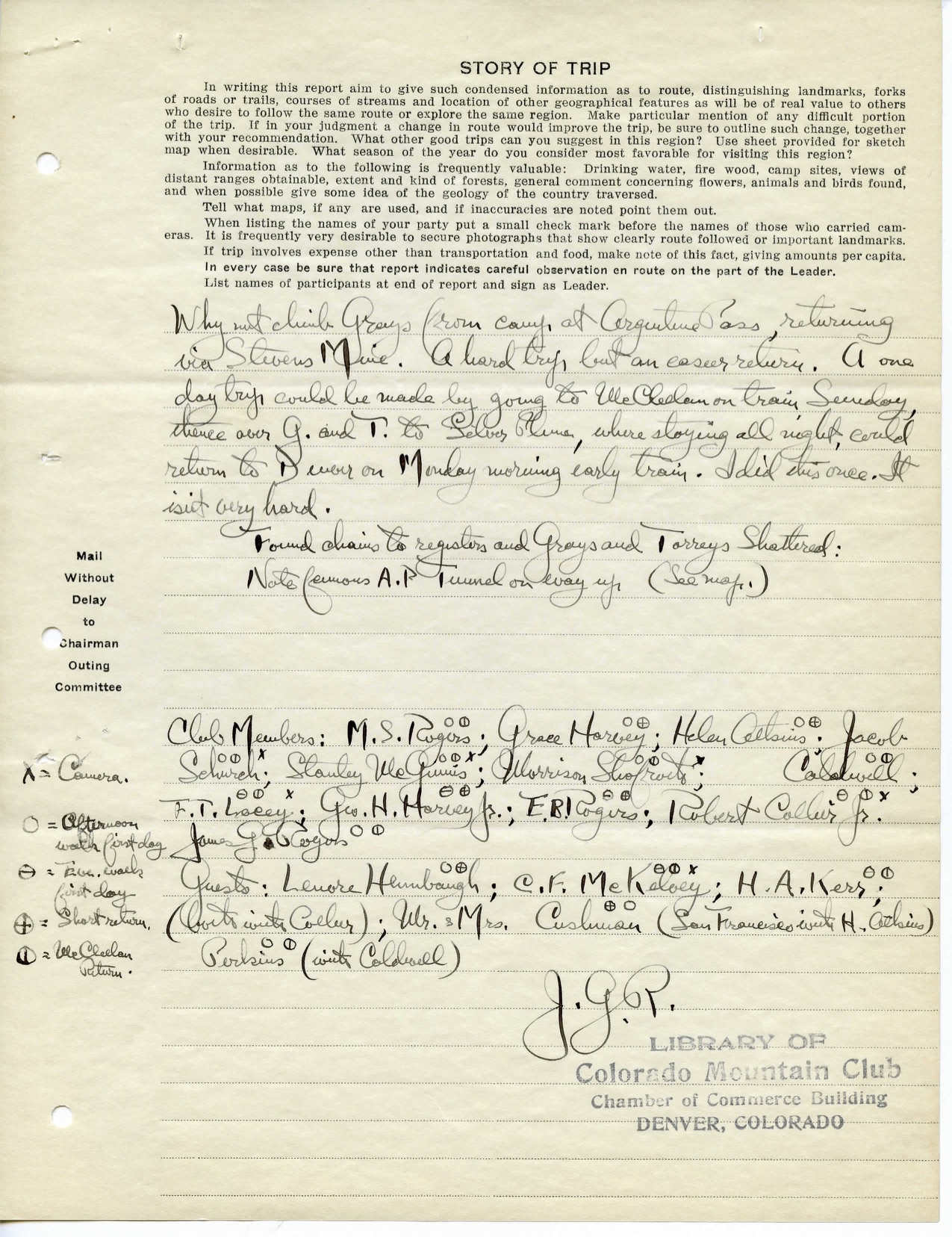
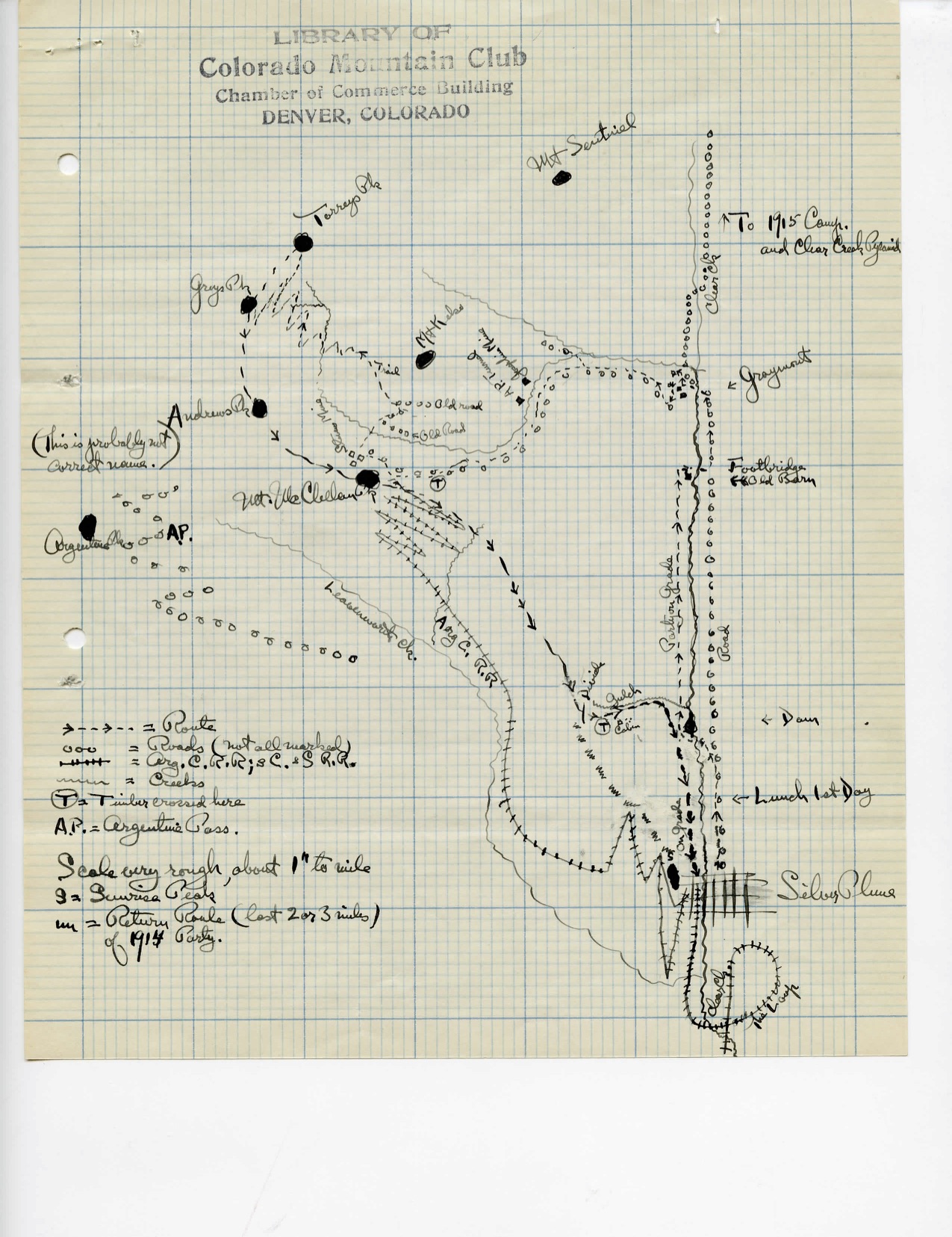
There are many more great records. Feel free to drop by the library and take a look. Keep an eye on our Digital Collections website as we are constantly adding more photographs and records.
This project was supported in part by an award from the Colorado Historical Records Advisory Board, through funding from the National Historical Publications and Records Commission (NHPRC), National Archives Records Administration. This project would not have been possible without the volunteers that inventoried, sorted, boxed, re-foldered, and scanned. Many thanks to Donna Anderson, Karyn Bocko, Dan Cohen, RoseMary Glista, Ann Hudgins, Peter Hunkar, Mike Lovette, Jan Martel, Barbara Munson, Roxy Rogers De Sole, Linda Rogers, Lin Wareham-Morris and Pat Yingst.
The 2018 Guidebook to Membership is Here!
The 2018 Guidebook to Membership is here! The Guidebook is our Club’s collective yearbook. This year’s issue, “the changing faces of the AAC”, features stories and photos by some incredible changemakers in our community as well as information about AAC programs and opportunities. We hope you find it inspiring and informative! If you’ve opted to receive our print publications, you should see it in your mailbox any day now. You can also view the Guidebook online.
Cover photo by Austin Siadak.
AAC's Peter Metcalf on Senator Mike Lee's Anti-Public Lands Ideology
Read AAC's policy committee member Peter Metcalf's opinion piece in the Salt Lake Tribune.
"Ours is not a story of moneyed elites demanding rural oppression. It is the opposite. It is all of us coming together to protect access, enjoy, and profit off our shared lands and their natural features and resources. This is Utah’s story."


